Spanish conquest of the aztec empire Stock Photos and Images
(1,070)See spanish conquest of the aztec empire stock video clipsQuick filters:
Spanish conquest of the aztec empire Stock Photos and Images
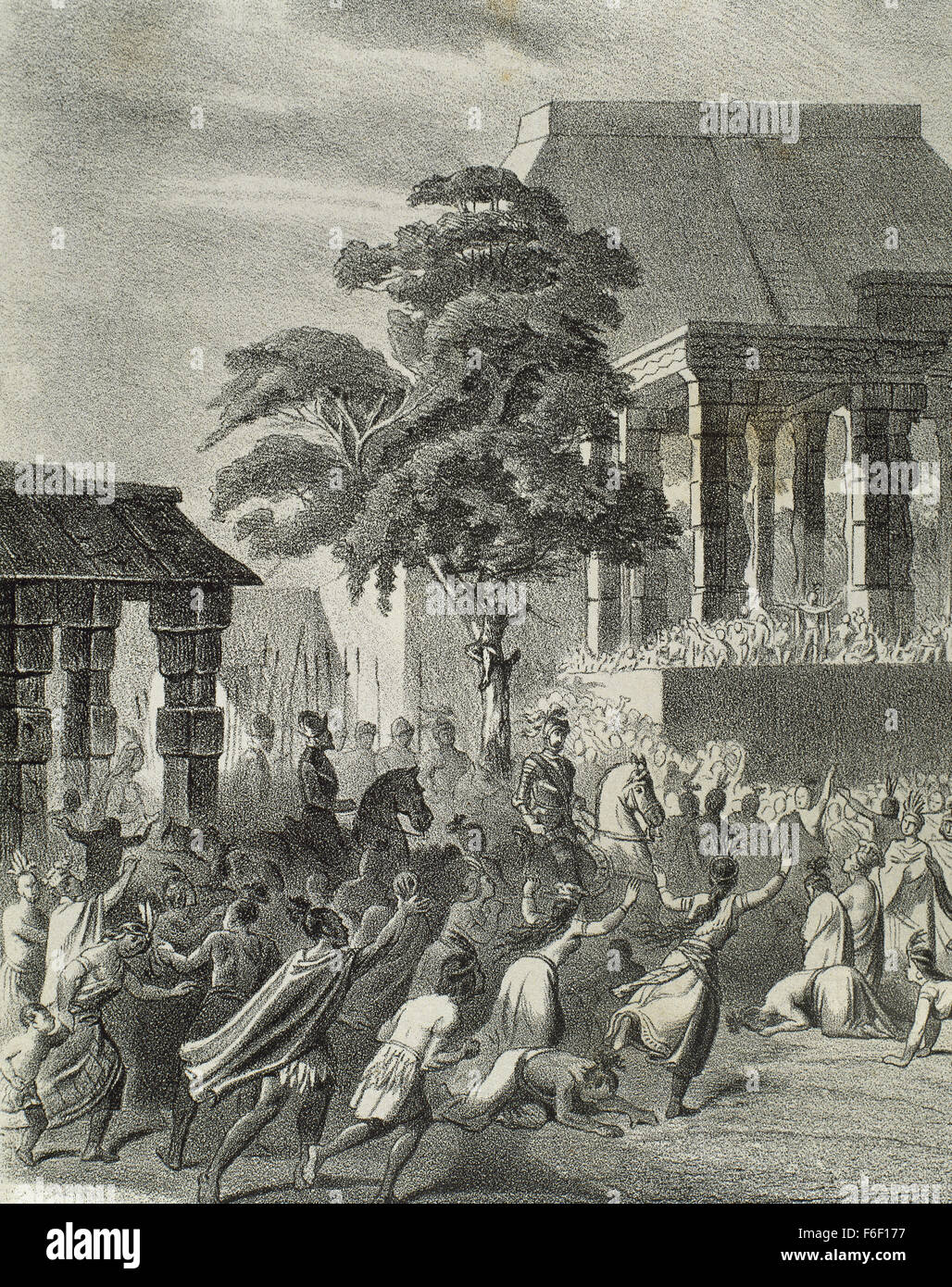 Spanish conquest of the Aztec Empire (1519-1521). Spaniards find regufe in Tlaxcala after suffered a lot of casualties fighting against the Aztecs in the Battle of Otumba in 1520. Engraving at 'Historia de España', 19th century. Stock Photohttps://www.alamy.com/image-license-details/?v=1https://www.alamy.com/stock-photo-spanish-conquest-of-the-aztec-empire-1519-1521-spaniards-find-regufe-90070043.html
Spanish conquest of the Aztec Empire (1519-1521). Spaniards find regufe in Tlaxcala after suffered a lot of casualties fighting against the Aztecs in the Battle of Otumba in 1520. Engraving at 'Historia de España', 19th century. Stock Photohttps://www.alamy.com/image-license-details/?v=1https://www.alamy.com/stock-photo-spanish-conquest-of-the-aztec-empire-1519-1521-spaniards-find-regufe-90070043.htmlRMF6F177–Spanish conquest of the Aztec Empire (1519-1521). Spaniards find regufe in Tlaxcala after suffered a lot of casualties fighting against the Aztecs in the Battle of Otumba in 1520. Engraving at 'Historia de España', 19th century.
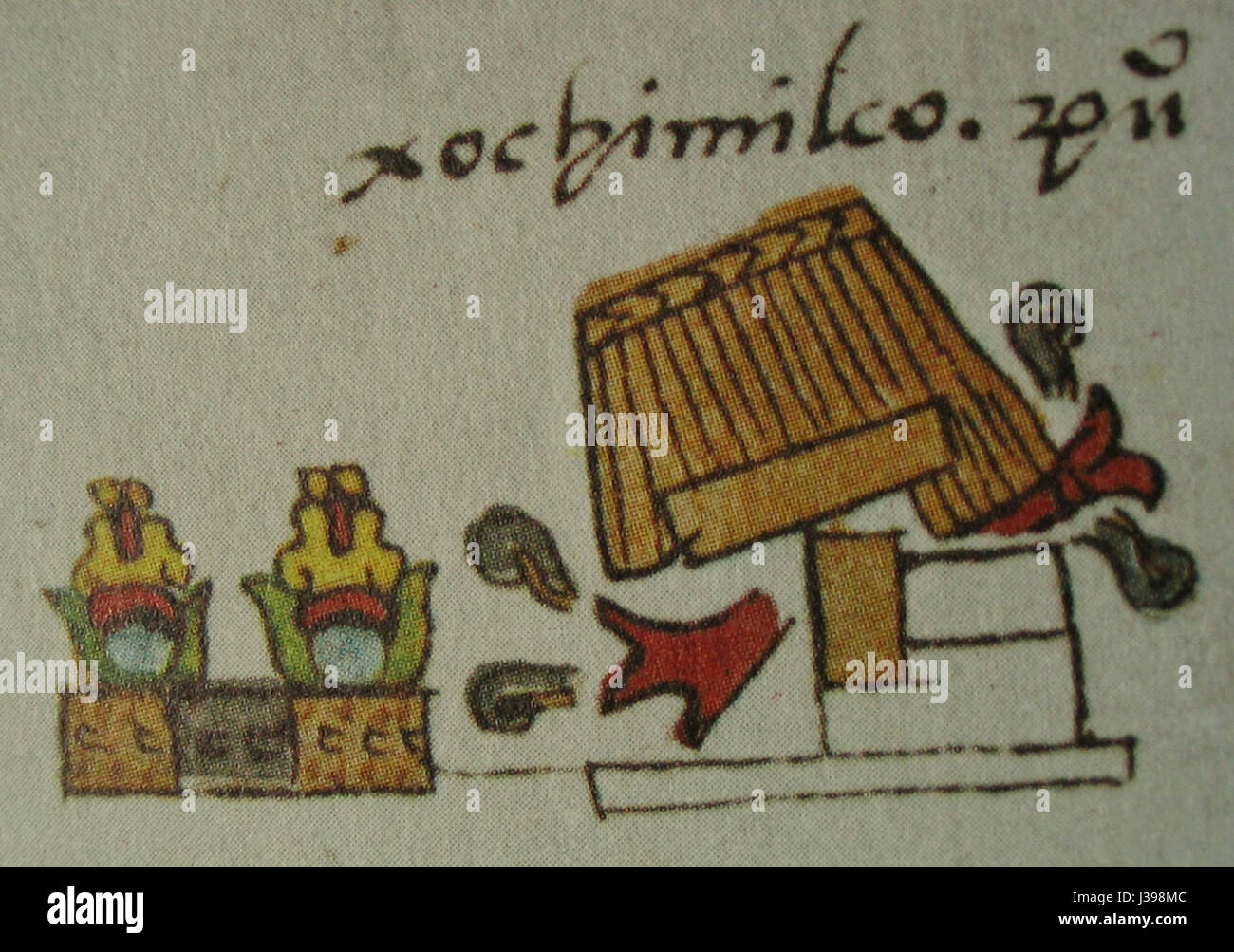 'Derrota de Xochimilco' refers to the defeat at Xochimilco, a battle during the Spanish conquest of the Aztec Empire. The defeat occurred at the lake near Xochimilco, a significant site in Mexican history. Stock Photohttps://www.alamy.com/image-license-details/?v=1https://www.alamy.com/stock-photo-derrota-de-xochimilco-refers-to-the-defeat-at-xochimilco-a-battle-139731324.html
'Derrota de Xochimilco' refers to the defeat at Xochimilco, a battle during the Spanish conquest of the Aztec Empire. The defeat occurred at the lake near Xochimilco, a significant site in Mexican history. Stock Photohttps://www.alamy.com/image-license-details/?v=1https://www.alamy.com/stock-photo-derrota-de-xochimilco-refers-to-the-defeat-at-xochimilco-a-battle-139731324.htmlRMJ398MC–'Derrota de Xochimilco' refers to the defeat at Xochimilco, a battle during the Spanish conquest of the Aztec Empire. The defeat occurred at the lake near Xochimilco, a significant site in Mexican history.
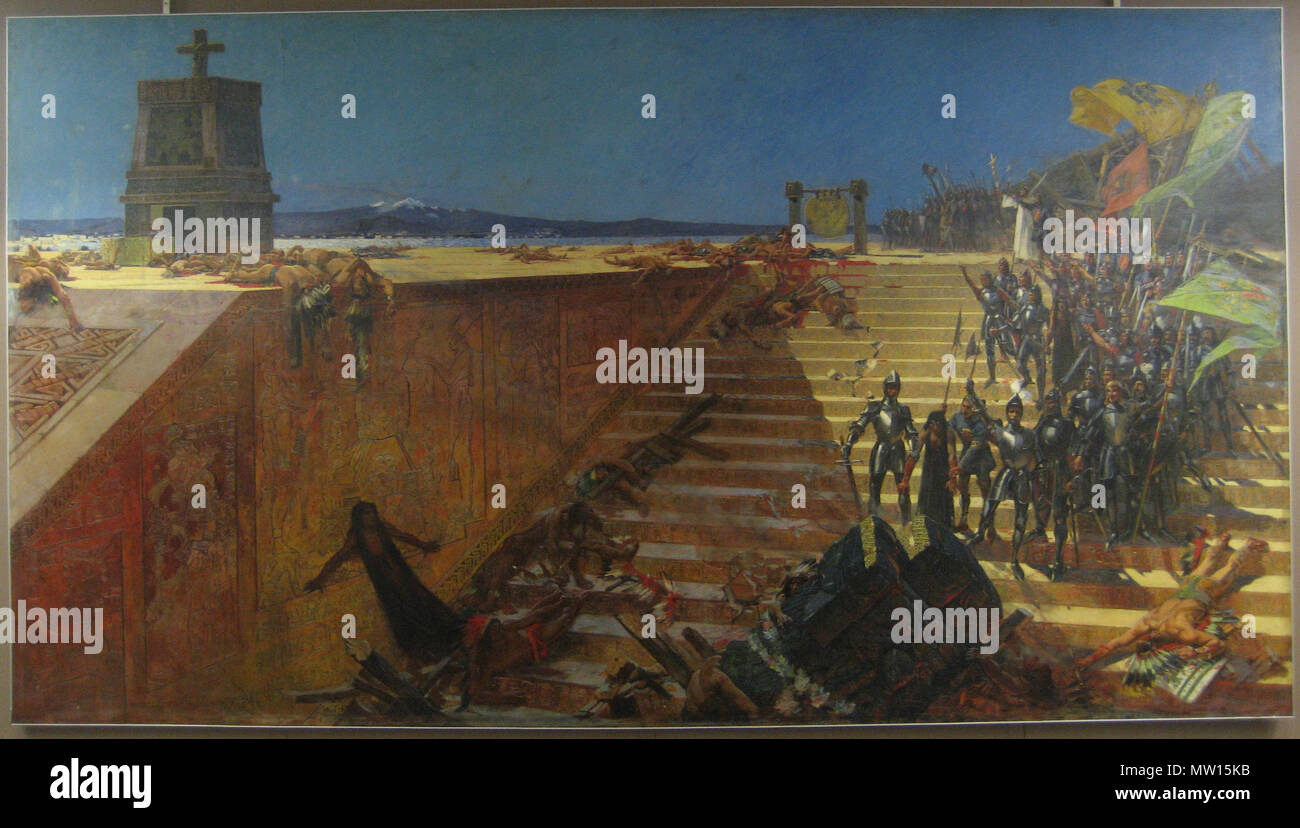 . The Last Days of Tenochtitlan—Conquest of Mexico . Depicting the Fall of Tenochtitlan, final battle of the Spanish conquest of the Aztec Empire in 1521. Photograph of the painting on display. . 1899 360 LastDaysofTenochtitlanB Stock Photohttps://www.alamy.com/image-license-details/?v=1https://www.alamy.com/the-last-days-of-tenochtitlanconquest-of-mexico-depicting-the-fall-of-tenochtitlan-final-battle-of-the-spanish-conquest-of-the-aztec-empire-in-1521-photograph-of-the-painting-on-display-1899-360-lastdaysoftenochtitlanb-image187496495.html
. The Last Days of Tenochtitlan—Conquest of Mexico . Depicting the Fall of Tenochtitlan, final battle of the Spanish conquest of the Aztec Empire in 1521. Photograph of the painting on display. . 1899 360 LastDaysofTenochtitlanB Stock Photohttps://www.alamy.com/image-license-details/?v=1https://www.alamy.com/the-last-days-of-tenochtitlanconquest-of-mexico-depicting-the-fall-of-tenochtitlan-final-battle-of-the-spanish-conquest-of-the-aztec-empire-in-1521-photograph-of-the-painting-on-display-1899-360-lastdaysoftenochtitlanb-image187496495.htmlRMMW15KB–. The Last Days of Tenochtitlan—Conquest of Mexico . Depicting the Fall of Tenochtitlan, final battle of the Spanish conquest of the Aztec Empire in 1521. Photograph of the painting on display. . 1899 360 LastDaysofTenochtitlanB
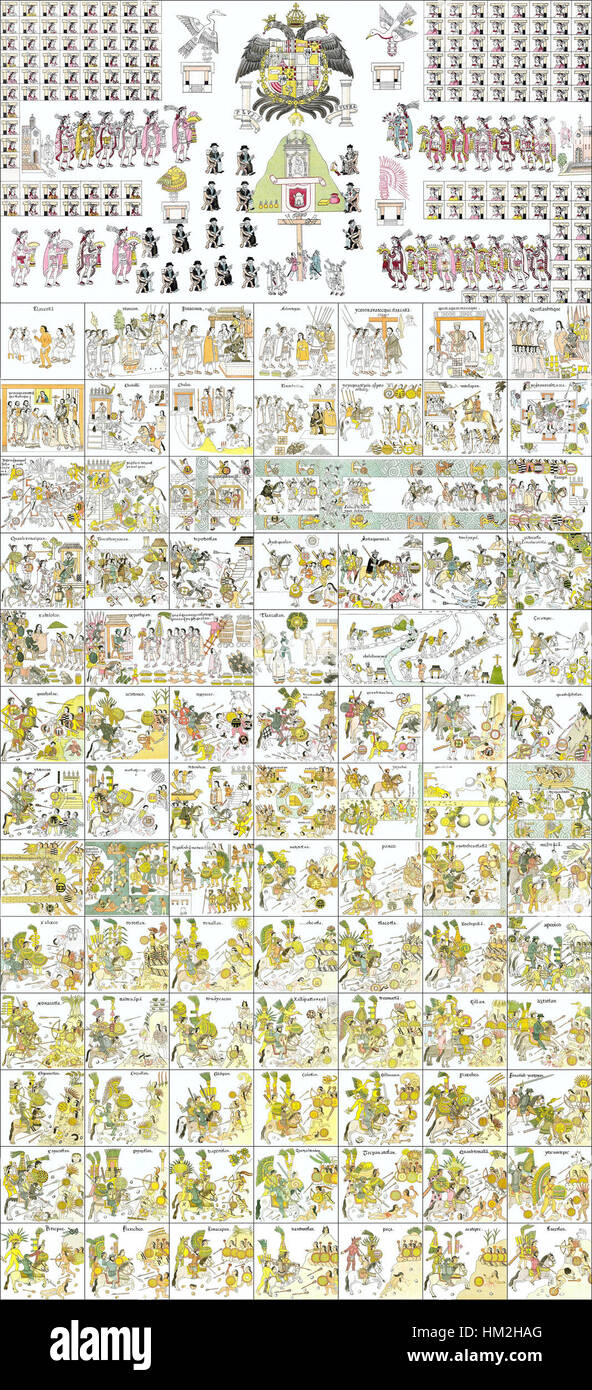 *Lienzo de Tlaxcala* is a large-scale painting that depicts the indigenous people of Tlaxcala, Mexico, and their role in the Spanish conquest of the Aztec Empire. The work shows a detailed historical account of the Tlaxcalan people’s relationship with the Spanish forces and their crucial participation in the defeat of the Aztecs. This piece is a significant artifact from colonial Mexican history. Stock Photohttps://www.alamy.com/image-license-details/?v=1https://www.alamy.com/stock-photo-lienzo-de-tlaxcala-is-a-large-scale-painting-that-depicts-the-indigenous-132823224.html
*Lienzo de Tlaxcala* is a large-scale painting that depicts the indigenous people of Tlaxcala, Mexico, and their role in the Spanish conquest of the Aztec Empire. The work shows a detailed historical account of the Tlaxcalan people’s relationship with the Spanish forces and their crucial participation in the defeat of the Aztecs. This piece is a significant artifact from colonial Mexican history. Stock Photohttps://www.alamy.com/image-license-details/?v=1https://www.alamy.com/stock-photo-lienzo-de-tlaxcala-is-a-large-scale-painting-that-depicts-the-indigenous-132823224.htmlRMHM2HAG–*Lienzo de Tlaxcala* is a large-scale painting that depicts the indigenous people of Tlaxcala, Mexico, and their role in the Spanish conquest of the Aztec Empire. The work shows a detailed historical account of the Tlaxcalan people’s relationship with the Spanish forces and their crucial participation in the defeat of the Aztecs. This piece is a significant artifact from colonial Mexican history.
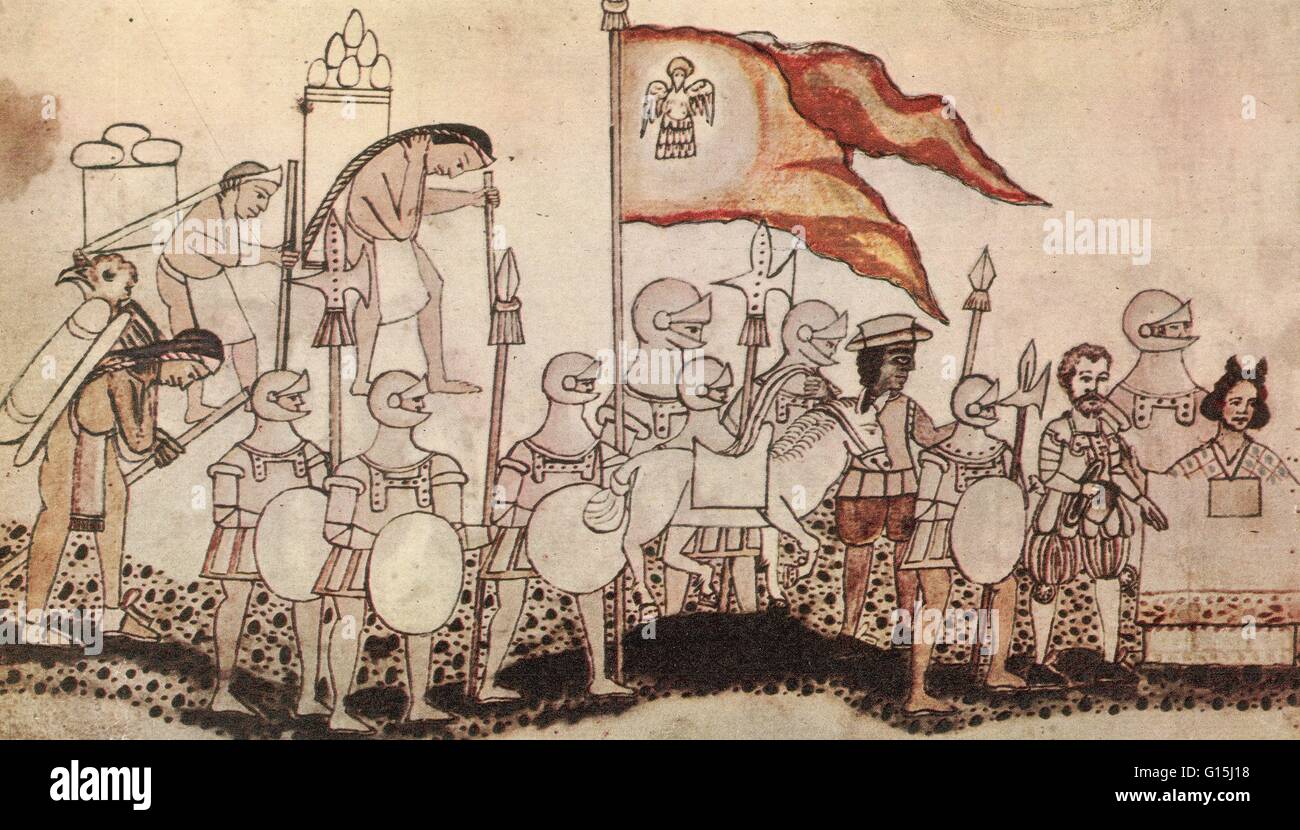 The Spanish conquest of the Aztec Empire was one of the most important campaigns in the Spanish colonization of the Americas. The invasion began in February 1519 and was acclaimed victorious on August 13, 1521, by a coalition army of Spanish conquistadors Stock Photohttps://www.alamy.com/image-license-details/?v=1https://www.alamy.com/stock-photo-the-spanish-conquest-of-the-aztec-empire-was-one-of-the-most-important-104000772.html
The Spanish conquest of the Aztec Empire was one of the most important campaigns in the Spanish colonization of the Americas. The invasion began in February 1519 and was acclaimed victorious on August 13, 1521, by a coalition army of Spanish conquistadors Stock Photohttps://www.alamy.com/image-license-details/?v=1https://www.alamy.com/stock-photo-the-spanish-conquest-of-the-aztec-empire-was-one-of-the-most-important-104000772.htmlRMG15J18–The Spanish conquest of the Aztec Empire was one of the most important campaigns in the Spanish colonization of the Americas. The invasion began in February 1519 and was acclaimed victorious on August 13, 1521, by a coalition army of Spanish conquistadors
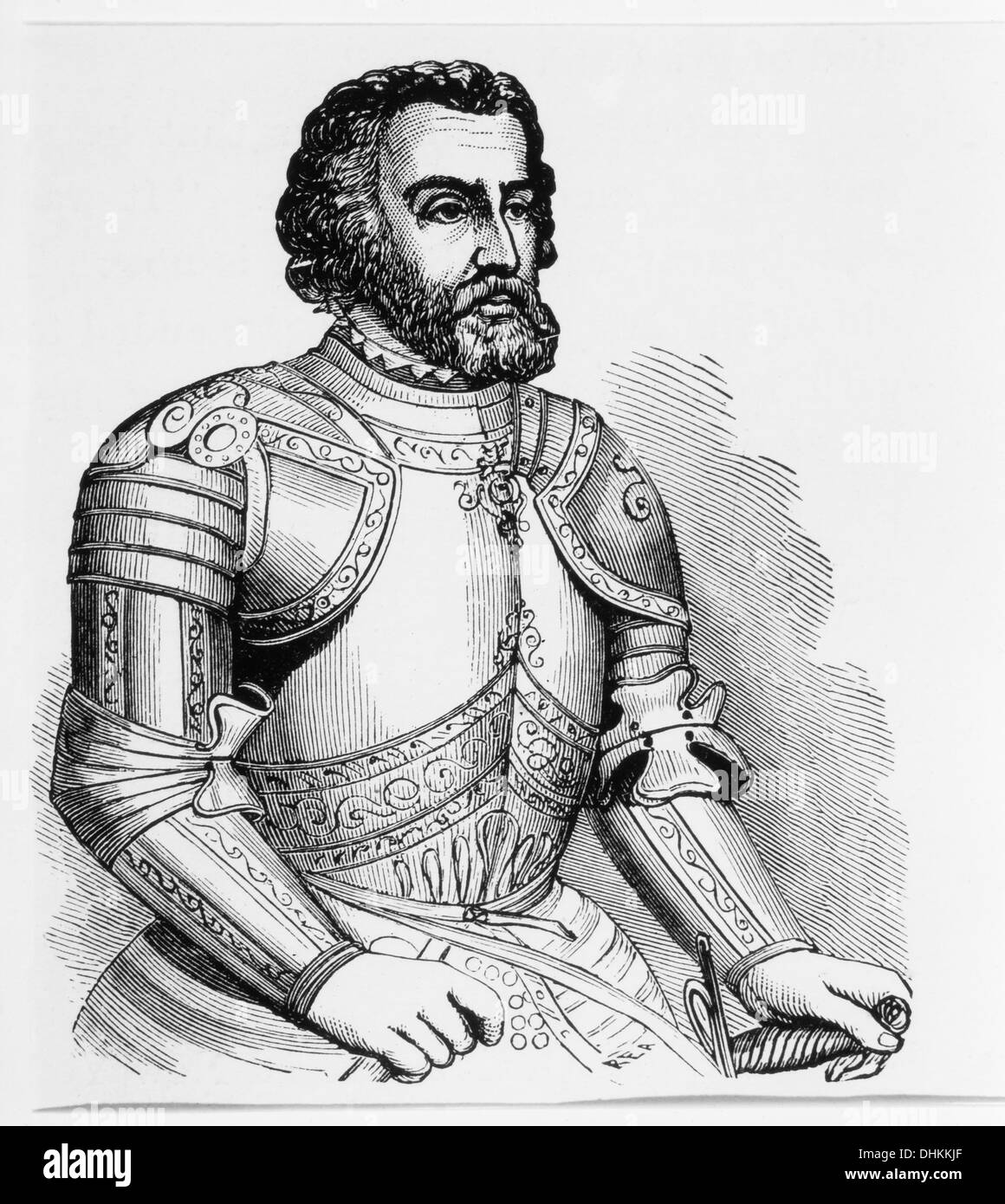 Hernando Cortez (1485-1547), Spanish Conquistador and Explorer, Led the Spanish Conquest of the Aztec Empire, Portrait Stock Photohttps://www.alamy.com/image-license-details/?v=1https://www.alamy.com/hernando-cortez-1485-1547-spanish-conquistador-and-explorer-led-the-image62512759.html
Hernando Cortez (1485-1547), Spanish Conquistador and Explorer, Led the Spanish Conquest of the Aztec Empire, Portrait Stock Photohttps://www.alamy.com/image-license-details/?v=1https://www.alamy.com/hernando-cortez-1485-1547-spanish-conquistador-and-explorer-led-the-image62512759.htmlRMDHKKJF–Hernando Cortez (1485-1547), Spanish Conquistador and Explorer, Led the Spanish Conquest of the Aztec Empire, Portrait
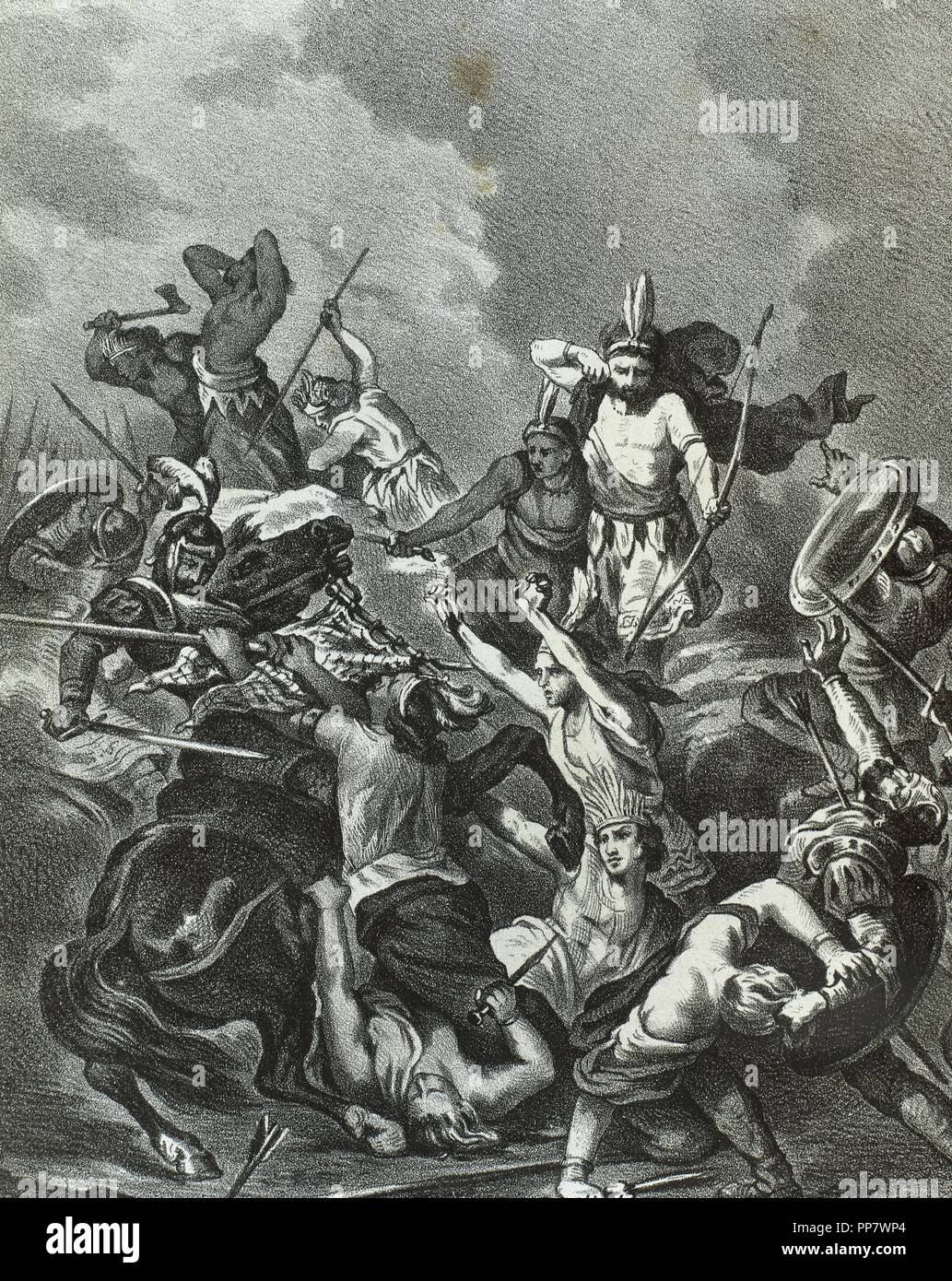 Spanish conquest of the Aztec Empire (1519-1521). Battle of Otumba, 1520. Engraving, 1875. Stock Photohttps://www.alamy.com/image-license-details/?v=1https://www.alamy.com/spanish-conquest-of-the-aztec-empire-1519-1521-battle-of-otumba-1520-engraving-1875-image220220732.html
Spanish conquest of the Aztec Empire (1519-1521). Battle of Otumba, 1520. Engraving, 1875. Stock Photohttps://www.alamy.com/image-license-details/?v=1https://www.alamy.com/spanish-conquest-of-the-aztec-empire-1519-1521-battle-of-otumba-1520-engraving-1875-image220220732.htmlRMPP7WP4–Spanish conquest of the Aztec Empire (1519-1521). Battle of Otumba, 1520. Engraving, 1875.
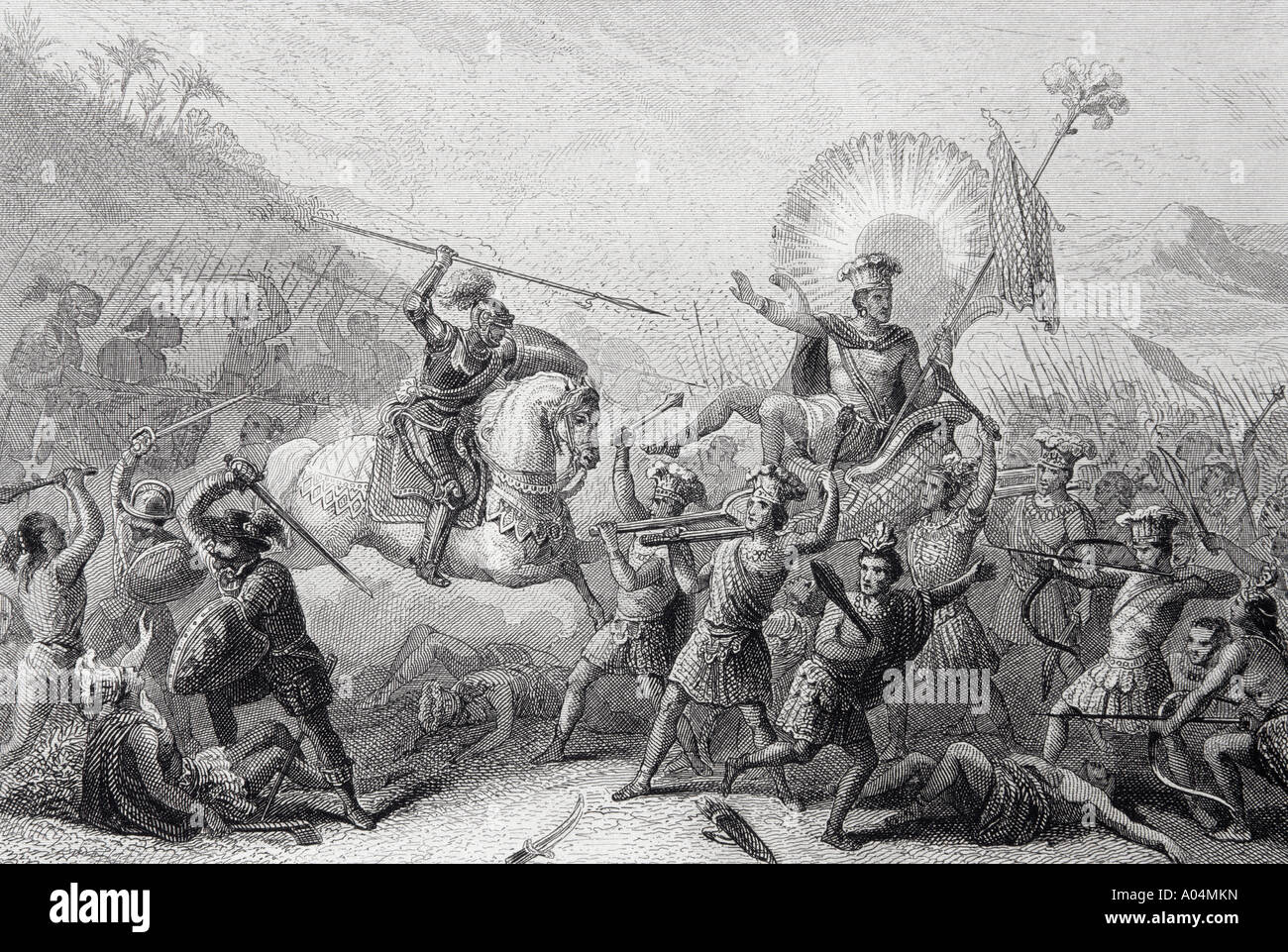 Battle of Otumba, Mexico, 7 July, 1520. Stock Photohttps://www.alamy.com/image-license-details/?v=1https://www.alamy.com/battle-of-otumba-mexico-7-july-1520-image9879080.html
Battle of Otumba, Mexico, 7 July, 1520. Stock Photohttps://www.alamy.com/image-license-details/?v=1https://www.alamy.com/battle-of-otumba-mexico-7-july-1520-image9879080.htmlRMA04MKN–Battle of Otumba, Mexico, 7 July, 1520.
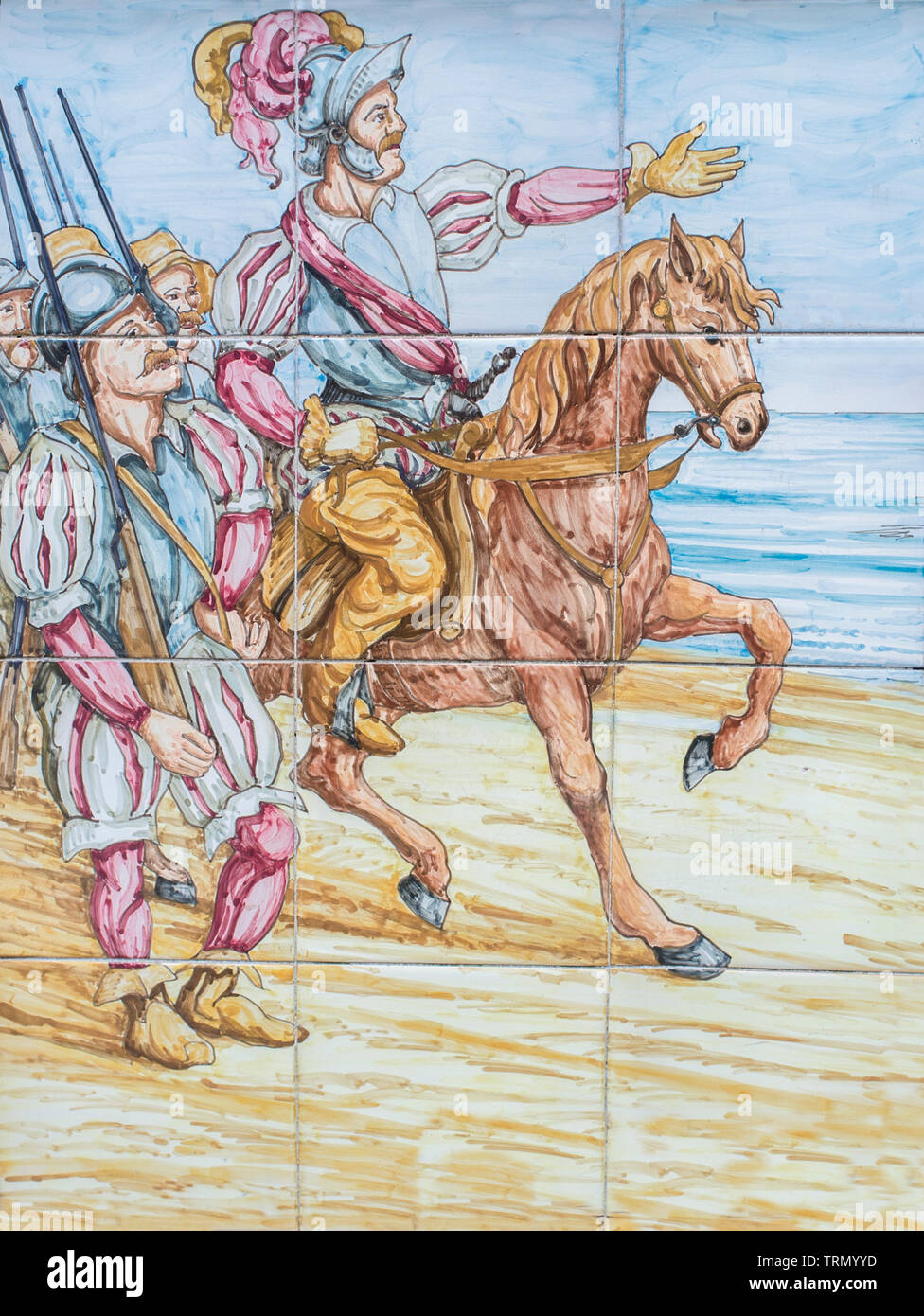 Hernan Cortes arrives Mexico. Conquest of Aztec Empire scene. Glazed tiles wall Stock Photohttps://www.alamy.com/image-license-details/?v=1https://www.alamy.com/hernan-cortes-arrives-mexico-conquest-of-aztec-empire-scene-glazed-tiles-wall-image255543217.html
Hernan Cortes arrives Mexico. Conquest of Aztec Empire scene. Glazed tiles wall Stock Photohttps://www.alamy.com/image-license-details/?v=1https://www.alamy.com/hernan-cortes-arrives-mexico-conquest-of-aztec-empire-scene-glazed-tiles-wall-image255543217.htmlRFTRMYYD–Hernan Cortes arrives Mexico. Conquest of Aztec Empire scene. Glazed tiles wall
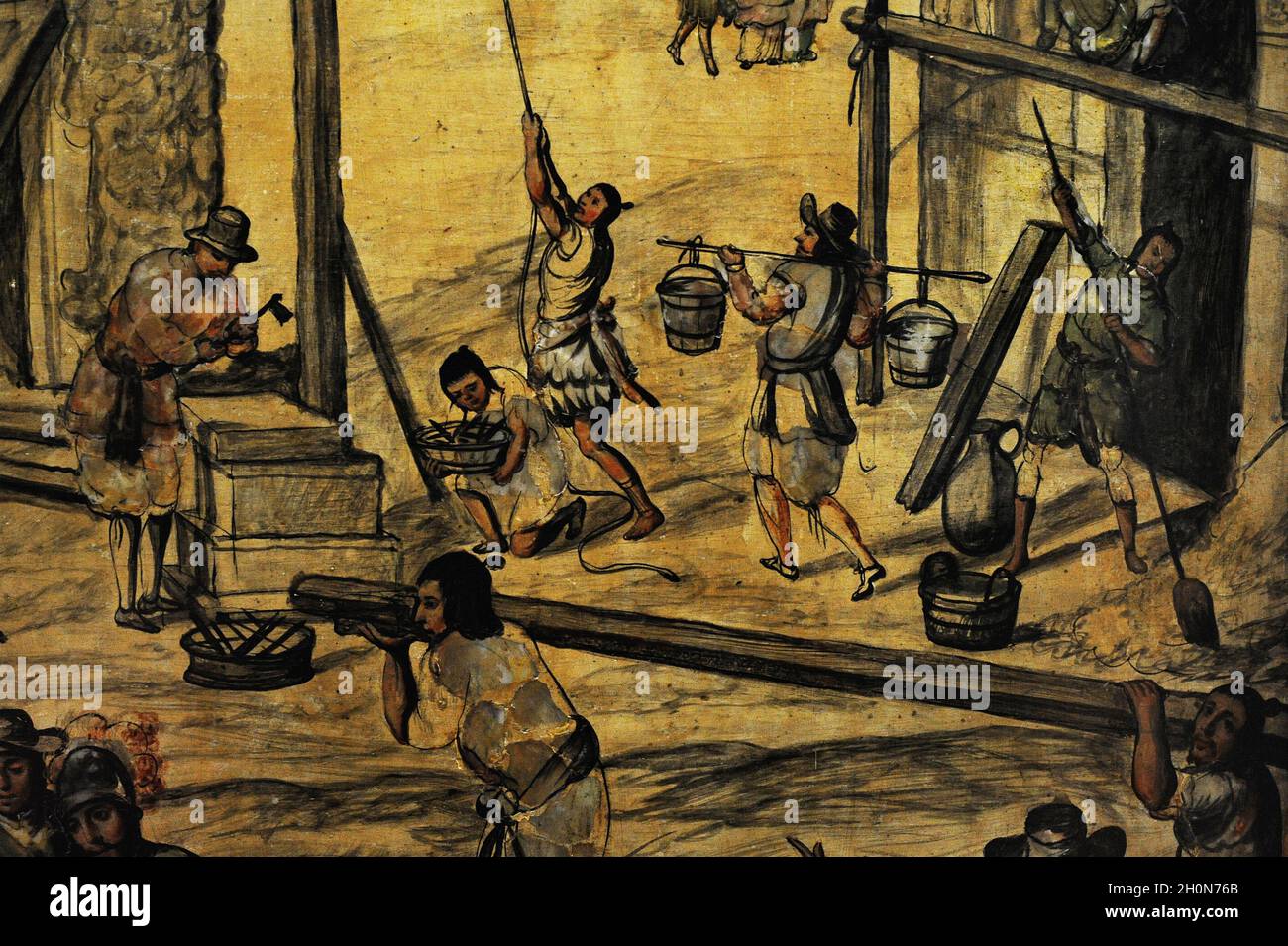 Spanish conquest of the Aztec Empire (1519-21). Construction of the Villa Rica of La Vera Cruz, with the help of the Totonac Indians. Detail. Board 3 Stock Photohttps://www.alamy.com/image-license-details/?v=1https://www.alamy.com/spanish-conquest-of-the-aztec-empire-1519-21-construction-of-the-villa-rica-of-la-vera-cruz-with-the-help-of-the-totonac-indians-detail-board-3-image447936227.html
Spanish conquest of the Aztec Empire (1519-21). Construction of the Villa Rica of La Vera Cruz, with the help of the Totonac Indians. Detail. Board 3 Stock Photohttps://www.alamy.com/image-license-details/?v=1https://www.alamy.com/spanish-conquest-of-the-aztec-empire-1519-21-construction-of-the-villa-rica-of-la-vera-cruz-with-the-help-of-the-totonac-indians-detail-board-3-image447936227.htmlRM2H0N76B–Spanish conquest of the Aztec Empire (1519-21). Construction of the Villa Rica of La Vera Cruz, with the help of the Totonac Indians. Detail. Board 3
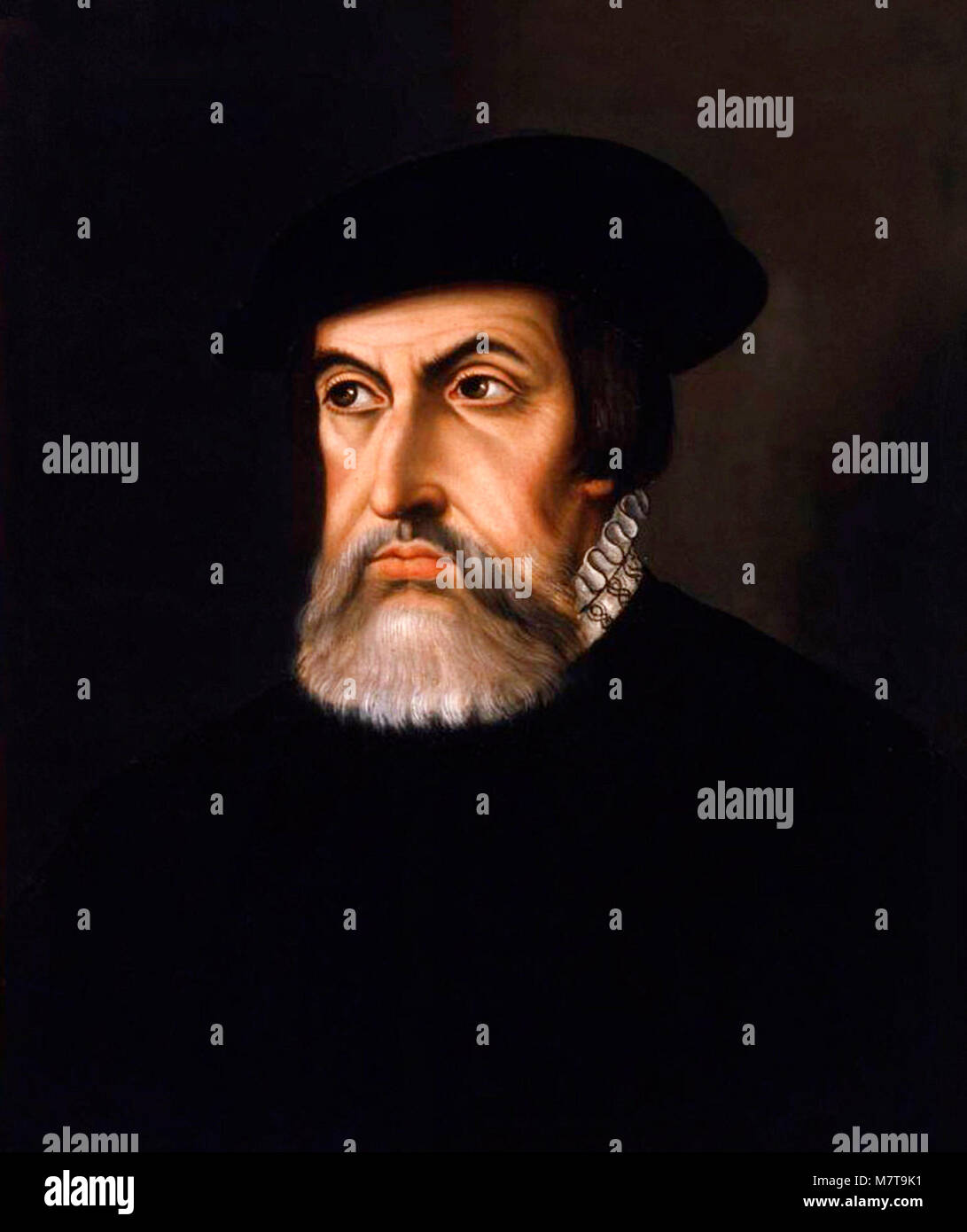 Hernán Cortés de Monroy y Pizarro Altamirano, Marquis of the Valley of Oaxaca (1485-1547). Portrait of the Spanish conquistador, Hernan Cortes, oil on canvas, unknown artist, 18thC. Stock Photohttps://www.alamy.com/image-license-details/?v=1https://www.alamy.com/stock-photo-hernn-corts-de-monroy-y-pizarro-altamirano-marquis-of-the-valley-of-176940709.html
Hernán Cortés de Monroy y Pizarro Altamirano, Marquis of the Valley of Oaxaca (1485-1547). Portrait of the Spanish conquistador, Hernan Cortes, oil on canvas, unknown artist, 18thC. Stock Photohttps://www.alamy.com/image-license-details/?v=1https://www.alamy.com/stock-photo-hernn-corts-de-monroy-y-pizarro-altamirano-marquis-of-the-valley-of-176940709.htmlRMM7T9K1–Hernán Cortés de Monroy y Pizarro Altamirano, Marquis of the Valley of Oaxaca (1485-1547). Portrait of the Spanish conquistador, Hernan Cortes, oil on canvas, unknown artist, 18thC.
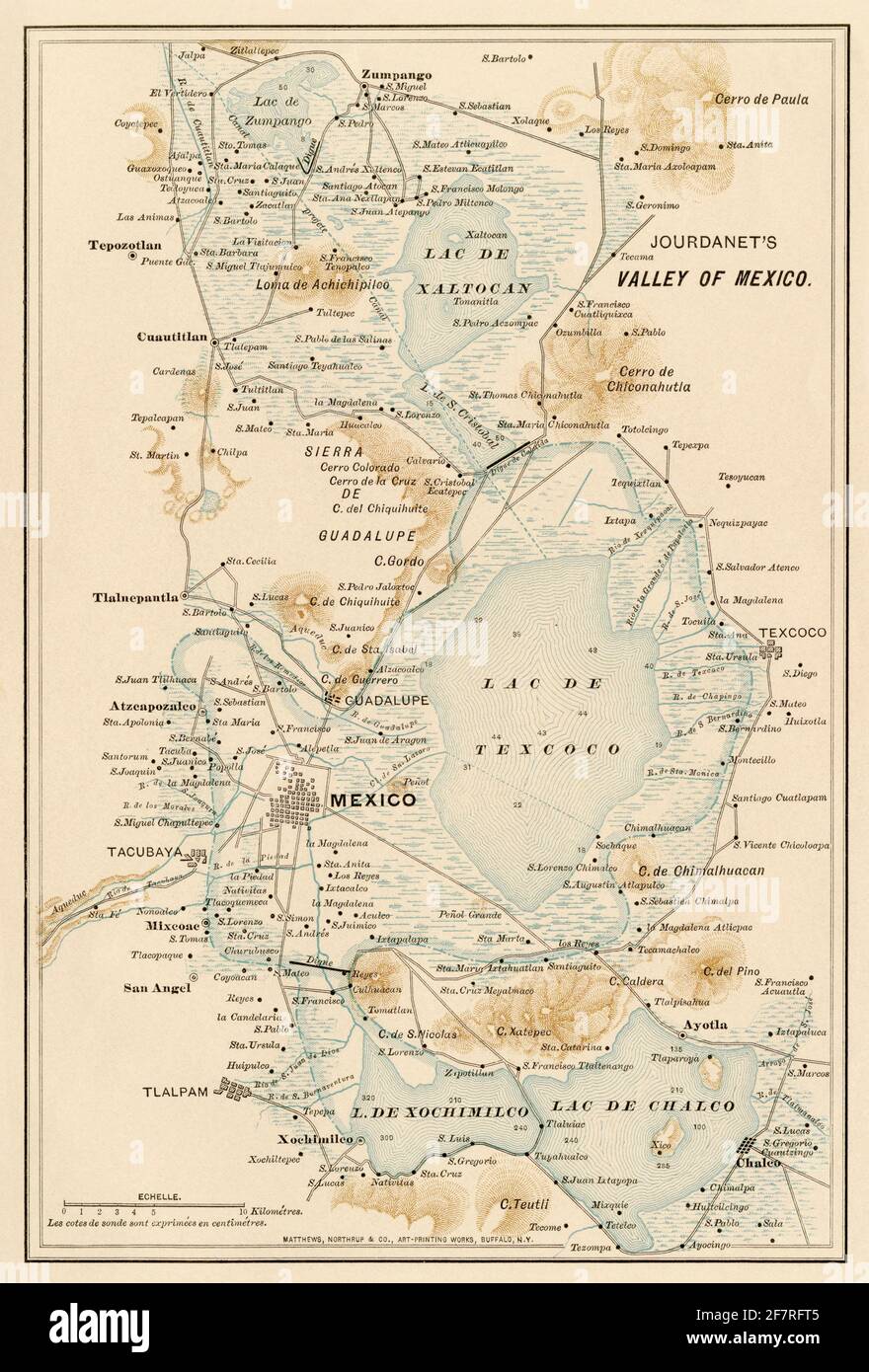 Aztec empire in the Valley of Mexico after Spanish conquest. Color lithograph Stock Photohttps://www.alamy.com/image-license-details/?v=1https://www.alamy.com/aztec-empire-in-the-valley-of-mexico-after-spanish-conquest-color-lithograph-image417868757.html
Aztec empire in the Valley of Mexico after Spanish conquest. Color lithograph Stock Photohttps://www.alamy.com/image-license-details/?v=1https://www.alamy.com/aztec-empire-in-the-valley-of-mexico-after-spanish-conquest-color-lithograph-image417868757.htmlRM2F7RFT5–Aztec empire in the Valley of Mexico after Spanish conquest. Color lithograph
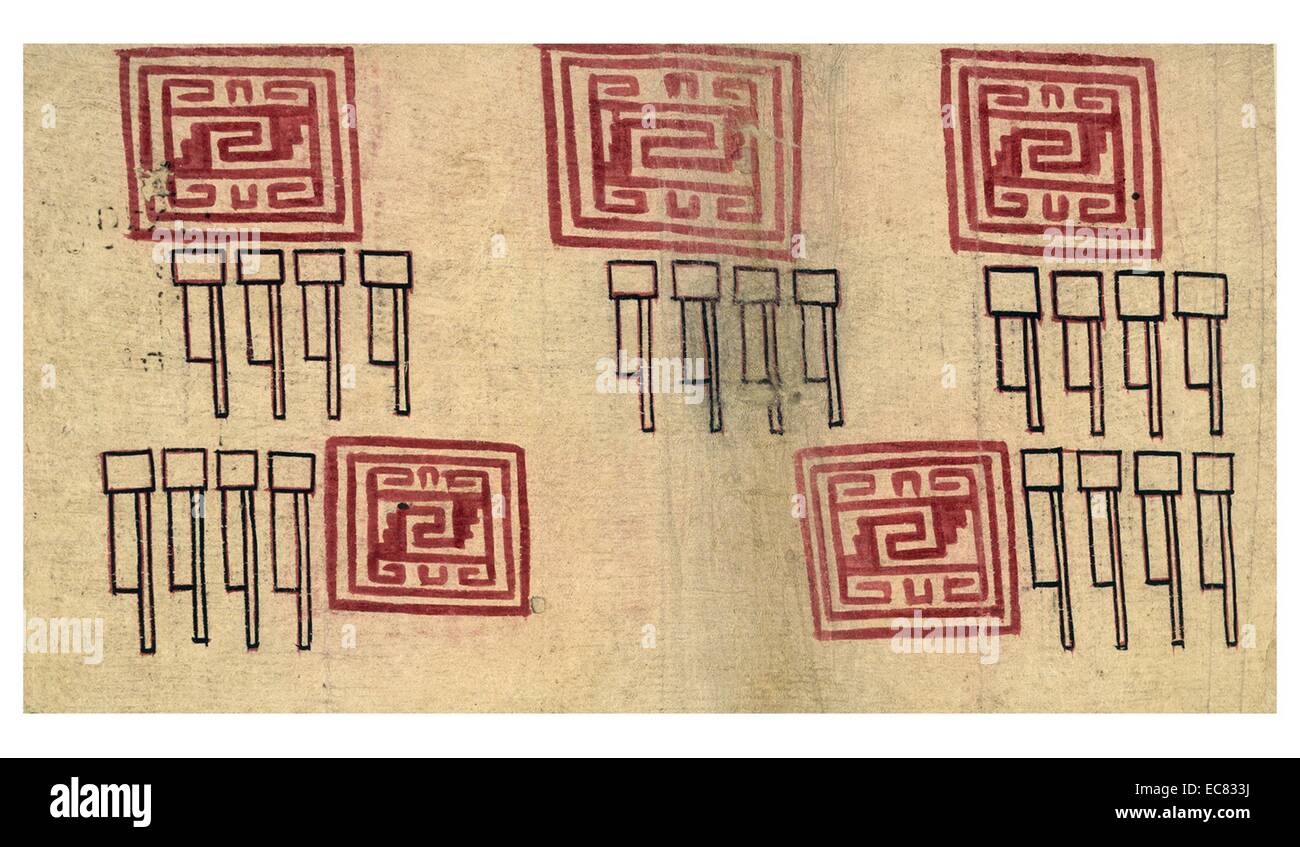 The Huexotzinco Codex. colonial-era Nahua pictorial manuscript, collectively known as Aztec codices. It is part of the testimony in a legal case against members of the First Audiencia (high court) in Mexico, particularly its president, Nuño de Guzmán, ten years after the Spanish conquest in 1521. Stock Photohttps://www.alamy.com/image-license-details/?v=1https://www.alamy.com/stock-photo-the-huexotzinco-codex-colonial-era-nahua-pictorial-manuscript-collectively-76395414.html
The Huexotzinco Codex. colonial-era Nahua pictorial manuscript, collectively known as Aztec codices. It is part of the testimony in a legal case against members of the First Audiencia (high court) in Mexico, particularly its president, Nuño de Guzmán, ten years after the Spanish conquest in 1521. Stock Photohttps://www.alamy.com/image-license-details/?v=1https://www.alamy.com/stock-photo-the-huexotzinco-codex-colonial-era-nahua-pictorial-manuscript-collectively-76395414.htmlRMEC833J–The Huexotzinco Codex. colonial-era Nahua pictorial manuscript, collectively known as Aztec codices. It is part of the testimony in a legal case against members of the First Audiencia (high court) in Mexico, particularly its president, Nuño de Guzmán, ten years after the Spanish conquest in 1521.
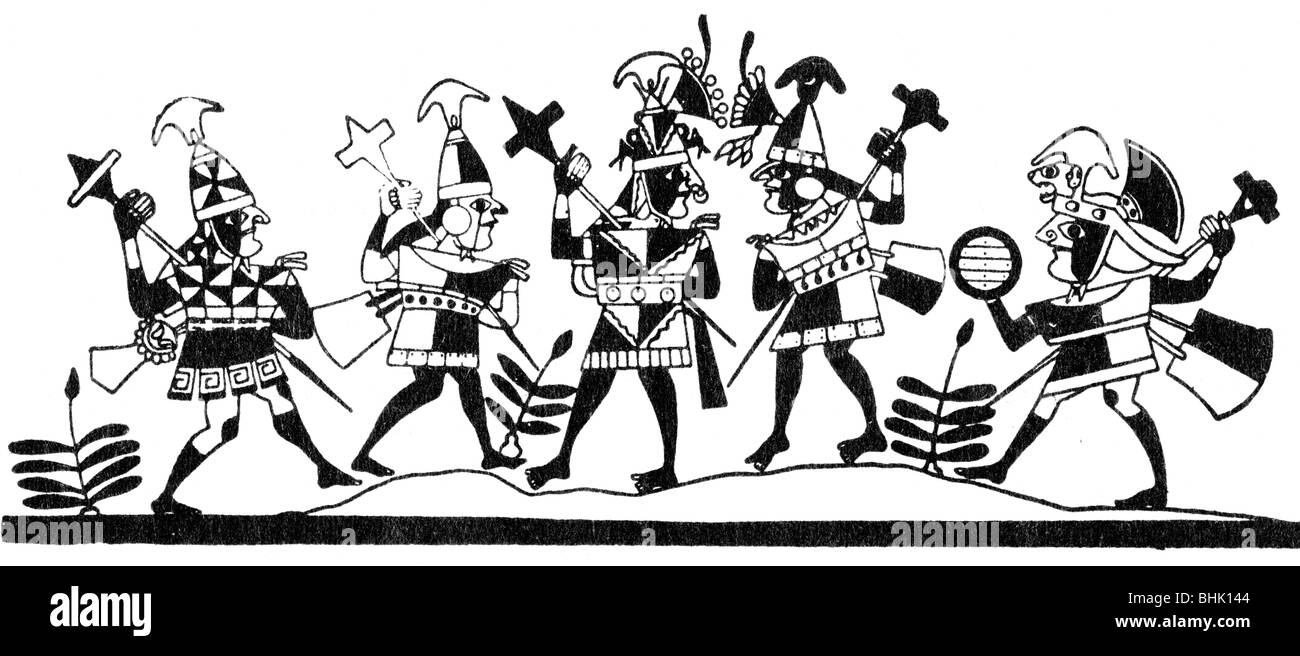 geography / travel, Mexico, Aztec Empire, Spanish conquistadors in Mexico, after Aztec drawings, Central America, historic, historical, conquest, conqueror, conquerors, Indian, native, indigenous people, Aztecs, soldiers, military, suit of armour, CEAM, male, man, men, 16th century, Stock Photohttps://www.alamy.com/image-license-details/?v=1https://www.alamy.com/stock-photo-geography-travel-mexico-aztec-empire-spanish-conquistadors-in-mexico-28077508.html
geography / travel, Mexico, Aztec Empire, Spanish conquistadors in Mexico, after Aztec drawings, Central America, historic, historical, conquest, conqueror, conquerors, Indian, native, indigenous people, Aztecs, soldiers, military, suit of armour, CEAM, male, man, men, 16th century, Stock Photohttps://www.alamy.com/image-license-details/?v=1https://www.alamy.com/stock-photo-geography-travel-mexico-aztec-empire-spanish-conquistadors-in-mexico-28077508.htmlRMBHK144–geography / travel, Mexico, Aztec Empire, Spanish conquistadors in Mexico, after Aztec drawings, Central America, historic, historical, conquest, conqueror, conquerors, Indian, native, indigenous people, Aztecs, soldiers, military, suit of armour, CEAM, male, man, men, 16th century,
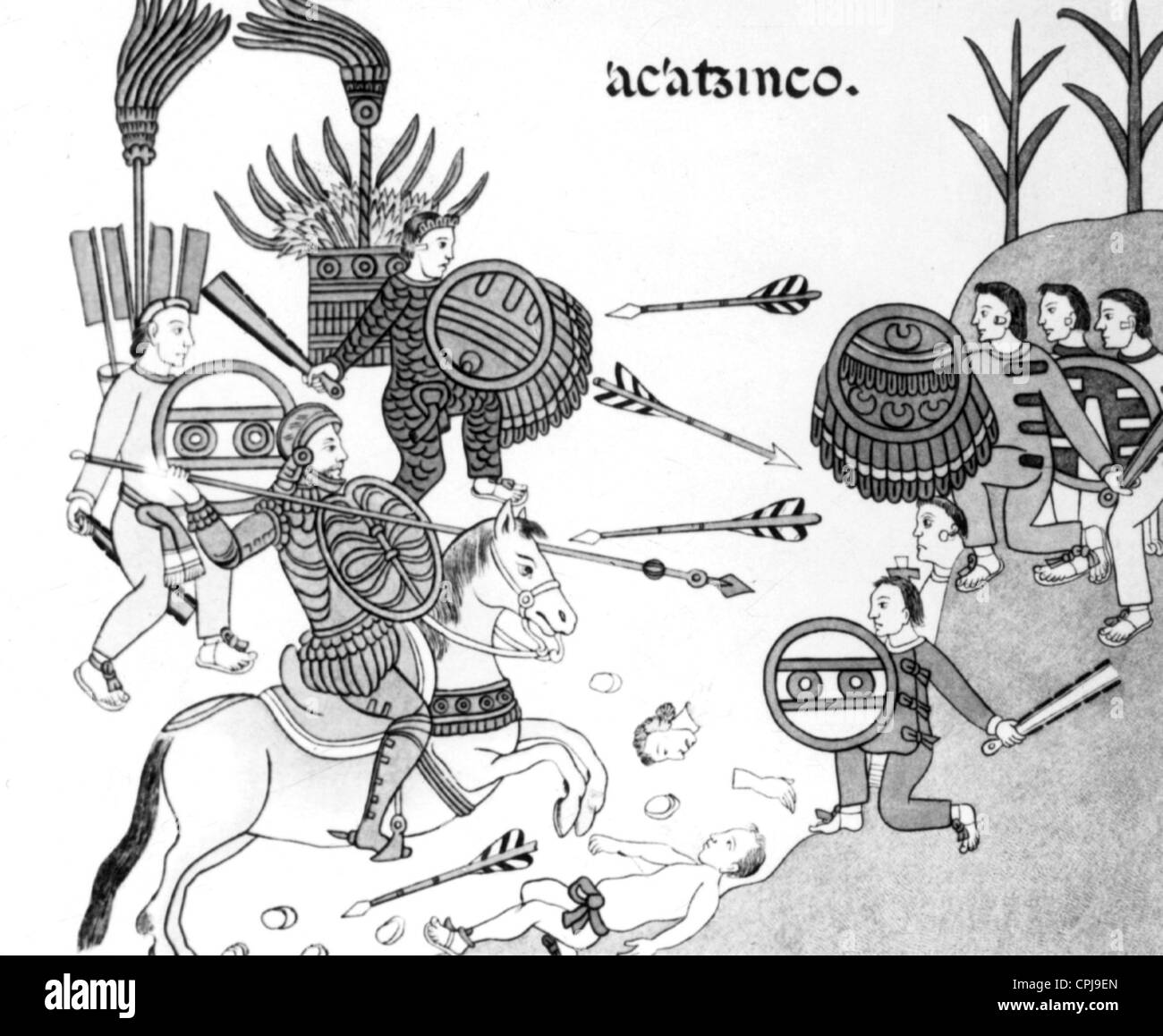 Conquest of the Aztec Empire Stock Photohttps://www.alamy.com/image-license-details/?v=1https://www.alamy.com/stock-photo-conquest-of-the-aztec-empire-48345773.html
Conquest of the Aztec Empire Stock Photohttps://www.alamy.com/image-license-details/?v=1https://www.alamy.com/stock-photo-conquest-of-the-aztec-empire-48345773.htmlRMCPJ9EN–Conquest of the Aztec Empire
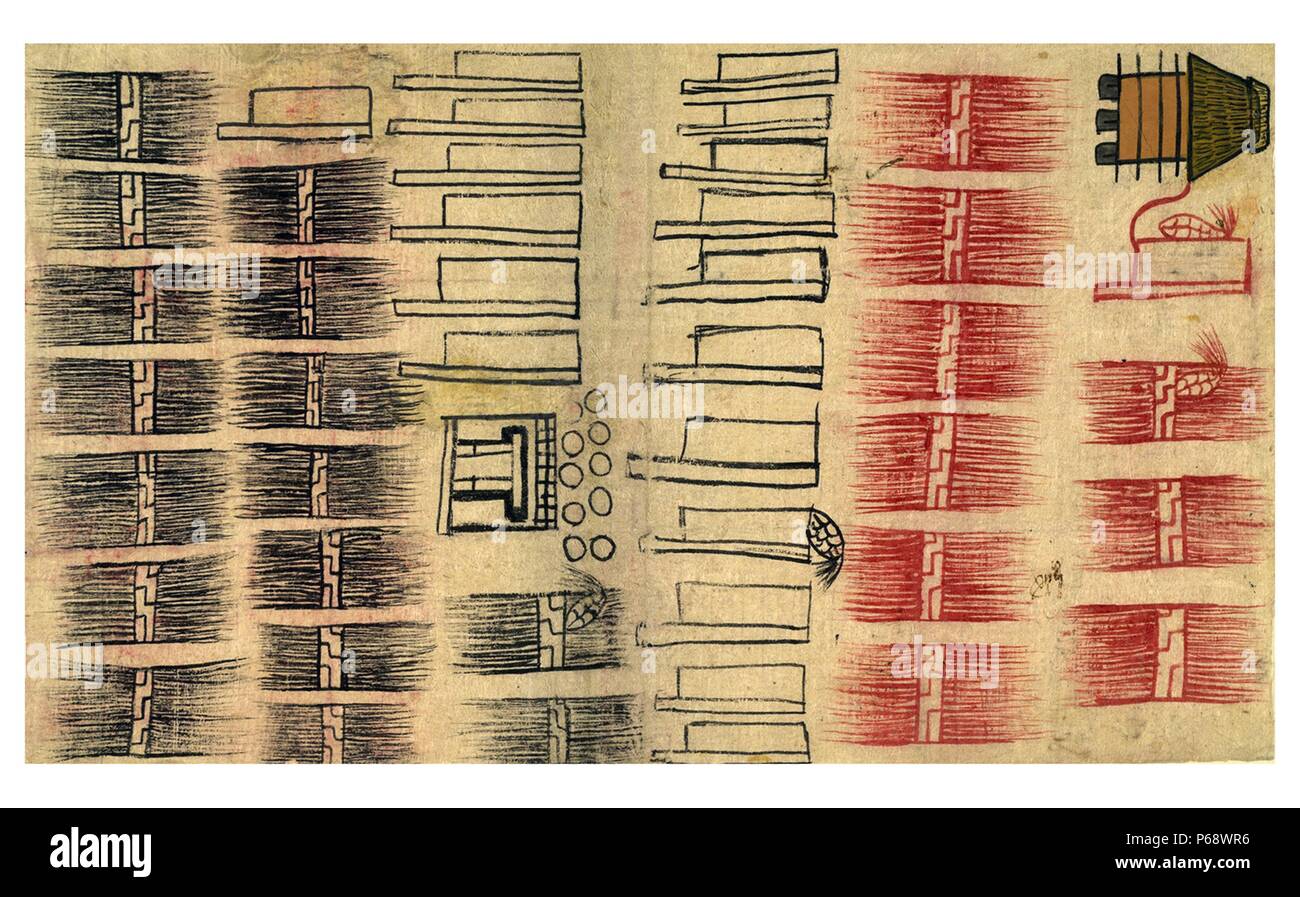 The Huexotzinco Codex. colonial-era Nahua pictorial manuscript, collectively known as Aztec codices. It is part of the testimony in a legal case against members of the First Audiencia (high court) in Mexico, particularly its president, Nuño de Guzmán, ten years after the Spanish conquest in 1521. Stock Photohttps://www.alamy.com/image-license-details/?v=1https://www.alamy.com/the-huexotzinco-codex-colonial-era-nahua-pictorial-manuscript-collectively-known-as-aztec-codices-it-is-part-of-the-testimony-in-a-legal-case-against-members-of-the-first-audiencia-high-court-in-mexico-particularly-its-president-nuo-de-guzmn-ten-years-after-the-spanish-conquest-in-1521-image210408218.html
The Huexotzinco Codex. colonial-era Nahua pictorial manuscript, collectively known as Aztec codices. It is part of the testimony in a legal case against members of the First Audiencia (high court) in Mexico, particularly its president, Nuño de Guzmán, ten years after the Spanish conquest in 1521. Stock Photohttps://www.alamy.com/image-license-details/?v=1https://www.alamy.com/the-huexotzinco-codex-colonial-era-nahua-pictorial-manuscript-collectively-known-as-aztec-codices-it-is-part-of-the-testimony-in-a-legal-case-against-members-of-the-first-audiencia-high-court-in-mexico-particularly-its-president-nuo-de-guzmn-ten-years-after-the-spanish-conquest-in-1521-image210408218.htmlRMP68WR6–The Huexotzinco Codex. colonial-era Nahua pictorial manuscript, collectively known as Aztec codices. It is part of the testimony in a legal case against members of the First Audiencia (high court) in Mexico, particularly its president, Nuño de Guzmán, ten years after the Spanish conquest in 1521.
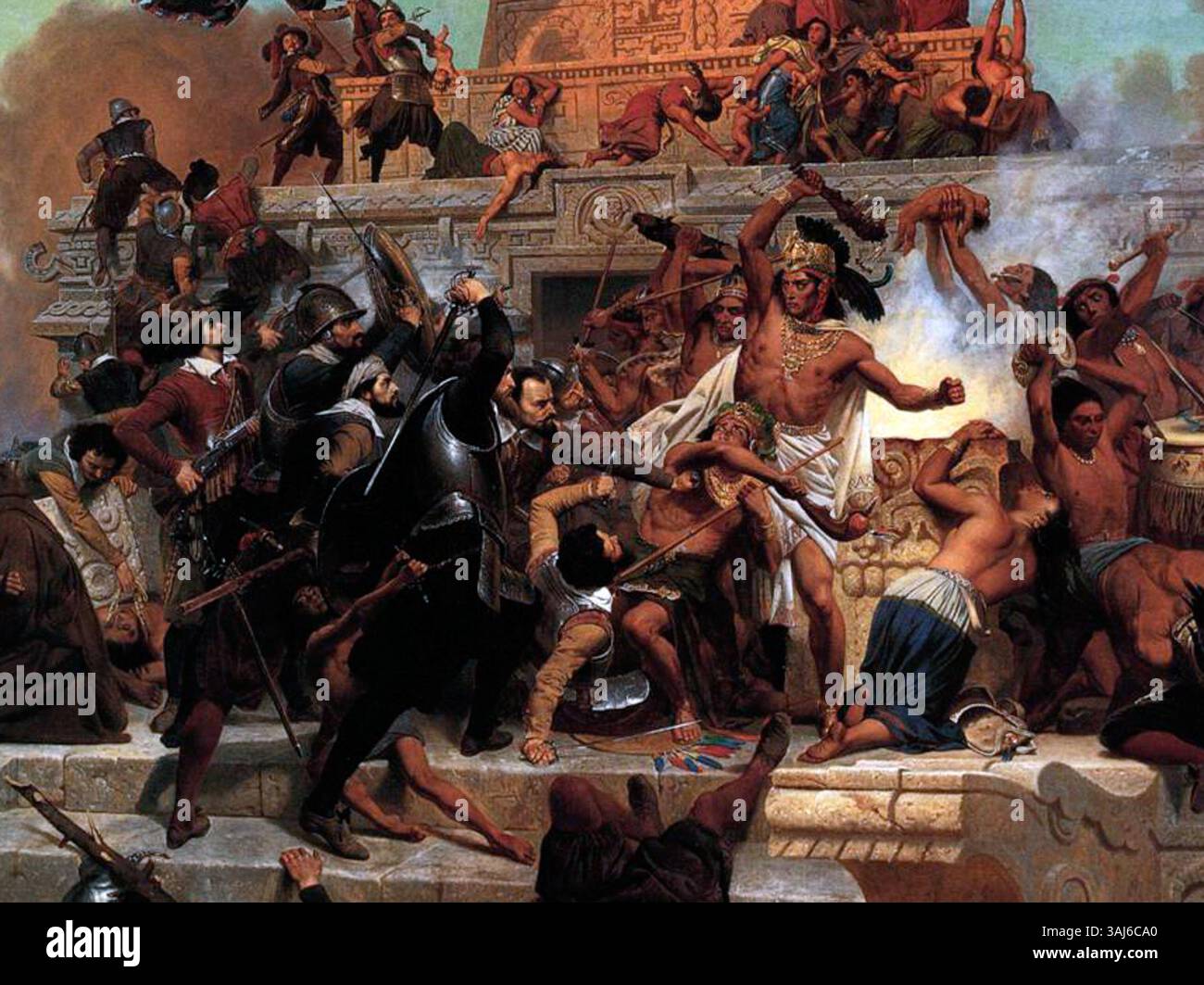 Emanuel Leutze’s 1848 painting 'Storming of the Teocalli by Cortez and His Troops' depicts the Spanish conquest of the Aztec Empire, showing the violent encounter at Tenochtitlan in June 1520. Stock Photohttps://www.alamy.com/image-license-details/?v=1https://www.alamy.com/emanuel-leutzes-1848-painting-storming-of-the-teocalli-by-cortez-and-his-troops-depicts-the-spanish-conquest-of-the-aztec-empire-showing-the-violent-encounter-at-tenochtitlan-in-june-1520-image665199192.html
Emanuel Leutze’s 1848 painting 'Storming of the Teocalli by Cortez and His Troops' depicts the Spanish conquest of the Aztec Empire, showing the violent encounter at Tenochtitlan in June 1520. Stock Photohttps://www.alamy.com/image-license-details/?v=1https://www.alamy.com/emanuel-leutzes-1848-painting-storming-of-the-teocalli-by-cortez-and-his-troops-depicts-the-spanish-conquest-of-the-aztec-empire-showing-the-violent-encounter-at-tenochtitlan-in-june-1520-image665199192.htmlRM3AJ6CA0–Emanuel Leutze’s 1848 painting 'Storming of the Teocalli by Cortez and His Troops' depicts the Spanish conquest of the Aztec Empire, showing the violent encounter at Tenochtitlan in June 1520.
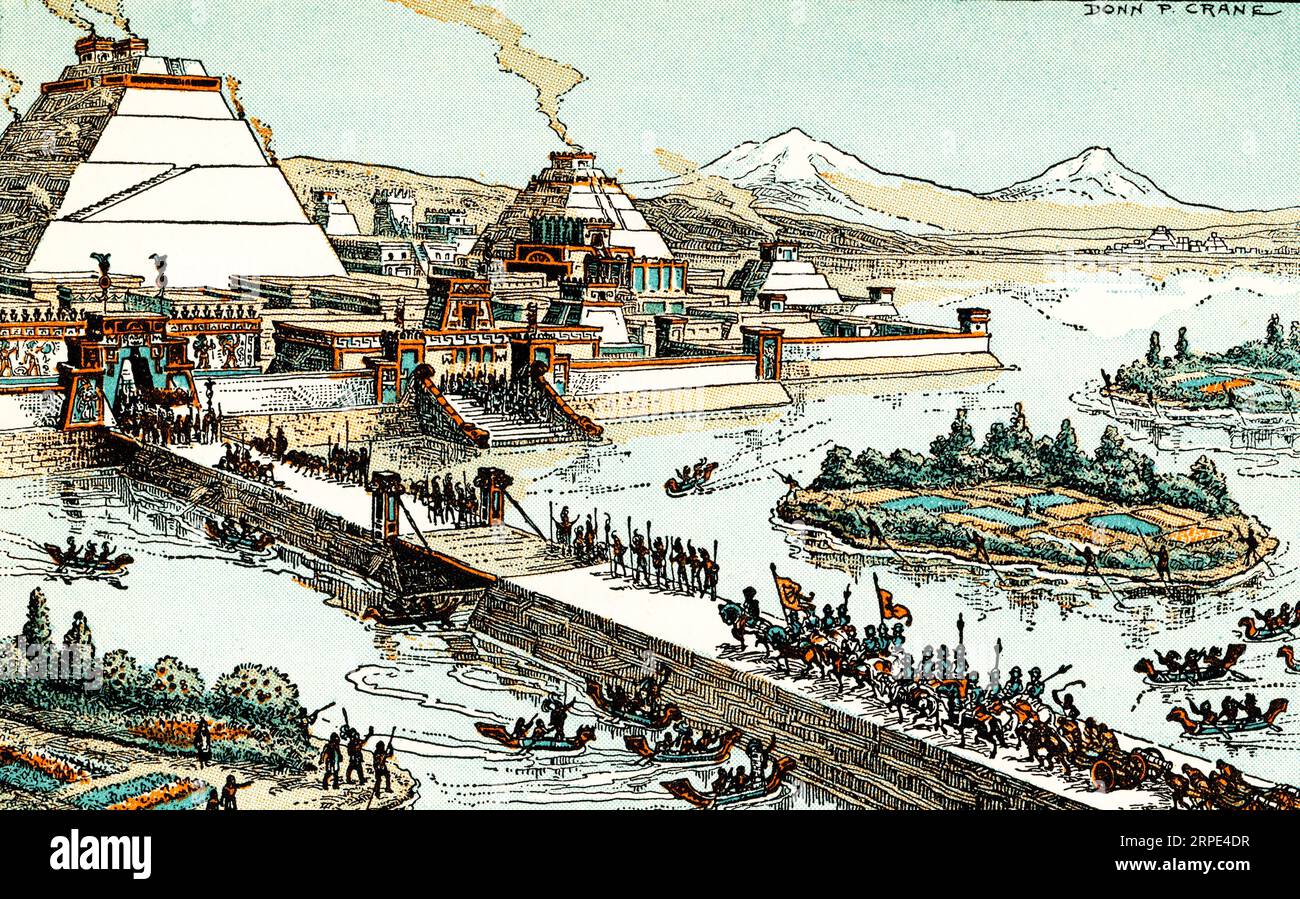 Hernan Cortes entering the city of Tenochtitlan, November 8th, 1519. By Donn Philip Crane (1878-1944). The fall of Tenochtitlan, the capital of the Aztec Empire, was an important event in the Spanish conquest of the empire. It occurred following extensive manipulation of local factions and exploitation of pre-existing political divisions by Spanish conquistador Hernán Cortés (1485-1547). Stock Photohttps://www.alamy.com/image-license-details/?v=1https://www.alamy.com/hernan-cortes-entering-the-city-of-tenochtitlan-november-8th-1519-by-donn-philip-crane-1878-1944-the-fall-of-tenochtitlan-the-capital-of-the-aztec-empire-was-an-important-event-in-the-spanish-conquest-of-the-empire-it-occurred-following-extensive-manipulation-of-local-factions-and-exploitation-of-pre-existing-political-divisions-by-spanish-conquistador-hernn-corts-1485-1547-image564565059.html
Hernan Cortes entering the city of Tenochtitlan, November 8th, 1519. By Donn Philip Crane (1878-1944). The fall of Tenochtitlan, the capital of the Aztec Empire, was an important event in the Spanish conquest of the empire. It occurred following extensive manipulation of local factions and exploitation of pre-existing political divisions by Spanish conquistador Hernán Cortés (1485-1547). Stock Photohttps://www.alamy.com/image-license-details/?v=1https://www.alamy.com/hernan-cortes-entering-the-city-of-tenochtitlan-november-8th-1519-by-donn-philip-crane-1878-1944-the-fall-of-tenochtitlan-the-capital-of-the-aztec-empire-was-an-important-event-in-the-spanish-conquest-of-the-empire-it-occurred-following-extensive-manipulation-of-local-factions-and-exploitation-of-pre-existing-political-divisions-by-spanish-conquistador-hernn-corts-1485-1547-image564565059.htmlRM2RPE4DR–Hernan Cortes entering the city of Tenochtitlan, November 8th, 1519. By Donn Philip Crane (1878-1944). The fall of Tenochtitlan, the capital of the Aztec Empire, was an important event in the Spanish conquest of the empire. It occurred following extensive manipulation of local factions and exploitation of pre-existing political divisions by Spanish conquistador Hernán Cortés (1485-1547).
 Jean Peters and Tyrone Power star in 'Captain from Castile' (1947), a historical adventure film. Power plays Pedro De Vargas, a Spanish nobleman who joins Hernán Cortés on his expedition to Mexico, while Peters portrays Catana Perez, his loyal and courageous love interest. Set during the Spanish conquest of the Aztec Empire, the film features epic battles, romance, and intrigue. Stock Photohttps://www.alamy.com/image-license-details/?v=1https://www.alamy.com/jean-peters-and-tyrone-power-star-in-captain-from-castile-1947-a-historical-adventure-film-power-plays-pedro-de-vargas-a-spanish-nobleman-who-joins-hernn-corts-on-his-expedition-to-mexico-while-peters-portrays-catana-perez-his-loyal-and-courageous-love-interest-set-during-the-spanish-conquest-of-the-aztec-empire-the-film-features-epic-battles-romance-and-intrigue-image594090755.html
Jean Peters and Tyrone Power star in 'Captain from Castile' (1947), a historical adventure film. Power plays Pedro De Vargas, a Spanish nobleman who joins Hernán Cortés on his expedition to Mexico, while Peters portrays Catana Perez, his loyal and courageous love interest. Set during the Spanish conquest of the Aztec Empire, the film features epic battles, romance, and intrigue. Stock Photohttps://www.alamy.com/image-license-details/?v=1https://www.alamy.com/jean-peters-and-tyrone-power-star-in-captain-from-castile-1947-a-historical-adventure-film-power-plays-pedro-de-vargas-a-spanish-nobleman-who-joins-hernn-corts-on-his-expedition-to-mexico-while-peters-portrays-catana-perez-his-loyal-and-courageous-love-interest-set-during-the-spanish-conquest-of-the-aztec-empire-the-film-features-epic-battles-romance-and-intrigue-image594090755.htmlRM2WEF4PY–Jean Peters and Tyrone Power star in 'Captain from Castile' (1947), a historical adventure film. Power plays Pedro De Vargas, a Spanish nobleman who joins Hernán Cortés on his expedition to Mexico, while Peters portrays Catana Perez, his loyal and courageous love interest. Set during the Spanish conquest of the Aztec Empire, the film features epic battles, romance, and intrigue.
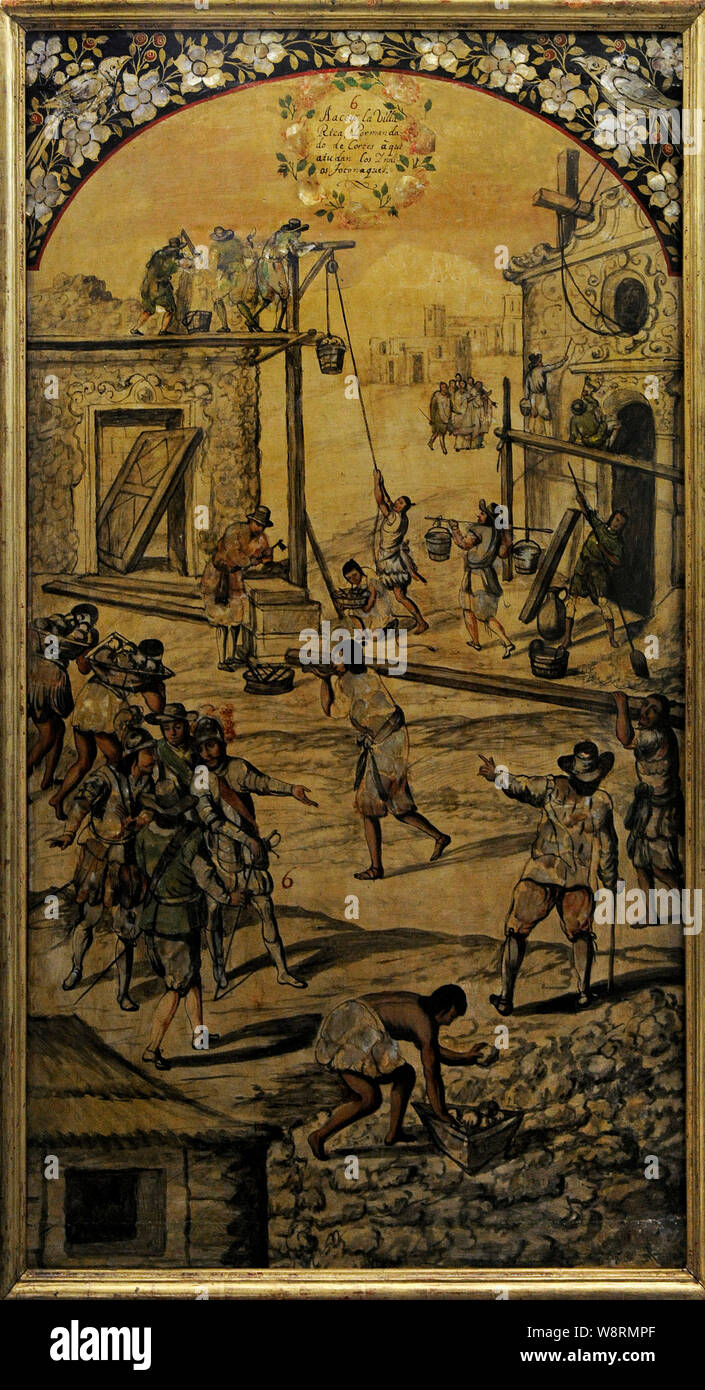 Spanish conquest of the Aztec Empire (1519-21). Construction of the Villa Rica of La Vera Cruz, with the help of the Totonac Indians. Board 3 belonging to a set of 24 boards made with the 'enconchado' technique (fragments of mother-of-pearl embedded in the wooden surface, and soft layers of paint are added to the shiny surface). Painted by Juan and Miguel Gonzalez (active in the second half of the17th century). Reign of Charles II. Oil on panel and nacre. Viceroyalty of New Spain. Mexico, 1698. Museum of the Americas. Madrid, Spain. Stock Photohttps://www.alamy.com/image-license-details/?v=1https://www.alamy.com/spanish-conquest-of-the-aztec-empire-1519-21-construction-of-the-villa-rica-of-la-vera-cruz-with-the-help-of-the-totonac-indians-board-3-belonging-to-a-set-of-24-boards-made-with-the-enconchado-technique-fragments-of-mother-of-pearl-embedded-in-the-wooden-surface-and-soft-layers-of-paint-are-added-to-the-shiny-surface-painted-by-juan-and-miguel-gonzalez-active-in-the-second-half-of-the17th-century-reign-of-charles-ii-oil-on-panel-and-nacre-viceroyalty-of-new-spain-mexico-1698-museum-of-the-americas-madrid-spain-image263593975.html
Spanish conquest of the Aztec Empire (1519-21). Construction of the Villa Rica of La Vera Cruz, with the help of the Totonac Indians. Board 3 belonging to a set of 24 boards made with the 'enconchado' technique (fragments of mother-of-pearl embedded in the wooden surface, and soft layers of paint are added to the shiny surface). Painted by Juan and Miguel Gonzalez (active in the second half of the17th century). Reign of Charles II. Oil on panel and nacre. Viceroyalty of New Spain. Mexico, 1698. Museum of the Americas. Madrid, Spain. Stock Photohttps://www.alamy.com/image-license-details/?v=1https://www.alamy.com/spanish-conquest-of-the-aztec-empire-1519-21-construction-of-the-villa-rica-of-la-vera-cruz-with-the-help-of-the-totonac-indians-board-3-belonging-to-a-set-of-24-boards-made-with-the-enconchado-technique-fragments-of-mother-of-pearl-embedded-in-the-wooden-surface-and-soft-layers-of-paint-are-added-to-the-shiny-surface-painted-by-juan-and-miguel-gonzalez-active-in-the-second-half-of-the17th-century-reign-of-charles-ii-oil-on-panel-and-nacre-viceroyalty-of-new-spain-mexico-1698-museum-of-the-americas-madrid-spain-image263593975.htmlRMW8RMPF–Spanish conquest of the Aztec Empire (1519-21). Construction of the Villa Rica of La Vera Cruz, with the help of the Totonac Indians. Board 3 belonging to a set of 24 boards made with the 'enconchado' technique (fragments of mother-of-pearl embedded in the wooden surface, and soft layers of paint are added to the shiny surface). Painted by Juan and Miguel Gonzalez (active in the second half of the17th century). Reign of Charles II. Oil on panel and nacre. Viceroyalty of New Spain. Mexico, 1698. Museum of the Americas. Madrid, Spain.
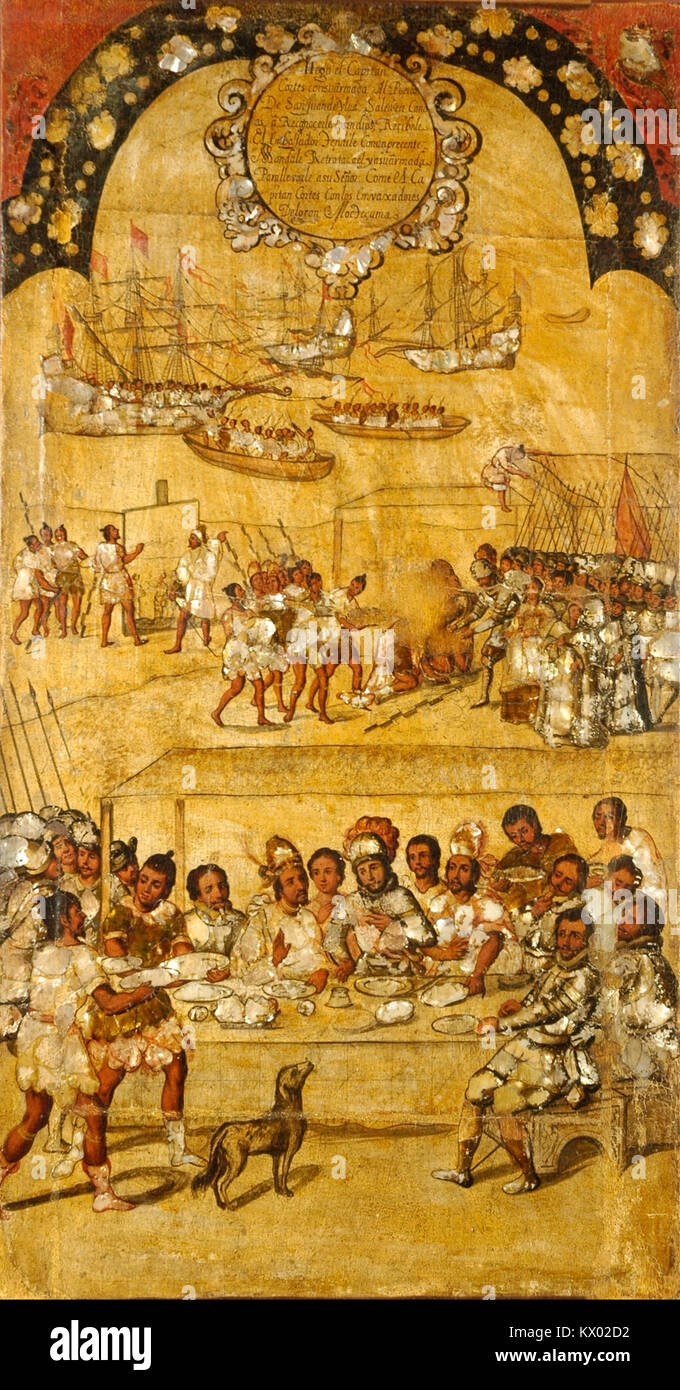 Miguel Gonzales' 'La Conquista de México' is a famous painting depicting the Spanish conquest of the Aztec Empire. This piece, shown in the Google Art Project, illustrates the historical events and the dramatic moments of this era in Mexican history. Stock Photohttps://www.alamy.com/image-license-details/?v=1https://www.alamy.com/stock-photo-miguel-gonzales-la-conquista-de-mxico-is-a-famous-painting-depicting-170876302.html
Miguel Gonzales' 'La Conquista de México' is a famous painting depicting the Spanish conquest of the Aztec Empire. This piece, shown in the Google Art Project, illustrates the historical events and the dramatic moments of this era in Mexican history. Stock Photohttps://www.alamy.com/image-license-details/?v=1https://www.alamy.com/stock-photo-miguel-gonzales-la-conquista-de-mxico-is-a-famous-painting-depicting-170876302.htmlRMKX02D2–Miguel Gonzales' 'La Conquista de México' is a famous painting depicting the Spanish conquest of the Aztec Empire. This piece, shown in the Google Art Project, illustrates the historical events and the dramatic moments of this era in Mexican history.
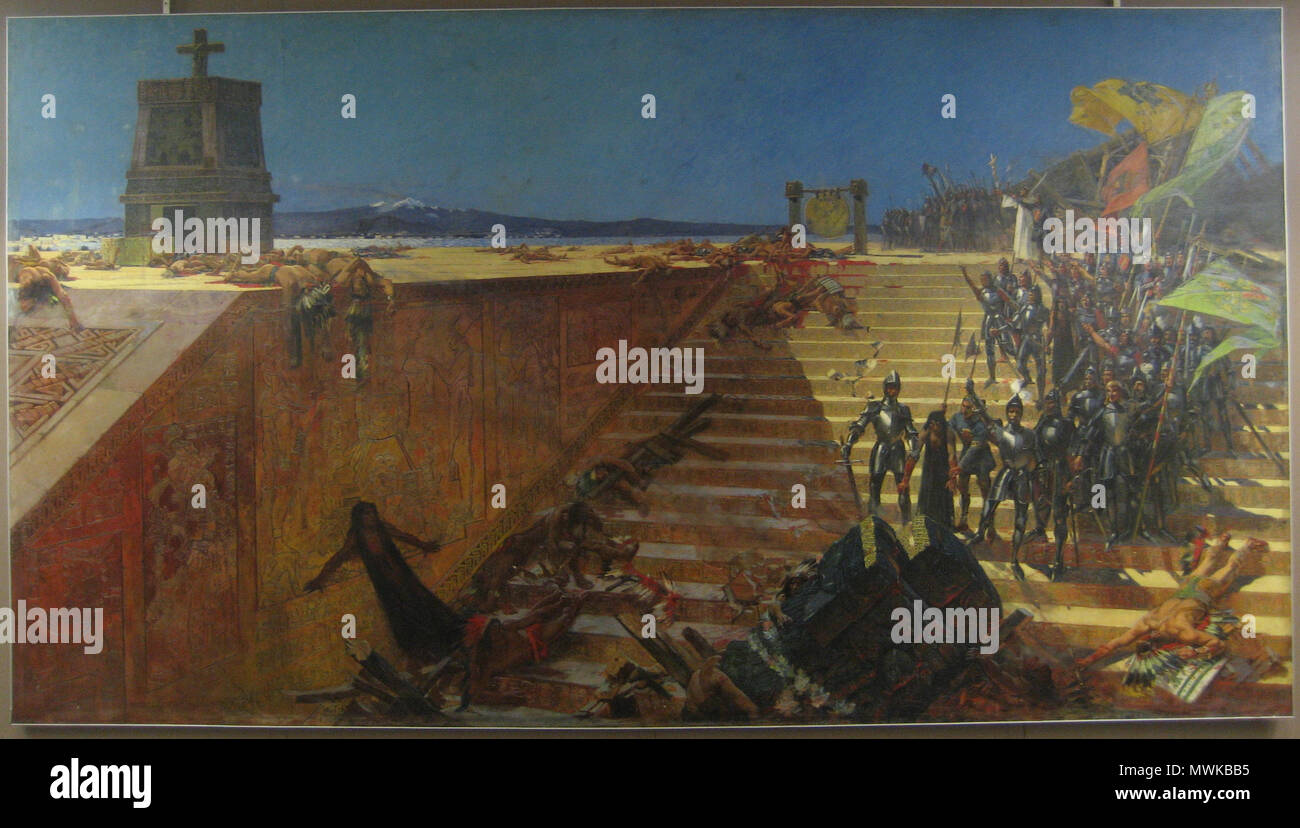 . The Last Days of Tenochtitlan—Conquest of Mexico . Depicting the Fall of Tenochtitlan, final battle of the Spanish conquest of the Aztec Empire in 1521. Photograph of the painting on display. . 1899 360 LastDaysofTenochtitlanB Stock Photohttps://www.alamy.com/image-license-details/?v=1https://www.alamy.com/the-last-days-of-tenochtitlanconquest-of-mexico-depicting-the-fall-of-tenochtitlan-final-battle-of-the-spanish-conquest-of-the-aztec-empire-in-1521-photograph-of-the-painting-on-display-1899-360-lastdaysoftenochtitlanb-image187896105.html
. The Last Days of Tenochtitlan—Conquest of Mexico . Depicting the Fall of Tenochtitlan, final battle of the Spanish conquest of the Aztec Empire in 1521. Photograph of the painting on display. . 1899 360 LastDaysofTenochtitlanB Stock Photohttps://www.alamy.com/image-license-details/?v=1https://www.alamy.com/the-last-days-of-tenochtitlanconquest-of-mexico-depicting-the-fall-of-tenochtitlan-final-battle-of-the-spanish-conquest-of-the-aztec-empire-in-1521-photograph-of-the-painting-on-display-1899-360-lastdaysoftenochtitlanb-image187896105.htmlRMMWKBB5–. The Last Days of Tenochtitlan—Conquest of Mexico . Depicting the Fall of Tenochtitlan, final battle of the Spanish conquest of the Aztec Empire in 1521. Photograph of the painting on display. . 1899 360 LastDaysofTenochtitlanB
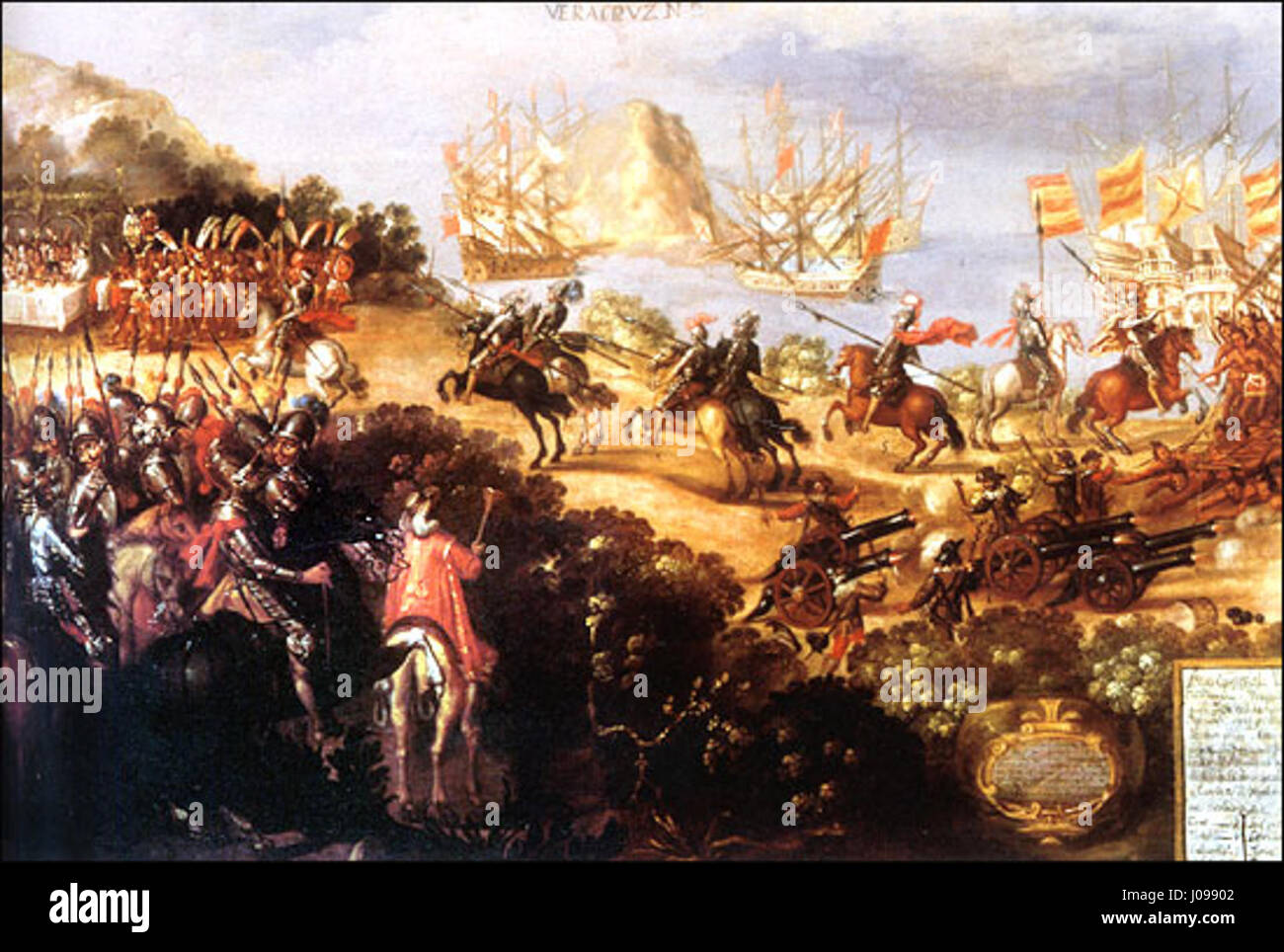 This historical artwork depicts the arrival of Spanish conquistador Hernán Cortés in Veracruz, Mexico, and the reception by Moctezuma's ambassadors, marking a significant event in the Spanish conquest of the Aztec Empire. Stock Photohttps://www.alamy.com/image-license-details/?v=1https://www.alamy.com/stock-photo-this-historical-artwork-depicts-the-arrival-of-spanish-conquistador-137887570.html
This historical artwork depicts the arrival of Spanish conquistador Hernán Cortés in Veracruz, Mexico, and the reception by Moctezuma's ambassadors, marking a significant event in the Spanish conquest of the Aztec Empire. Stock Photohttps://www.alamy.com/image-license-details/?v=1https://www.alamy.com/stock-photo-this-historical-artwork-depicts-the-arrival-of-spanish-conquistador-137887570.htmlRMJ09902–This historical artwork depicts the arrival of Spanish conquistador Hernán Cortés in Veracruz, Mexico, and the reception by Moctezuma's ambassadors, marking a significant event in the Spanish conquest of the Aztec Empire.
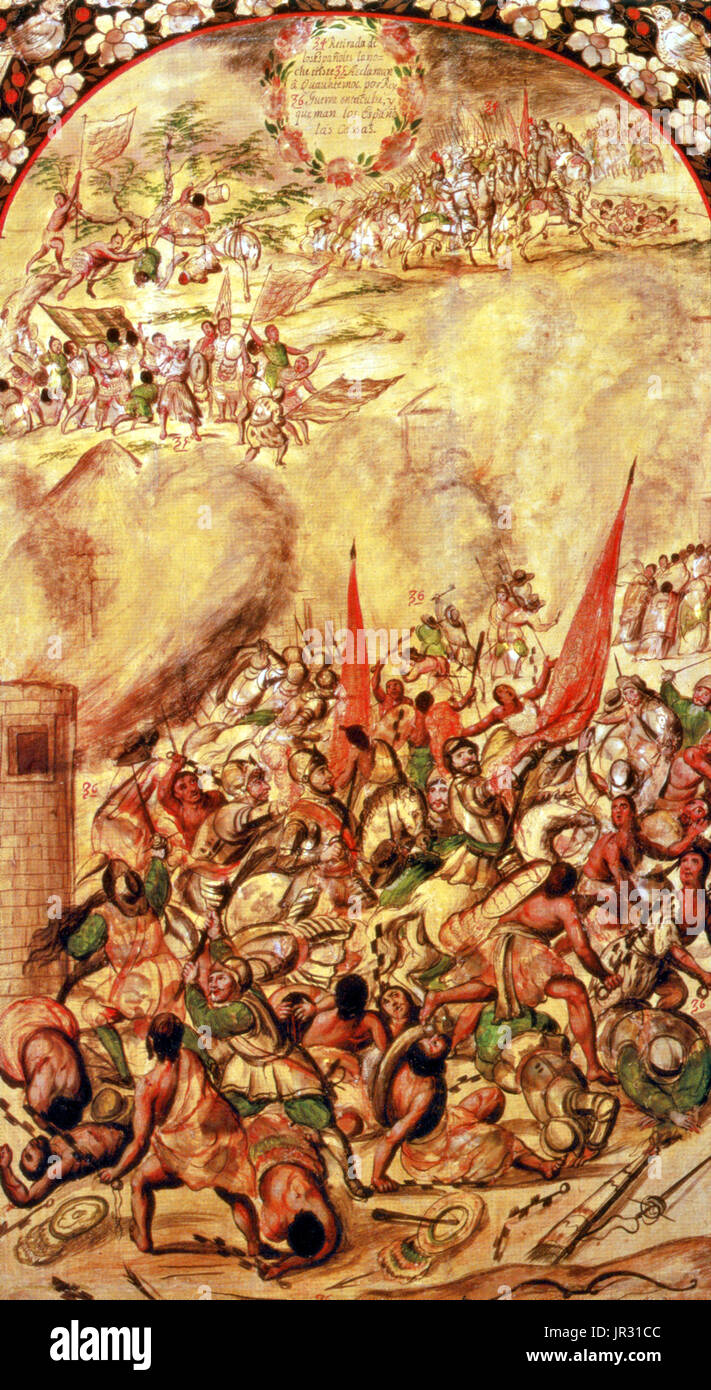 La Noche Triste on June 30, 1520, was an important event during the Spanish conquest of Mexico, wherein Hernando Cortez and his invading army of Spanish conquistadors and native allies were driven out of the Mexican capital at Tenochtitlan following the death of the Aztec king Moctezuma II. On the night of July 1, 1520, Cortez and his army left their compound and headed west, toward the Tlacopan causeway. As the Spaniards and their native allies reached the causeway, hundreds of canoes appeared in the waters alongside to harry them. The Spaniards fought their way across the causeway in the rai Stock Photohttps://www.alamy.com/image-license-details/?v=1https://www.alamy.com/la-noche-triste-on-june-30-1520-was-an-important-event-during-the-image151887020.html
La Noche Triste on June 30, 1520, was an important event during the Spanish conquest of Mexico, wherein Hernando Cortez and his invading army of Spanish conquistadors and native allies were driven out of the Mexican capital at Tenochtitlan following the death of the Aztec king Moctezuma II. On the night of July 1, 1520, Cortez and his army left their compound and headed west, toward the Tlacopan causeway. As the Spaniards and their native allies reached the causeway, hundreds of canoes appeared in the waters alongside to harry them. The Spaniards fought their way across the causeway in the rai Stock Photohttps://www.alamy.com/image-license-details/?v=1https://www.alamy.com/la-noche-triste-on-june-30-1520-was-an-important-event-during-the-image151887020.htmlRMJR31CC–La Noche Triste on June 30, 1520, was an important event during the Spanish conquest of Mexico, wherein Hernando Cortez and his invading army of Spanish conquistadors and native allies were driven out of the Mexican capital at Tenochtitlan following the death of the Aztec king Moctezuma II. On the night of July 1, 1520, Cortez and his army left their compound and headed west, toward the Tlacopan causeway. As the Spaniards and their native allies reached the causeway, hundreds of canoes appeared in the waters alongside to harry them. The Spaniards fought their way across the causeway in the rai
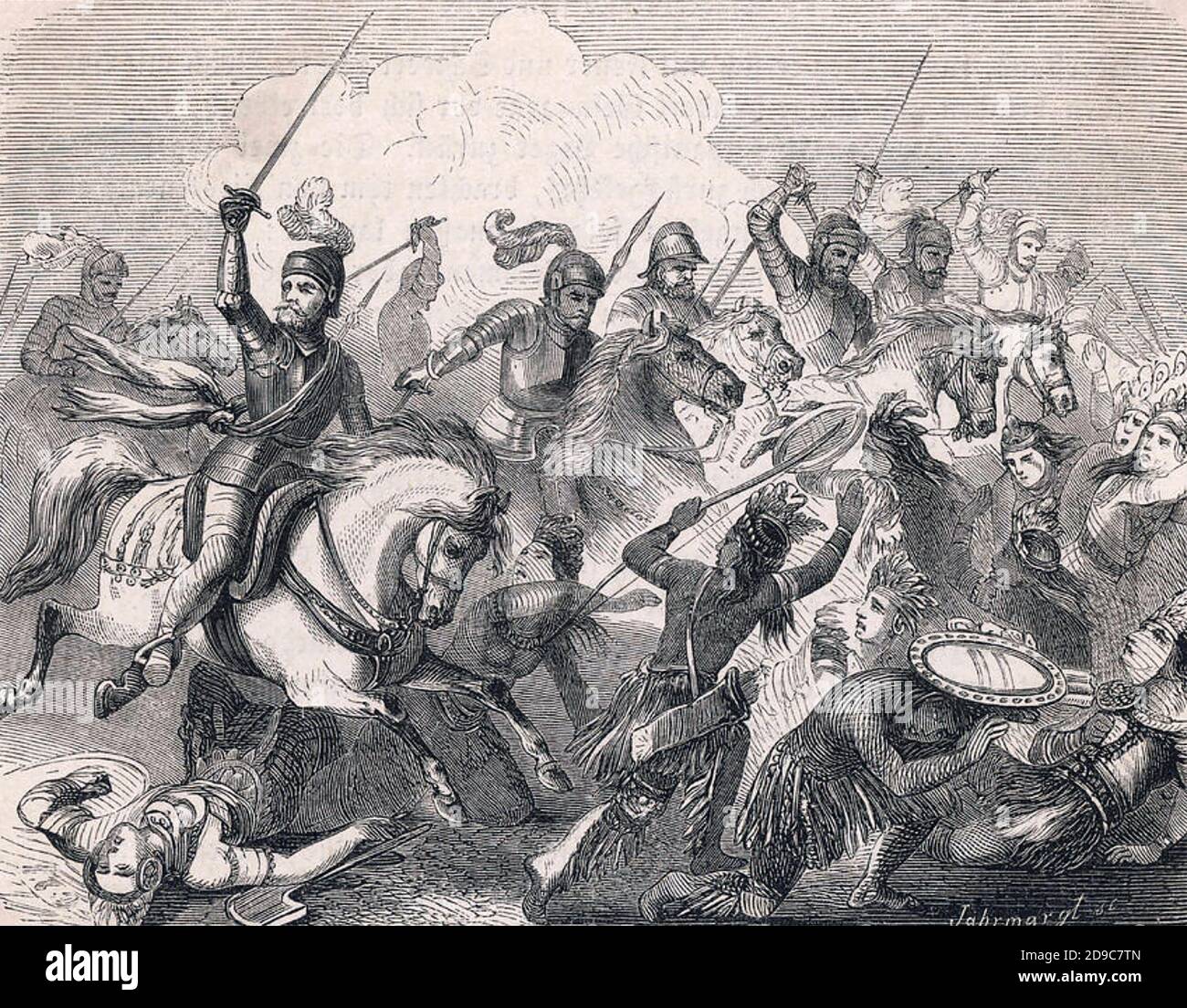 CONQUISTADORS strike fear into their Aztec opponents who had never seen horses before. Hernán Cortés campaigned against the Aztec empire from 1519-1521. Stock Photohttps://www.alamy.com/image-license-details/?v=1https://www.alamy.com/conquistadors-strike-fear-into-their-aztec-opponents-who-had-never-seen-horses-before-hernn-corts-campaigned-against-the-aztec-empire-from-1519-1521-image384429605.html
CONQUISTADORS strike fear into their Aztec opponents who had never seen horses before. Hernán Cortés campaigned against the Aztec empire from 1519-1521. Stock Photohttps://www.alamy.com/image-license-details/?v=1https://www.alamy.com/conquistadors-strike-fear-into-their-aztec-opponents-who-had-never-seen-horses-before-hernn-corts-campaigned-against-the-aztec-empire-from-1519-1521-image384429605.htmlRM2D9C7TN–CONQUISTADORS strike fear into their Aztec opponents who had never seen horses before. Hernán Cortés campaigned against the Aztec empire from 1519-1521.
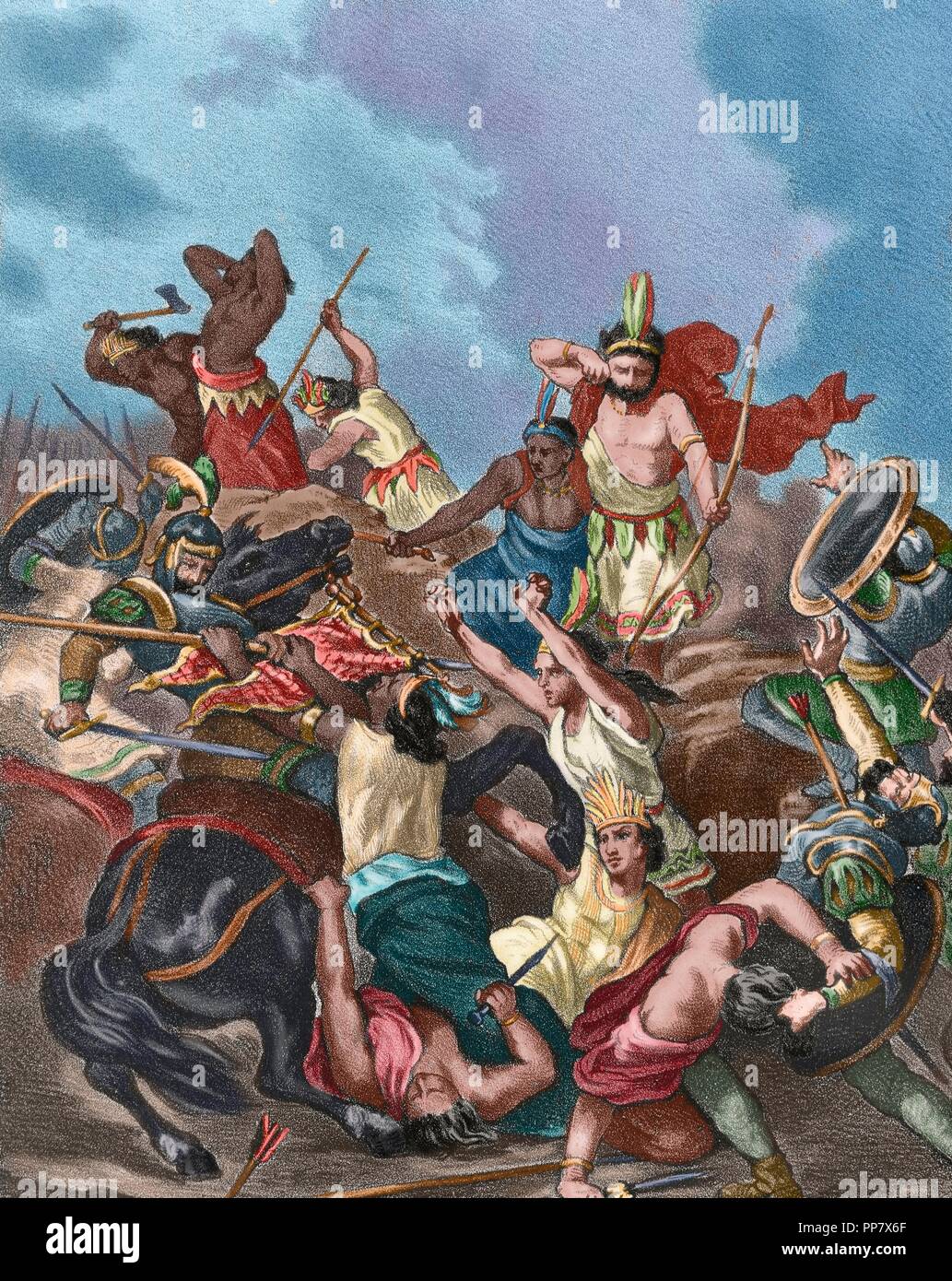 Spanish conquest of the Aztec Empire (1519-1521). Battle of Otumba, 1520. Engraving, 1875. Colored. Stock Photohttps://www.alamy.com/image-license-details/?v=1https://www.alamy.com/spanish-conquest-of-the-aztec-empire-1519-1521-battle-of-otumba-1520-engraving-1875-colored-image220221079.html
Spanish conquest of the Aztec Empire (1519-1521). Battle of Otumba, 1520. Engraving, 1875. Colored. Stock Photohttps://www.alamy.com/image-license-details/?v=1https://www.alamy.com/spanish-conquest-of-the-aztec-empire-1519-1521-battle-of-otumba-1520-engraving-1875-colored-image220221079.htmlRMPP7X6F–Spanish conquest of the Aztec Empire (1519-1521). Battle of Otumba, 1520. Engraving, 1875. Colored.
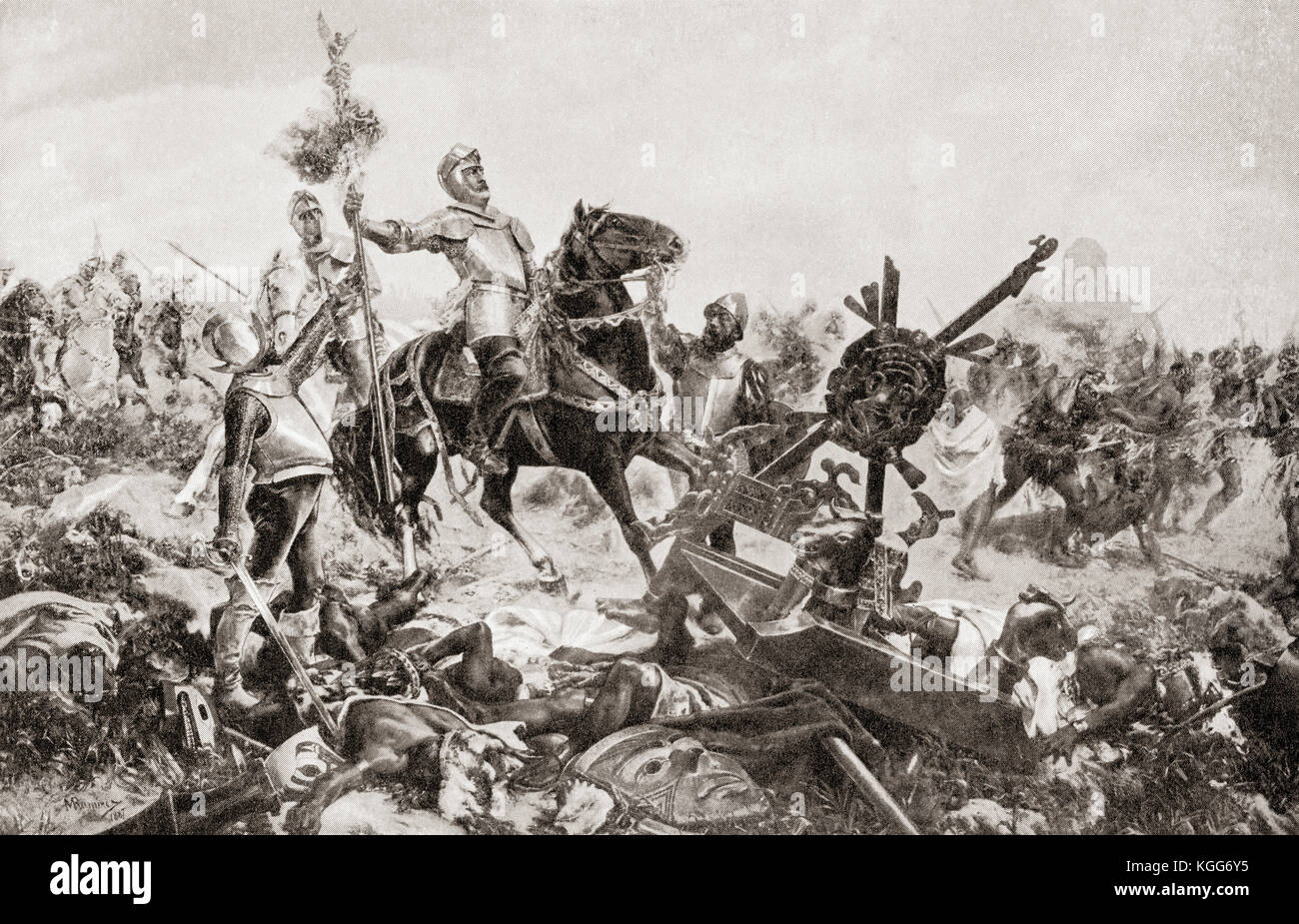 Hernán Cortés victorious at the Battle of Otumba, Otumba de Gómez Farías, where he defeated the Aztecs in 1520. Hernán Cortés de Monroy y Pizarro Altamirano, Marquis of the Valley of Oaxaca, 1485 – 1547. Spanish Conquistador, leader of an expedition that caused the fall of the Aztec Empire. From Hutchinson's History of the Nations, published 1915. Stock Photohttps://www.alamy.com/image-license-details/?v=1https://www.alamy.com/stock-image-hernn-corts-victorious-at-the-battle-of-otumba-otumba-de-gmez-faras-165084505.html
Hernán Cortés victorious at the Battle of Otumba, Otumba de Gómez Farías, where he defeated the Aztecs in 1520. Hernán Cortés de Monroy y Pizarro Altamirano, Marquis of the Valley of Oaxaca, 1485 – 1547. Spanish Conquistador, leader of an expedition that caused the fall of the Aztec Empire. From Hutchinson's History of the Nations, published 1915. Stock Photohttps://www.alamy.com/image-license-details/?v=1https://www.alamy.com/stock-image-hernn-corts-victorious-at-the-battle-of-otumba-otumba-de-gmez-faras-165084505.htmlRMKGG6Y5–Hernán Cortés victorious at the Battle of Otumba, Otumba de Gómez Farías, where he defeated the Aztecs in 1520. Hernán Cortés de Monroy y Pizarro Altamirano, Marquis of the Valley of Oaxaca, 1485 – 1547. Spanish Conquistador, leader of an expedition that caused the fall of the Aztec Empire. From Hutchinson's History of the Nations, published 1915.
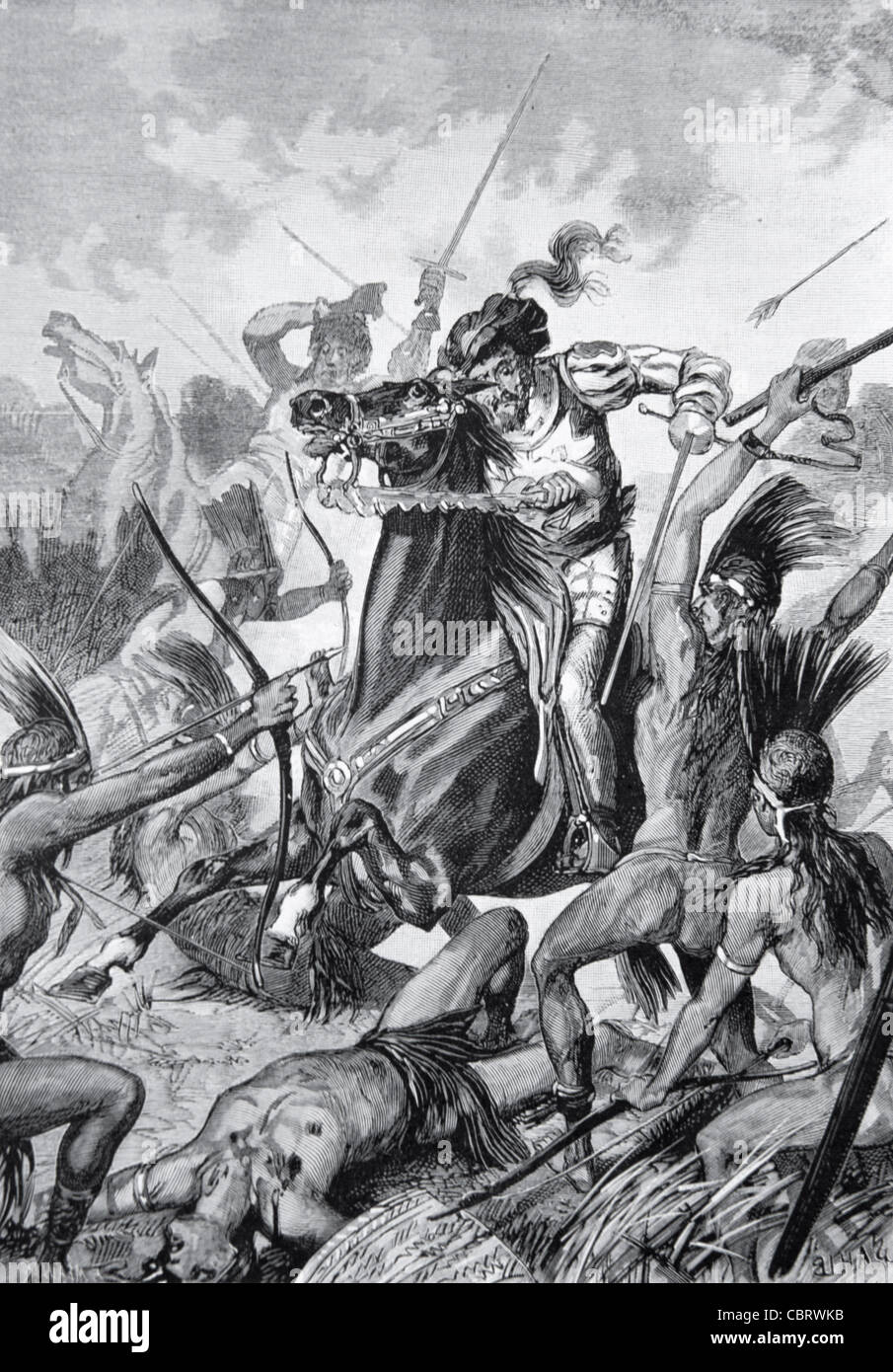 Hernando or Hernan Cortez (1485-1547) Spanish Conquistador Defeating the Aztecs in Battle, 1519, in Mexico. Vintage Illustration or Engraving Stock Photohttps://www.alamy.com/image-license-details/?v=1https://www.alamy.com/stock-photo-hernando-or-hernan-cortez-1485-1547-spanish-conquistador-defeating-41706991.html
Hernando or Hernan Cortez (1485-1547) Spanish Conquistador Defeating the Aztecs in Battle, 1519, in Mexico. Vintage Illustration or Engraving Stock Photohttps://www.alamy.com/image-license-details/?v=1https://www.alamy.com/stock-photo-hernando-or-hernan-cortez-1485-1547-spanish-conquistador-defeating-41706991.htmlRMCBRWKB–Hernando or Hernan Cortez (1485-1547) Spanish Conquistador Defeating the Aztecs in Battle, 1519, in Mexico. Vintage Illustration or Engraving
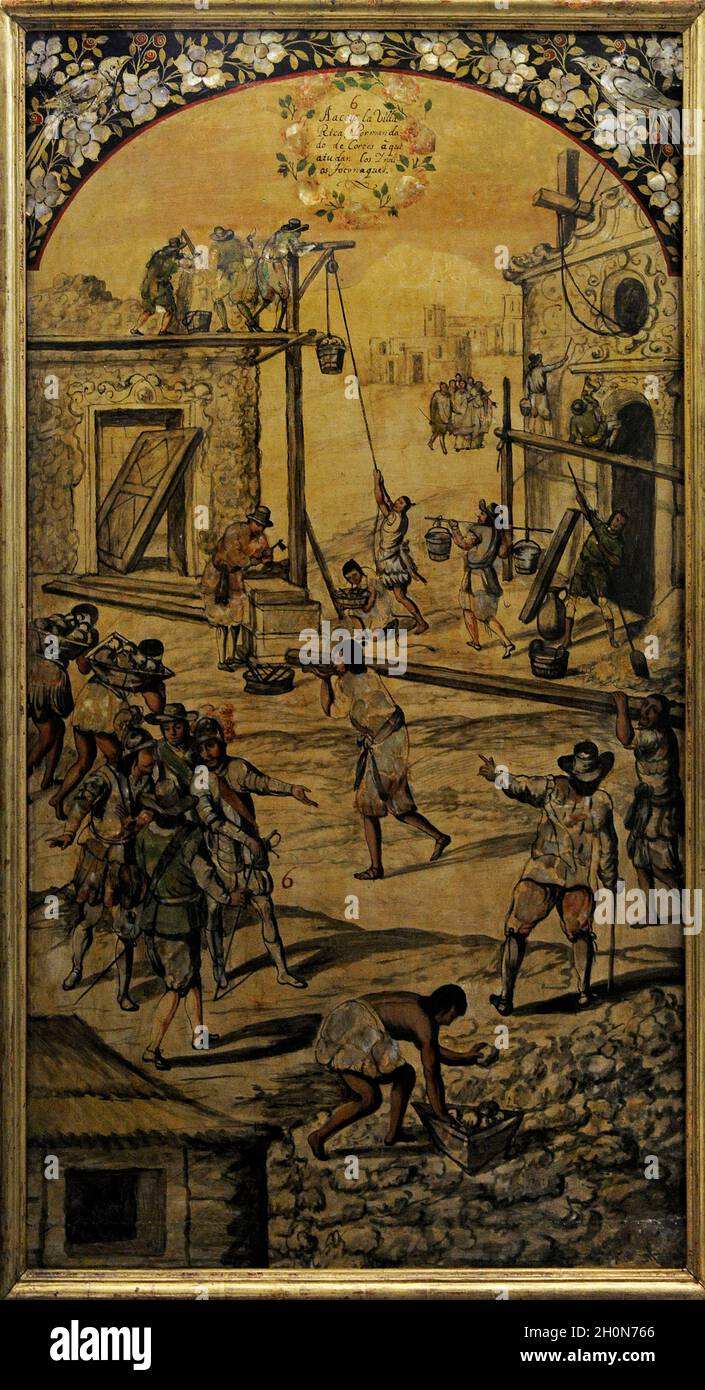 Spanish conquest of the Aztec Empire (1519-21). Construction of the Villa Rica of La Vera Cruz, with the help of the Totonac Indians. Board 3 belongin Stock Photohttps://www.alamy.com/image-license-details/?v=1https://www.alamy.com/spanish-conquest-of-the-aztec-empire-1519-21-construction-of-the-villa-rica-of-la-vera-cruz-with-the-help-of-the-totonac-indians-board-3-belongin-image447936222.html
Spanish conquest of the Aztec Empire (1519-21). Construction of the Villa Rica of La Vera Cruz, with the help of the Totonac Indians. Board 3 belongin Stock Photohttps://www.alamy.com/image-license-details/?v=1https://www.alamy.com/spanish-conquest-of-the-aztec-empire-1519-21-construction-of-the-villa-rica-of-la-vera-cruz-with-the-help-of-the-totonac-indians-board-3-belongin-image447936222.htmlRM2H0N766–Spanish conquest of the Aztec Empire (1519-21). Construction of the Villa Rica of La Vera Cruz, with the help of the Totonac Indians. Board 3 belongin
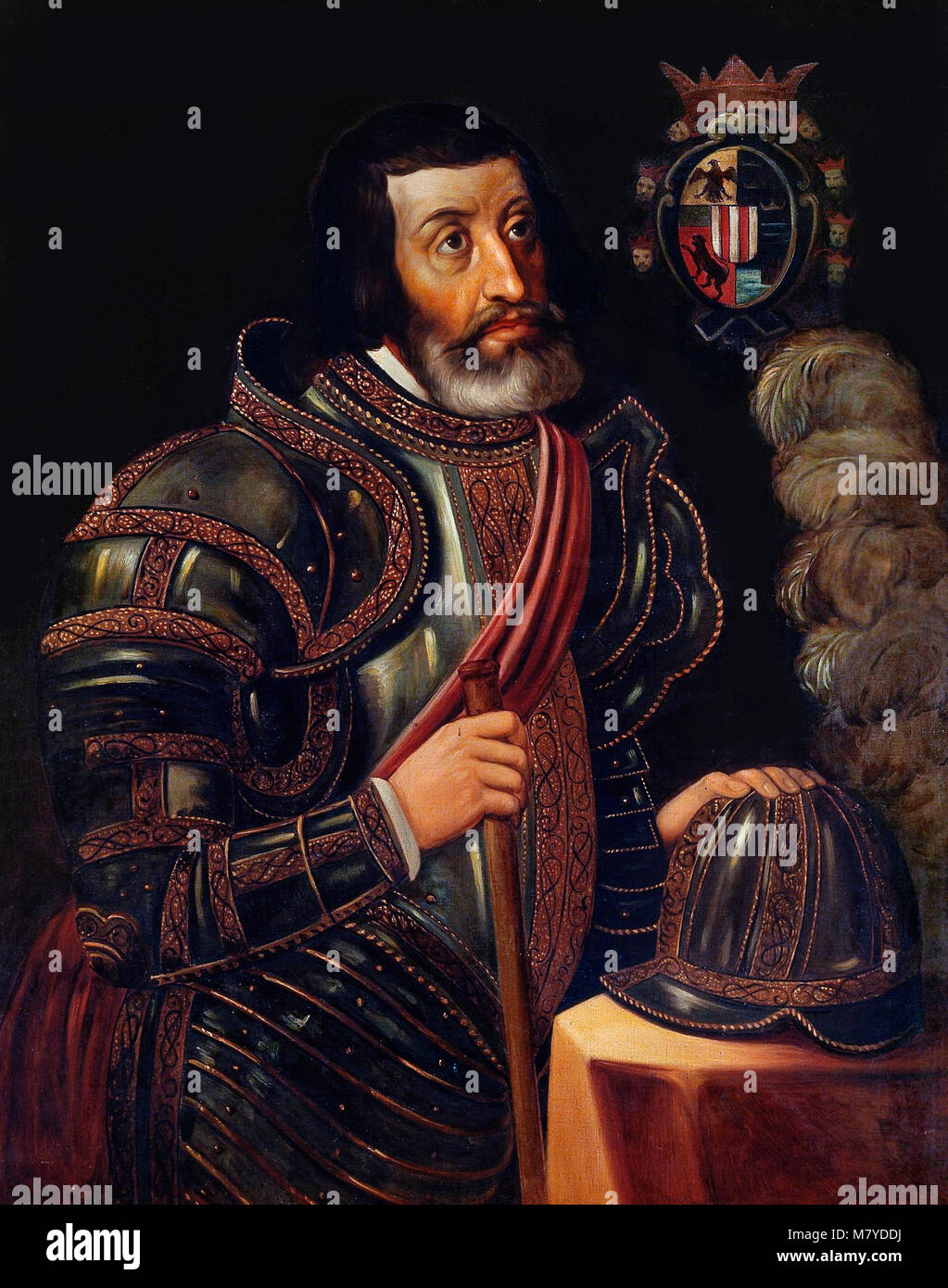 Hernán Cortés de Monroy y Pizarro Altamirano, Marquis of the Valley of Oaxaca (1485-1547). Portrait of the Spanish conquistador, Hernan Cortes, by José Salomé Pina, oil on canvas, c.1879. Stock Photohttps://www.alamy.com/image-license-details/?v=1https://www.alamy.com/stock-photo-hernn-corts-de-monroy-y-pizarro-altamirano-marquis-of-the-valley-of-177009550.html
Hernán Cortés de Monroy y Pizarro Altamirano, Marquis of the Valley of Oaxaca (1485-1547). Portrait of the Spanish conquistador, Hernan Cortes, by José Salomé Pina, oil on canvas, c.1879. Stock Photohttps://www.alamy.com/image-license-details/?v=1https://www.alamy.com/stock-photo-hernn-corts-de-monroy-y-pizarro-altamirano-marquis-of-the-valley-of-177009550.htmlRMM7YDDJ–Hernán Cortés de Monroy y Pizarro Altamirano, Marquis of the Valley of Oaxaca (1485-1547). Portrait of the Spanish conquistador, Hernan Cortes, by José Salomé Pina, oil on canvas, c.1879.
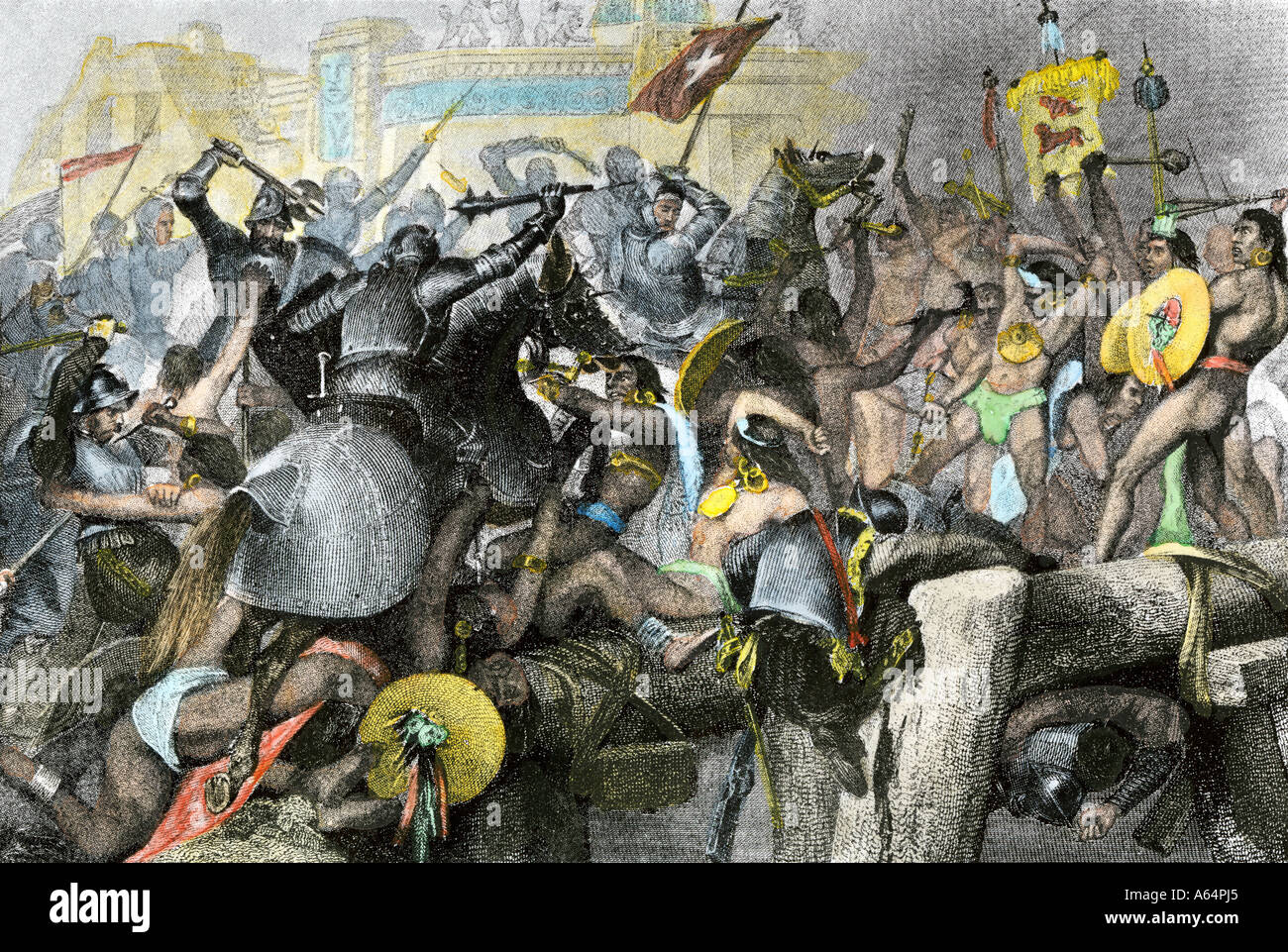 Conquest of the Aztec capital Tenochtitlan by the Spanish army of Hernando Cortes 1500s. Hand-colored halftone of an illustration Stock Photohttps://www.alamy.com/image-license-details/?v=1https://www.alamy.com/conquest-of-the-aztec-capital-tenochtitlan-by-the-spanish-army-of-image6548644.html
Conquest of the Aztec capital Tenochtitlan by the Spanish army of Hernando Cortes 1500s. Hand-colored halftone of an illustration Stock Photohttps://www.alamy.com/image-license-details/?v=1https://www.alamy.com/conquest-of-the-aztec-capital-tenochtitlan-by-the-spanish-army-of-image6548644.htmlRMA64PJ5–Conquest of the Aztec capital Tenochtitlan by the Spanish army of Hernando Cortes 1500s. Hand-colored halftone of an illustration
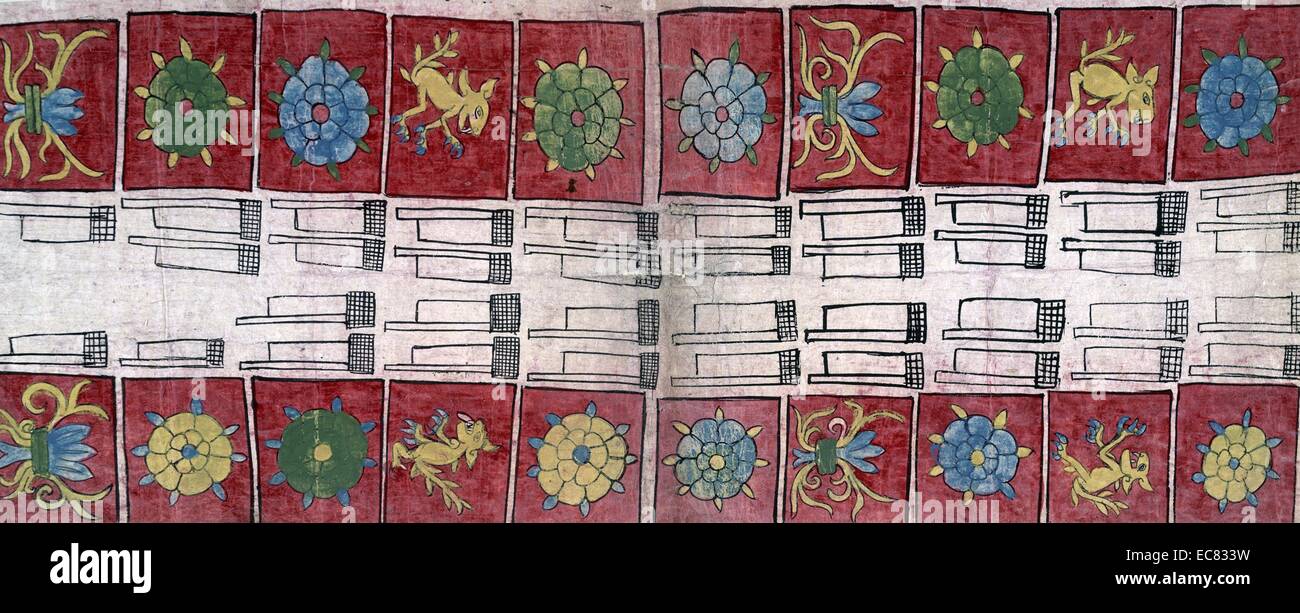 The Huexotzinco Codex. colonial-era Nahua pictorial manuscript, collectively known as Aztec codices. It is part of the testimony in a legal case against members of the First Audiencia (high court) in Mexico, particularly its president, Nuño de Guzmán, ten years after the Spanish conquest in 1521. Stock Photohttps://www.alamy.com/image-license-details/?v=1https://www.alamy.com/stock-photo-the-huexotzinco-codex-colonial-era-nahua-pictorial-manuscript-collectively-76395421.html
The Huexotzinco Codex. colonial-era Nahua pictorial manuscript, collectively known as Aztec codices. It is part of the testimony in a legal case against members of the First Audiencia (high court) in Mexico, particularly its president, Nuño de Guzmán, ten years after the Spanish conquest in 1521. Stock Photohttps://www.alamy.com/image-license-details/?v=1https://www.alamy.com/stock-photo-the-huexotzinco-codex-colonial-era-nahua-pictorial-manuscript-collectively-76395421.htmlRMEC833W–The Huexotzinco Codex. colonial-era Nahua pictorial manuscript, collectively known as Aztec codices. It is part of the testimony in a legal case against members of the First Audiencia (high court) in Mexico, particularly its president, Nuño de Guzmán, ten years after the Spanish conquest in 1521.
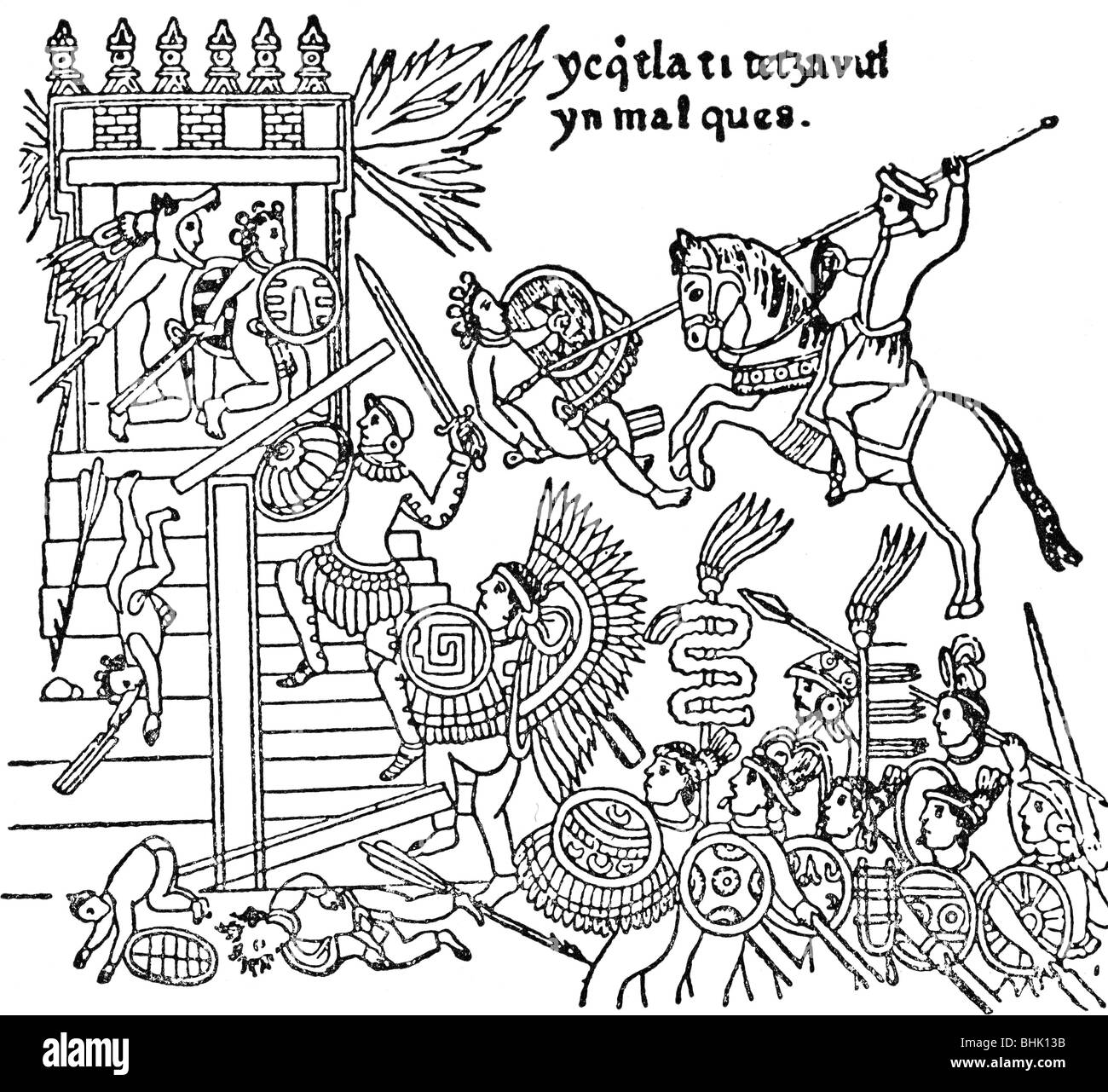 geography / travel, Mexico, Aztec Empire, Spanish conquistadors entering Aztec temple in Mexico, after Aztec drawings, Central America, historic, historical, conquest, conqueror, conquerors, Indian, native, indigenous people, Aztecs, violence, atrocity, atrocities, defence, defense, defences, defenses, soldiers, military, eagle, suit of armour, fighting, battle, CEAM, Stock Photohttps://www.alamy.com/image-license-details/?v=1https://www.alamy.com/stock-photo-geography-travel-mexico-aztec-empire-spanish-conquistadors-entering-28077487.html
geography / travel, Mexico, Aztec Empire, Spanish conquistadors entering Aztec temple in Mexico, after Aztec drawings, Central America, historic, historical, conquest, conqueror, conquerors, Indian, native, indigenous people, Aztecs, violence, atrocity, atrocities, defence, defense, defences, defenses, soldiers, military, eagle, suit of armour, fighting, battle, CEAM, Stock Photohttps://www.alamy.com/image-license-details/?v=1https://www.alamy.com/stock-photo-geography-travel-mexico-aztec-empire-spanish-conquistadors-entering-28077487.htmlRMBHK13B–geography / travel, Mexico, Aztec Empire, Spanish conquistadors entering Aztec temple in Mexico, after Aztec drawings, Central America, historic, historical, conquest, conqueror, conquerors, Indian, native, indigenous people, Aztecs, violence, atrocity, atrocities, defence, defense, defences, defenses, soldiers, military, eagle, suit of armour, fighting, battle, CEAM,
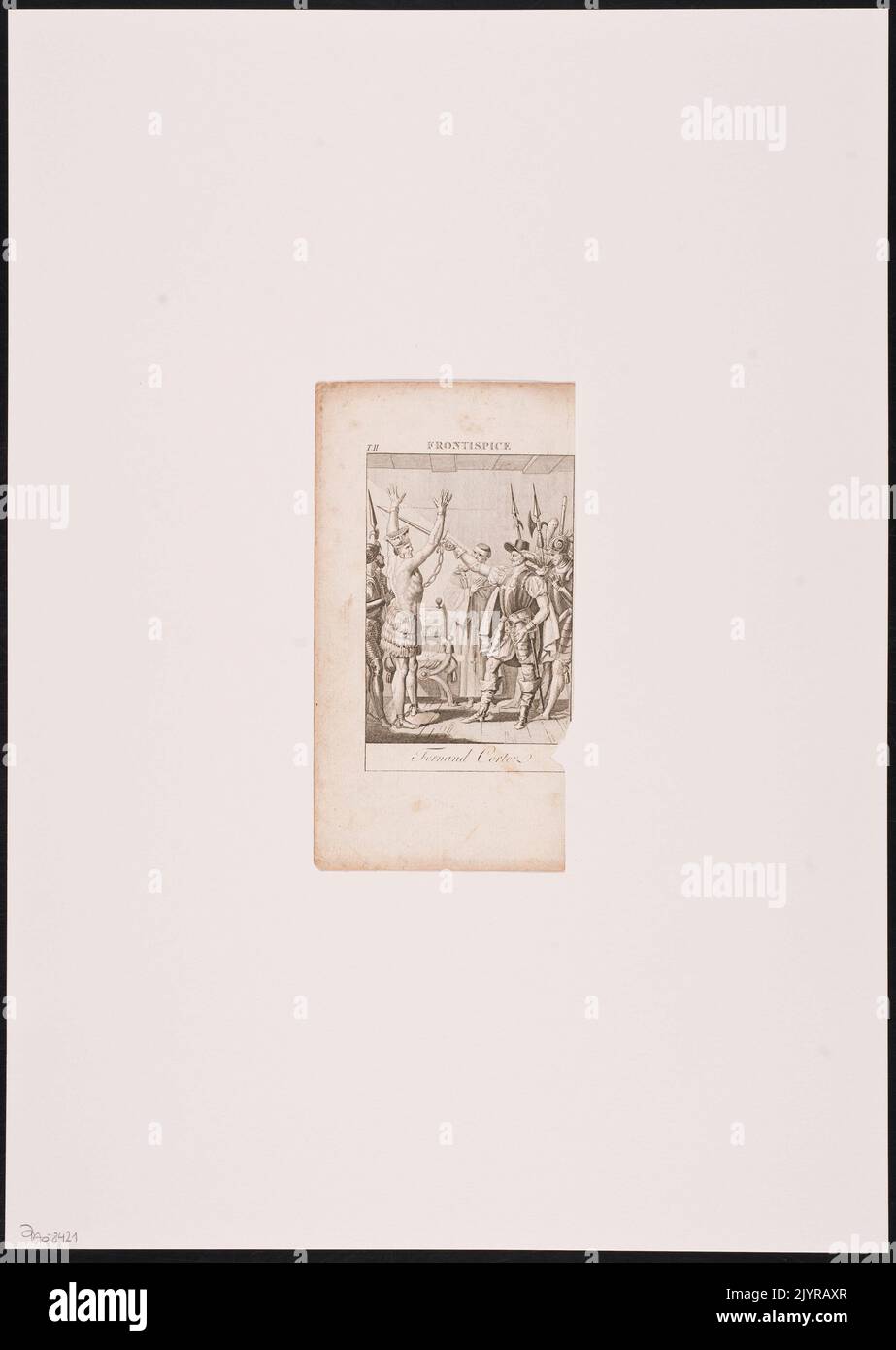 Hernán Cortés was a Spanish conquistador known for his role in the conquest of the Aztec Empire. He led the expedition that resulted in the fall of Tenochtitlán and the expansion of Spanish influence in Mexico during the early 16th century. Stock Photohttps://www.alamy.com/image-license-details/?v=1https://www.alamy.com/hernn-corts-was-a-spanish-conquistador-known-for-his-role-in-the-conquest-of-the-aztec-empire-he-led-the-expedition-that-resulted-in-the-fall-of-tenochtitln-and-the-expansion-of-spanish-influence-in-mexico-during-the-early-16th-century-image481789135.html
Hernán Cortés was a Spanish conquistador known for his role in the conquest of the Aztec Empire. He led the expedition that resulted in the fall of Tenochtitlán and the expansion of Spanish influence in Mexico during the early 16th century. Stock Photohttps://www.alamy.com/image-license-details/?v=1https://www.alamy.com/hernn-corts-was-a-spanish-conquistador-known-for-his-role-in-the-conquest-of-the-aztec-empire-he-led-the-expedition-that-resulted-in-the-fall-of-tenochtitln-and-the-expansion-of-spanish-influence-in-mexico-during-the-early-16th-century-image481789135.htmlRM2JYRAXR–Hernán Cortés was a Spanish conquistador known for his role in the conquest of the Aztec Empire. He led the expedition that resulted in the fall of Tenochtitlán and the expansion of Spanish influence in Mexico during the early 16th century.
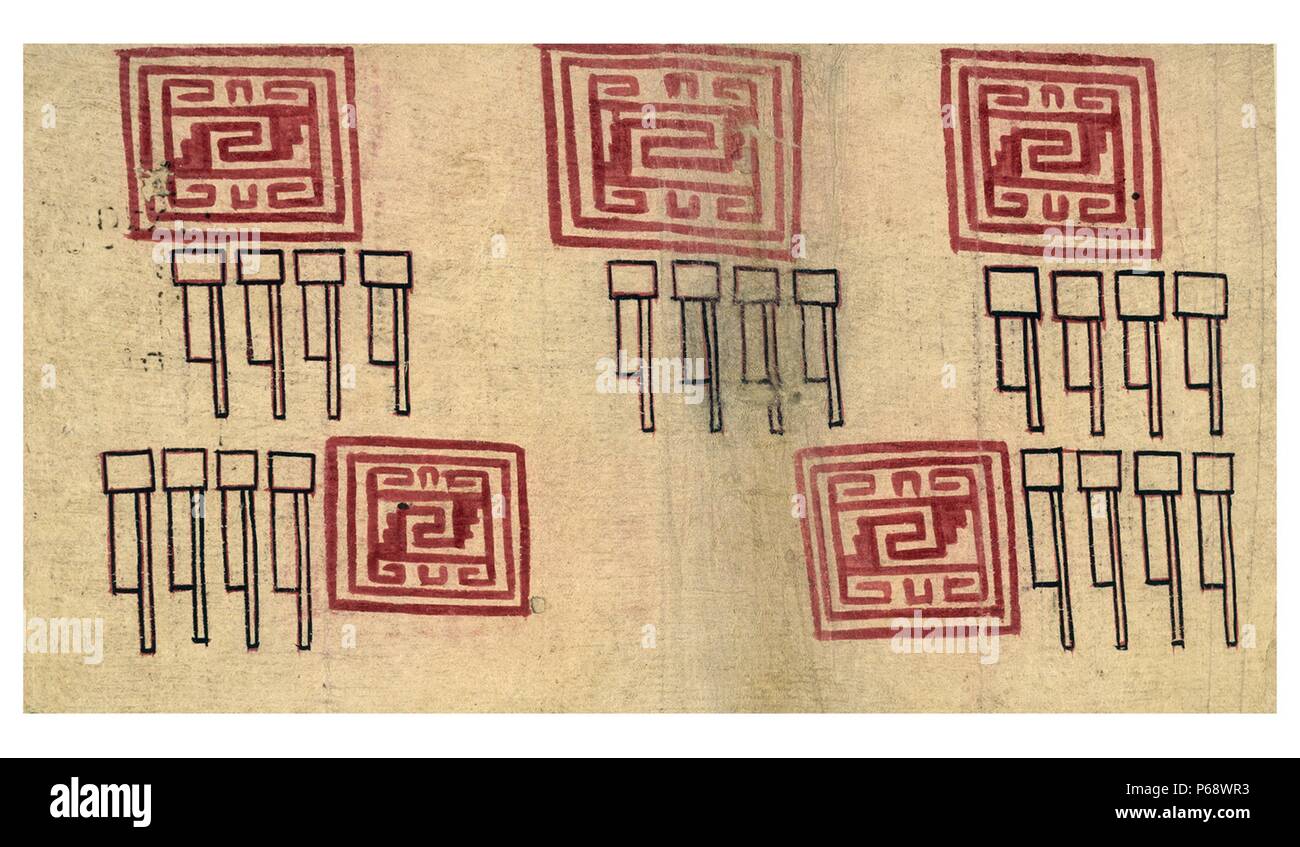 The Huexotzinco Codex. colonial-era Nahua pictorial manuscript, collectively known as Aztec codices. It is part of the testimony in a legal case against members of the First Audiencia (high court) in Mexico, particularly its president, Nuño de Guzmán, ten years after the Spanish conquest in 1521. Stock Photohttps://www.alamy.com/image-license-details/?v=1https://www.alamy.com/the-huexotzinco-codex-colonial-era-nahua-pictorial-manuscript-collectively-known-as-aztec-codices-it-is-part-of-the-testimony-in-a-legal-case-against-members-of-the-first-audiencia-high-court-in-mexico-particularly-its-president-nuo-de-guzmn-ten-years-after-the-spanish-conquest-in-1521-image210408215.html
The Huexotzinco Codex. colonial-era Nahua pictorial manuscript, collectively known as Aztec codices. It is part of the testimony in a legal case against members of the First Audiencia (high court) in Mexico, particularly its president, Nuño de Guzmán, ten years after the Spanish conquest in 1521. Stock Photohttps://www.alamy.com/image-license-details/?v=1https://www.alamy.com/the-huexotzinco-codex-colonial-era-nahua-pictorial-manuscript-collectively-known-as-aztec-codices-it-is-part-of-the-testimony-in-a-legal-case-against-members-of-the-first-audiencia-high-court-in-mexico-particularly-its-president-nuo-de-guzmn-ten-years-after-the-spanish-conquest-in-1521-image210408215.htmlRMP68WR3–The Huexotzinco Codex. colonial-era Nahua pictorial manuscript, collectively known as Aztec codices. It is part of the testimony in a legal case against members of the First Audiencia (high court) in Mexico, particularly its president, Nuño de Guzmán, ten years after the Spanish conquest in 1521.
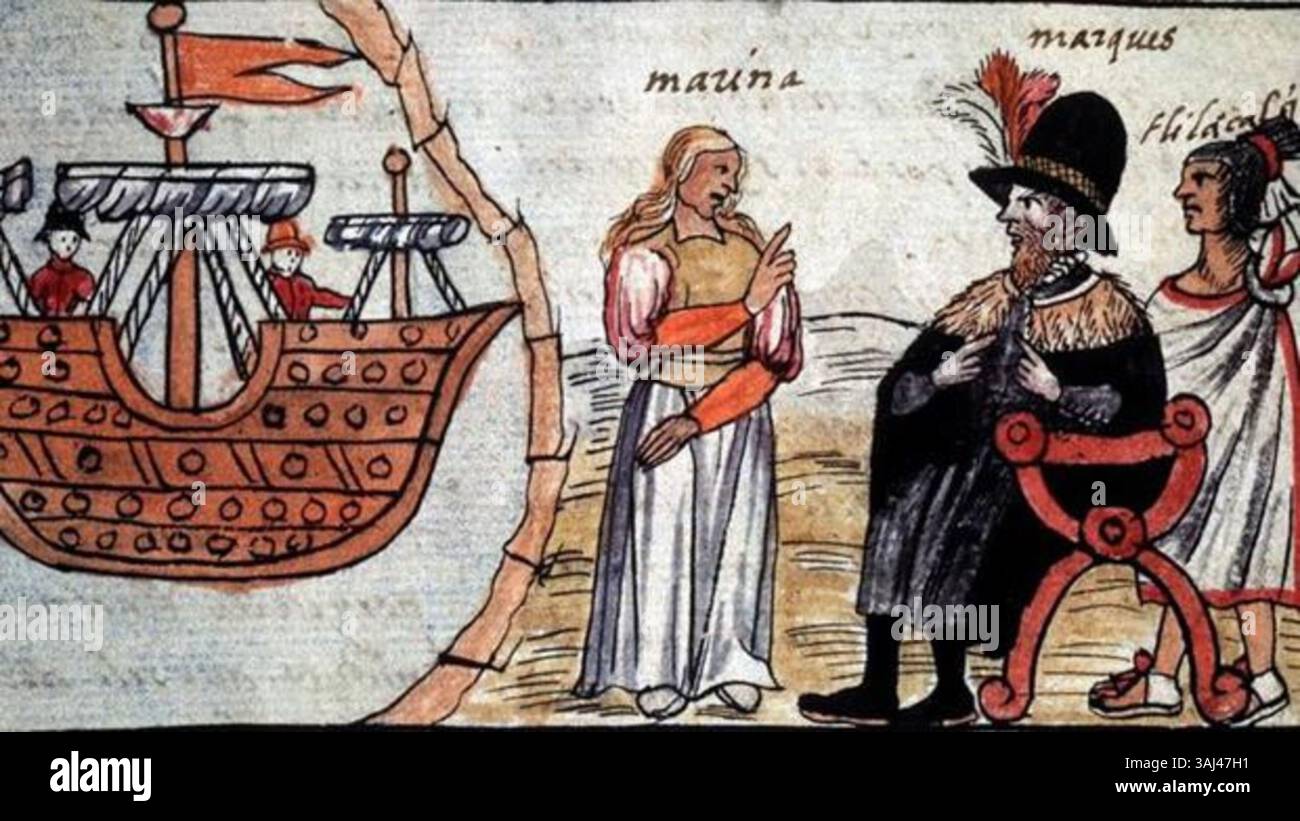 This 1576 drawing from the Durán Codex illustrates Hernán Cortés and La Malinche in Mexico-Tenochtitlan, offering a glimpse into the early Spanish conquest of the Aztec Empire. Stock Photohttps://www.alamy.com/image-license-details/?v=1https://www.alamy.com/this-1576-drawing-from-the-durn-codex-illustrates-hernn-corts-and-la-malinche-in-mexico-tenochtitlan-offering-a-glimpse-into-the-early-spanish-conquest-of-the-aztec-empire-image665151565.html
This 1576 drawing from the Durán Codex illustrates Hernán Cortés and La Malinche in Mexico-Tenochtitlan, offering a glimpse into the early Spanish conquest of the Aztec Empire. Stock Photohttps://www.alamy.com/image-license-details/?v=1https://www.alamy.com/this-1576-drawing-from-the-durn-codex-illustrates-hernn-corts-and-la-malinche-in-mexico-tenochtitlan-offering-a-glimpse-into-the-early-spanish-conquest-of-the-aztec-empire-image665151565.htmlRM3AJ47H1–This 1576 drawing from the Durán Codex illustrates Hernán Cortés and La Malinche in Mexico-Tenochtitlan, offering a glimpse into the early Spanish conquest of the Aztec Empire.
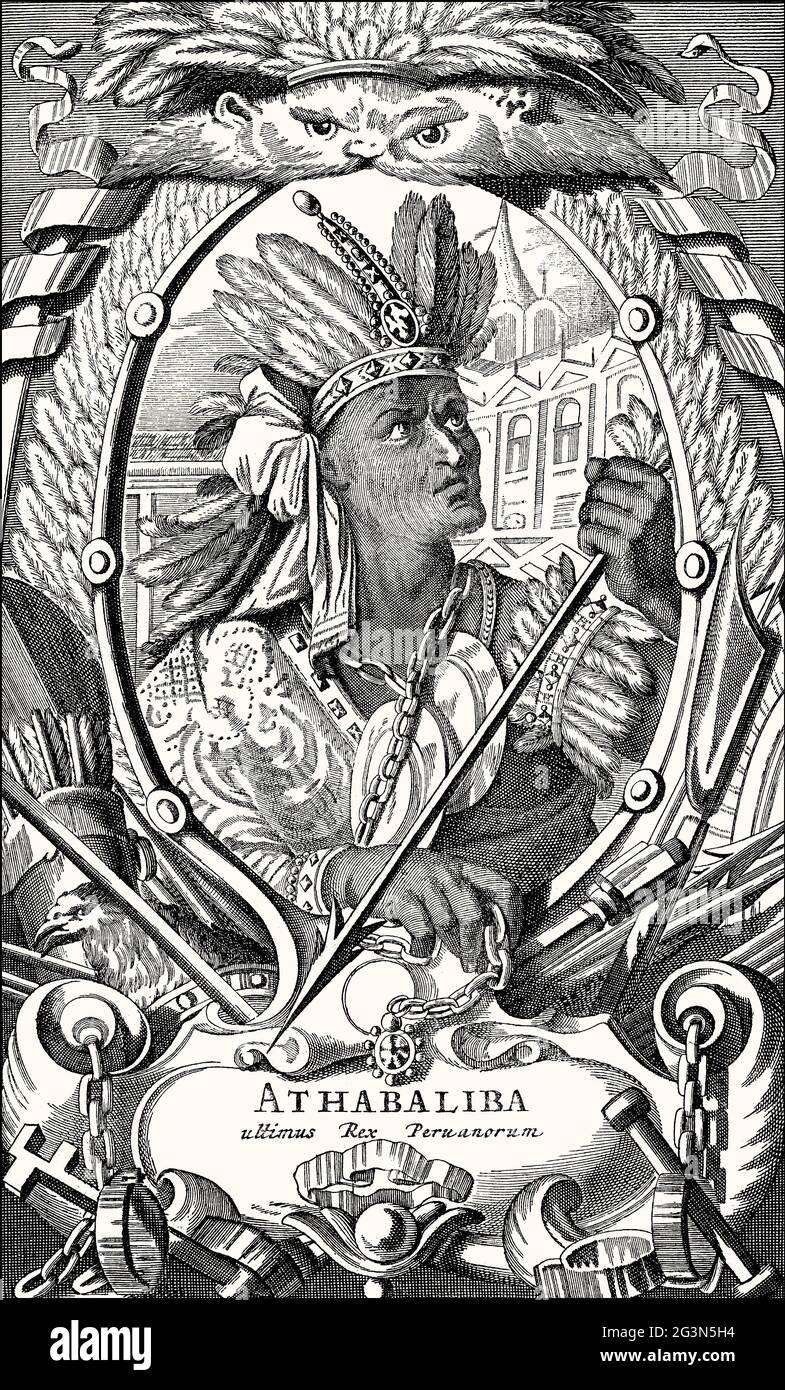 Atahualpa, c. 1502 – 1533, the last Inca Emperor Stock Photohttps://www.alamy.com/image-license-details/?v=1https://www.alamy.com/atahualpa-c-1502-1533-the-last-inca-emperor-image432568560.html
Atahualpa, c. 1502 – 1533, the last Inca Emperor Stock Photohttps://www.alamy.com/image-license-details/?v=1https://www.alamy.com/atahualpa-c-1502-1533-the-last-inca-emperor-image432568560.htmlRM2G3N5H4–Atahualpa, c. 1502 – 1533, the last Inca Emperor
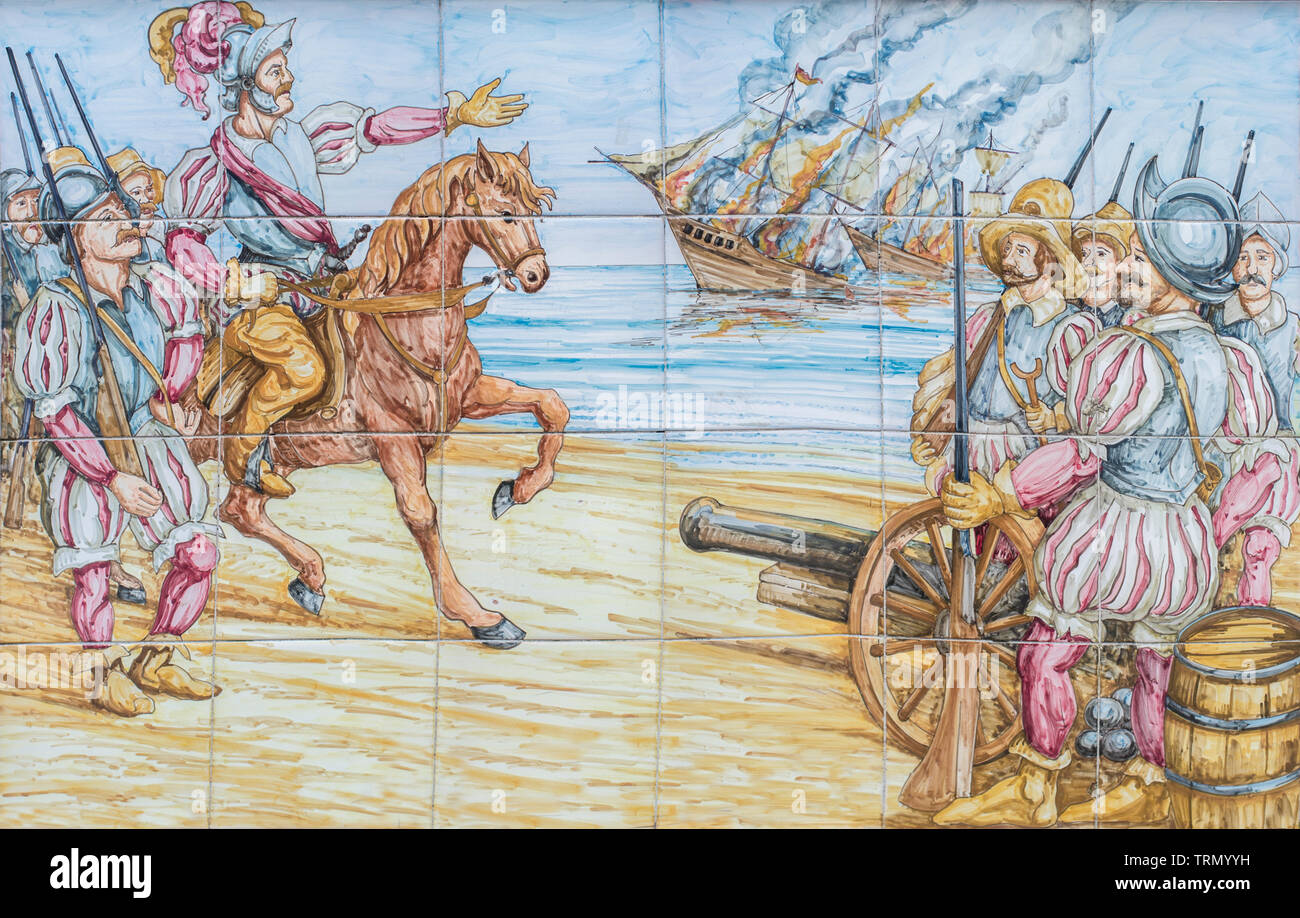 Badajoz, Spain - April 24th, 2019: Hernan Cortes burns his vessels arriving Mexico. Conquest of Aztec Empire scene. Glazed tiles wall Stock Photohttps://www.alamy.com/image-license-details/?v=1https://www.alamy.com/badajoz-spain-april-24th-2019-hernan-cortes-burns-his-vessels-arriving-mexico-conquest-of-aztec-empire-scene-glazed-tiles-wall-image255543221.html
Badajoz, Spain - April 24th, 2019: Hernan Cortes burns his vessels arriving Mexico. Conquest of Aztec Empire scene. Glazed tiles wall Stock Photohttps://www.alamy.com/image-license-details/?v=1https://www.alamy.com/badajoz-spain-april-24th-2019-hernan-cortes-burns-his-vessels-arriving-mexico-conquest-of-aztec-empire-scene-glazed-tiles-wall-image255543221.htmlRFTRMYYH–Badajoz, Spain - April 24th, 2019: Hernan Cortes burns his vessels arriving Mexico. Conquest of Aztec Empire scene. Glazed tiles wall
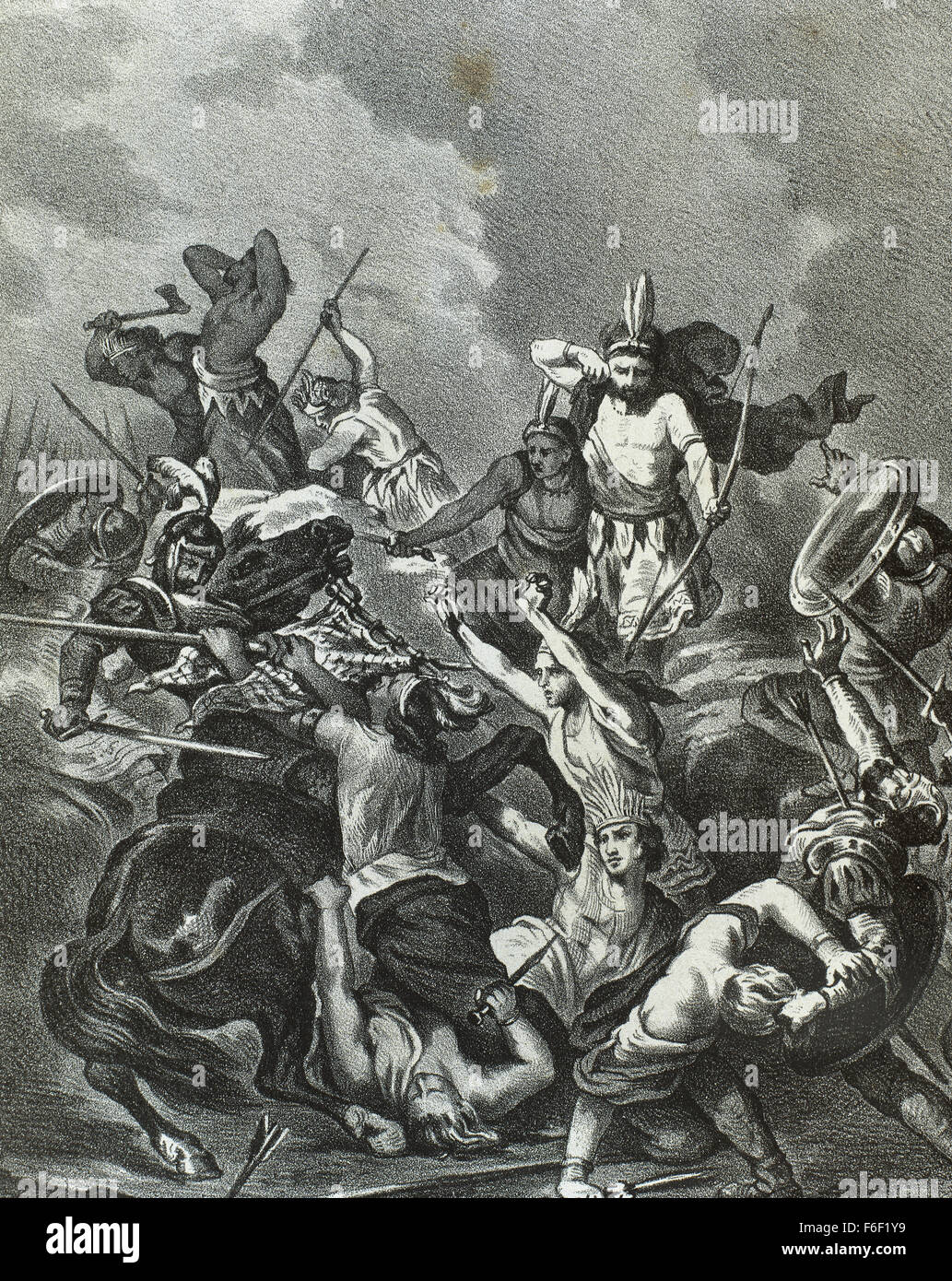 Spanish conquest of the Aztec Empire (1519-1521). Battle of Otumba, 1520. Engraving, 1875. Stock Photohttps://www.alamy.com/image-license-details/?v=1https://www.alamy.com/stock-photo-spanish-conquest-of-the-aztec-empire-1519-1521-battle-of-otumba-1520-90070605.html
Spanish conquest of the Aztec Empire (1519-1521). Battle of Otumba, 1520. Engraving, 1875. Stock Photohttps://www.alamy.com/image-license-details/?v=1https://www.alamy.com/stock-photo-spanish-conquest-of-the-aztec-empire-1519-1521-battle-of-otumba-1520-90070605.htmlRMF6F1Y9–Spanish conquest of the Aztec Empire (1519-1521). Battle of Otumba, 1520. Engraving, 1875.
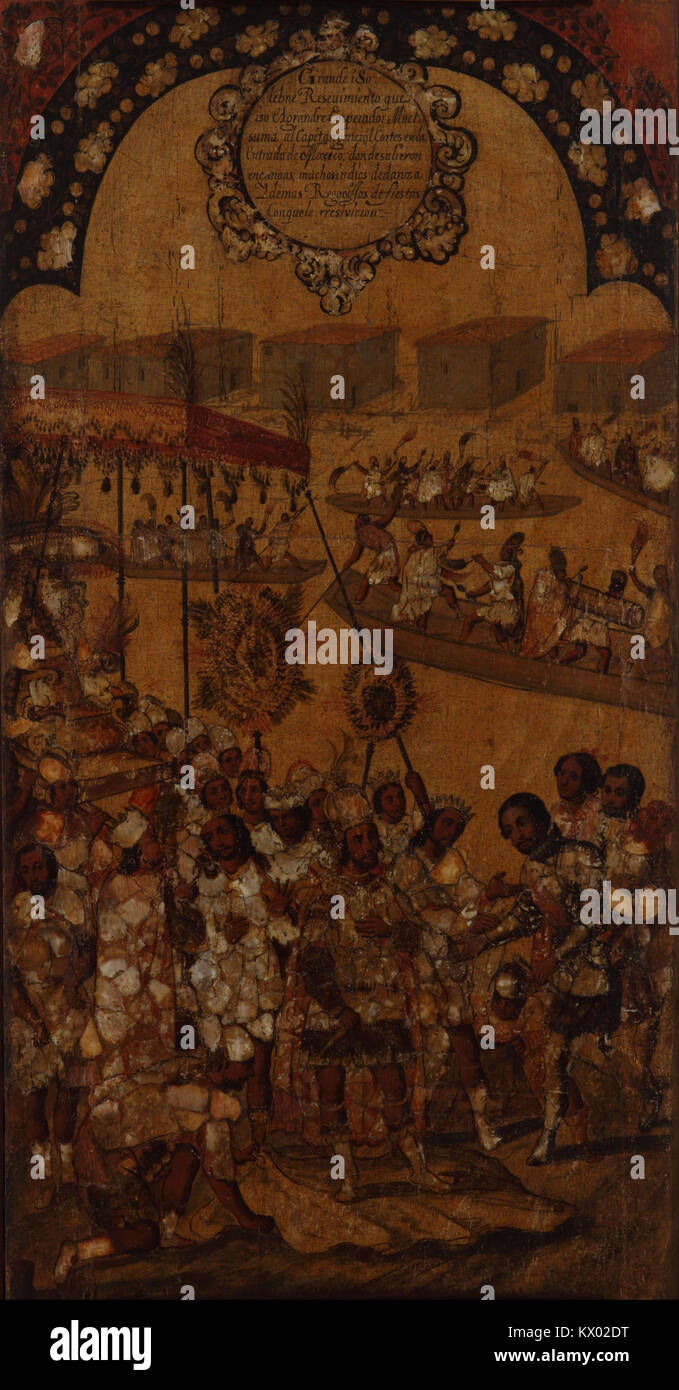 Miguel Gonzales' *La Conquista de México* captures a pivotal moment in Mexican history, depicting the Spanish conquest of the Aztec Empire. The artwork highlights the key figures and dramatic events during the 16th-century conquest. Stock Photohttps://www.alamy.com/image-license-details/?v=1https://www.alamy.com/stock-photo-miguel-gonzales-la-conquista-de-mxico-captures-a-pivotal-moment-in-170876324.html
Miguel Gonzales' *La Conquista de México* captures a pivotal moment in Mexican history, depicting the Spanish conquest of the Aztec Empire. The artwork highlights the key figures and dramatic events during the 16th-century conquest. Stock Photohttps://www.alamy.com/image-license-details/?v=1https://www.alamy.com/stock-photo-miguel-gonzales-la-conquista-de-mxico-captures-a-pivotal-moment-in-170876324.htmlRMKX02DT–Miguel Gonzales' *La Conquista de México* captures a pivotal moment in Mexican history, depicting the Spanish conquest of the Aztec Empire. The artwork highlights the key figures and dramatic events during the 16th-century conquest.
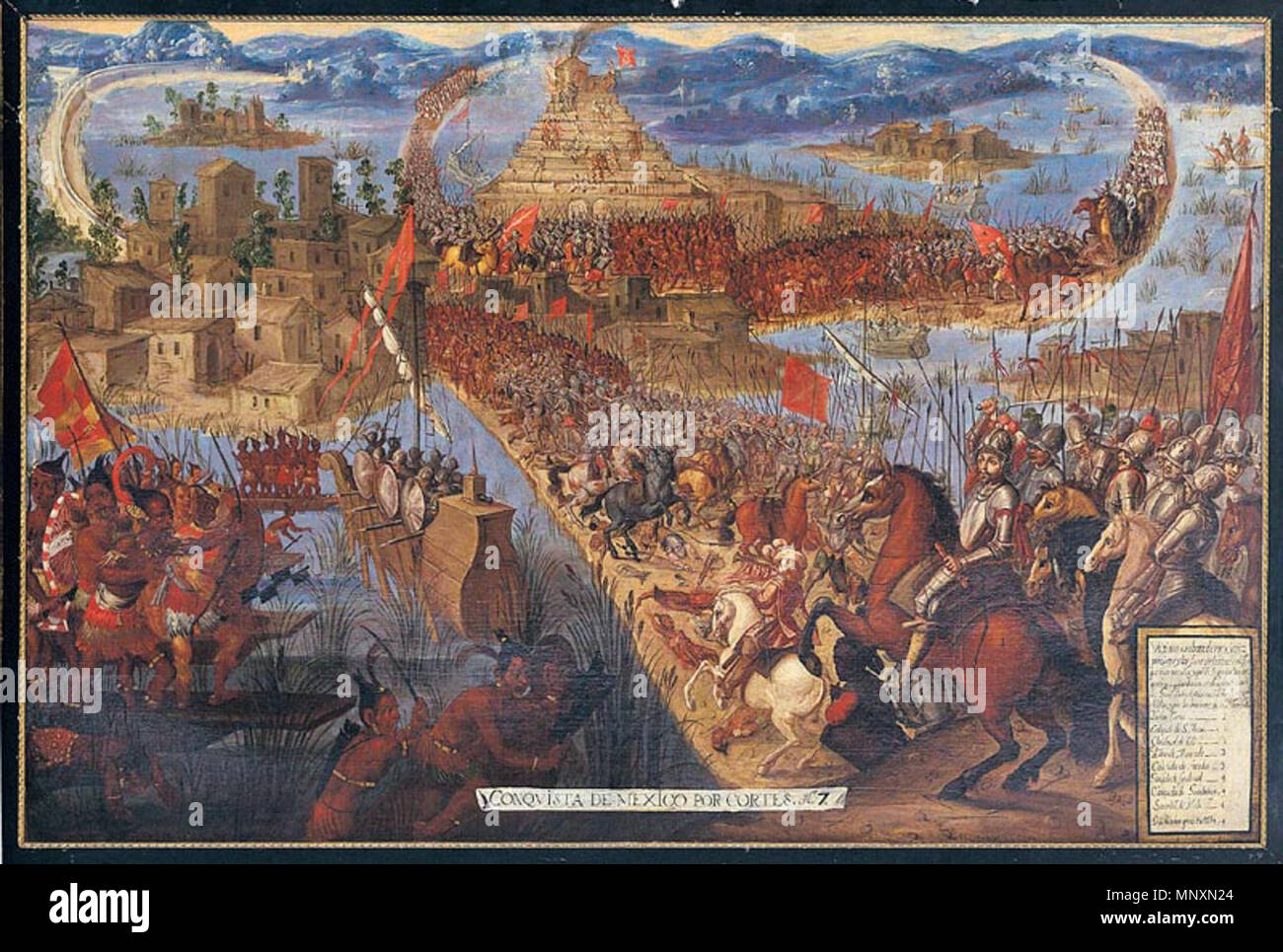 The Conquest of Tenochtitlán . from the Conquest of México series. Representing the 1521 Fall of Tenochtitlan, in the Spanish conquest of the Aztec Empire. second half of 17th century. Unknown 1171 The Conquest of Tenochtitlan Stock Photohttps://www.alamy.com/image-license-details/?v=1https://www.alamy.com/the-conquest-of-tenochtitln-from-the-conquest-of-mxico-series-representing-the-1521-fall-of-tenochtitlan-in-the-spanish-conquest-of-the-aztec-empire-second-half-of-17th-century-unknown-1171-the-conquest-of-tenochtitlan-image185598732.html
The Conquest of Tenochtitlán . from the Conquest of México series. Representing the 1521 Fall of Tenochtitlan, in the Spanish conquest of the Aztec Empire. second half of 17th century. Unknown 1171 The Conquest of Tenochtitlan Stock Photohttps://www.alamy.com/image-license-details/?v=1https://www.alamy.com/the-conquest-of-tenochtitln-from-the-conquest-of-mxico-series-representing-the-1521-fall-of-tenochtitlan-in-the-spanish-conquest-of-the-aztec-empire-second-half-of-17th-century-unknown-1171-the-conquest-of-tenochtitlan-image185598732.htmlRMMNXN24–The Conquest of Tenochtitlán . from the Conquest of México series. Representing the 1521 Fall of Tenochtitlan, in the Spanish conquest of the Aztec Empire. second half of 17th century. Unknown 1171 The Conquest of Tenochtitlan
 'La Conquista de México' by Miguel Gonzales depicts a key moment in the Spanish conquest of the Aztec Empire, illustrating the arrival of the conquistadors and the first encounters with the Aztec people. Stock Photohttps://www.alamy.com/image-license-details/?v=1https://www.alamy.com/stock-photo-la-conquista-de-mxico-by-miguel-gonzales-depicts-a-key-moment-in-the-137885351.html
'La Conquista de México' by Miguel Gonzales depicts a key moment in the Spanish conquest of the Aztec Empire, illustrating the arrival of the conquistadors and the first encounters with the Aztec people. Stock Photohttps://www.alamy.com/image-license-details/?v=1https://www.alamy.com/stock-photo-la-conquista-de-mxico-by-miguel-gonzales-depicts-a-key-moment-in-the-137885351.htmlRMJ0964R–'La Conquista de México' by Miguel Gonzales depicts a key moment in the Spanish conquest of the Aztec Empire, illustrating the arrival of the conquistadors and the first encounters with the Aztec people.
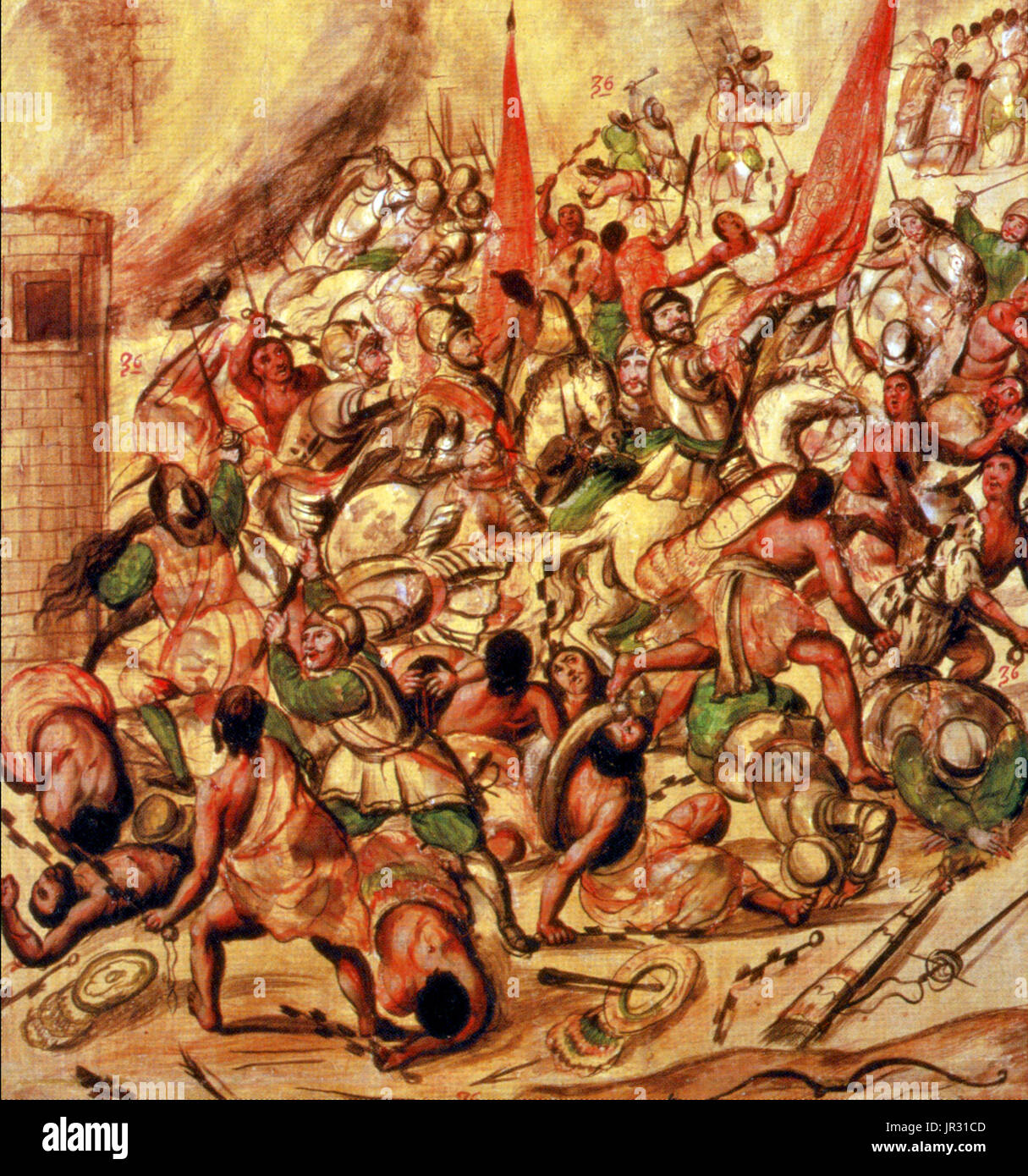 La Noche Triste on June 30, 1520, was an important event during the Spanish conquest of Mexico, wherein Hernando Cortez and his invading army of Spanish conquistadors and native allies were driven out of the Mexican capital at Tenochtitlan following the death of the Aztec king Moctezuma II. On the night of July 1, 1520, Cortez and his army left their compound and headed west, toward the Tlacopan causeway. As the Spaniards and their native allies reached the causeway, hundreds of canoes appeared in the waters alongside to harry them. The Spaniards fought their way across the causeway in the rai Stock Photohttps://www.alamy.com/image-license-details/?v=1https://www.alamy.com/la-noche-triste-on-june-30-1520-was-an-important-event-during-the-image151887021.html
La Noche Triste on June 30, 1520, was an important event during the Spanish conquest of Mexico, wherein Hernando Cortez and his invading army of Spanish conquistadors and native allies were driven out of the Mexican capital at Tenochtitlan following the death of the Aztec king Moctezuma II. On the night of July 1, 1520, Cortez and his army left their compound and headed west, toward the Tlacopan causeway. As the Spaniards and their native allies reached the causeway, hundreds of canoes appeared in the waters alongside to harry them. The Spaniards fought their way across the causeway in the rai Stock Photohttps://www.alamy.com/image-license-details/?v=1https://www.alamy.com/la-noche-triste-on-june-30-1520-was-an-important-event-during-the-image151887021.htmlRMJR31CD–La Noche Triste on June 30, 1520, was an important event during the Spanish conquest of Mexico, wherein Hernando Cortez and his invading army of Spanish conquistadors and native allies were driven out of the Mexican capital at Tenochtitlan following the death of the Aztec king Moctezuma II. On the night of July 1, 1520, Cortez and his army left their compound and headed west, toward the Tlacopan causeway. As the Spaniards and their native allies reached the causeway, hundreds of canoes appeared in the waters alongside to harry them. The Spaniards fought their way across the causeway in the rai
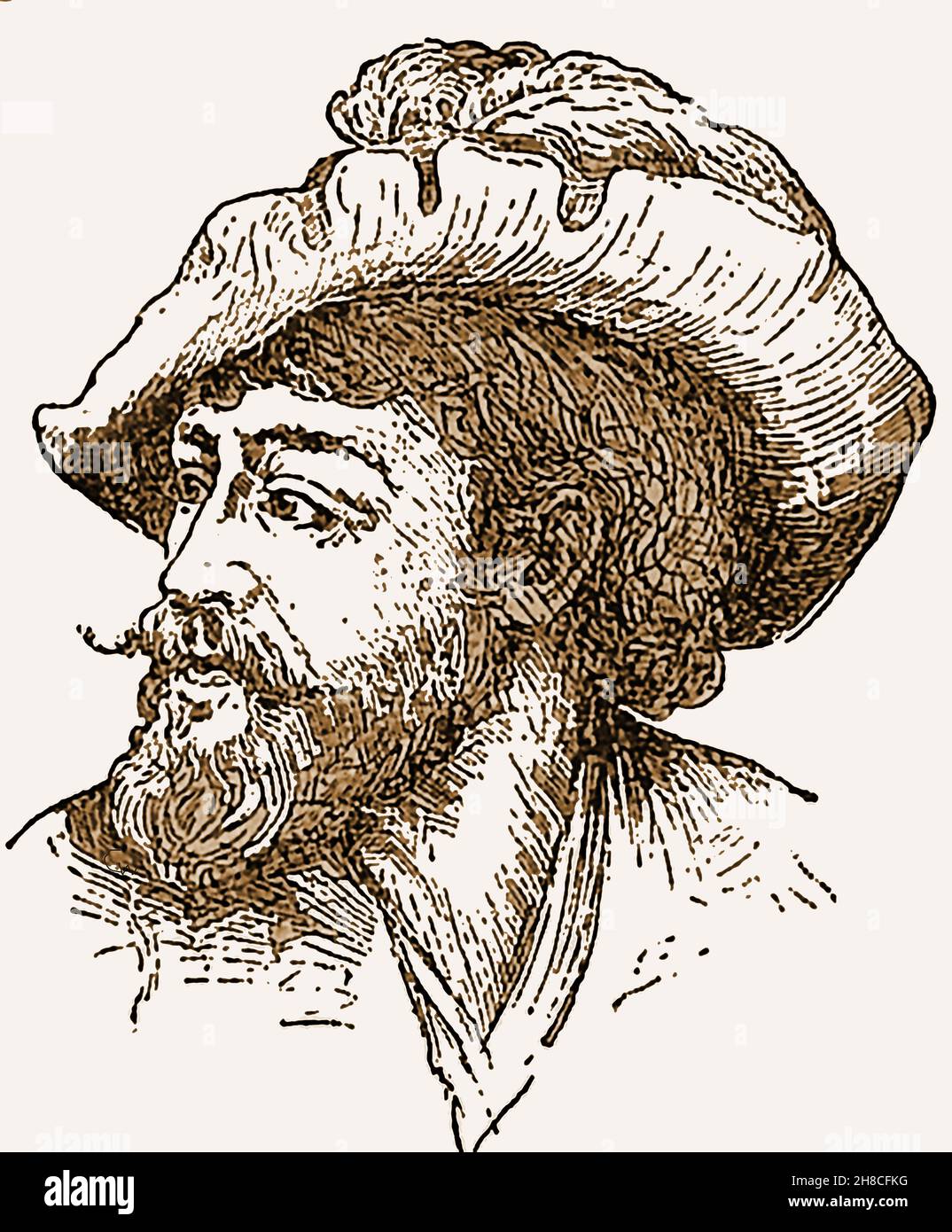 An 1893 portrait of Fernando Cortez a.k.a. Hernán Cortés and Hernando Cortez (1485 - 1547) , fully named Hernán Cortés de Monroy y Pizarro Altamirano (Marqués del Valle de Oaxaca ) Spanish conquistador responsible for conquering the Aztec Empire and building Mexico City ============ Un retrato de 1893 de Fernando Cortez, también conocido como Hernán Cortés y Hernando Cortez (1485 - 1547), un conquistador español responsable de conquistar el Imperio Azteca y construir la Ciudad de México. Stock Photohttps://www.alamy.com/image-license-details/?v=1https://www.alamy.com/an-1893-portrait-of-fernando-cortez-aka-hernn-corts-and-hernando-cortez-1485-1547-fully-named-hernn-corts-de-monroy-y-pizarro-altamirano-marqus-del-valle-de-oaxaca-spanish-conquistador-responsible-for-conquering-the-aztec-empire-and-building-mexico-city-============-un-retrato-de-1893-de-fernando-cortez-tambin-conocido-como-hernn-corts-y-hernando-cortez-1485-1547-un-conquistador-espaol-responsable-de-conquistar-el-imperio-azteca-y-construir-la-ciudad-de-mxico-image452662548.html
An 1893 portrait of Fernando Cortez a.k.a. Hernán Cortés and Hernando Cortez (1485 - 1547) , fully named Hernán Cortés de Monroy y Pizarro Altamirano (Marqués del Valle de Oaxaca ) Spanish conquistador responsible for conquering the Aztec Empire and building Mexico City ============ Un retrato de 1893 de Fernando Cortez, también conocido como Hernán Cortés y Hernando Cortez (1485 - 1547), un conquistador español responsable de conquistar el Imperio Azteca y construir la Ciudad de México. Stock Photohttps://www.alamy.com/image-license-details/?v=1https://www.alamy.com/an-1893-portrait-of-fernando-cortez-aka-hernn-corts-and-hernando-cortez-1485-1547-fully-named-hernn-corts-de-monroy-y-pizarro-altamirano-marqus-del-valle-de-oaxaca-spanish-conquistador-responsible-for-conquering-the-aztec-empire-and-building-mexico-city-============-un-retrato-de-1893-de-fernando-cortez-tambin-conocido-como-hernn-corts-y-hernando-cortez-1485-1547-un-conquistador-espaol-responsable-de-conquistar-el-imperio-azteca-y-construir-la-ciudad-de-mxico-image452662548.htmlRM2H8CFKG–An 1893 portrait of Fernando Cortez a.k.a. Hernán Cortés and Hernando Cortez (1485 - 1547) , fully named Hernán Cortés de Monroy y Pizarro Altamirano (Marqués del Valle de Oaxaca ) Spanish conquistador responsible for conquering the Aztec Empire and building Mexico City ============ Un retrato de 1893 de Fernando Cortez, también conocido como Hernán Cortés y Hernando Cortez (1485 - 1547), un conquistador español responsable de conquistar el Imperio Azteca y construir la Ciudad de México.
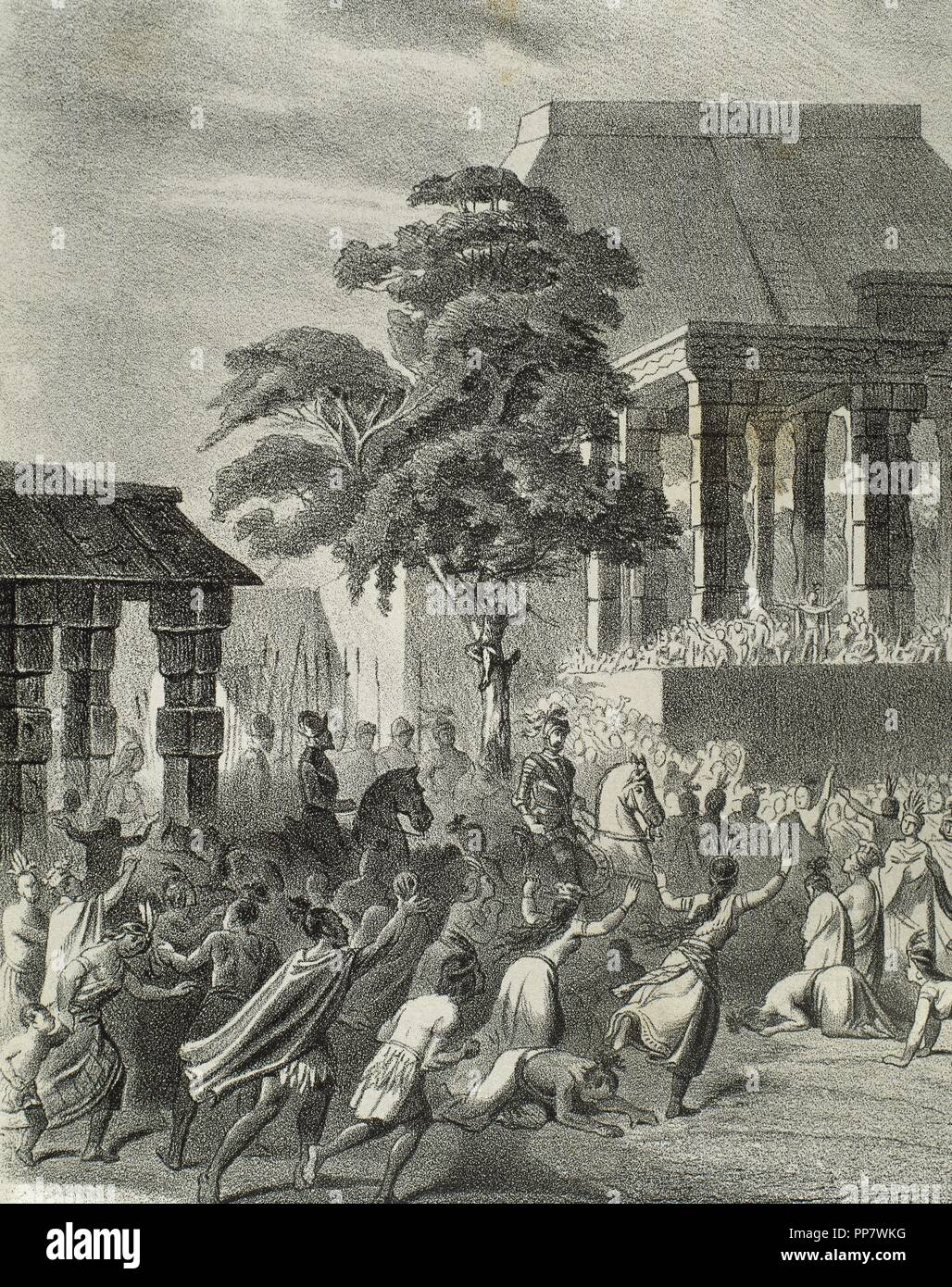 Spanish conquest of the Aztec Empire (1519-1521). Spaniards find regufe in Tlaxcala after suffered a lot of casualties fighting against the Aztecs in the Battle of Otumba in 1520. Engraving at 'Historia de Espan a', 19th century. Stock Photohttps://www.alamy.com/image-license-details/?v=1https://www.alamy.com/spanish-conquest-of-the-aztec-empire-1519-1521-spaniards-find-regufe-in-tlaxcala-after-suffered-a-lot-of-casualties-fighting-against-the-aztecs-in-the-battle-of-otumba-in-1520-engraving-at-historia-de-espan-a-19th-century-image220220660.html
Spanish conquest of the Aztec Empire (1519-1521). Spaniards find regufe in Tlaxcala after suffered a lot of casualties fighting against the Aztecs in the Battle of Otumba in 1520. Engraving at 'Historia de Espan a', 19th century. Stock Photohttps://www.alamy.com/image-license-details/?v=1https://www.alamy.com/spanish-conquest-of-the-aztec-empire-1519-1521-spaniards-find-regufe-in-tlaxcala-after-suffered-a-lot-of-casualties-fighting-against-the-aztecs-in-the-battle-of-otumba-in-1520-engraving-at-historia-de-espan-a-19th-century-image220220660.htmlRMPP7WKG–Spanish conquest of the Aztec Empire (1519-1521). Spaniards find regufe in Tlaxcala after suffered a lot of casualties fighting against the Aztecs in the Battle of Otumba in 1520. Engraving at 'Historia de Espan a', 19th century.
 June 1, 1900 - Hernando Cortez (1485-1547), Spanish Conquistador and Explorer, Led the Spanish Conquest of the Aztec Empire, Portrait (Credit Image: © Glasshouse/ZUMAPRESS.com) Stock Photohttps://www.alamy.com/image-license-details/?v=1https://www.alamy.com/june-1-1900-hernando-cortez-1485-1547-spanish-conquistador-and-explorer-led-the-spanish-conquest-of-the-aztec-empire-portrait-credit-image-glasshousezumapresscom-image666639454.html
June 1, 1900 - Hernando Cortez (1485-1547), Spanish Conquistador and Explorer, Led the Spanish Conquest of the Aztec Empire, Portrait (Credit Image: © Glasshouse/ZUMAPRESS.com) Stock Photohttps://www.alamy.com/image-license-details/?v=1https://www.alamy.com/june-1-1900-hernando-cortez-1485-1547-spanish-conquistador-and-explorer-led-the-spanish-conquest-of-the-aztec-empire-portrait-credit-image-glasshousezumapresscom-image666639454.htmlRM3AMG1BX–June 1, 1900 - Hernando Cortez (1485-1547), Spanish Conquistador and Explorer, Led the Spanish Conquest of the Aztec Empire, Portrait (Credit Image: © Glasshouse/ZUMAPRESS.com)
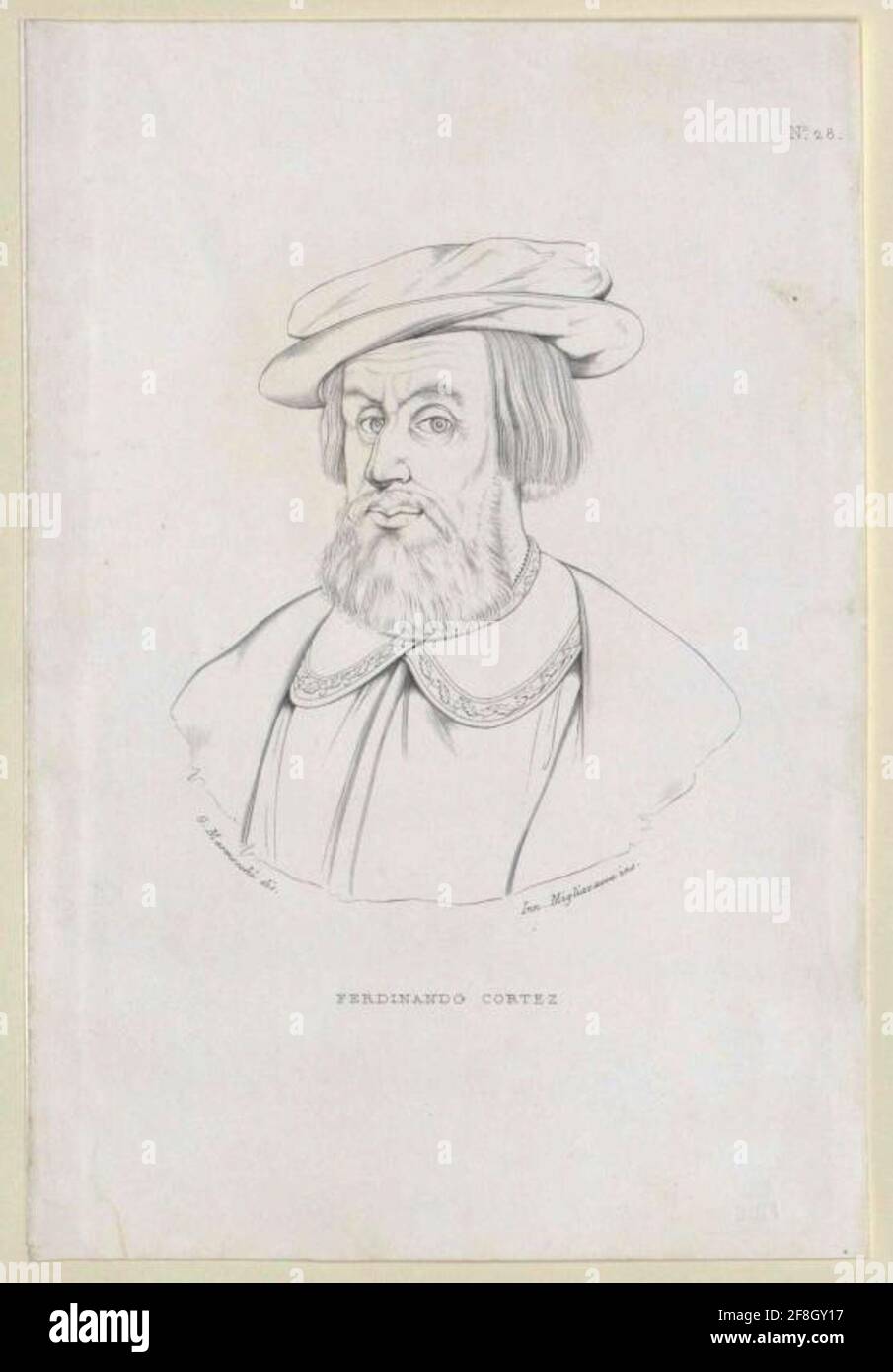 Cortez, Hernando. Stock Photohttps://www.alamy.com/image-license-details/?v=1https://www.alamy.com/cortez-hernando-image418338515.html
Cortez, Hernando. Stock Photohttps://www.alamy.com/image-license-details/?v=1https://www.alamy.com/cortez-hernando-image418338515.htmlRM2F8GY17–Cortez, Hernando.
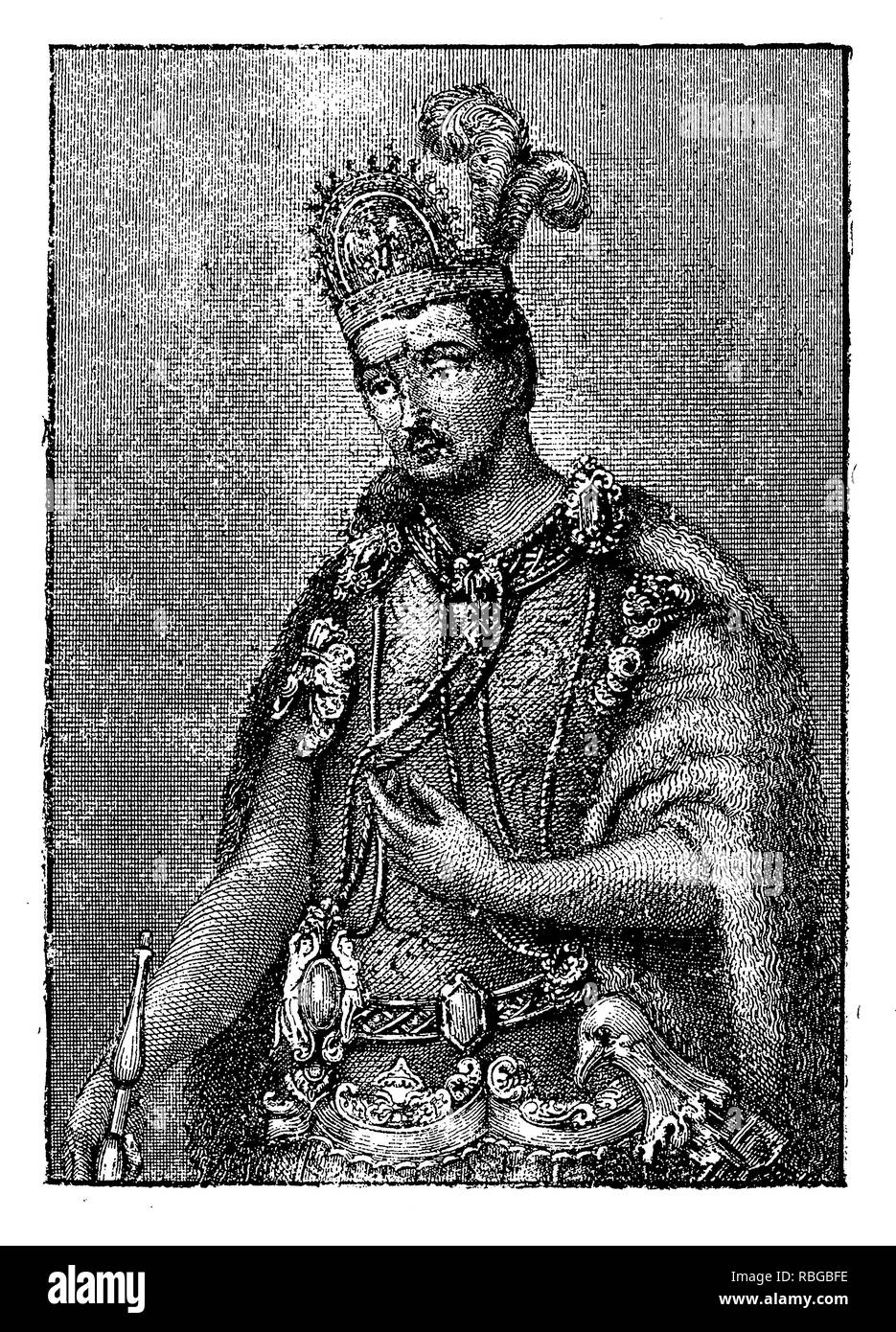 portrait of Moctezuma II (1466 – 1520) ruler of the Aztec Empire in Mexico, killed during the Spanish conquest of Hernán Cortés Stock Photohttps://www.alamy.com/image-license-details/?v=1https://www.alamy.com/portrait-of-moctezuma-ii-1466-1520-ruler-of-the-aztec-empire-in-mexico-killed-during-the-spanish-conquest-of-hernn-corts-image230856290.html
portrait of Moctezuma II (1466 – 1520) ruler of the Aztec Empire in Mexico, killed during the Spanish conquest of Hernán Cortés Stock Photohttps://www.alamy.com/image-license-details/?v=1https://www.alamy.com/portrait-of-moctezuma-ii-1466-1520-ruler-of-the-aztec-empire-in-mexico-killed-during-the-spanish-conquest-of-hernn-corts-image230856290.htmlRFRBGBFE–portrait of Moctezuma II (1466 – 1520) ruler of the Aztec Empire in Mexico, killed during the Spanish conquest of Hernán Cortés
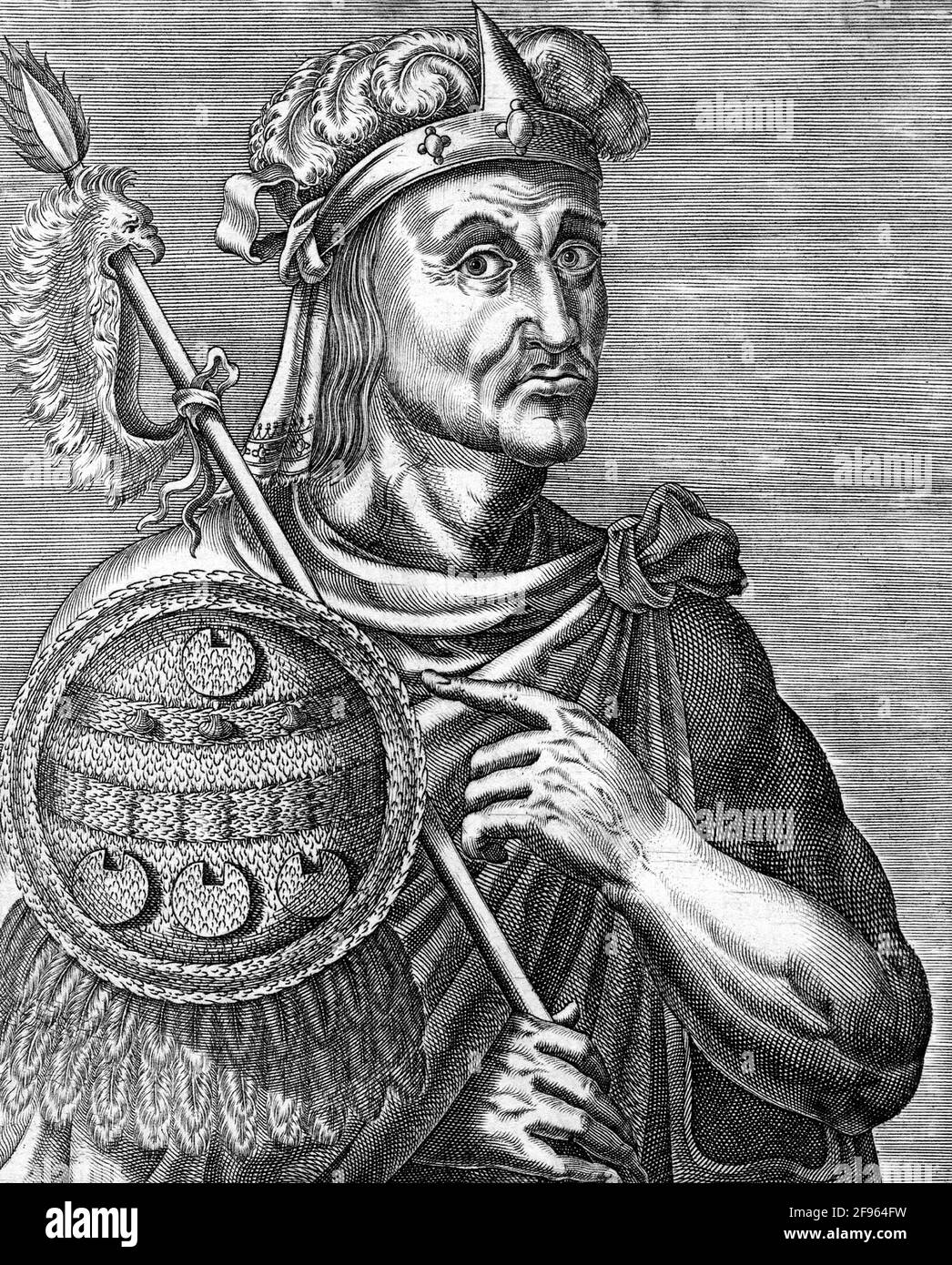 Moctezuma. Portrait of the ruler of the Aztec Empire at the time of the Spanish Conquest, Moctezuma Xocoyotzin (c. 1466 -1520), letterpress engraving, 1584 Stock Photohttps://www.alamy.com/image-license-details/?v=1https://www.alamy.com/moctezuma-portrait-of-the-ruler-of-the-aztec-empire-at-the-time-of-the-spanish-conquest-moctezuma-xocoyotzin-c1466-1520-letterpress-engraving-1584-image418716029.html
Moctezuma. Portrait of the ruler of the Aztec Empire at the time of the Spanish Conquest, Moctezuma Xocoyotzin (c. 1466 -1520), letterpress engraving, 1584 Stock Photohttps://www.alamy.com/image-license-details/?v=1https://www.alamy.com/moctezuma-portrait-of-the-ruler-of-the-aztec-empire-at-the-time-of-the-spanish-conquest-moctezuma-xocoyotzin-c1466-1520-letterpress-engraving-1584-image418716029.htmlRM2F964FW–Moctezuma. Portrait of the ruler of the Aztec Empire at the time of the Spanish Conquest, Moctezuma Xocoyotzin (c. 1466 -1520), letterpress engraving, 1584
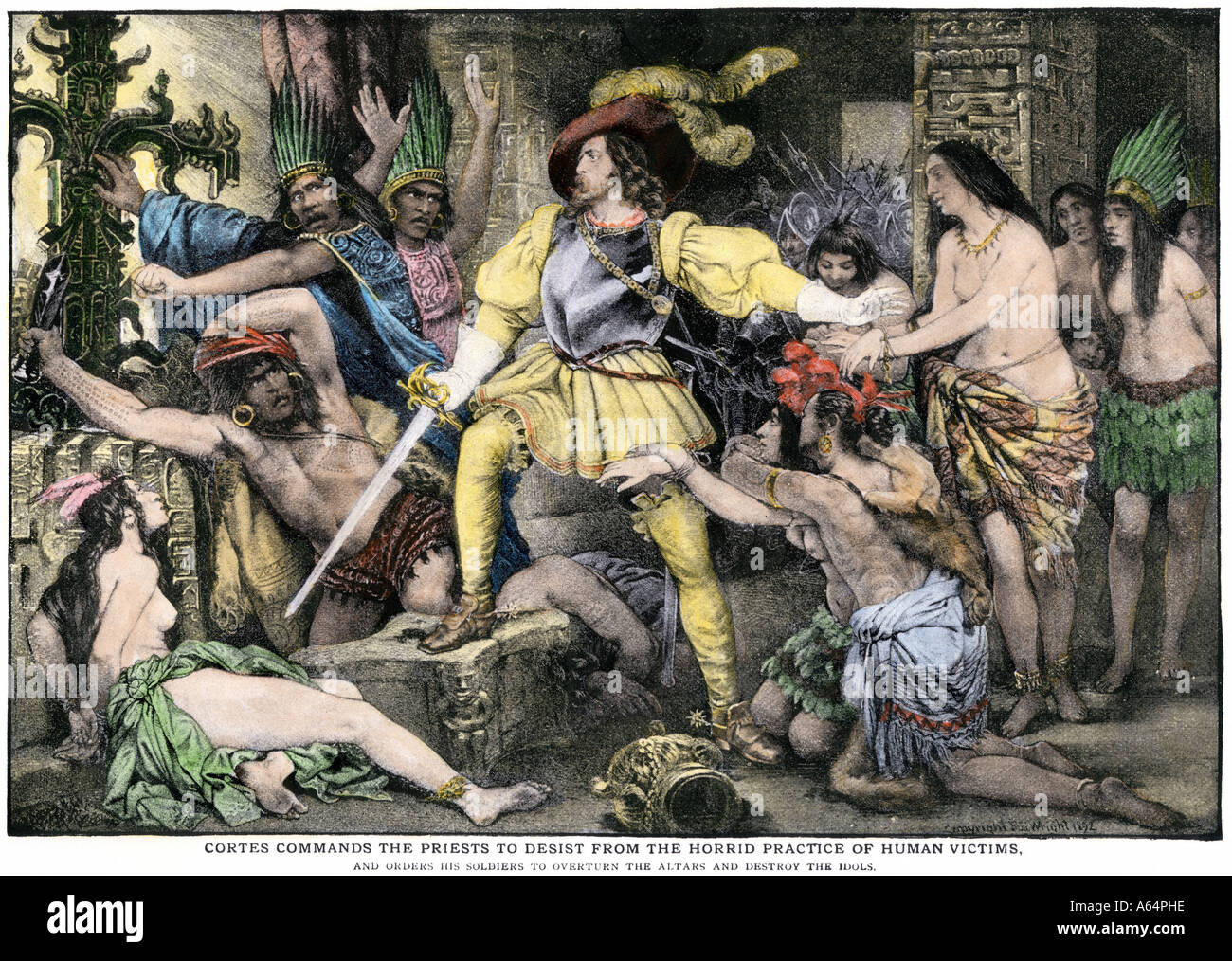 Hernando Cortes orders an end to the Aztec practice of human sacrifice after Spanish conquest of Mexico City. Hand-colored halftone of an illustration Stock Photohttps://www.alamy.com/image-license-details/?v=1https://www.alamy.com/hernando-cortes-orders-an-end-to-the-aztec-practice-of-human-sacrifice-image6548637.html
Hernando Cortes orders an end to the Aztec practice of human sacrifice after Spanish conquest of Mexico City. Hand-colored halftone of an illustration Stock Photohttps://www.alamy.com/image-license-details/?v=1https://www.alamy.com/hernando-cortes-orders-an-end-to-the-aztec-practice-of-human-sacrifice-image6548637.htmlRMA64PHE–Hernando Cortes orders an end to the Aztec practice of human sacrifice after Spanish conquest of Mexico City. Hand-colored halftone of an illustration
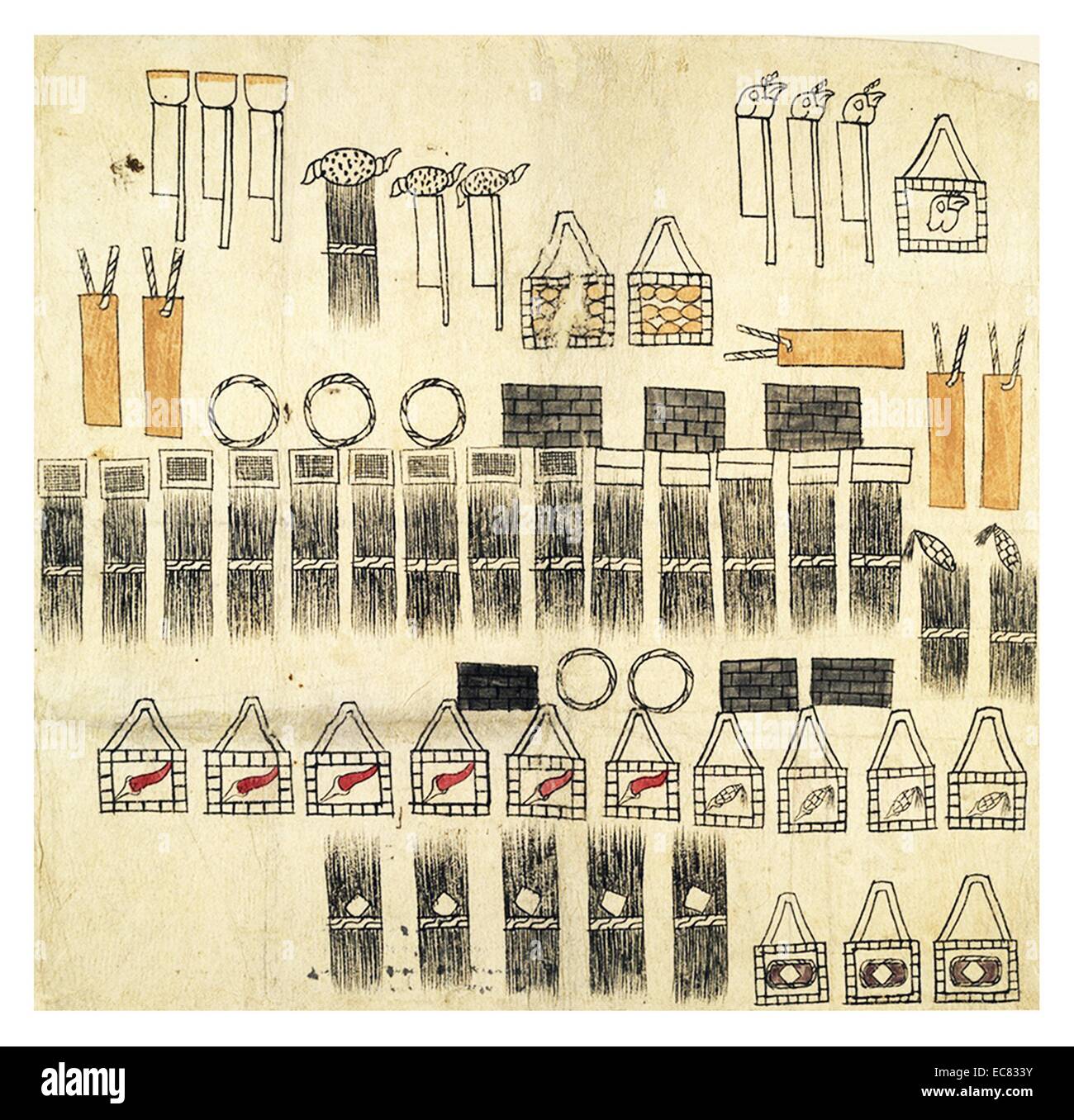 The Huexotzinco Codex. colonial-era Nahua pictorial manuscript, collectively known as Aztec codices. It is part of the testimony in a legal case against members of the First Audiencia (high court) in Mexico, particularly its president, Nuño de Guzmán, ten years after the Spanish conquest in 1521. Stock Photohttps://www.alamy.com/image-license-details/?v=1https://www.alamy.com/stock-photo-the-huexotzinco-codex-colonial-era-nahua-pictorial-manuscript-collectively-76395423.html
The Huexotzinco Codex. colonial-era Nahua pictorial manuscript, collectively known as Aztec codices. It is part of the testimony in a legal case against members of the First Audiencia (high court) in Mexico, particularly its president, Nuño de Guzmán, ten years after the Spanish conquest in 1521. Stock Photohttps://www.alamy.com/image-license-details/?v=1https://www.alamy.com/stock-photo-the-huexotzinco-codex-colonial-era-nahua-pictorial-manuscript-collectively-76395423.htmlRMEC833Y–The Huexotzinco Codex. colonial-era Nahua pictorial manuscript, collectively known as Aztec codices. It is part of the testimony in a legal case against members of the First Audiencia (high court) in Mexico, particularly its president, Nuño de Guzmán, ten years after the Spanish conquest in 1521.
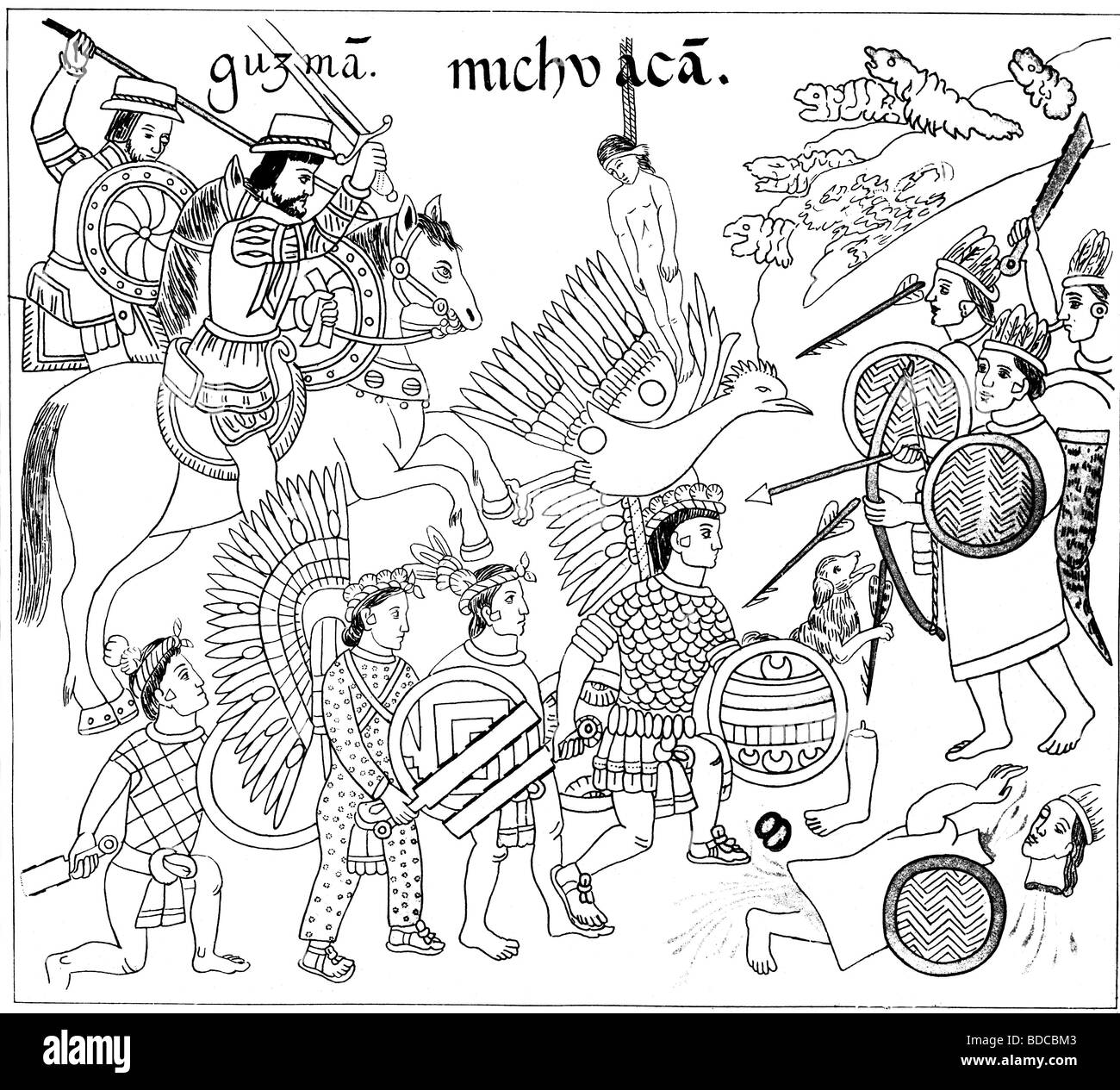 geography / travel, Mexico, Aztec Empire, Spanish conquistadors in Mexico, after Aztec drawings, Central America, historic, historical, conquest, conqueror, conquerors, Indian, native, indigenous people, Aztecs, violence, atrocity, atrocities, defence, defense, defences, defenses, soldiers, military, eagle, suit of armour, fighting, battle, CEAM, male, man, men, Stock Photohttps://www.alamy.com/image-license-details/?v=1https://www.alamy.com/stock-photo-geography-travel-mexico-aztec-empire-spanish-conquistadors-in-mexico-25473507.html
geography / travel, Mexico, Aztec Empire, Spanish conquistadors in Mexico, after Aztec drawings, Central America, historic, historical, conquest, conqueror, conquerors, Indian, native, indigenous people, Aztecs, violence, atrocity, atrocities, defence, defense, defences, defenses, soldiers, military, eagle, suit of armour, fighting, battle, CEAM, male, man, men, Stock Photohttps://www.alamy.com/image-license-details/?v=1https://www.alamy.com/stock-photo-geography-travel-mexico-aztec-empire-spanish-conquistadors-in-mexico-25473507.htmlRMBDCBM3–geography / travel, Mexico, Aztec Empire, Spanish conquistadors in Mexico, after Aztec drawings, Central America, historic, historical, conquest, conqueror, conquerors, Indian, native, indigenous people, Aztecs, violence, atrocity, atrocities, defence, defense, defences, defenses, soldiers, military, eagle, suit of armour, fighting, battle, CEAM, male, man, men,
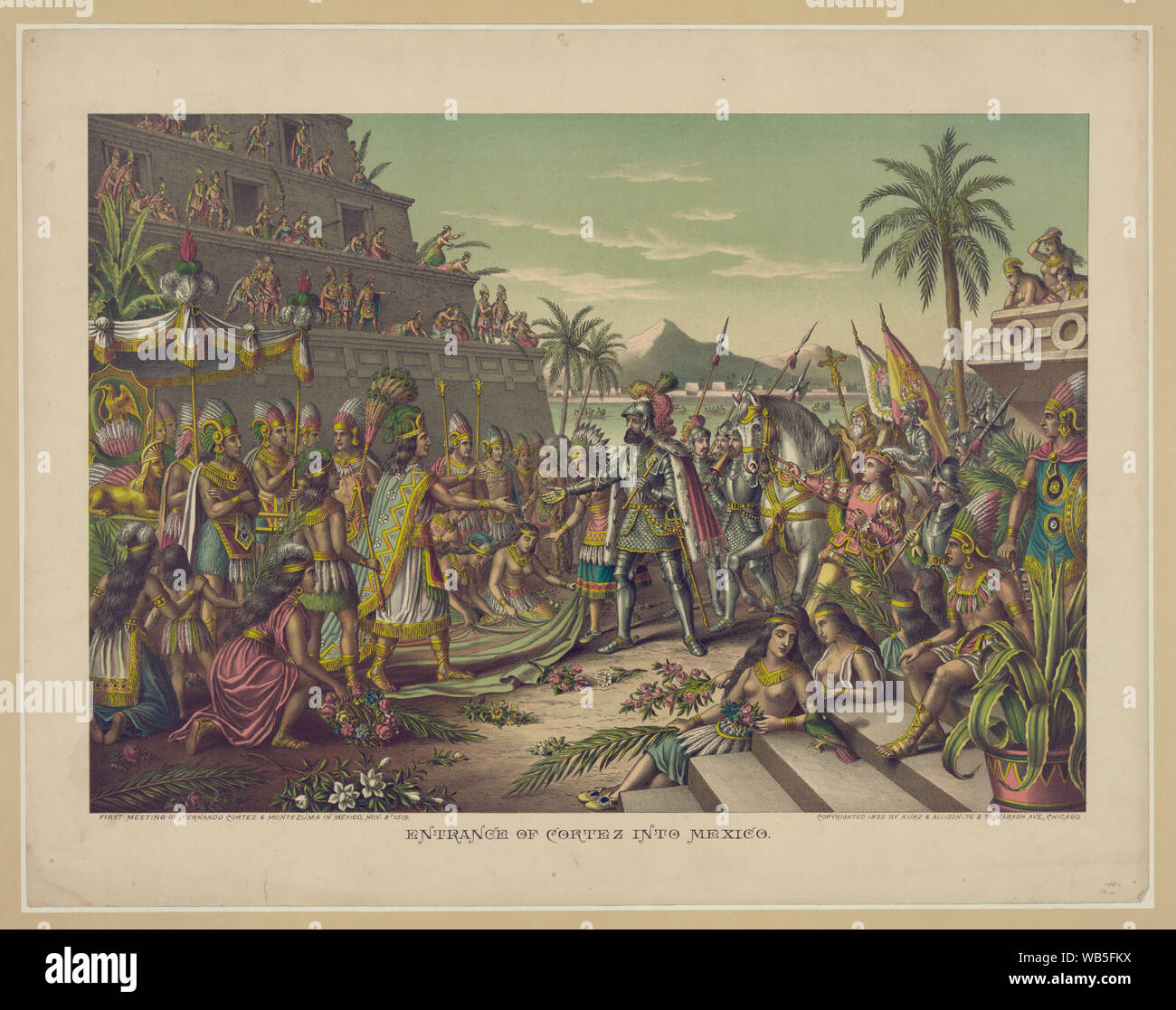 Entrance of Cortez into Mexico Stock Photohttps://www.alamy.com/image-license-details/?v=1https://www.alamy.com/entrance-of-cortez-into-mexico-image265038814.html
Entrance of Cortez into Mexico Stock Photohttps://www.alamy.com/image-license-details/?v=1https://www.alamy.com/entrance-of-cortez-into-mexico-image265038814.htmlRMWB5FKX–Entrance of Cortez into Mexico
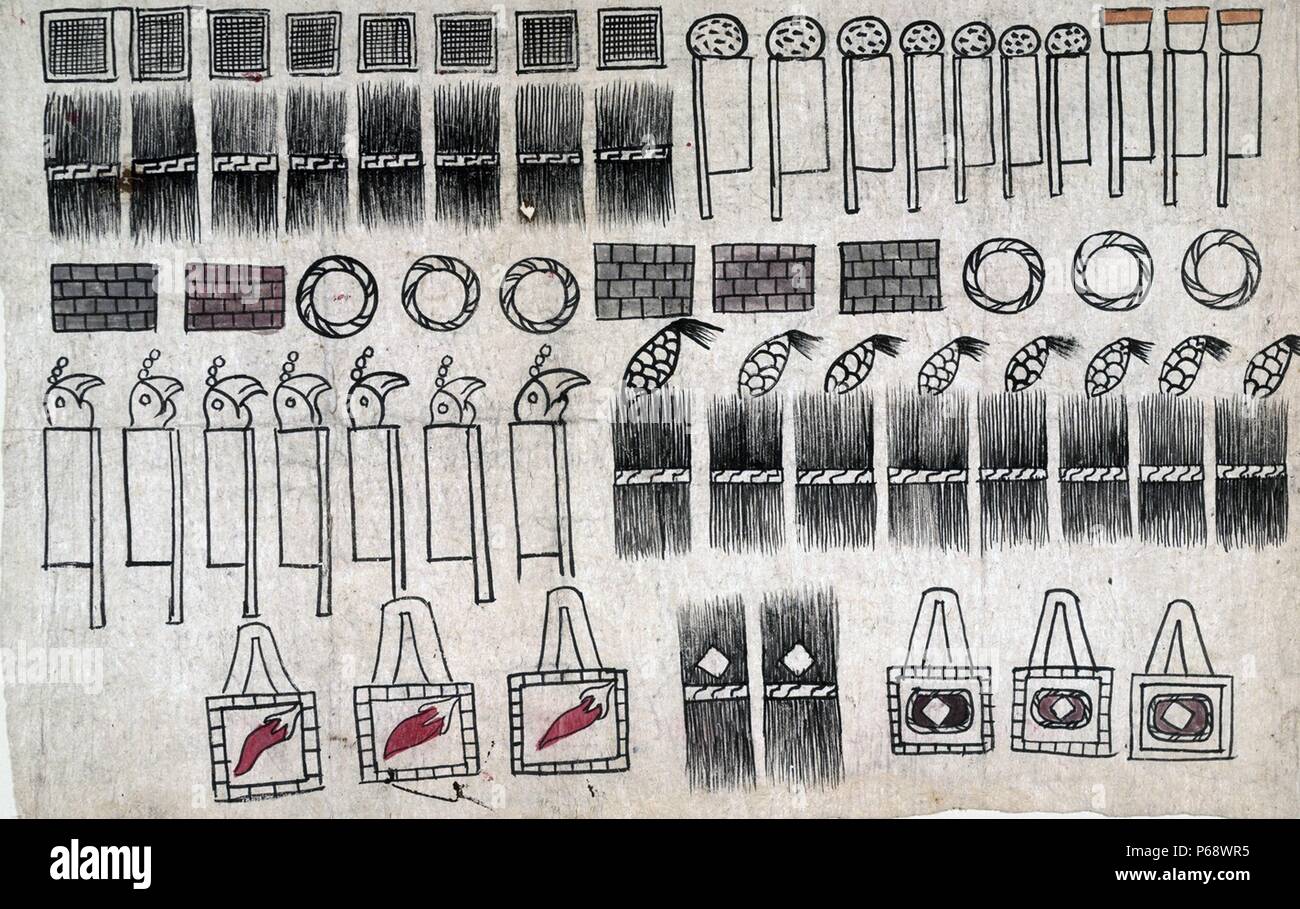 The Huexotzinco Codex. colonial-era Nahua pictorial manuscript, collectively known as Aztec codices. It is part of the testimony in a legal case against members of the First Audiencia (high court) in Mexico, particularly its president, Nuño de Guzmán, ten years after the Spanish conquest in 1521. Stock Photohttps://www.alamy.com/image-license-details/?v=1https://www.alamy.com/the-huexotzinco-codex-colonial-era-nahua-pictorial-manuscript-collectively-known-as-aztec-codices-it-is-part-of-the-testimony-in-a-legal-case-against-members-of-the-first-audiencia-high-court-in-mexico-particularly-its-president-nuo-de-guzmn-ten-years-after-the-spanish-conquest-in-1521-image210408217.html
The Huexotzinco Codex. colonial-era Nahua pictorial manuscript, collectively known as Aztec codices. It is part of the testimony in a legal case against members of the First Audiencia (high court) in Mexico, particularly its president, Nuño de Guzmán, ten years after the Spanish conquest in 1521. Stock Photohttps://www.alamy.com/image-license-details/?v=1https://www.alamy.com/the-huexotzinco-codex-colonial-era-nahua-pictorial-manuscript-collectively-known-as-aztec-codices-it-is-part-of-the-testimony-in-a-legal-case-against-members-of-the-first-audiencia-high-court-in-mexico-particularly-its-president-nuo-de-guzmn-ten-years-after-the-spanish-conquest-in-1521-image210408217.htmlRMP68WR5–The Huexotzinco Codex. colonial-era Nahua pictorial manuscript, collectively known as Aztec codices. It is part of the testimony in a legal case against members of the First Audiencia (high court) in Mexico, particularly its president, Nuño de Guzmán, ten years after the Spanish conquest in 1521.
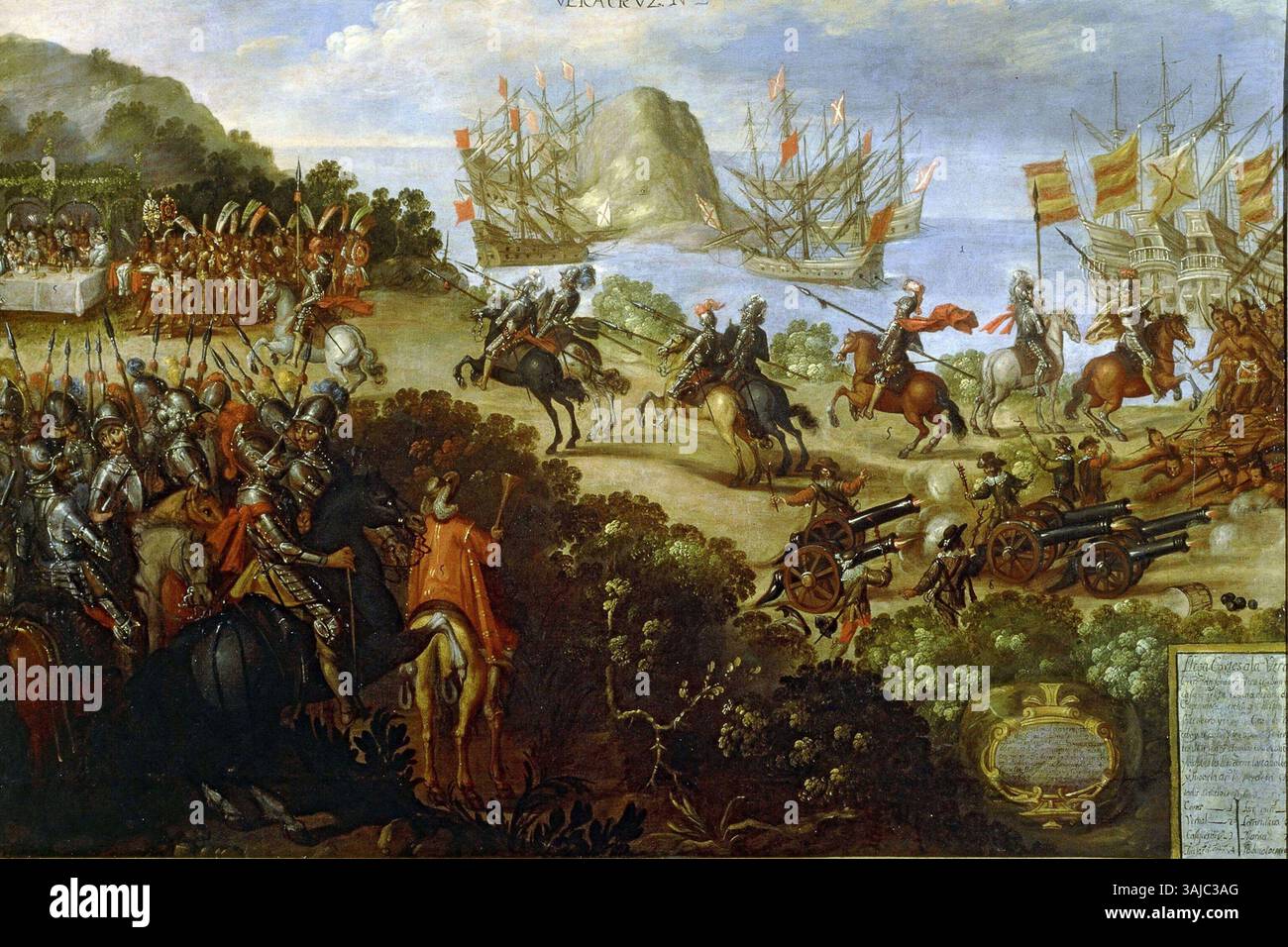 This 17th-century painting depicts the historic moment of Hernán Cortés's arrival in Veracruz and the reception by Moctezuma's ambassadors. It captures the significant event during the Spanish conquest of the Aztec Empire. Stock Photohttps://www.alamy.com/image-license-details/?v=1https://www.alamy.com/this-17th-century-painting-depicts-the-historic-moment-of-hernn-cortss-arrival-in-veracruz-and-the-reception-by-moctezumas-ambassadors-it-captures-the-significant-event-during-the-spanish-conquest-of-the-aztec-empire-image665323864.html
This 17th-century painting depicts the historic moment of Hernán Cortés's arrival in Veracruz and the reception by Moctezuma's ambassadors. It captures the significant event during the Spanish conquest of the Aztec Empire. Stock Photohttps://www.alamy.com/image-license-details/?v=1https://www.alamy.com/this-17th-century-painting-depicts-the-historic-moment-of-hernn-cortss-arrival-in-veracruz-and-the-reception-by-moctezumas-ambassadors-it-captures-the-significant-event-during-the-spanish-conquest-of-the-aztec-empire-image665323864.htmlRM3AJC3AG–This 17th-century painting depicts the historic moment of Hernán Cortés's arrival in Veracruz and the reception by Moctezuma's ambassadors. It captures the significant event during the Spanish conquest of the Aztec Empire.
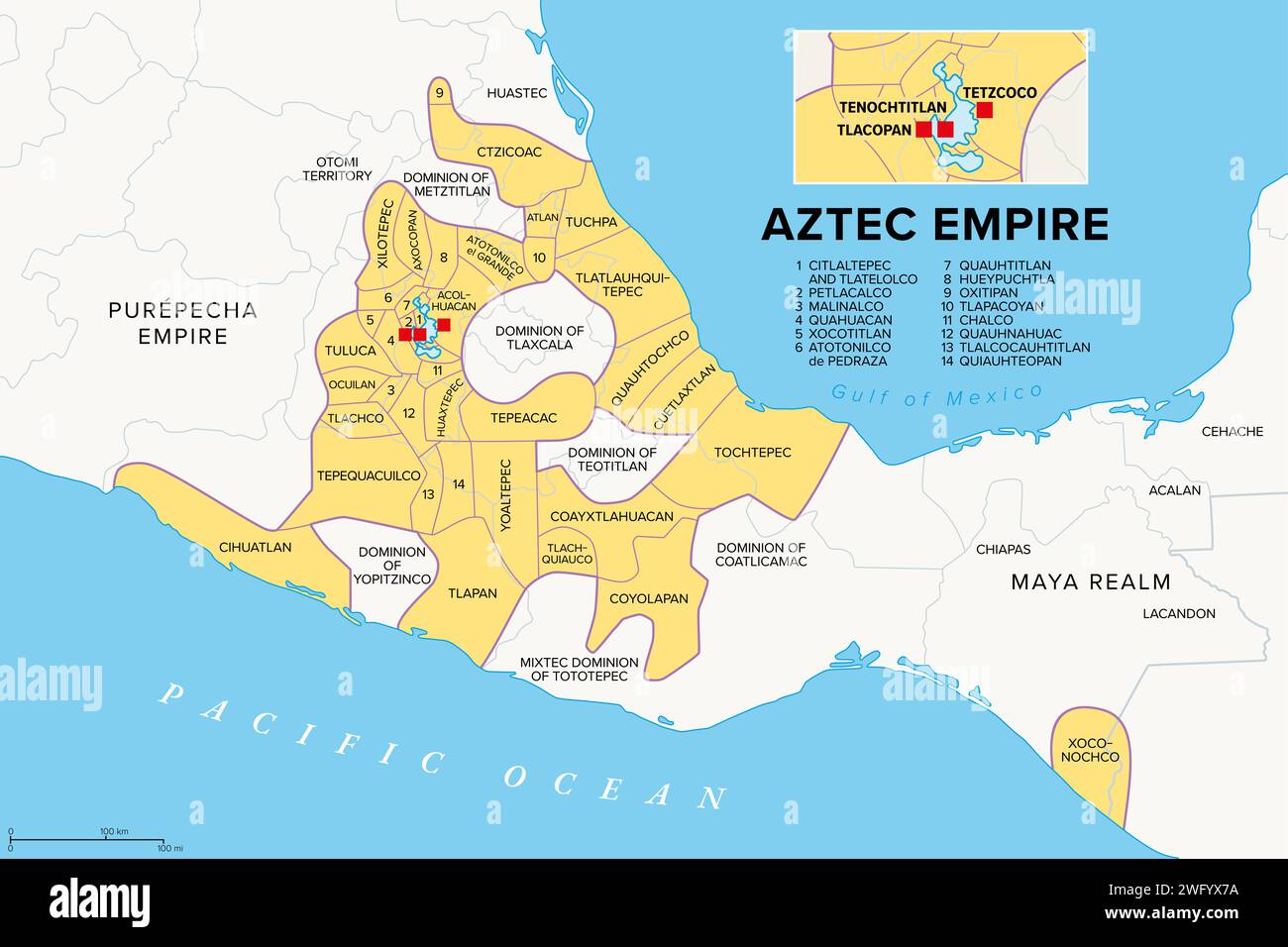 Aztec Empire with tributary provinces, history map. Maximal extent of Triple Alliance Tenochtitlan, Tetzcoco and Tlacopan at the time of Spanish conqu Stock Photohttps://www.alamy.com/image-license-details/?v=1https://www.alamy.com/aztec-empire-with-tributary-provinces-history-map-maximal-extent-of-triple-alliance-tenochtitlan-tetzcoco-and-tlacopan-at-the-time-of-spanish-conqu-image594985646.html
Aztec Empire with tributary provinces, history map. Maximal extent of Triple Alliance Tenochtitlan, Tetzcoco and Tlacopan at the time of Spanish conqu Stock Photohttps://www.alamy.com/image-license-details/?v=1https://www.alamy.com/aztec-empire-with-tributary-provinces-history-map-maximal-extent-of-triple-alliance-tenochtitlan-tetzcoco-and-tlacopan-at-the-time-of-spanish-conqu-image594985646.htmlRF2WFYX7A–Aztec Empire with tributary provinces, history map. Maximal extent of Triple Alliance Tenochtitlan, Tetzcoco and Tlacopan at the time of Spanish conqu
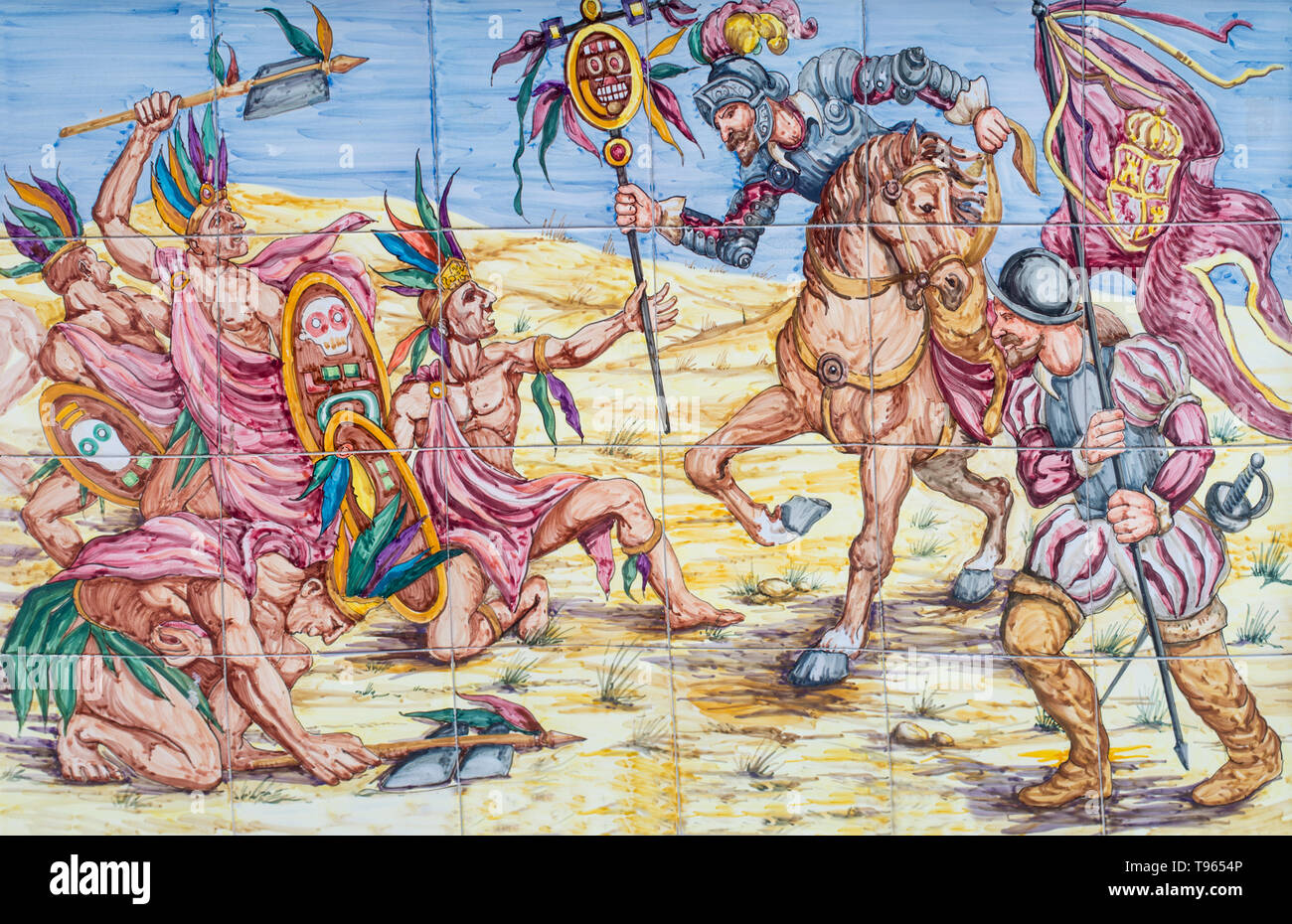 Badajoz, Spain - April 24th, 2019: Battle of Otumba. Conquest of Aztec Empire scene. Glazed tiles wall Stock Photohttps://www.alamy.com/image-license-details/?v=1https://www.alamy.com/badajoz-spain-april-24th-2019-battle-of-otumba-conquest-of-aztec-empire-scene-glazed-tiles-wall-image246612822.html
Badajoz, Spain - April 24th, 2019: Battle of Otumba. Conquest of Aztec Empire scene. Glazed tiles wall Stock Photohttps://www.alamy.com/image-license-details/?v=1https://www.alamy.com/badajoz-spain-april-24th-2019-battle-of-otumba-conquest-of-aztec-empire-scene-glazed-tiles-wall-image246612822.htmlRFT9654P–Badajoz, Spain - April 24th, 2019: Battle of Otumba. Conquest of Aztec Empire scene. Glazed tiles wall
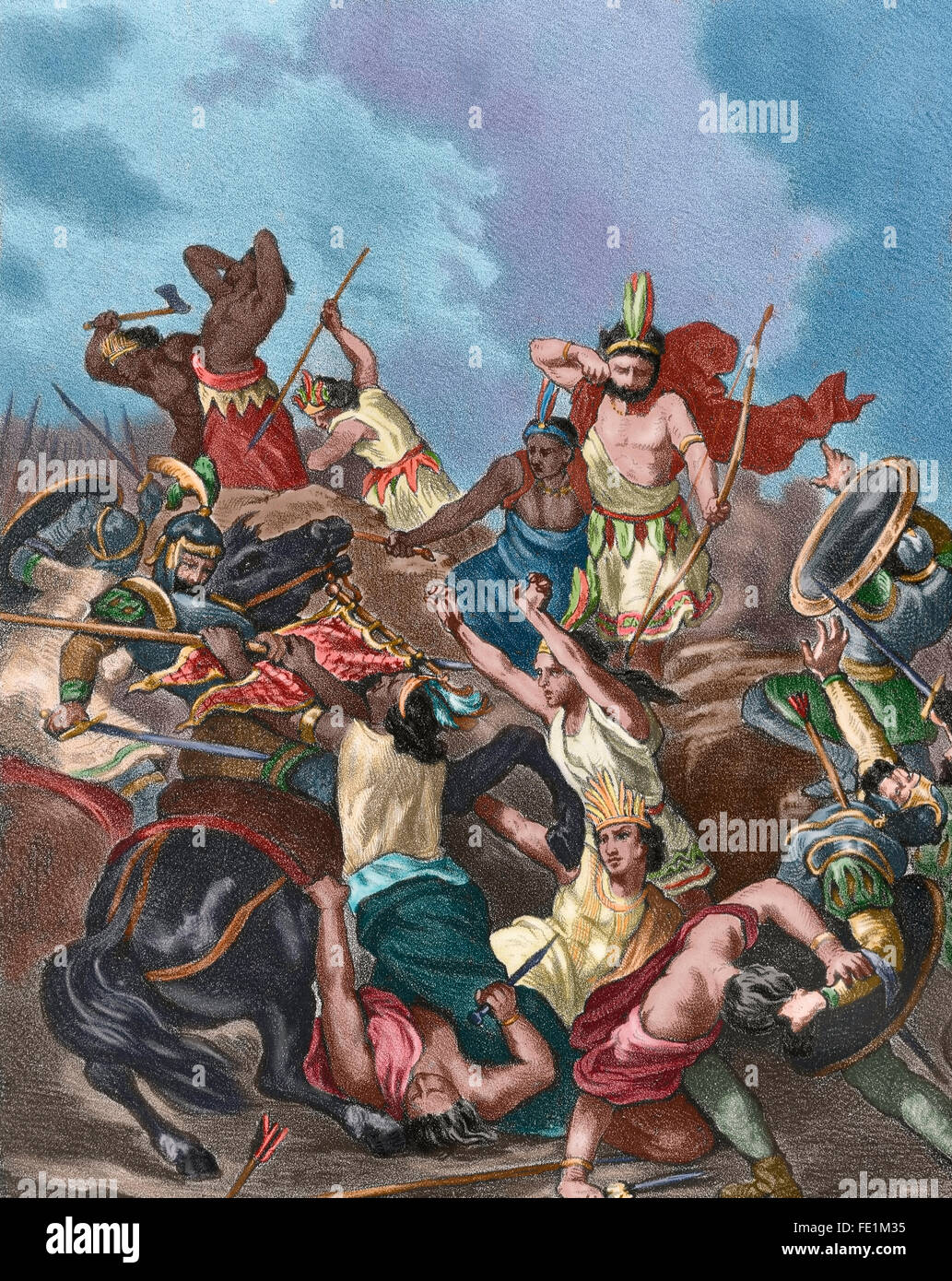 Spanish conquest of the Aztec Empire (1519-1521). Battle of Otumba, 1520. Engraving, 1875. Colored. Stock Photohttps://www.alamy.com/image-license-details/?v=1https://www.alamy.com/stock-photo-spanish-conquest-of-the-aztec-empire-1519-1521-battle-of-otumba-1520-94694745.html
Spanish conquest of the Aztec Empire (1519-1521). Battle of Otumba, 1520. Engraving, 1875. Colored. Stock Photohttps://www.alamy.com/image-license-details/?v=1https://www.alamy.com/stock-photo-spanish-conquest-of-the-aztec-empire-1519-1521-battle-of-otumba-1520-94694745.htmlRMFE1M35–Spanish conquest of the Aztec Empire (1519-1521). Battle of Otumba, 1520. Engraving, 1875. Colored.
 This work by Miguel Gonzales depicts a dramatic representation of the Conquest of Mexico. The artwork illustrates key historical events from the Spanish conquest of the Aztec Empire during the 16th century. Stock Photohttps://www.alamy.com/image-license-details/?v=1https://www.alamy.com/stock-photo-this-work-by-miguel-gonzales-depicts-a-dramatic-representation-of-170876299.html
This work by Miguel Gonzales depicts a dramatic representation of the Conquest of Mexico. The artwork illustrates key historical events from the Spanish conquest of the Aztec Empire during the 16th century. Stock Photohttps://www.alamy.com/image-license-details/?v=1https://www.alamy.com/stock-photo-this-work-by-miguel-gonzales-depicts-a-dramatic-representation-of-170876299.htmlRMKX02CY–This work by Miguel Gonzales depicts a dramatic representation of the Conquest of Mexico. The artwork illustrates key historical events from the Spanish conquest of the Aztec Empire during the 16th century.
 . The Last Days of Tenochtitlan—Conquest of Mexico . Depicting the Fall of Tenochtitlan, final battle of the Spanish conquest of the Aztec Empire in 1521. Photograph of the painting on display. . 1899 314 LastDaysofTenochtitlanB Stock Photohttps://www.alamy.com/image-license-details/?v=1https://www.alamy.com/the-last-days-of-tenochtitlanconquest-of-mexico-depicting-the-fall-of-tenochtitlan-final-battle-of-the-spanish-conquest-of-the-aztec-empire-in-1521-photograph-of-the-painting-on-display-1899-314-lastdaysoftenochtitlanb-image188770652.html
. The Last Days of Tenochtitlan—Conquest of Mexico . Depicting the Fall of Tenochtitlan, final battle of the Spanish conquest of the Aztec Empire in 1521. Photograph of the painting on display. . 1899 314 LastDaysofTenochtitlanB Stock Photohttps://www.alamy.com/image-license-details/?v=1https://www.alamy.com/the-last-days-of-tenochtitlanconquest-of-mexico-depicting-the-fall-of-tenochtitlan-final-battle-of-the-spanish-conquest-of-the-aztec-empire-in-1521-photograph-of-the-painting-on-display-1899-314-lastdaysoftenochtitlanb-image188770652.htmlRMMY36W0–. The Last Days of Tenochtitlan—Conquest of Mexico . Depicting the Fall of Tenochtitlan, final battle of the Spanish conquest of the Aztec Empire in 1521. Photograph of the painting on display. . 1899 314 LastDaysofTenochtitlanB
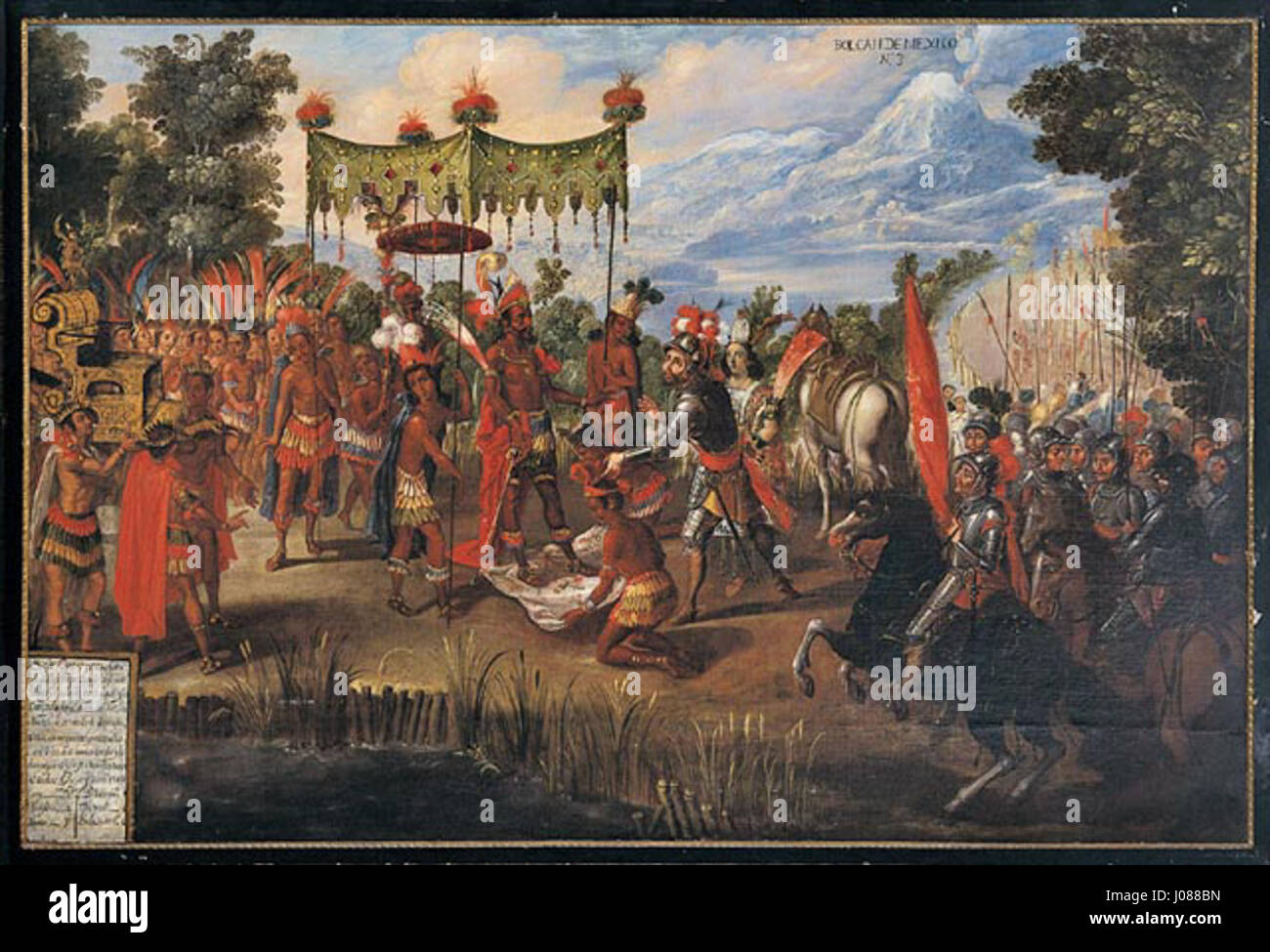 The historical painting 'The Meeting of Cortés and Montezuma' captures the dramatic moment during the Spanish conquest of Mexico when Hernán Cortés meets the Aztec emperor Montezuma. Stock Photohttps://www.alamy.com/image-license-details/?v=1https://www.alamy.com/stock-photo-the-historical-painting-the-meeting-of-corts-and-montezuma-captures-137865161.html
The historical painting 'The Meeting of Cortés and Montezuma' captures the dramatic moment during the Spanish conquest of Mexico when Hernán Cortés meets the Aztec emperor Montezuma. Stock Photohttps://www.alamy.com/image-license-details/?v=1https://www.alamy.com/stock-photo-the-historical-painting-the-meeting-of-corts-and-montezuma-captures-137865161.htmlRMJ088BN–The historical painting 'The Meeting of Cortés and Montezuma' captures the dramatic moment during the Spanish conquest of Mexico when Hernán Cortés meets the Aztec emperor Montezuma.
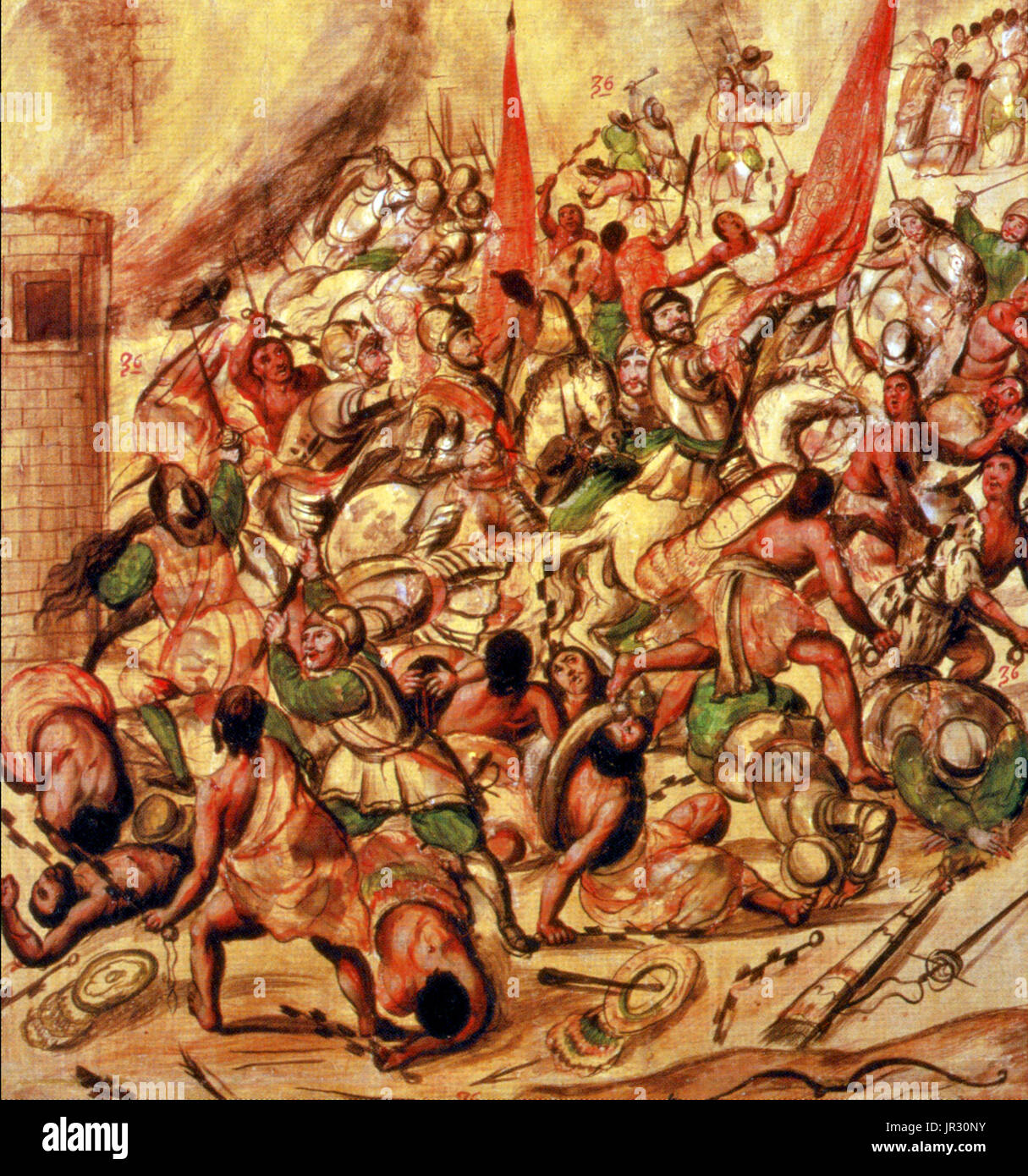 Spanish Conquest of Mexico,La Noche Triste,1520 Stock Photohttps://www.alamy.com/image-license-details/?v=1https://www.alamy.com/spanish-conquest-of-mexicola-noche-triste1520-image151886503.html
Spanish Conquest of Mexico,La Noche Triste,1520 Stock Photohttps://www.alamy.com/image-license-details/?v=1https://www.alamy.com/spanish-conquest-of-mexicola-noche-triste1520-image151886503.htmlRMJR30NY–Spanish Conquest of Mexico,La Noche Triste,1520
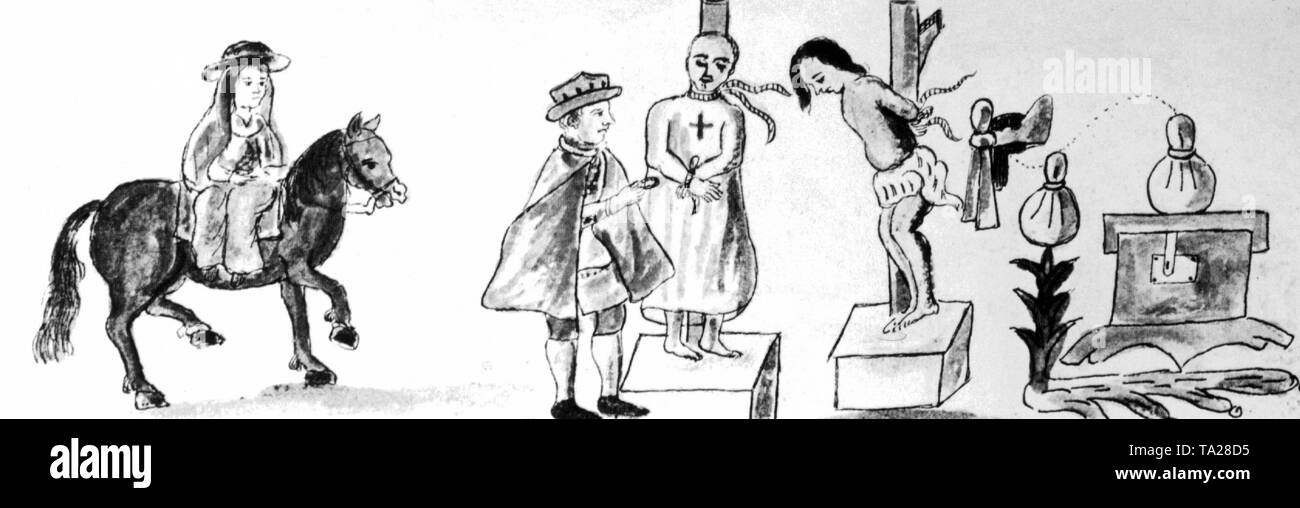 A contemporary Aztec illustration shows a torture scene during the conquest of Mexico by the Spaniards. Two Aztec nobles are tortured until they reveal the hiding place of their treasures to the Spaniards. Stock Photohttps://www.alamy.com/image-license-details/?v=1https://www.alamy.com/a-contemporary-aztec-illustration-shows-a-torture-scene-during-the-conquest-of-mexico-by-the-spaniards-two-aztec-nobles-are-tortured-until-they-reveal-the-hiding-place-of-their-treasures-to-the-spaniards-image247142257.html
A contemporary Aztec illustration shows a torture scene during the conquest of Mexico by the Spaniards. Two Aztec nobles are tortured until they reveal the hiding place of their treasures to the Spaniards. Stock Photohttps://www.alamy.com/image-license-details/?v=1https://www.alamy.com/a-contemporary-aztec-illustration-shows-a-torture-scene-during-the-conquest-of-mexico-by-the-spaniards-two-aztec-nobles-are-tortured-until-they-reveal-the-hiding-place-of-their-treasures-to-the-spaniards-image247142257.htmlRMTA28D5–A contemporary Aztec illustration shows a torture scene during the conquest of Mexico by the Spaniards. Two Aztec nobles are tortured until they reveal the hiding place of their treasures to the Spaniards.
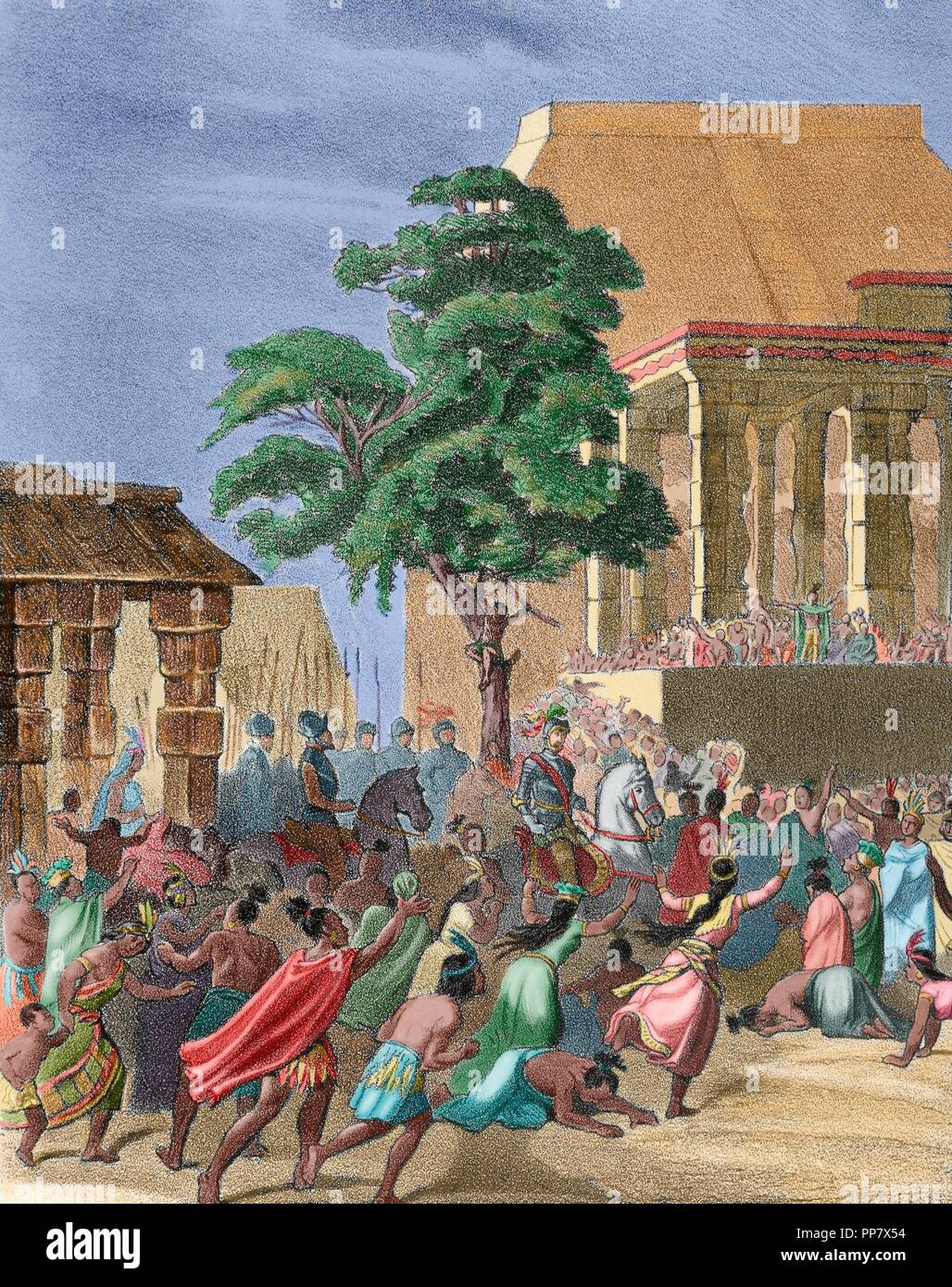 Spanish conquest of the Aztec Empire (1519-1521). Spaniards find regufe in Tlaxcala after suffered a lot of casualties fighting against the Aztecs in the Battle of Otumba in 1520. Engraving at 'Historia de Espan a', 19th century. Colored. Stock Photohttps://www.alamy.com/image-license-details/?v=1https://www.alamy.com/spanish-conquest-of-the-aztec-empire-1519-1521-spaniards-find-regufe-in-tlaxcala-after-suffered-a-lot-of-casualties-fighting-against-the-aztecs-in-the-battle-of-otumba-in-1520-engraving-at-historia-de-espan-a-19th-century-colored-image220221040.html
Spanish conquest of the Aztec Empire (1519-1521). Spaniards find regufe in Tlaxcala after suffered a lot of casualties fighting against the Aztecs in the Battle of Otumba in 1520. Engraving at 'Historia de Espan a', 19th century. Colored. Stock Photohttps://www.alamy.com/image-license-details/?v=1https://www.alamy.com/spanish-conquest-of-the-aztec-empire-1519-1521-spaniards-find-regufe-in-tlaxcala-after-suffered-a-lot-of-casualties-fighting-against-the-aztecs-in-the-battle-of-otumba-in-1520-engraving-at-historia-de-espan-a-19th-century-colored-image220221040.htmlRMPP7X54–Spanish conquest of the Aztec Empire (1519-1521). Spaniards find regufe in Tlaxcala after suffered a lot of casualties fighting against the Aztecs in the Battle of Otumba in 1520. Engraving at 'Historia de Espan a', 19th century. Colored.
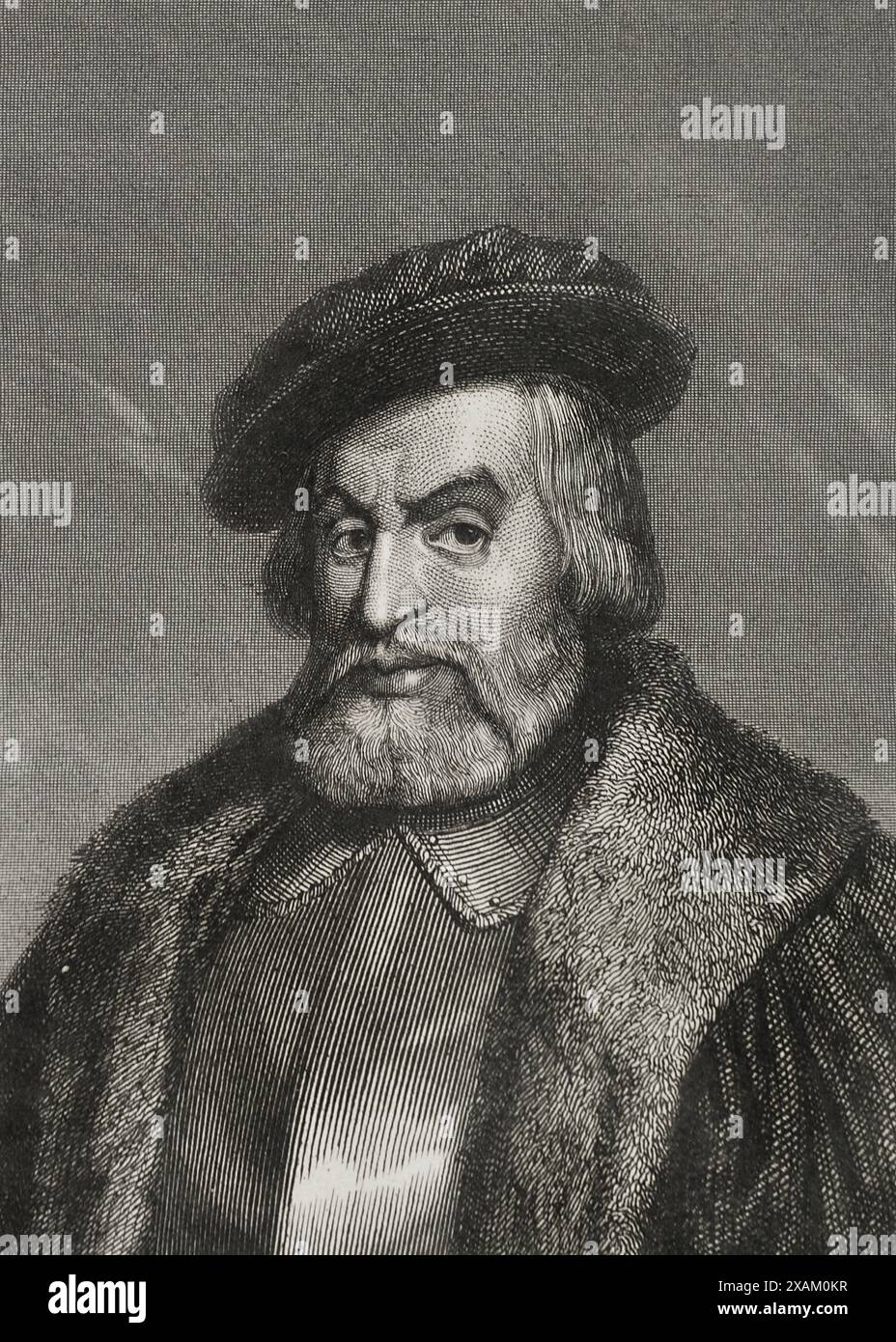 Hernan Cortes (1488-1547). Spanish conquistador of the Aztec empire. Portrait. Engraving by Geoffroy. 'Historia Universal', by Cesar Cantu. Volume IV, 1856. Stock Photohttps://www.alamy.com/image-license-details/?v=1https://www.alamy.com/hernan-cortes-1488-1547-spanish-conquistador-of-the-aztec-empire-portrait-engraving-by-geoffroy-historia-universal-by-cesar-cantu-volume-iv-1856-image608949035.html
Hernan Cortes (1488-1547). Spanish conquistador of the Aztec empire. Portrait. Engraving by Geoffroy. 'Historia Universal', by Cesar Cantu. Volume IV, 1856. Stock Photohttps://www.alamy.com/image-license-details/?v=1https://www.alamy.com/hernan-cortes-1488-1547-spanish-conquistador-of-the-aztec-empire-portrait-engraving-by-geoffroy-historia-universal-by-cesar-cantu-volume-iv-1856-image608949035.htmlRM2XAM0KR–Hernan Cortes (1488-1547). Spanish conquistador of the Aztec empire. Portrait. Engraving by Geoffroy. 'Historia Universal', by Cesar Cantu. Volume IV, 1856.
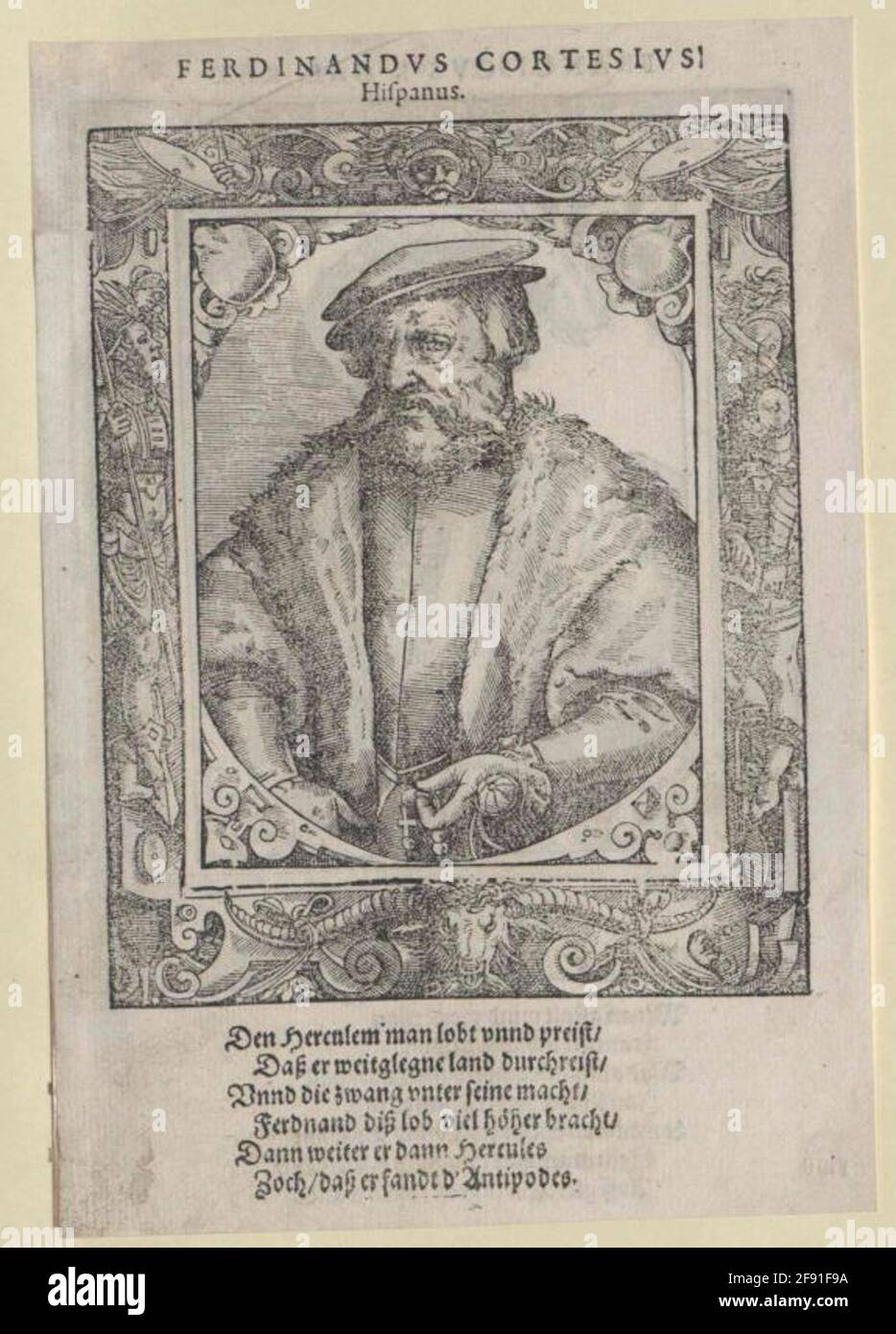 Cortez, Hernando. Stock Photohttps://www.alamy.com/image-license-details/?v=1https://www.alamy.com/cortez-hernando-image418614710.html
Cortez, Hernando. Stock Photohttps://www.alamy.com/image-license-details/?v=1https://www.alamy.com/cortez-hernando-image418614710.htmlRM2F91F9A–Cortez, Hernando.
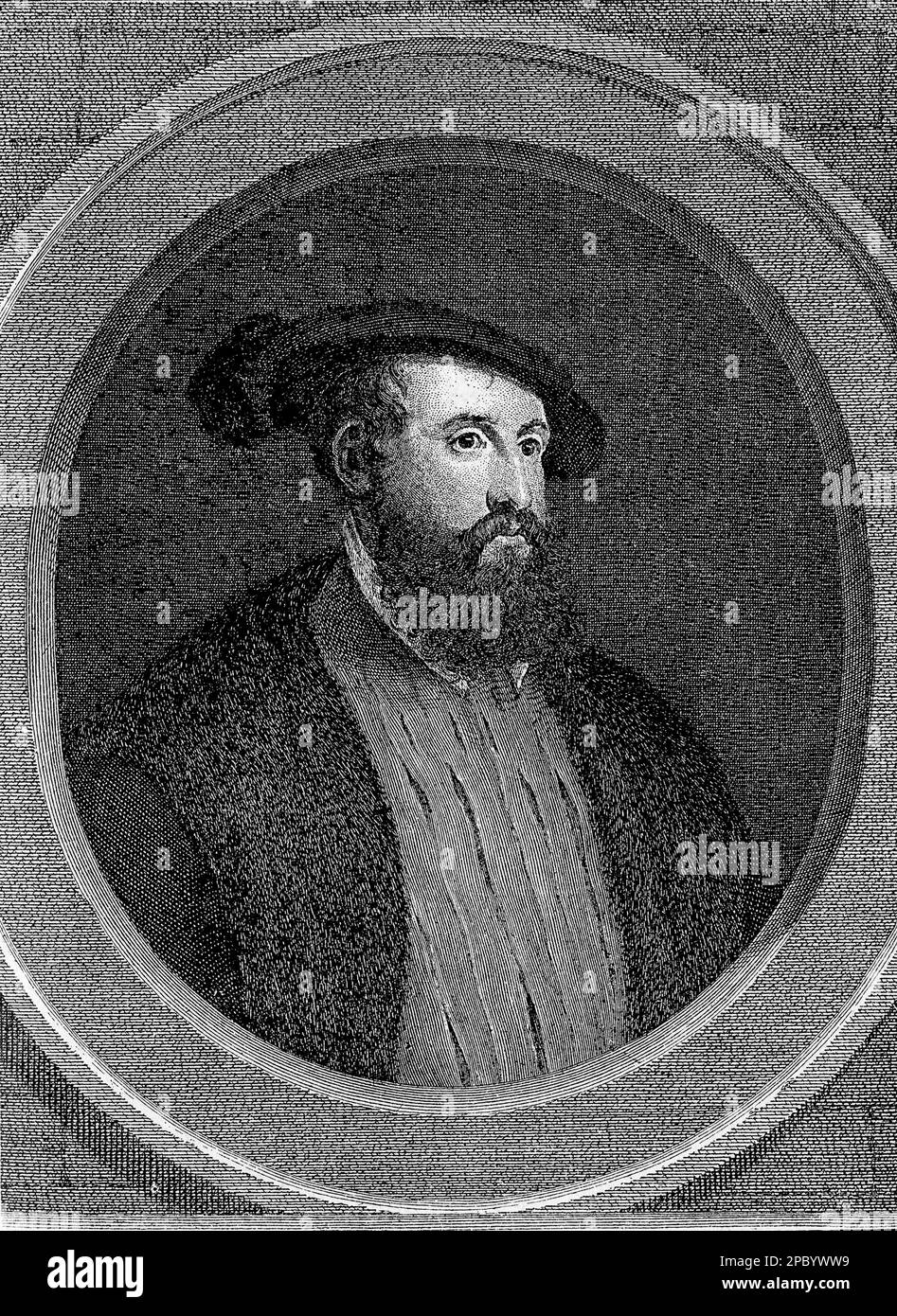 Hernan Cortes was a 16th-century Spanish conquistador who led the expedition that conquered the Aztec Empire in Mexico. He was known for his military tactics, political skills, and ruthless determination in achieving his goals. Stock Photohttps://www.alamy.com/image-license-details/?v=1https://www.alamy.com/hernan-cortes-was-a-16th-century-spanish-conquistador-who-led-the-expedition-that-conquered-the-aztec-empire-in-mexico-he-was-known-for-his-military-tactics-political-skills-and-ruthless-determination-in-achieving-his-goals-image540895637.html
Hernan Cortes was a 16th-century Spanish conquistador who led the expedition that conquered the Aztec Empire in Mexico. He was known for his military tactics, political skills, and ruthless determination in achieving his goals. Stock Photohttps://www.alamy.com/image-license-details/?v=1https://www.alamy.com/hernan-cortes-was-a-16th-century-spanish-conquistador-who-led-the-expedition-that-conquered-the-aztec-empire-in-mexico-he-was-known-for-his-military-tactics-political-skills-and-ruthless-determination-in-achieving-his-goals-image540895637.htmlRM2PBYWW9–Hernan Cortes was a 16th-century Spanish conquistador who led the expedition that conquered the Aztec Empire in Mexico. He was known for his military tactics, political skills, and ruthless determination in achieving his goals.
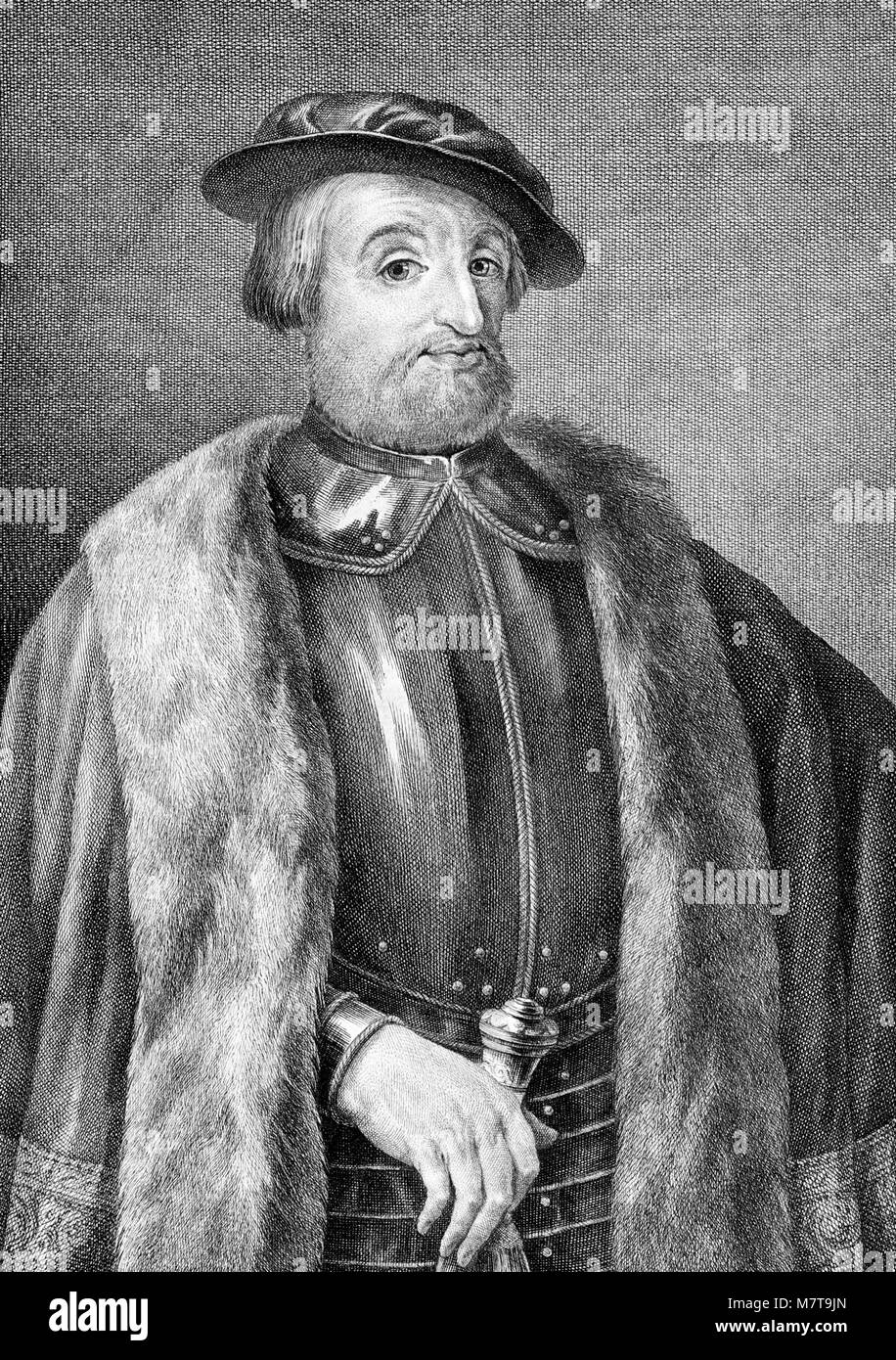 Hernán Cortés de Monroy y Pizarro Altamirano, Marquis of the Valley of Oaxaca (1485-1547). Portrait of the Spanish conquistador, Hernan Cortes, Antonio Carnicero, 1791. Stock Photohttps://www.alamy.com/image-license-details/?v=1https://www.alamy.com/stock-photo-hernn-corts-de-monroy-y-pizarro-altamirano-marquis-of-the-valley-of-176940701.html
Hernán Cortés de Monroy y Pizarro Altamirano, Marquis of the Valley of Oaxaca (1485-1547). Portrait of the Spanish conquistador, Hernan Cortes, Antonio Carnicero, 1791. Stock Photohttps://www.alamy.com/image-license-details/?v=1https://www.alamy.com/stock-photo-hernn-corts-de-monroy-y-pizarro-altamirano-marquis-of-the-valley-of-176940701.htmlRMM7T9JN–Hernán Cortés de Monroy y Pizarro Altamirano, Marquis of the Valley of Oaxaca (1485-1547). Portrait of the Spanish conquistador, Hernan Cortes, Antonio Carnicero, 1791.
 Aztec merchants on the canal in Tenochtitlan before the Spanish conquest. Hand-colored woodcut Stock Photohttps://www.alamy.com/image-license-details/?v=1https://www.alamy.com/aztec-merchants-on-the-canal-in-tenochtitlan-before-the-spanish-conquest-image4071270.html
Aztec merchants on the canal in Tenochtitlan before the Spanish conquest. Hand-colored woodcut Stock Photohttps://www.alamy.com/image-license-details/?v=1https://www.alamy.com/aztec-merchants-on-the-canal-in-tenochtitlan-before-the-spanish-conquest-image4071270.htmlRMA9YY67–Aztec merchants on the canal in Tenochtitlan before the Spanish conquest. Hand-colored woodcut
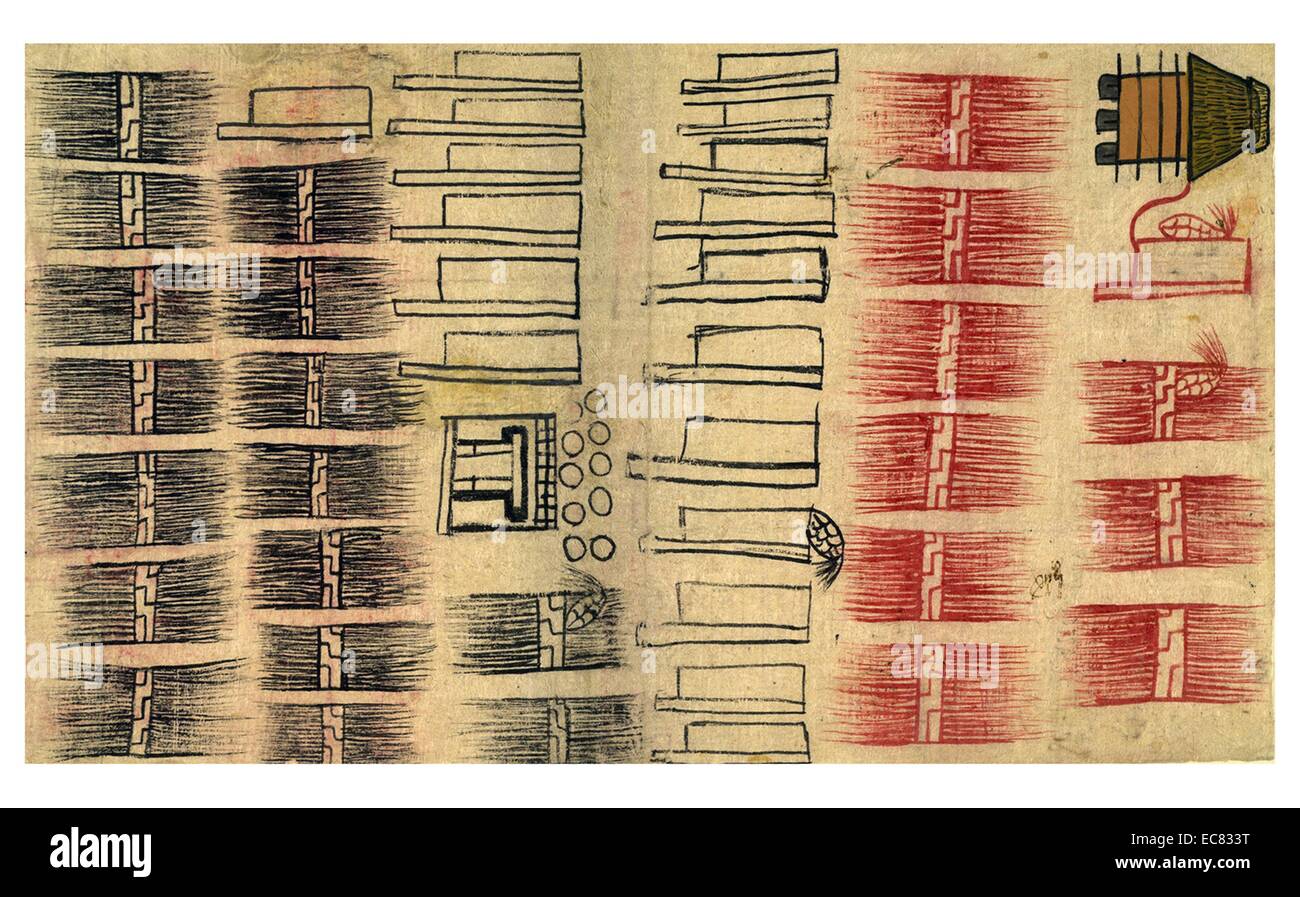 The Huexotzinco Codex. colonial-era Nahua pictorial manuscript, collectively known as Aztec codices. It is part of the testimony in a legal case against members of the First Audiencia (high court) in Mexico, particularly its president, Nuño de Guzmán, ten years after the Spanish conquest in 1521. Stock Photohttps://www.alamy.com/image-license-details/?v=1https://www.alamy.com/stock-photo-the-huexotzinco-codex-colonial-era-nahua-pictorial-manuscript-collectively-76395420.html
The Huexotzinco Codex. colonial-era Nahua pictorial manuscript, collectively known as Aztec codices. It is part of the testimony in a legal case against members of the First Audiencia (high court) in Mexico, particularly its president, Nuño de Guzmán, ten years after the Spanish conquest in 1521. Stock Photohttps://www.alamy.com/image-license-details/?v=1https://www.alamy.com/stock-photo-the-huexotzinco-codex-colonial-era-nahua-pictorial-manuscript-collectively-76395420.htmlRMEC833T–The Huexotzinco Codex. colonial-era Nahua pictorial manuscript, collectively known as Aztec codices. It is part of the testimony in a legal case against members of the First Audiencia (high court) in Mexico, particularly its president, Nuño de Guzmán, ten years after the Spanish conquest in 1521.
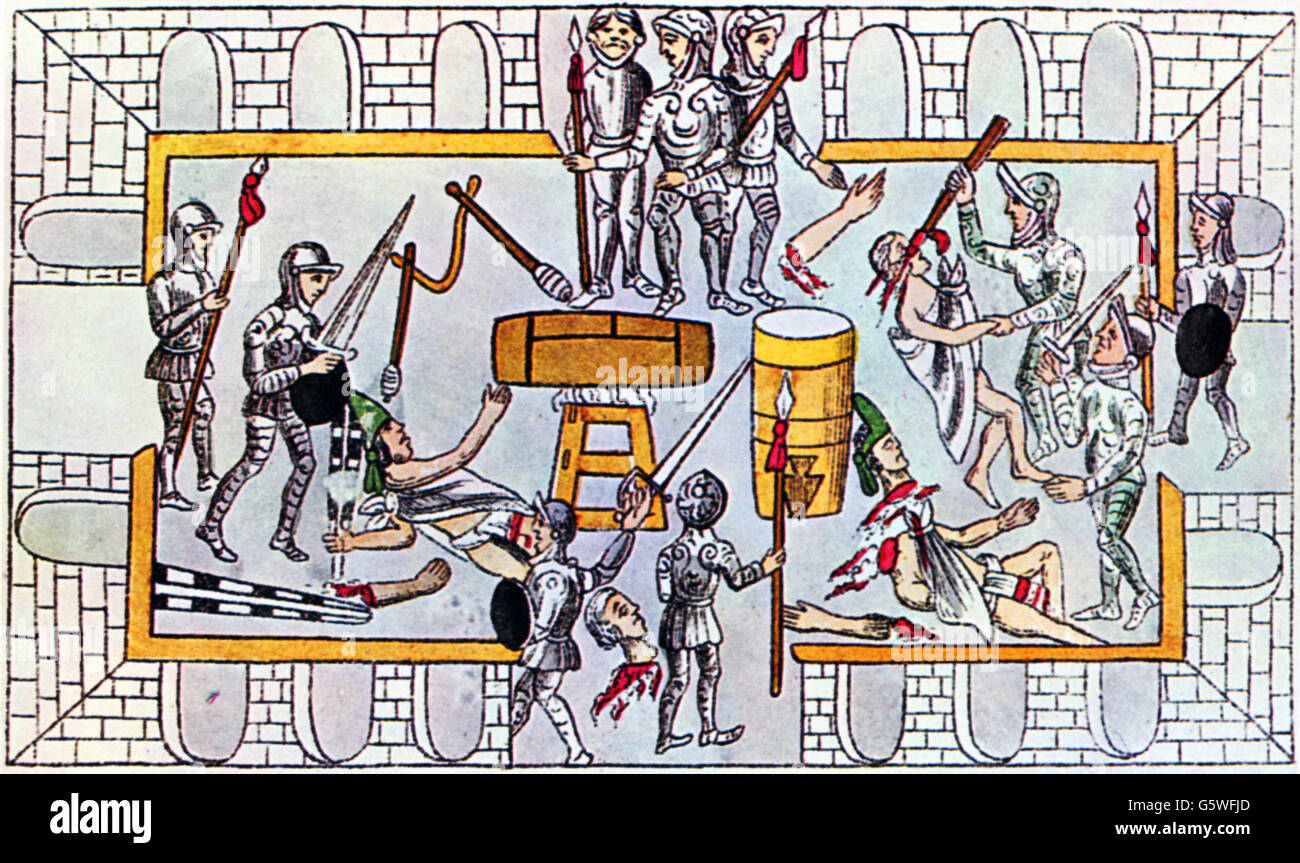 Spanish Conquest of Mexico 1519 - 1521, massacre at Templo Mayor, 23.5.1520, 'Historia de las Indias de Nueva Espana e Islas de Tierra Firme' of Diego Duran, 2nd half 16th century, Additional-Rights-Clearences-Not Available Stock Photohttps://www.alamy.com/image-license-details/?v=1https://www.alamy.com/stock-photo-spanish-conquest-of-mexico-1519-1521-massacre-at-templo-mayor-2351520-106896565.html
Spanish Conquest of Mexico 1519 - 1521, massacre at Templo Mayor, 23.5.1520, 'Historia de las Indias de Nueva Espana e Islas de Tierra Firme' of Diego Duran, 2nd half 16th century, Additional-Rights-Clearences-Not Available Stock Photohttps://www.alamy.com/image-license-details/?v=1https://www.alamy.com/stock-photo-spanish-conquest-of-mexico-1519-1521-massacre-at-templo-mayor-2351520-106896565.htmlRMG5WFJD–Spanish Conquest of Mexico 1519 - 1521, massacre at Templo Mayor, 23.5.1520, 'Historia de las Indias de Nueva Espana e Islas de Tierra Firme' of Diego Duran, 2nd half 16th century, Additional-Rights-Clearences-Not Available
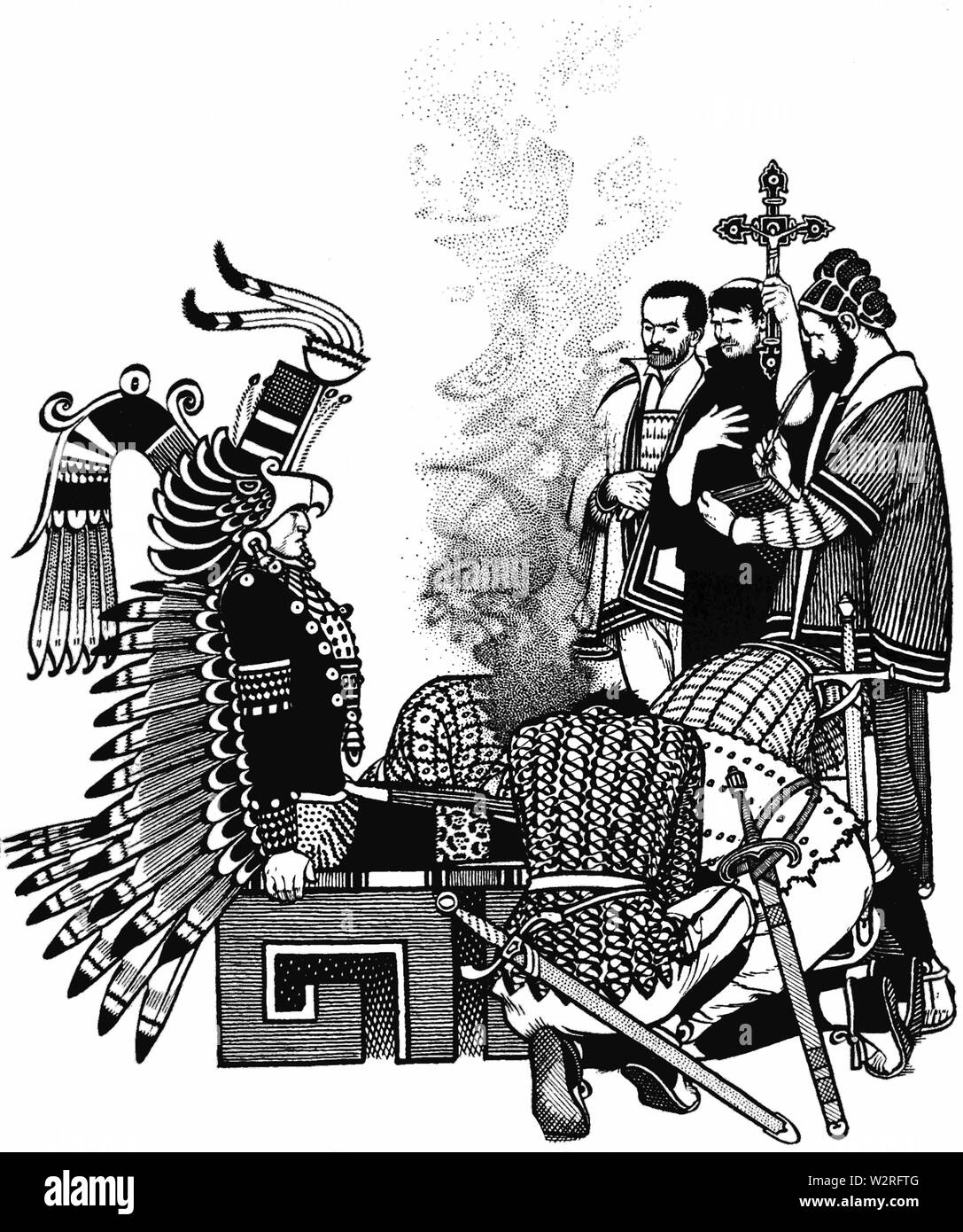 COM V2 D323 The torturing of Emperor Guatemozin Stock Photohttps://www.alamy.com/image-license-details/?v=1https://www.alamy.com/com-v2-d323-the-torturing-of-emperor-guatemozin-image259902176.html
COM V2 D323 The torturing of Emperor Guatemozin Stock Photohttps://www.alamy.com/image-license-details/?v=1https://www.alamy.com/com-v2-d323-the-torturing-of-emperor-guatemozin-image259902176.htmlRMW2RFTG–COM V2 D323 The torturing of Emperor Guatemozin
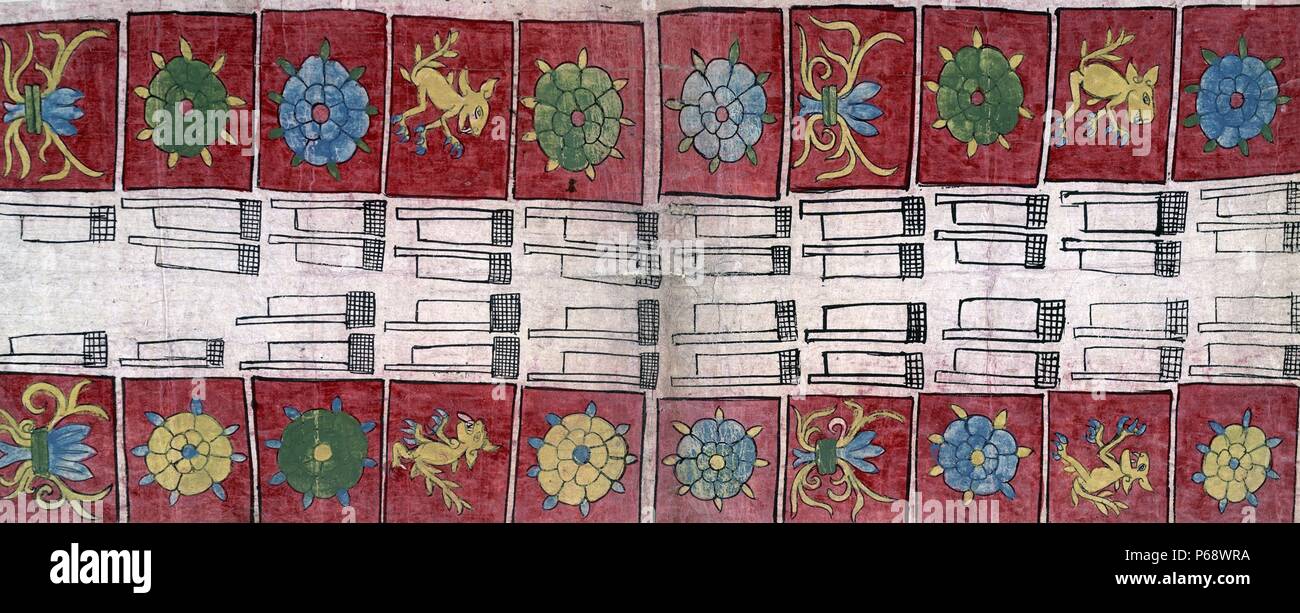 The Huexotzinco Codex. colonial-era Nahua pictorial manuscript, collectively known as Aztec codices. It is part of the testimony in a legal case against members of the First Audiencia (high court) in Mexico, particularly its president, Nuño de Guzmán, ten years after the Spanish conquest in 1521. Stock Photohttps://www.alamy.com/image-license-details/?v=1https://www.alamy.com/the-huexotzinco-codex-colonial-era-nahua-pictorial-manuscript-collectively-known-as-aztec-codices-it-is-part-of-the-testimony-in-a-legal-case-against-members-of-the-first-audiencia-high-court-in-mexico-particularly-its-president-nuo-de-guzmn-ten-years-after-the-spanish-conquest-in-1521-image210408222.html
The Huexotzinco Codex. colonial-era Nahua pictorial manuscript, collectively known as Aztec codices. It is part of the testimony in a legal case against members of the First Audiencia (high court) in Mexico, particularly its president, Nuño de Guzmán, ten years after the Spanish conquest in 1521. Stock Photohttps://www.alamy.com/image-license-details/?v=1https://www.alamy.com/the-huexotzinco-codex-colonial-era-nahua-pictorial-manuscript-collectively-known-as-aztec-codices-it-is-part-of-the-testimony-in-a-legal-case-against-members-of-the-first-audiencia-high-court-in-mexico-particularly-its-president-nuo-de-guzmn-ten-years-after-the-spanish-conquest-in-1521-image210408222.htmlRMP68WRA–The Huexotzinco Codex. colonial-era Nahua pictorial manuscript, collectively known as Aztec codices. It is part of the testimony in a legal case against members of the First Audiencia (high court) in Mexico, particularly its president, Nuño de Guzmán, ten years after the Spanish conquest in 1521.
RM3AJKXA7–The 17th-century portrait of Hernán Cortés, a significant figure in the Spanish conquest of the Aztec Empire, showcases the explorer in a regal manner. This painting highlights his role in history and the iconography surrounding his conquest of Mexico-Tenochtitlan.
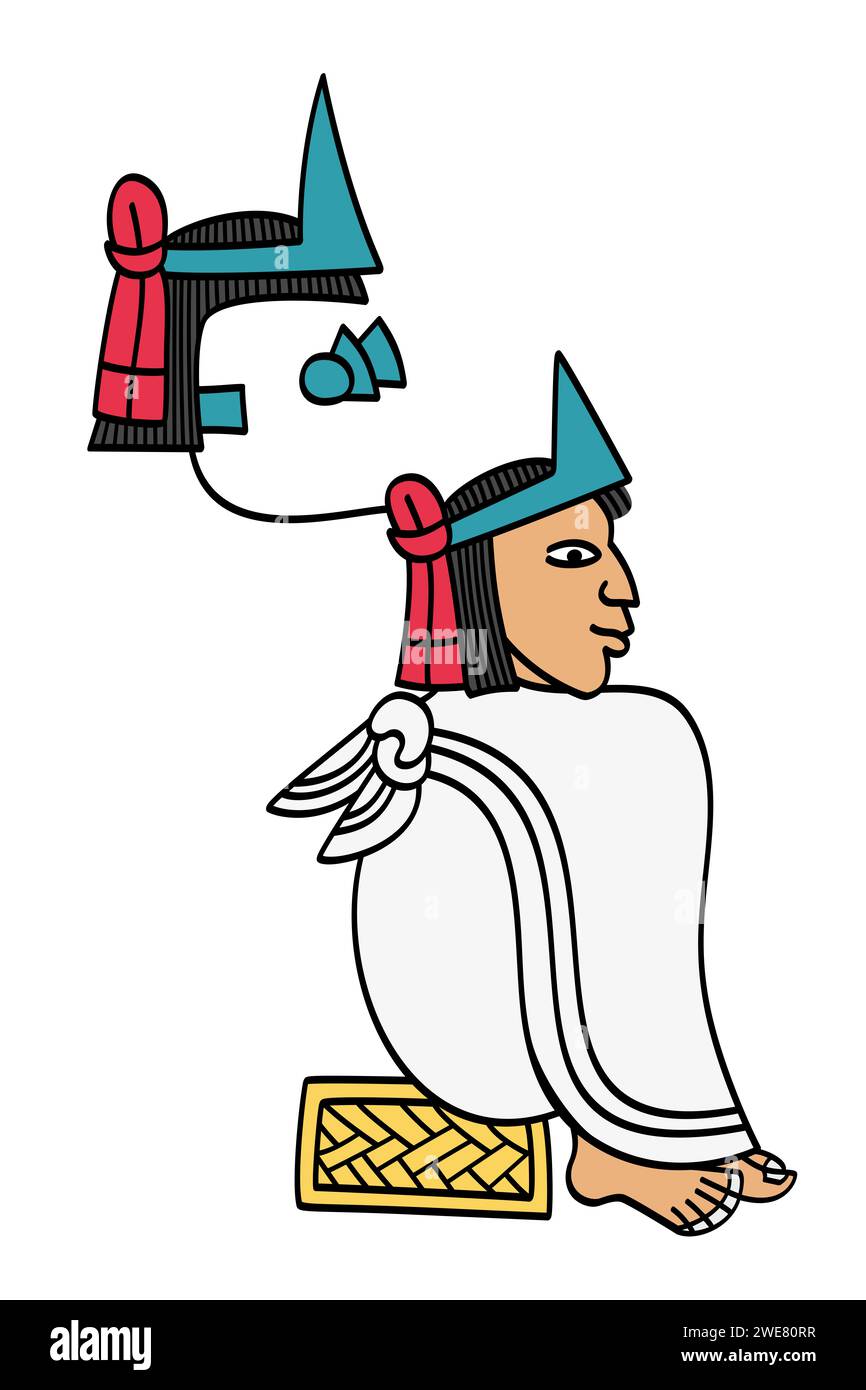 Moctezuma II, ninth Emperor of Aztec Empire, as depicted in Codex Mendoza, with name glyph or royal seal, composed of turquoise crown on straight hair. Stock Photohttps://www.alamy.com/image-license-details/?v=1https://www.alamy.com/moctezuma-ii-ninth-emperor-of-aztec-empire-as-depicted-in-codex-mendoza-with-name-glyph-or-royal-seal-composed-of-turquoise-crown-on-straight-hair-image593933979.html
Moctezuma II, ninth Emperor of Aztec Empire, as depicted in Codex Mendoza, with name glyph or royal seal, composed of turquoise crown on straight hair. Stock Photohttps://www.alamy.com/image-license-details/?v=1https://www.alamy.com/moctezuma-ii-ninth-emperor-of-aztec-empire-as-depicted-in-codex-mendoza-with-name-glyph-or-royal-seal-composed-of-turquoise-crown-on-straight-hair-image593933979.htmlRF2WE80RR–Moctezuma II, ninth Emperor of Aztec Empire, as depicted in Codex Mendoza, with name glyph or royal seal, composed of turquoise crown on straight hair.
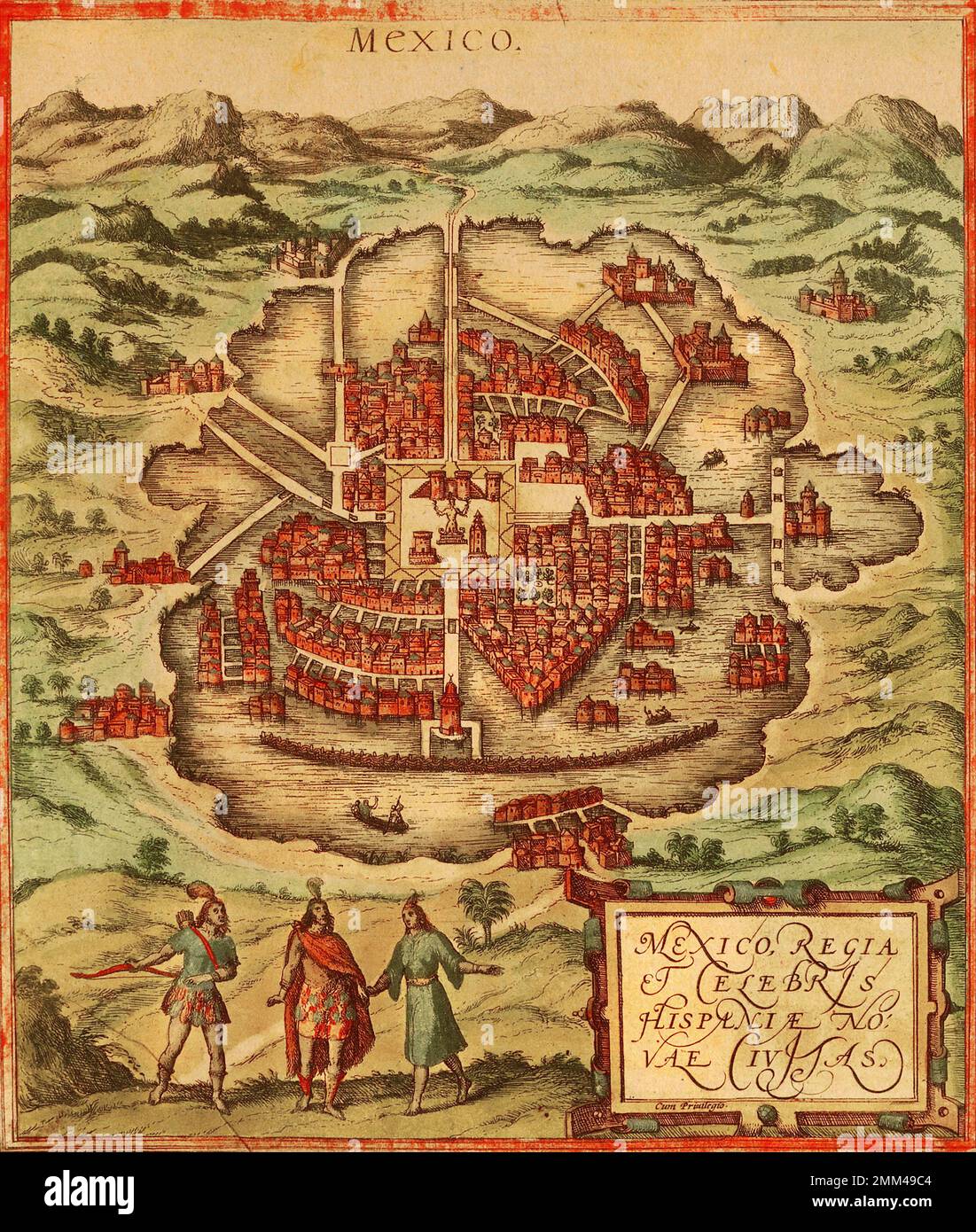 Hand colored map of Mexico City published in first Latin edition of volume I of Braun and Hogenberg's Civitiatis POrbis Terrarum, printed in 1572 Stock Photohttps://www.alamy.com/image-license-details/?v=1https://www.alamy.com/hand-colored-map-of-mexico-city-published-in-first-latin-edition-of-volume-i-of-braun-and-hogenbergs-civitiatis-porbis-terrarum-printed-in-1572-image511488996.html
Hand colored map of Mexico City published in first Latin edition of volume I of Braun and Hogenberg's Civitiatis POrbis Terrarum, printed in 1572 Stock Photohttps://www.alamy.com/image-license-details/?v=1https://www.alamy.com/hand-colored-map-of-mexico-city-published-in-first-latin-edition-of-volume-i-of-braun-and-hogenbergs-civitiatis-porbis-terrarum-printed-in-1572-image511488996.htmlRF2MM49C4–Hand colored map of Mexico City published in first Latin edition of volume I of Braun and Hogenberg's Civitiatis POrbis Terrarum, printed in 1572
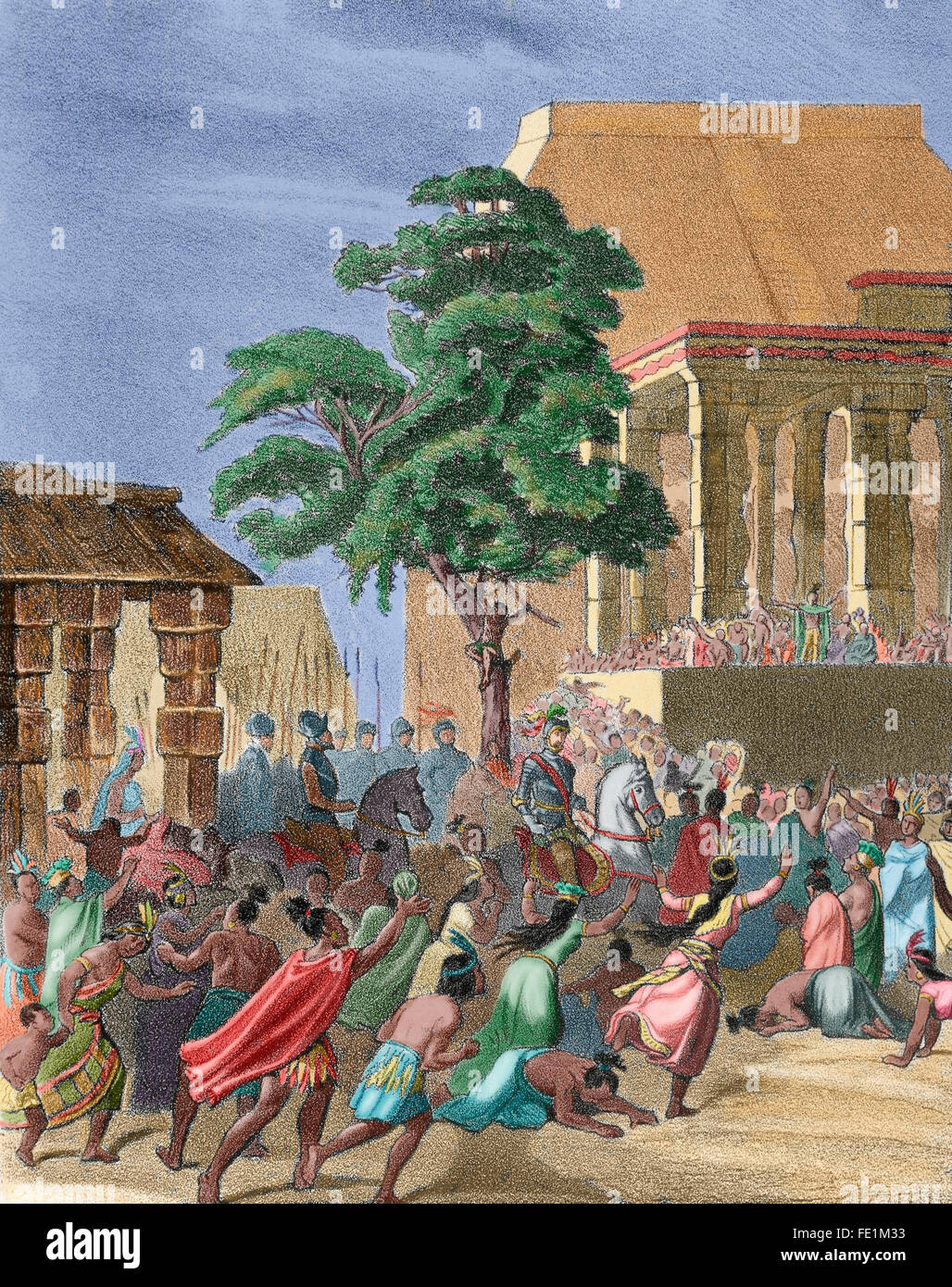 Spanish conquest of the Aztec Empire (1519-1521). Spaniards find regufe in Tlaxcala after suffered a lot of casualties fighting against the Aztecs in the Battle of Otumba in 1520. Engraving at 'Historia de España', 19th century. Colored. Stock Photohttps://www.alamy.com/image-license-details/?v=1https://www.alamy.com/stock-photo-spanish-conquest-of-the-aztec-empire-1519-1521-spaniards-find-regufe-94694743.html
Spanish conquest of the Aztec Empire (1519-1521). Spaniards find regufe in Tlaxcala after suffered a lot of casualties fighting against the Aztecs in the Battle of Otumba in 1520. Engraving at 'Historia de España', 19th century. Colored. Stock Photohttps://www.alamy.com/image-license-details/?v=1https://www.alamy.com/stock-photo-spanish-conquest-of-the-aztec-empire-1519-1521-spaniards-find-regufe-94694743.htmlRMFE1M33–Spanish conquest of the Aztec Empire (1519-1521). Spaniards find regufe in Tlaxcala after suffered a lot of casualties fighting against the Aztecs in the Battle of Otumba in 1520. Engraving at 'Historia de España', 19th century. Colored.
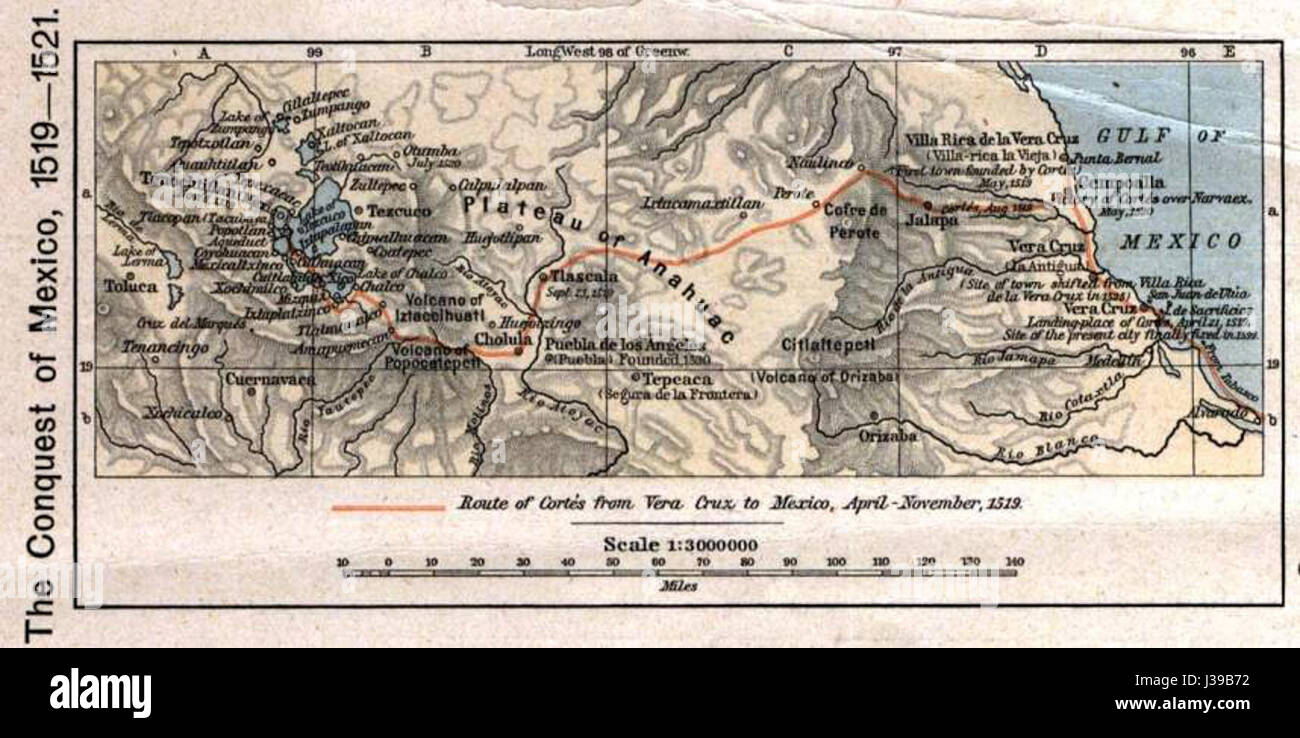 The Conquest of Mexico in 1519, led by Hernán Cortés, marked the beginning of Spanish colonization in the Americas. It involved the fall of the Aztec Empire and significant cultural, political, and economic changes in the region. Stock Photohttps://www.alamy.com/image-license-details/?v=1https://www.alamy.com/stock-photo-the-conquest-of-mexico-in-1519-led-by-hernn-corts-marked-the-beginning-139733302.html
The Conquest of Mexico in 1519, led by Hernán Cortés, marked the beginning of Spanish colonization in the Americas. It involved the fall of the Aztec Empire and significant cultural, political, and economic changes in the region. Stock Photohttps://www.alamy.com/image-license-details/?v=1https://www.alamy.com/stock-photo-the-conquest-of-mexico-in-1519-led-by-hernn-corts-marked-the-beginning-139733302.htmlRMJ39B72–The Conquest of Mexico in 1519, led by Hernán Cortés, marked the beginning of Spanish colonization in the Americas. It involved the fall of the Aztec Empire and significant cultural, political, and economic changes in the region.
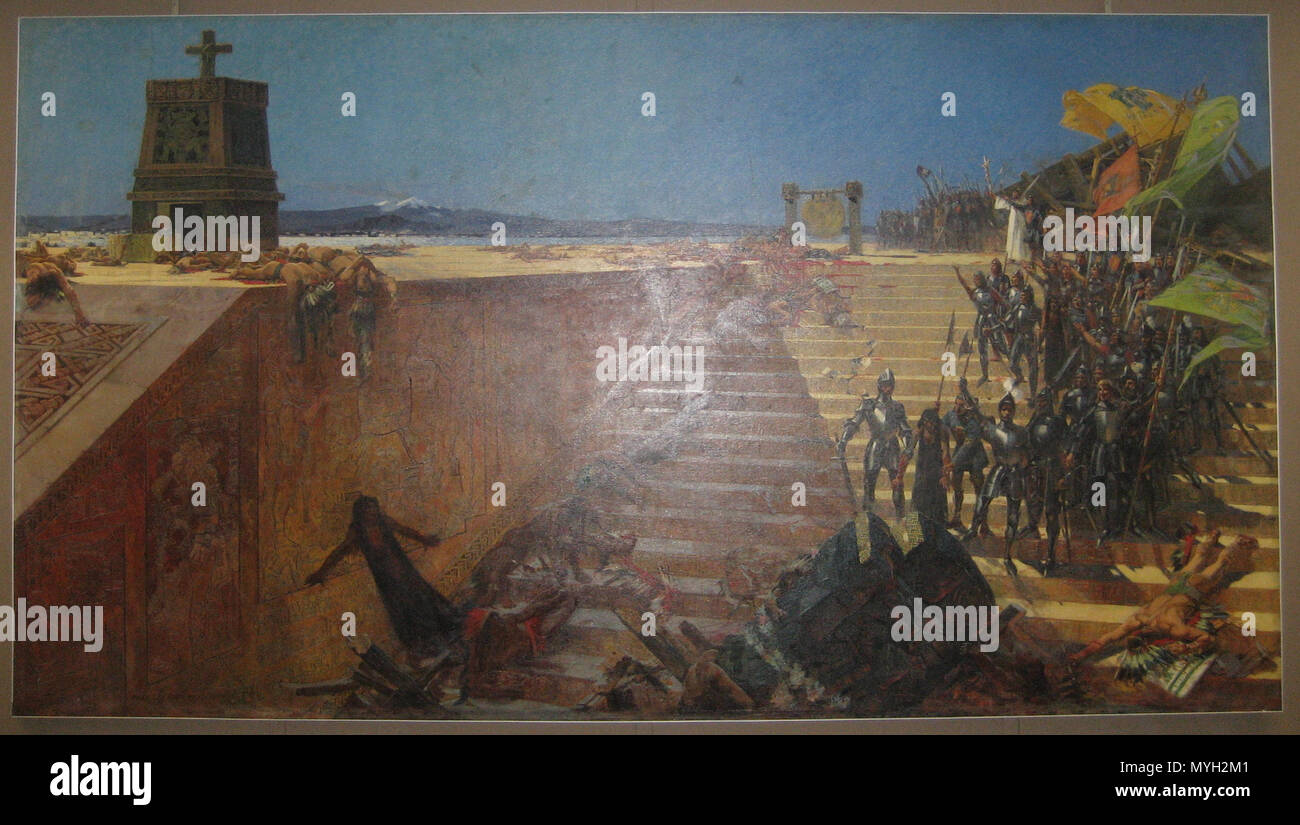 . English: 'The Last Days of Tenochtitlan—Conquest of Mexico by Cortez' — 1899 painting by William de Leftwich Dodge. Depicting the Fall of Tenochtitlan, final battle of the Spanish conquest of the Aztec Empire in 1521. Snapshot photograph of the painting on display. . 1899 314 LastDaysofTenochtitlanSnapshot Stock Photohttps://www.alamy.com/image-license-details/?v=1https://www.alamy.com/english-the-last-days-of-tenochtitlanconquest-of-mexico-by-cortez-1899-painting-by-william-de-leftwich-dodge-depicting-the-fall-of-tenochtitlan-final-battle-of-the-spanish-conquest-of-the-aztec-empire-in-1521-snapshot-photograph-of-the-painting-on-display-1899-314-lastdaysoftenochtitlansnapshot-image189074705.html
. English: 'The Last Days of Tenochtitlan—Conquest of Mexico by Cortez' — 1899 painting by William de Leftwich Dodge. Depicting the Fall of Tenochtitlan, final battle of the Spanish conquest of the Aztec Empire in 1521. Snapshot photograph of the painting on display. . 1899 314 LastDaysofTenochtitlanSnapshot Stock Photohttps://www.alamy.com/image-license-details/?v=1https://www.alamy.com/english-the-last-days-of-tenochtitlanconquest-of-mexico-by-cortez-1899-painting-by-william-de-leftwich-dodge-depicting-the-fall-of-tenochtitlan-final-battle-of-the-spanish-conquest-of-the-aztec-empire-in-1521-snapshot-photograph-of-the-painting-on-display-1899-314-lastdaysoftenochtitlansnapshot-image189074705.htmlRMMYH2M1–. English: 'The Last Days of Tenochtitlan—Conquest of Mexico by Cortez' — 1899 painting by William de Leftwich Dodge. Depicting the Fall of Tenochtitlan, final battle of the Spanish conquest of the Aztec Empire in 1521. Snapshot photograph of the painting on display. . 1899 314 LastDaysofTenochtitlanSnapshot
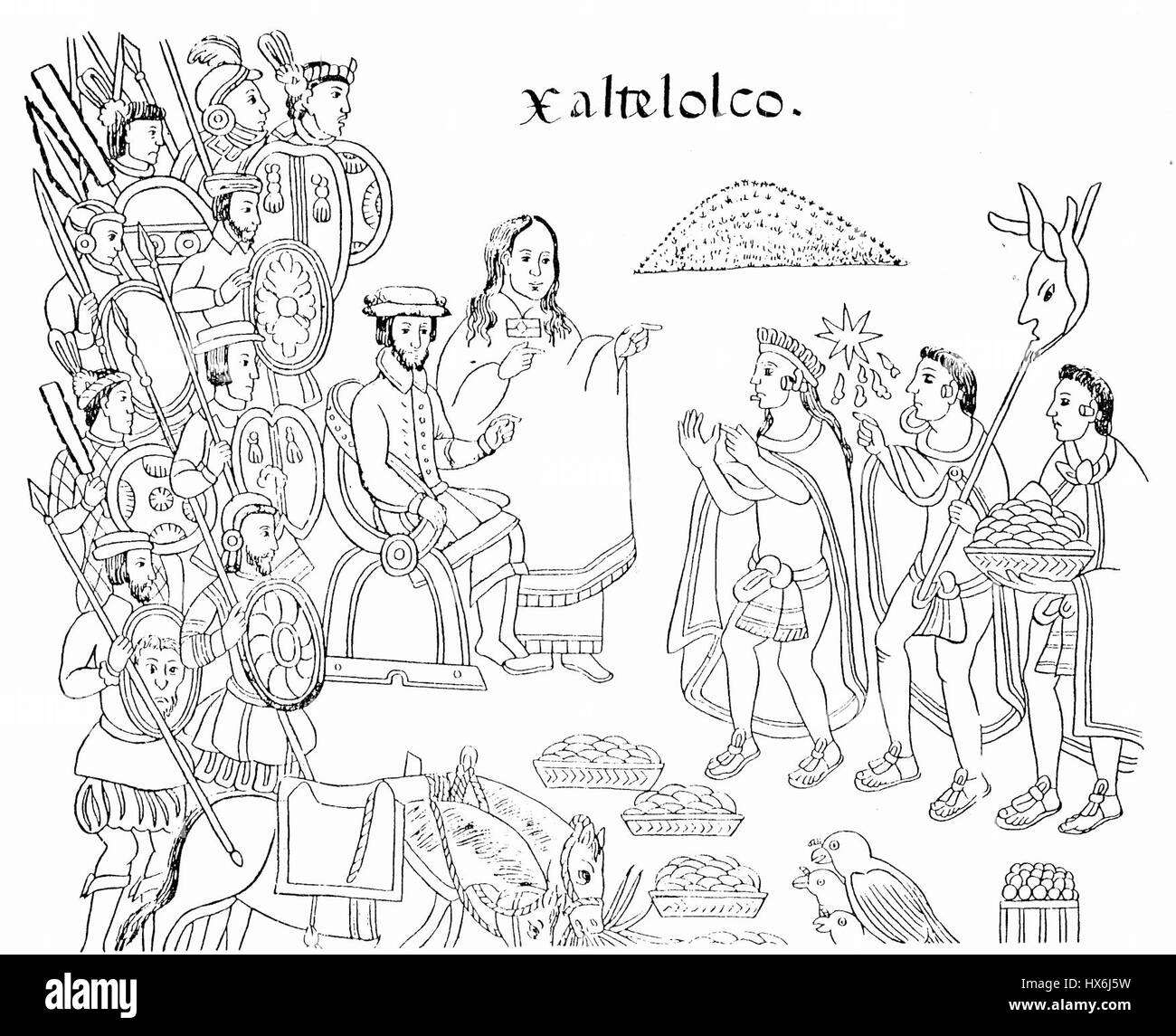 Malinche, also known as Doña Marina, was an indigenous woman from the region of Tlaxcala who played a crucial role as a translator and advisor to Hernán Cortés during the Spanish conquest of the Aztec Empire. Her contributions have been a subject of complex historical interpretations. Stock Photohttps://www.alamy.com/image-license-details/?v=1https://www.alamy.com/stock-photo-malinche-also-known-as-doa-marina-was-an-indigenous-woman-from-the-136599621.html
Malinche, also known as Doña Marina, was an indigenous woman from the region of Tlaxcala who played a crucial role as a translator and advisor to Hernán Cortés during the Spanish conquest of the Aztec Empire. Her contributions have been a subject of complex historical interpretations. Stock Photohttps://www.alamy.com/image-license-details/?v=1https://www.alamy.com/stock-photo-malinche-also-known-as-doa-marina-was-an-indigenous-woman-from-the-136599621.htmlRMHX6J5W–Malinche, also known as Doña Marina, was an indigenous woman from the region of Tlaxcala who played a crucial role as a translator and advisor to Hernán Cortés during the Spanish conquest of the Aztec Empire. Her contributions have been a subject of complex historical interpretations.
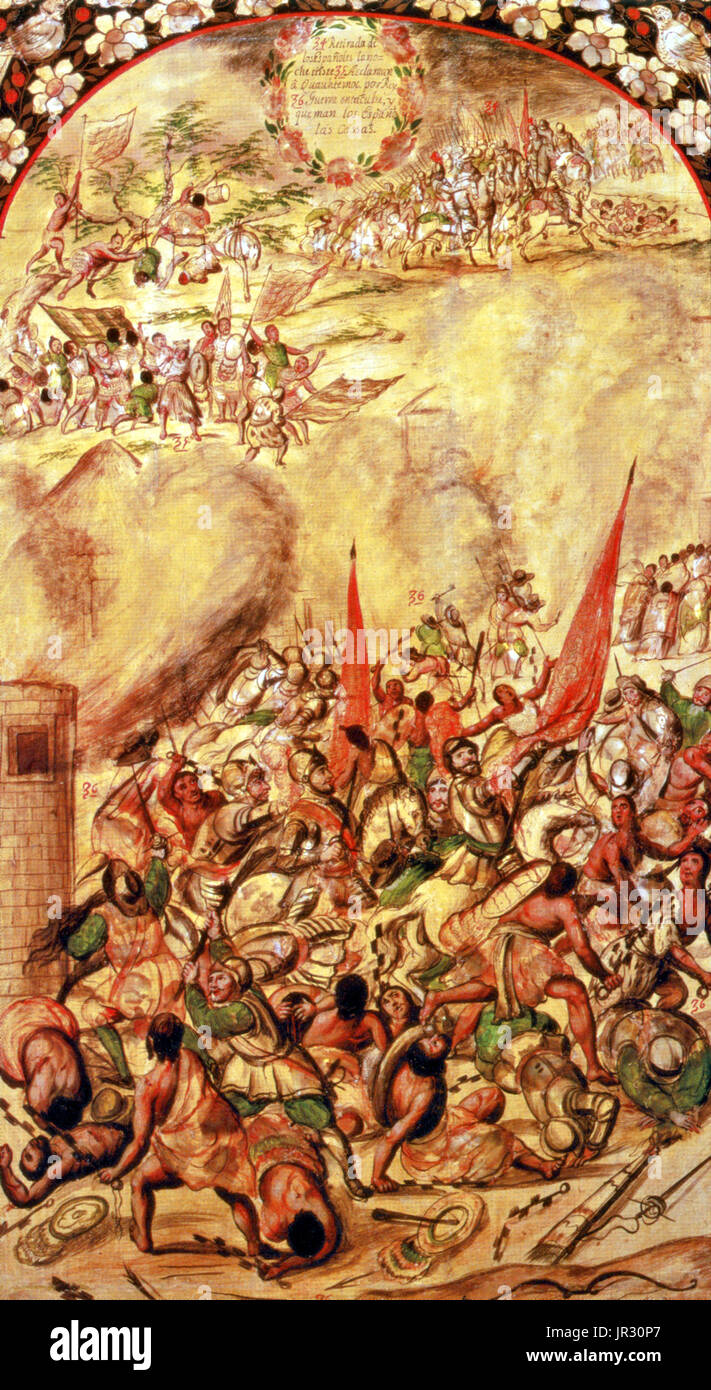 Spanish Conquest of Mexico,La Noche Triste,1520 Stock Photohttps://www.alamy.com/image-license-details/?v=1https://www.alamy.com/spanish-conquest-of-mexicola-noche-triste1520-image151886511.html
Spanish Conquest of Mexico,La Noche Triste,1520 Stock Photohttps://www.alamy.com/image-license-details/?v=1https://www.alamy.com/spanish-conquest-of-mexicola-noche-triste1520-image151886511.htmlRMJR30P7–Spanish Conquest of Mexico,La Noche Triste,1520
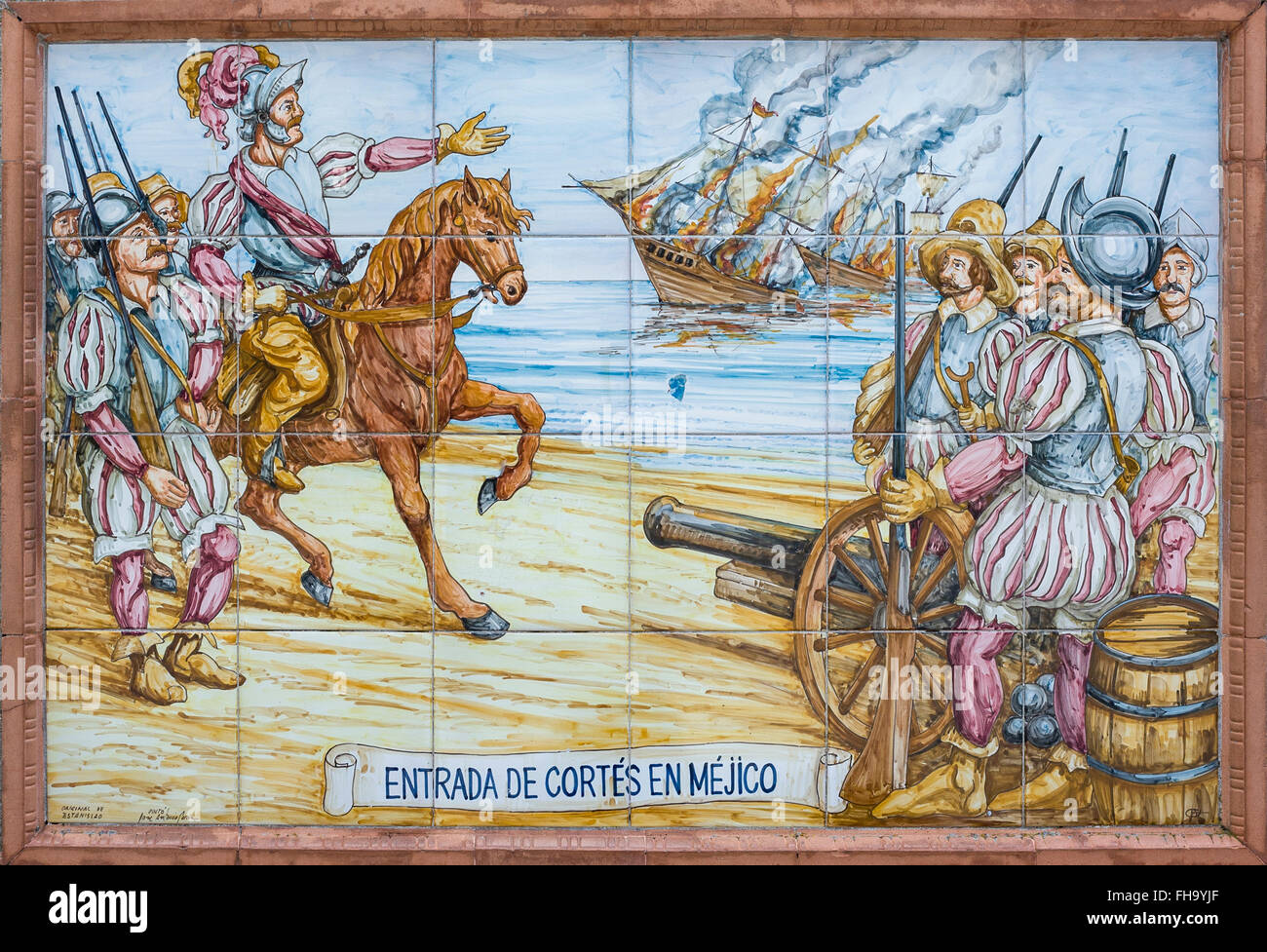 BADAJOZ, SPAIN, APRIL 16, 2015: Glazed tiles with America conquest scenes. Hernan Cortes burning the ships, on April 16, 2015, S Stock Photohttps://www.alamy.com/image-license-details/?v=1https://www.alamy.com/stock-photo-badajoz-spain-april-16-2015-glazed-tiles-with-america-conquest-scenes-96720247.html
BADAJOZ, SPAIN, APRIL 16, 2015: Glazed tiles with America conquest scenes. Hernan Cortes burning the ships, on April 16, 2015, S Stock Photohttps://www.alamy.com/image-license-details/?v=1https://www.alamy.com/stock-photo-badajoz-spain-april-16-2015-glazed-tiles-with-america-conquest-scenes-96720247.htmlRFFH9YJF–BADAJOZ, SPAIN, APRIL 16, 2015: Glazed tiles with America conquest scenes. Hernan Cortes burning the ships, on April 16, 2015, S
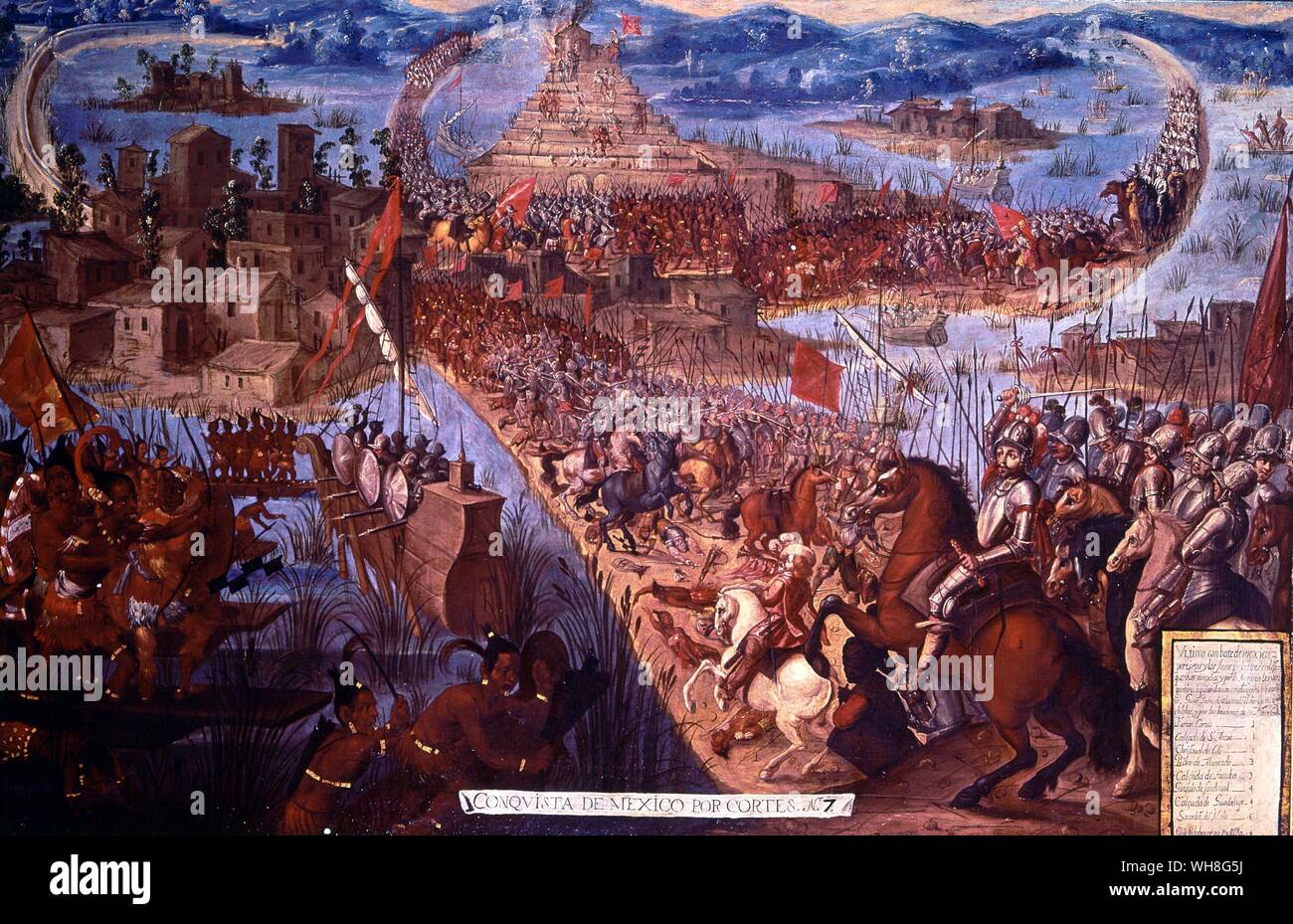 The Conquest of Tenochtitlán, unknown artist, from The Conquistadors by Hammond Innes, page 142. The painting shows the conquest of Tenochtitlán (now the site of Mexico City). The battle between the Spanish under Hernán(do) Cortés, marqués del Valle de Oaxaca (1484-1547) and the Mexica under the last Aztec leader Cuauhtémoc (c.1502-1525) is more properly called a siege. It began in May of 1521 and lasted into August. With newly built ships, the Spanish controlled the lake surrounding the island and blockaded the city. Ultimately Cortés ordered the complete destruction of Tenochtitlán, Stock Photohttps://www.alamy.com/image-license-details/?v=1https://www.alamy.com/the-conquest-of-tenochtitln-unknown-artist-from-the-conquistadors-by-hammond-innes-page-142-the-painting-shows-the-conquest-of-tenochtitln-now-the-site-of-mexico-city-the-battle-between-the-spanish-under-hernndo-corts-marqus-del-valle-de-oaxaca-1484-1547-and-the-mexica-under-the-last-aztec-leader-cuauhtmoc-c1502-1525-is-more-properly-called-a-siege-it-began-in-may-of-1521-and-lasted-into-august-with-newly-built-ships-the-spanish-controlled-the-lake-surrounding-the-island-and-blockaded-the-city-ultimately-corts-ordered-the-complete-destruction-of-tenochtitln-image268792990.html
The Conquest of Tenochtitlán, unknown artist, from The Conquistadors by Hammond Innes, page 142. The painting shows the conquest of Tenochtitlán (now the site of Mexico City). The battle between the Spanish under Hernán(do) Cortés, marqués del Valle de Oaxaca (1484-1547) and the Mexica under the last Aztec leader Cuauhtémoc (c.1502-1525) is more properly called a siege. It began in May of 1521 and lasted into August. With newly built ships, the Spanish controlled the lake surrounding the island and blockaded the city. Ultimately Cortés ordered the complete destruction of Tenochtitlán, Stock Photohttps://www.alamy.com/image-license-details/?v=1https://www.alamy.com/the-conquest-of-tenochtitln-unknown-artist-from-the-conquistadors-by-hammond-innes-page-142-the-painting-shows-the-conquest-of-tenochtitln-now-the-site-of-mexico-city-the-battle-between-the-spanish-under-hernndo-corts-marqus-del-valle-de-oaxaca-1484-1547-and-the-mexica-under-the-last-aztec-leader-cuauhtmoc-c1502-1525-is-more-properly-called-a-siege-it-began-in-may-of-1521-and-lasted-into-august-with-newly-built-ships-the-spanish-controlled-the-lake-surrounding-the-island-and-blockaded-the-city-ultimately-corts-ordered-the-complete-destruction-of-tenochtitln-image268792990.htmlRMWH8G5J–The Conquest of Tenochtitlán, unknown artist, from The Conquistadors by Hammond Innes, page 142. The painting shows the conquest of Tenochtitlán (now the site of Mexico City). The battle between the Spanish under Hernán(do) Cortés, marqués del Valle de Oaxaca (1484-1547) and the Mexica under the last Aztec leader Cuauhtémoc (c.1502-1525) is more properly called a siege. It began in May of 1521 and lasted into August. With newly built ships, the Spanish controlled the lake surrounding the island and blockaded the city. Ultimately Cortés ordered the complete destruction of Tenochtitlán,
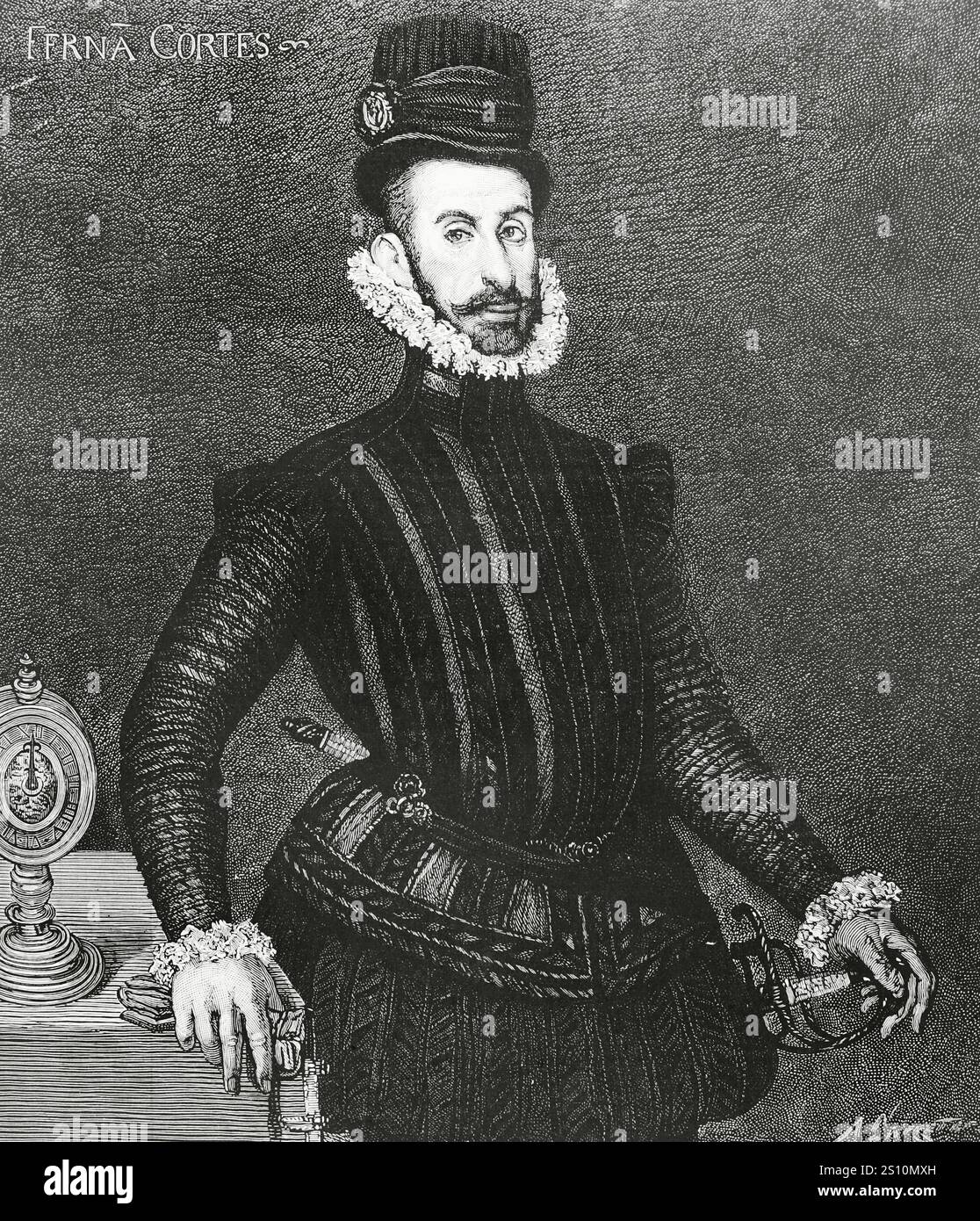 Hernan Cortes (1488-1547). Spanish conquistador of the Aztec empire. Portrait. Engraving by Arturo Carretero (1852-1903) after a painting that belonged to the gallery of the Marquis of Salamanca. La Ilustracion Espanola y Americana (The Spanish and American Illustration). Supplement to issue I. January, 1884. Stock Photohttps://www.alamy.com/image-license-details/?v=1https://www.alamy.com/hernan-cortes-1488-1547-spanish-conquistador-of-the-aztec-empire-portrait-engraving-by-arturo-carretero-1852-1903-after-a-painting-that-belonged-to-the-gallery-of-the-marquis-of-salamanca-la-ilustracion-espanola-y-americana-the-spanish-and-american-illustration-supplement-to-issue-i-january-1884-image637414697.html
Hernan Cortes (1488-1547). Spanish conquistador of the Aztec empire. Portrait. Engraving by Arturo Carretero (1852-1903) after a painting that belonged to the gallery of the Marquis of Salamanca. La Ilustracion Espanola y Americana (The Spanish and American Illustration). Supplement to issue I. January, 1884. Stock Photohttps://www.alamy.com/image-license-details/?v=1https://www.alamy.com/hernan-cortes-1488-1547-spanish-conquistador-of-the-aztec-empire-portrait-engraving-by-arturo-carretero-1852-1903-after-a-painting-that-belonged-to-the-gallery-of-the-marquis-of-salamanca-la-ilustracion-espanola-y-americana-the-spanish-and-american-illustration-supplement-to-issue-i-january-1884-image637414697.htmlRM2S10MXH–Hernan Cortes (1488-1547). Spanish conquistador of the Aztec empire. Portrait. Engraving by Arturo Carretero (1852-1903) after a painting that belonged to the gallery of the Marquis of Salamanca. La Ilustracion Espanola y Americana (The Spanish and American Illustration). Supplement to issue I. January, 1884.
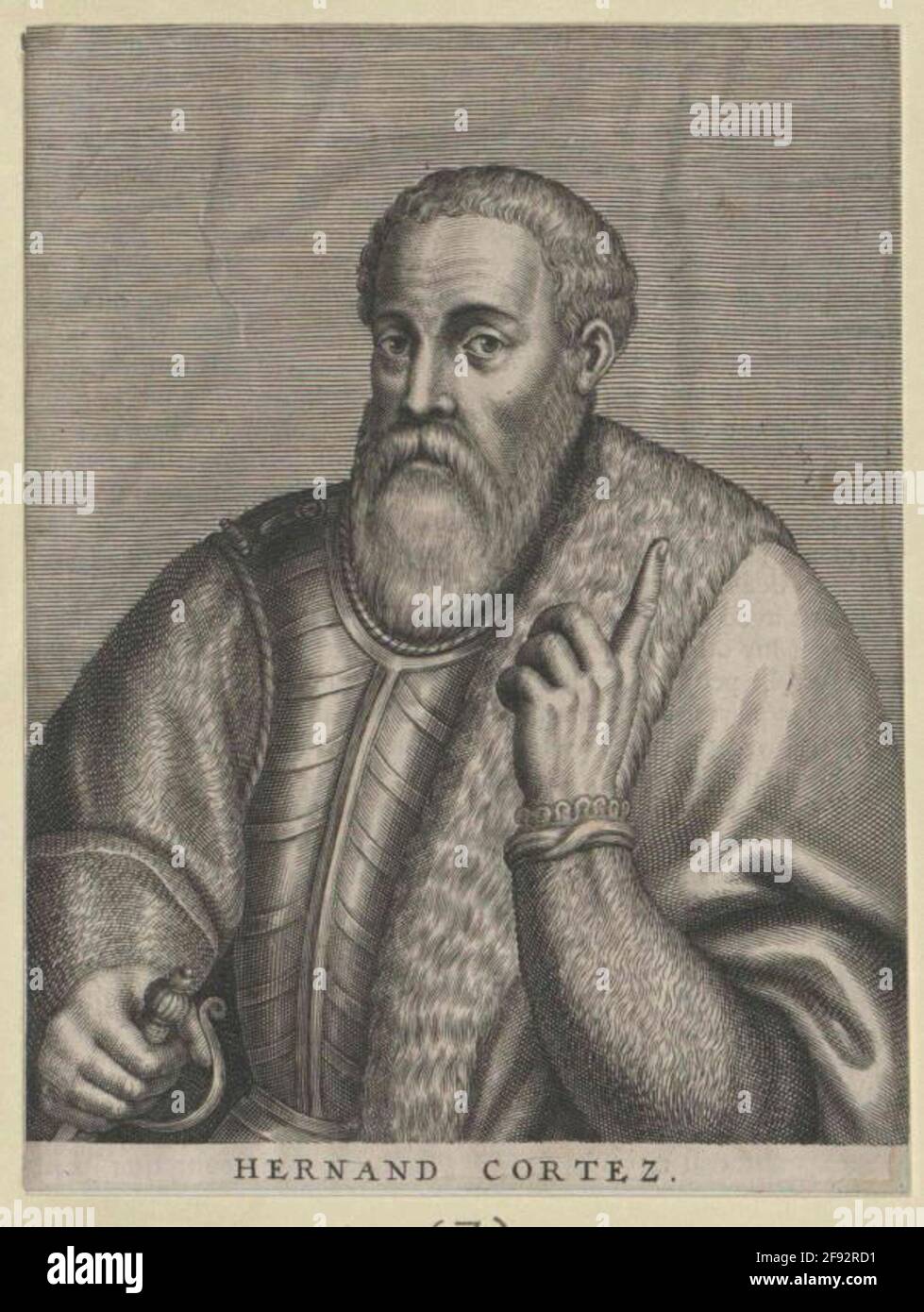 Cortez, Hernando. Stock Photohttps://www.alamy.com/image-license-details/?v=1https://www.alamy.com/cortez-hernando-image418643037.html
Cortez, Hernando. Stock Photohttps://www.alamy.com/image-license-details/?v=1https://www.alamy.com/cortez-hernando-image418643037.htmlRM2F92RD1–Cortez, Hernando.
 'Historia de la Conquista de México, población, y progresos de la América septentrional, conocida por el nombre de Nueva España' (History of the Conquest of Mexico, population, and progress of northern America, known by the name of New Spain). Written by Antonio de Solís y Rivadeneryra (1610-1686), Chronicler of the Indies. Volume II. Edition published in Barcelona and divided into two volumes, 1771. King's printer: Thomas Piferrer. Historical Military Library of Barcelona. Catalonia, Spain. Author: Antonio Solís Rivadeneyra (1610-1686). Writer. Chronicler of the Indies and Spanish historian. Stock Photohttps://www.alamy.com/image-license-details/?v=1https://www.alamy.com/historia-de-la-conquista-de-mxico-poblacin-y-progresos-de-la-amrica-septentrional-conocida-por-el-nombre-de-nueva-espaa-history-of-the-conquest-of-mexico-population-and-progress-of-northern-america-known-by-the-name-of-new-spain-written-by-antonio-de-sols-y-rivadeneryra-1610-1686-chronicler-of-the-indies-volume-ii-edition-published-in-barcelona-and-divided-into-two-volumes-1771-kings-printer-thomas-piferrer-historical-military-library-of-barcelona-catalonia-spain-author-antonio-sols-rivadeneyra-1610-1686-writer-chronicler-of-the-indies-and-spanish-historian-image452855080.html
'Historia de la Conquista de México, población, y progresos de la América septentrional, conocida por el nombre de Nueva España' (History of the Conquest of Mexico, population, and progress of northern America, known by the name of New Spain). Written by Antonio de Solís y Rivadeneryra (1610-1686), Chronicler of the Indies. Volume II. Edition published in Barcelona and divided into two volumes, 1771. King's printer: Thomas Piferrer. Historical Military Library of Barcelona. Catalonia, Spain. Author: Antonio Solís Rivadeneyra (1610-1686). Writer. Chronicler of the Indies and Spanish historian. Stock Photohttps://www.alamy.com/image-license-details/?v=1https://www.alamy.com/historia-de-la-conquista-de-mxico-poblacin-y-progresos-de-la-amrica-septentrional-conocida-por-el-nombre-de-nueva-espaa-history-of-the-conquest-of-mexico-population-and-progress-of-northern-america-known-by-the-name-of-new-spain-written-by-antonio-de-sols-y-rivadeneryra-1610-1686-chronicler-of-the-indies-volume-ii-edition-published-in-barcelona-and-divided-into-two-volumes-1771-kings-printer-thomas-piferrer-historical-military-library-of-barcelona-catalonia-spain-author-antonio-sols-rivadeneyra-1610-1686-writer-chronicler-of-the-indies-and-spanish-historian-image452855080.htmlRM2H8N97M–'Historia de la Conquista de México, población, y progresos de la América septentrional, conocida por el nombre de Nueva España' (History of the Conquest of Mexico, population, and progress of northern America, known by the name of New Spain). Written by Antonio de Solís y Rivadeneryra (1610-1686), Chronicler of the Indies. Volume II. Edition published in Barcelona and divided into two volumes, 1771. King's printer: Thomas Piferrer. Historical Military Library of Barcelona. Catalonia, Spain. Author: Antonio Solís Rivadeneyra (1610-1686). Writer. Chronicler of the Indies and Spanish historian.
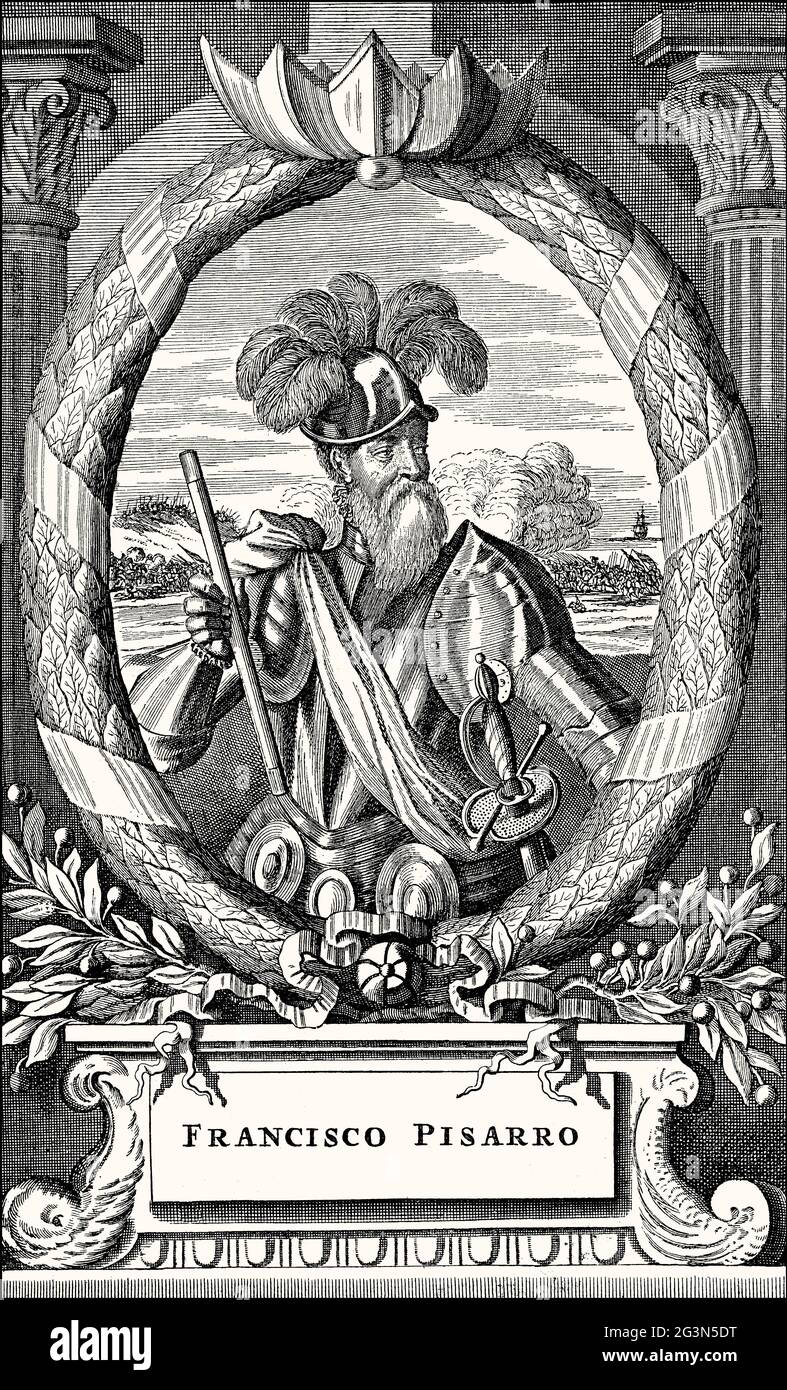 Francisco Pizarro González, 1478 – 1541, a Spanish conquistador Stock Photohttps://www.alamy.com/image-license-details/?v=1https://www.alamy.com/francisco-pizarro-gonzlez-1478-1541-a-spanish-conquistador-image432568468.html
Francisco Pizarro González, 1478 – 1541, a Spanish conquistador Stock Photohttps://www.alamy.com/image-license-details/?v=1https://www.alamy.com/francisco-pizarro-gonzlez-1478-1541-a-spanish-conquistador-image432568468.htmlRM2G3N5DT–Francisco Pizarro González, 1478 – 1541, a Spanish conquistador
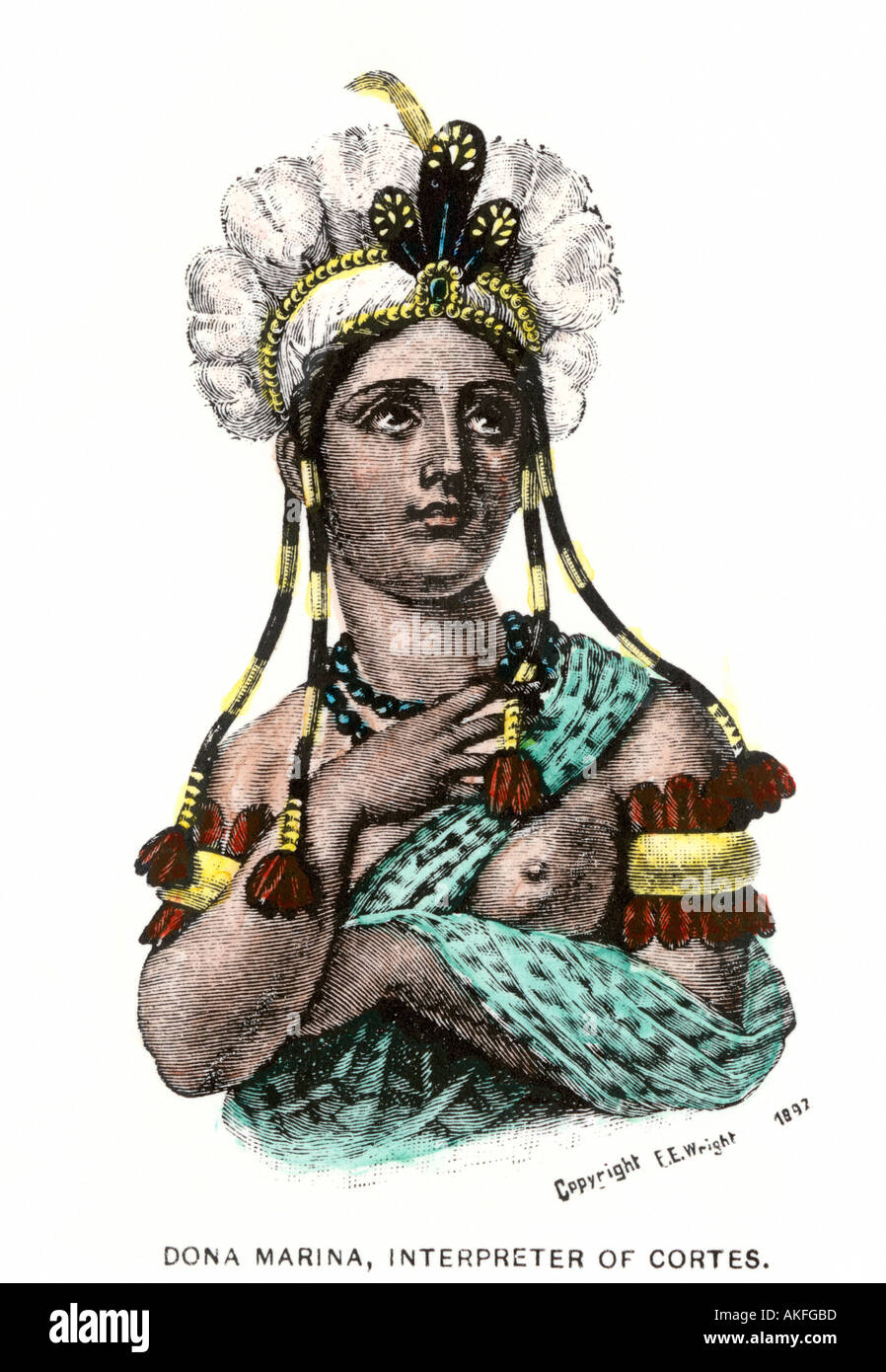 La Malinche Dona Marina native Mexican interpreter for Hernando Cortes in the Spanish conquest of Aztec Mexico 1500s. Hand-colored woodcut Stock Photohttps://www.alamy.com/image-license-details/?v=1https://www.alamy.com/la-malinche-dona-marina-native-mexican-interpreter-for-hernando-cortes-image4891836.html
La Malinche Dona Marina native Mexican interpreter for Hernando Cortes in the Spanish conquest of Aztec Mexico 1500s. Hand-colored woodcut Stock Photohttps://www.alamy.com/image-license-details/?v=1https://www.alamy.com/la-malinche-dona-marina-native-mexican-interpreter-for-hernando-cortes-image4891836.htmlRMAKFGBD–La Malinche Dona Marina native Mexican interpreter for Hernando Cortes in the Spanish conquest of Aztec Mexico 1500s. Hand-colored woodcut
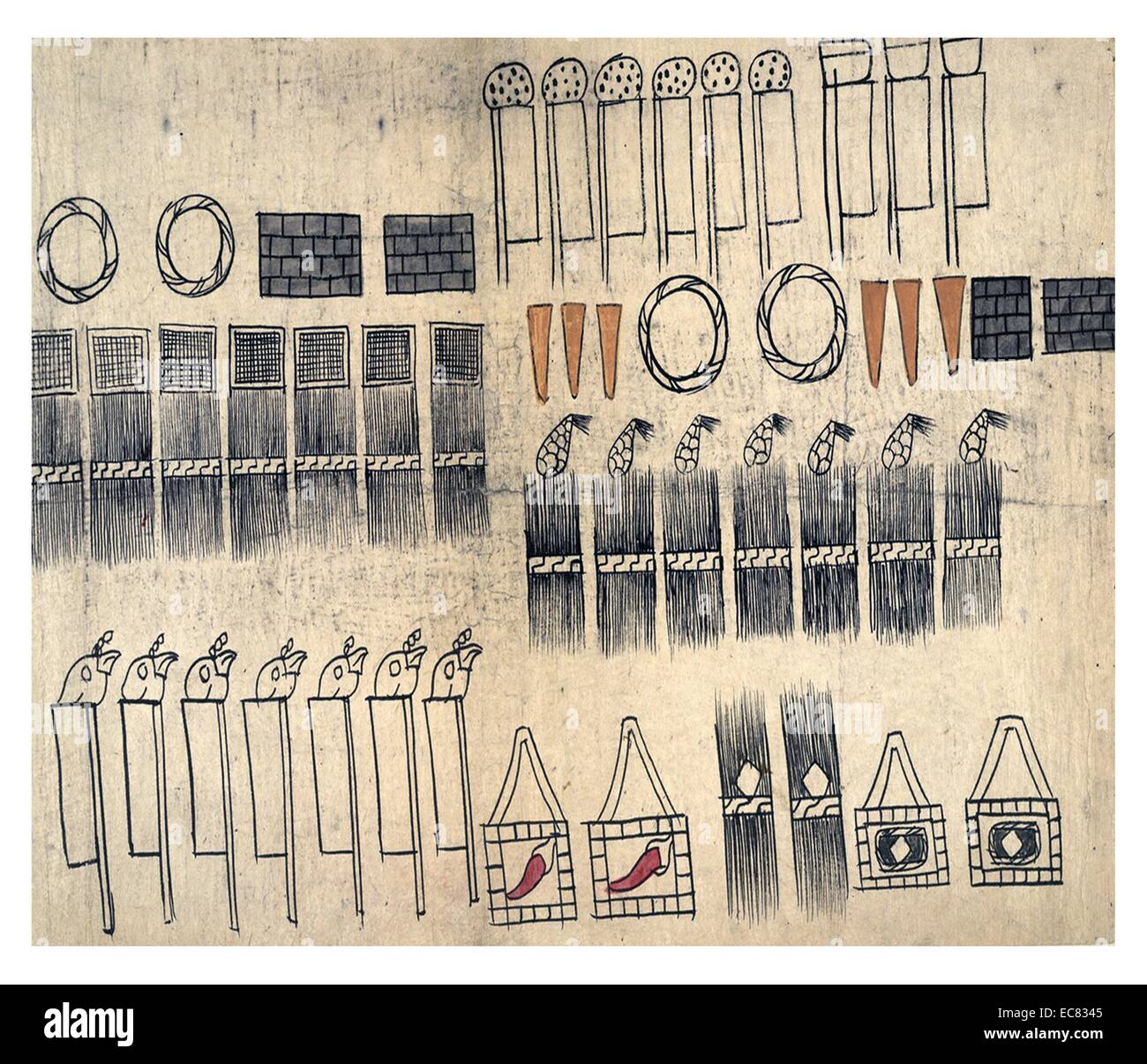 The Huexotzinco Codex. colonial-era Nahua pictorial manuscript, collectively known as Aztec codices. It is part of the testimony in a legal case against members of the First Audiencia (high court) in Mexico, particularly its president, Nuño de Guzmán, ten years after the Spanish conquest in 1521. Stock Photohttps://www.alamy.com/image-license-details/?v=1https://www.alamy.com/stock-photo-the-huexotzinco-codex-colonial-era-nahua-pictorial-manuscript-collectively-76395429.html
The Huexotzinco Codex. colonial-era Nahua pictorial manuscript, collectively known as Aztec codices. It is part of the testimony in a legal case against members of the First Audiencia (high court) in Mexico, particularly its president, Nuño de Guzmán, ten years after the Spanish conquest in 1521. Stock Photohttps://www.alamy.com/image-license-details/?v=1https://www.alamy.com/stock-photo-the-huexotzinco-codex-colonial-era-nahua-pictorial-manuscript-collectively-76395429.htmlRMEC8345–The Huexotzinco Codex. colonial-era Nahua pictorial manuscript, collectively known as Aztec codices. It is part of the testimony in a legal case against members of the First Audiencia (high court) in Mexico, particularly its president, Nuño de Guzmán, ten years after the Spanish conquest in 1521.
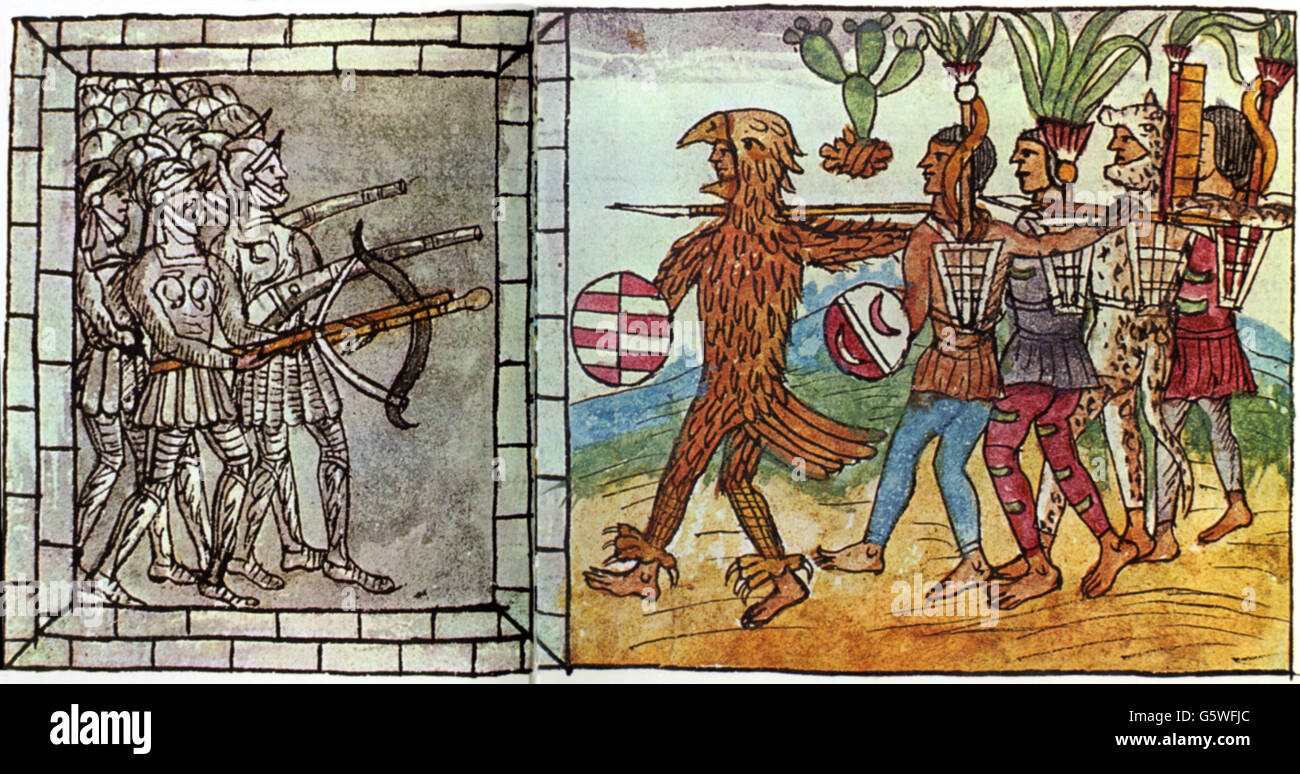 Spanish conquest of Mexico 1519 - 1521, Spaniards under Hernan Cortes are besieged in the palace, 30.6.1520, 'Historia de las Indias de Nueva Espana e Islas de Tierra Firme' of Diego Duran, 2nd half 16th Century, Additional-Rights-Clearences-Not Available Stock Photohttps://www.alamy.com/image-license-details/?v=1https://www.alamy.com/stock-photo-spanish-conquest-of-mexico-1519-1521-spaniards-under-hernan-cortes-106896564.html
Spanish conquest of Mexico 1519 - 1521, Spaniards under Hernan Cortes are besieged in the palace, 30.6.1520, 'Historia de las Indias de Nueva Espana e Islas de Tierra Firme' of Diego Duran, 2nd half 16th Century, Additional-Rights-Clearences-Not Available Stock Photohttps://www.alamy.com/image-license-details/?v=1https://www.alamy.com/stock-photo-spanish-conquest-of-mexico-1519-1521-spaniards-under-hernan-cortes-106896564.htmlRMG5WFJC–Spanish conquest of Mexico 1519 - 1521, Spaniards under Hernan Cortes are besieged in the palace, 30.6.1520, 'Historia de las Indias de Nueva Espana e Islas de Tierra Firme' of Diego Duran, 2nd half 16th Century, Additional-Rights-Clearences-Not Available
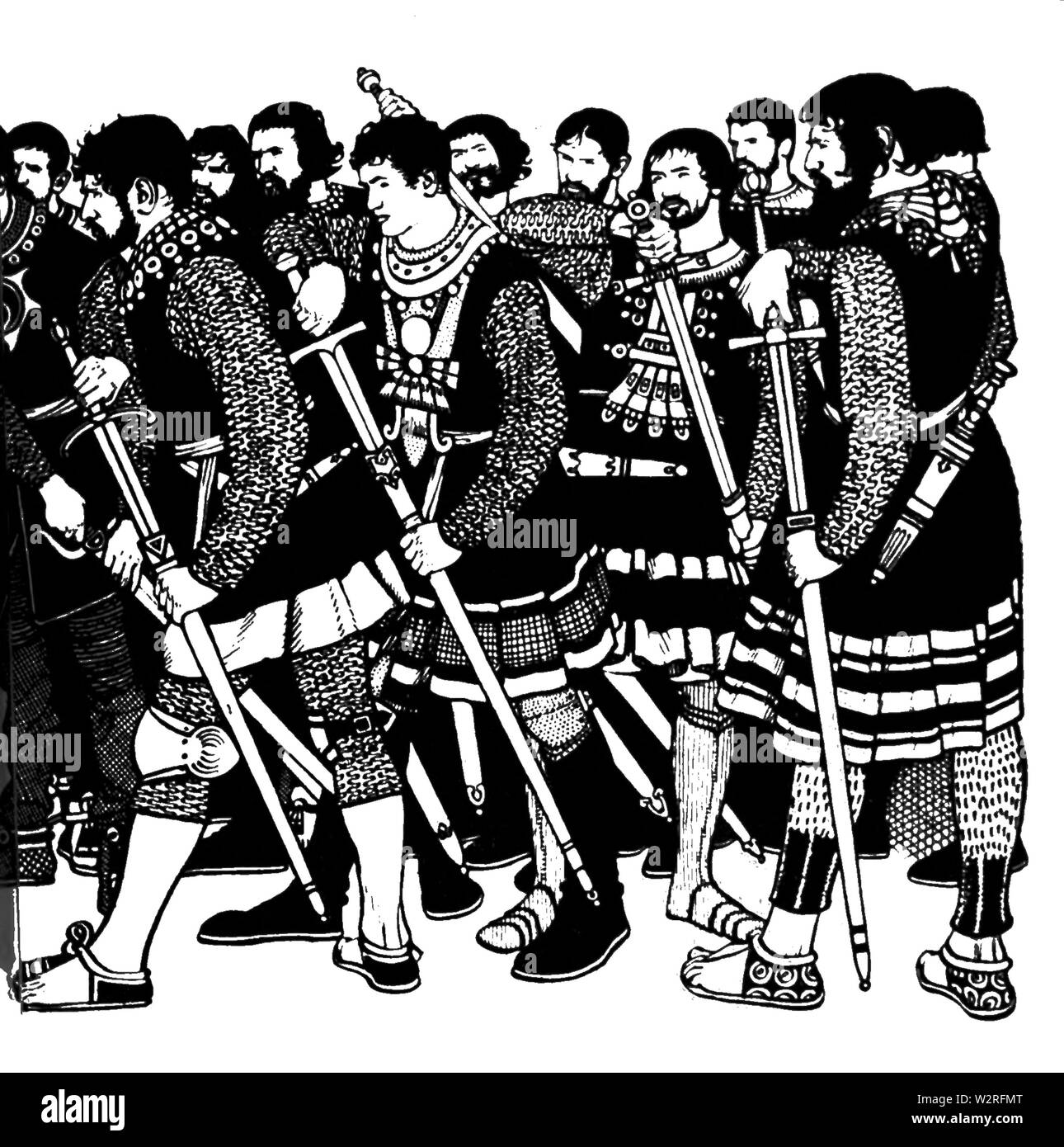 COM V1 D439 Arrest of the emperor Montezuma Stock Photohttps://www.alamy.com/image-license-details/?v=1https://www.alamy.com/com-v1-d439-arrest-of-the-emperor-montezuma-image259902072.html
COM V1 D439 Arrest of the emperor Montezuma Stock Photohttps://www.alamy.com/image-license-details/?v=1https://www.alamy.com/com-v1-d439-arrest-of-the-emperor-montezuma-image259902072.htmlRMW2RFMT–COM V1 D439 Arrest of the emperor Montezuma
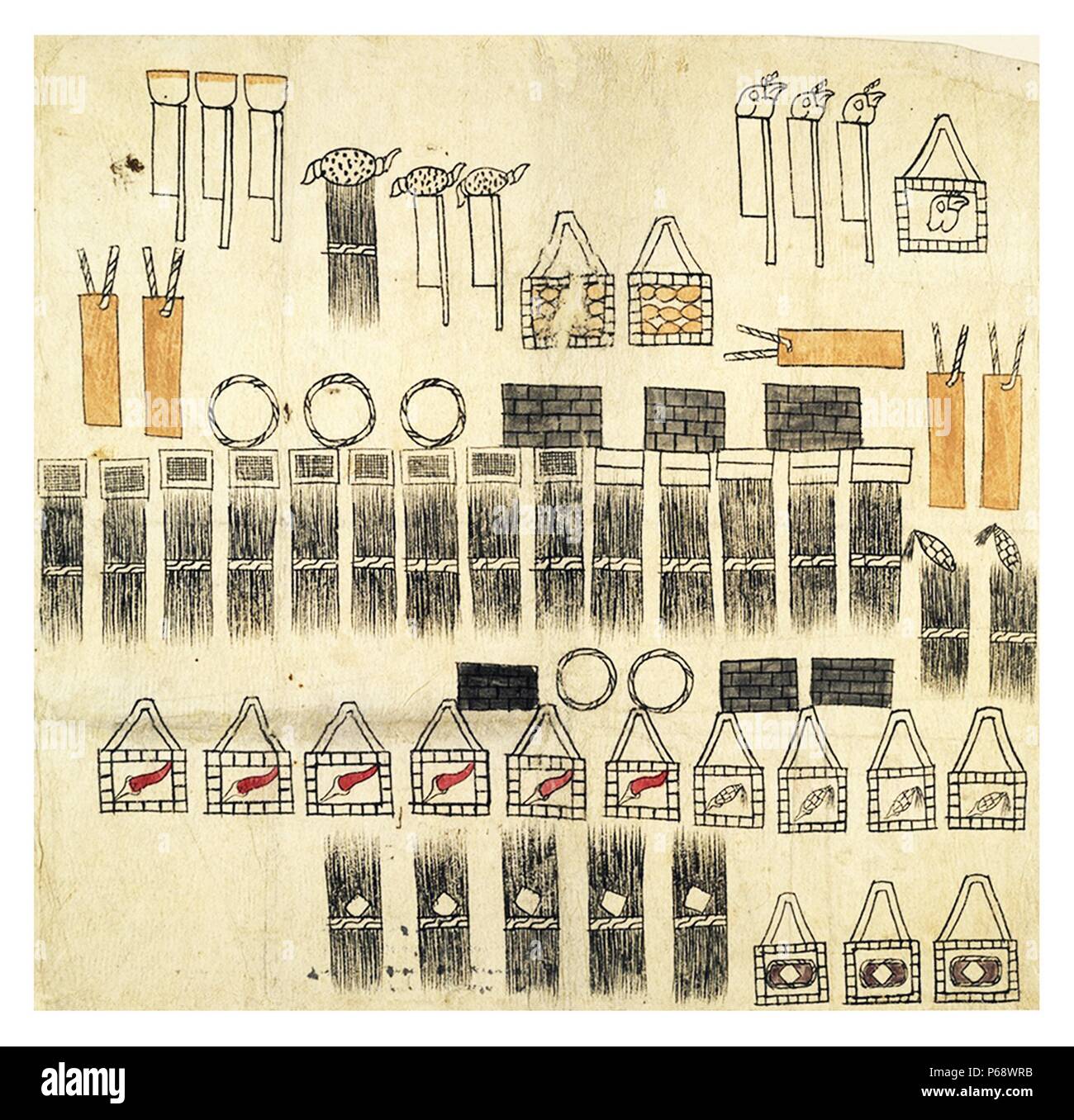 The Huexotzinco Codex. colonial-era Nahua pictorial manuscript, collectively known as Aztec codices. It is part of the testimony in a legal case against members of the First Audiencia (high court) in Mexico, particularly its president, Nuño de Guzmán, ten years after the Spanish conquest in 1521. Stock Photohttps://www.alamy.com/image-license-details/?v=1https://www.alamy.com/the-huexotzinco-codex-colonial-era-nahua-pictorial-manuscript-collectively-known-as-aztec-codices-it-is-part-of-the-testimony-in-a-legal-case-against-members-of-the-first-audiencia-high-court-in-mexico-particularly-its-president-nuo-de-guzmn-ten-years-after-the-spanish-conquest-in-1521-image210408223.html
The Huexotzinco Codex. colonial-era Nahua pictorial manuscript, collectively known as Aztec codices. It is part of the testimony in a legal case against members of the First Audiencia (high court) in Mexico, particularly its president, Nuño de Guzmán, ten years after the Spanish conquest in 1521. Stock Photohttps://www.alamy.com/image-license-details/?v=1https://www.alamy.com/the-huexotzinco-codex-colonial-era-nahua-pictorial-manuscript-collectively-known-as-aztec-codices-it-is-part-of-the-testimony-in-a-legal-case-against-members-of-the-first-audiencia-high-court-in-mexico-particularly-its-president-nuo-de-guzmn-ten-years-after-the-spanish-conquest-in-1521-image210408223.htmlRMP68WRB–The Huexotzinco Codex. colonial-era Nahua pictorial manuscript, collectively known as Aztec codices. It is part of the testimony in a legal case against members of the First Audiencia (high court) in Mexico, particularly its president, Nuño de Guzmán, ten years after the Spanish conquest in 1521.
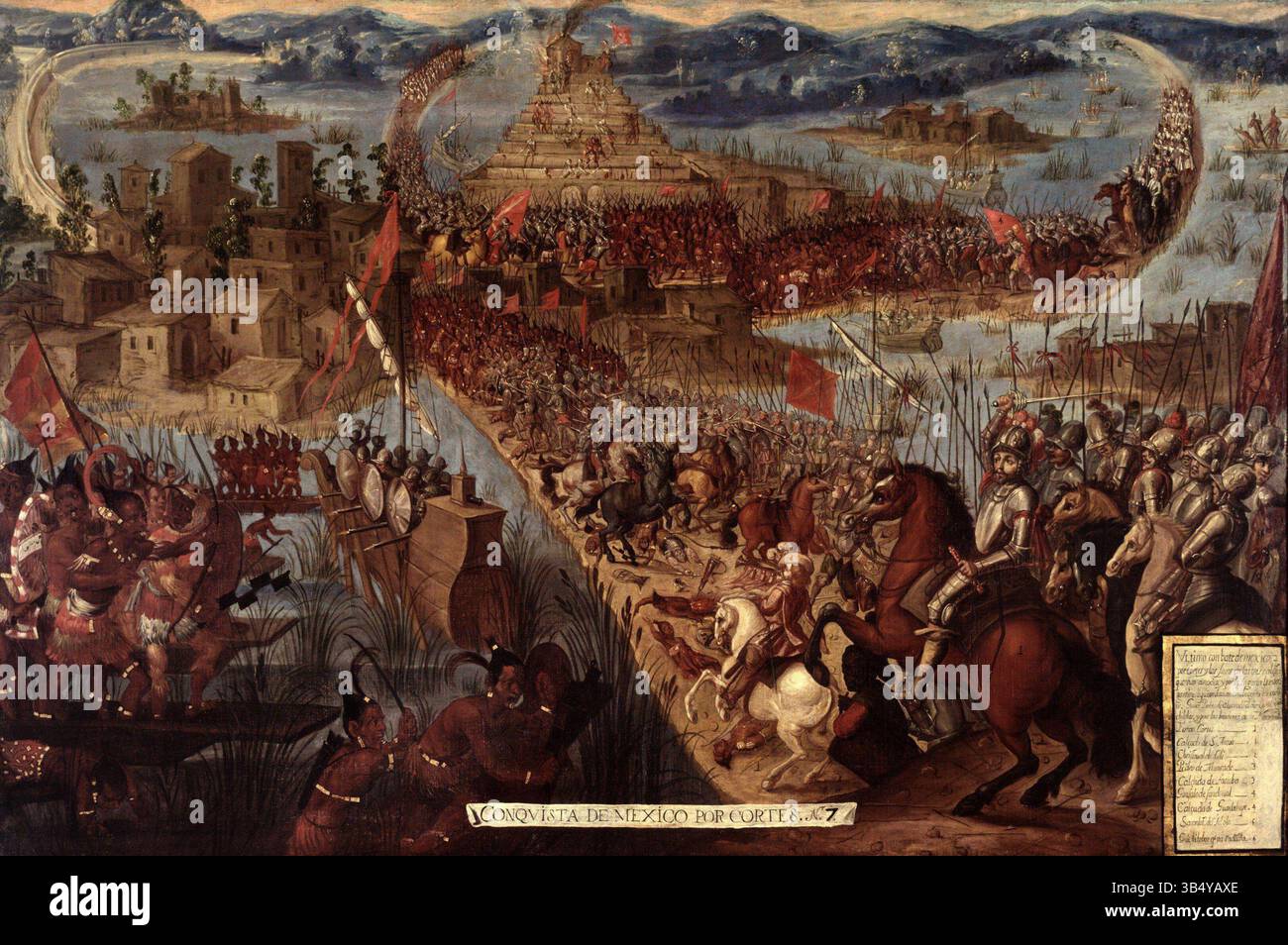 The painting 'Conquista de México por Cortés' from the second half of the 17th century depicts Hernán Cortés and the Spanish conquest of the Aztec Empire. It illustrates the fall of Tenochtitlan in 1521, marking a pivotal moment in history. This oil on canvas artwork is part of a series on the Conquest of Mexico. Stock Photohttps://www.alamy.com/image-license-details/?v=1https://www.alamy.com/the-painting-conquista-de-mxico-por-corts-from-the-second-half-of-the-17th-century-depicts-hernn-corts-and-the-spanish-conquest-of-the-aztec-empire-it-illustrates-the-fall-of-tenochtitlan-in-1521-marking-a-pivotal-moment-in-history-this-oil-on-canvas-artwork-is-part-of-a-series-on-the-conquest-of-mexico-image674264262.html
The painting 'Conquista de México por Cortés' from the second half of the 17th century depicts Hernán Cortés and the Spanish conquest of the Aztec Empire. It illustrates the fall of Tenochtitlan in 1521, marking a pivotal moment in history. This oil on canvas artwork is part of a series on the Conquest of Mexico. Stock Photohttps://www.alamy.com/image-license-details/?v=1https://www.alamy.com/the-painting-conquista-de-mxico-por-corts-from-the-second-half-of-the-17th-century-depicts-hernn-corts-and-the-spanish-conquest-of-the-aztec-empire-it-illustrates-the-fall-of-tenochtitlan-in-1521-marking-a-pivotal-moment-in-history-this-oil-on-canvas-artwork-is-part-of-a-series-on-the-conquest-of-mexico-image674264262.htmlRM3B4YAXE–The painting 'Conquista de México por Cortés' from the second half of the 17th century depicts Hernán Cortés and the Spanish conquest of the Aztec Empire. It illustrates the fall of Tenochtitlan in 1521, marking a pivotal moment in history. This oil on canvas artwork is part of a series on the Conquest of Mexico.
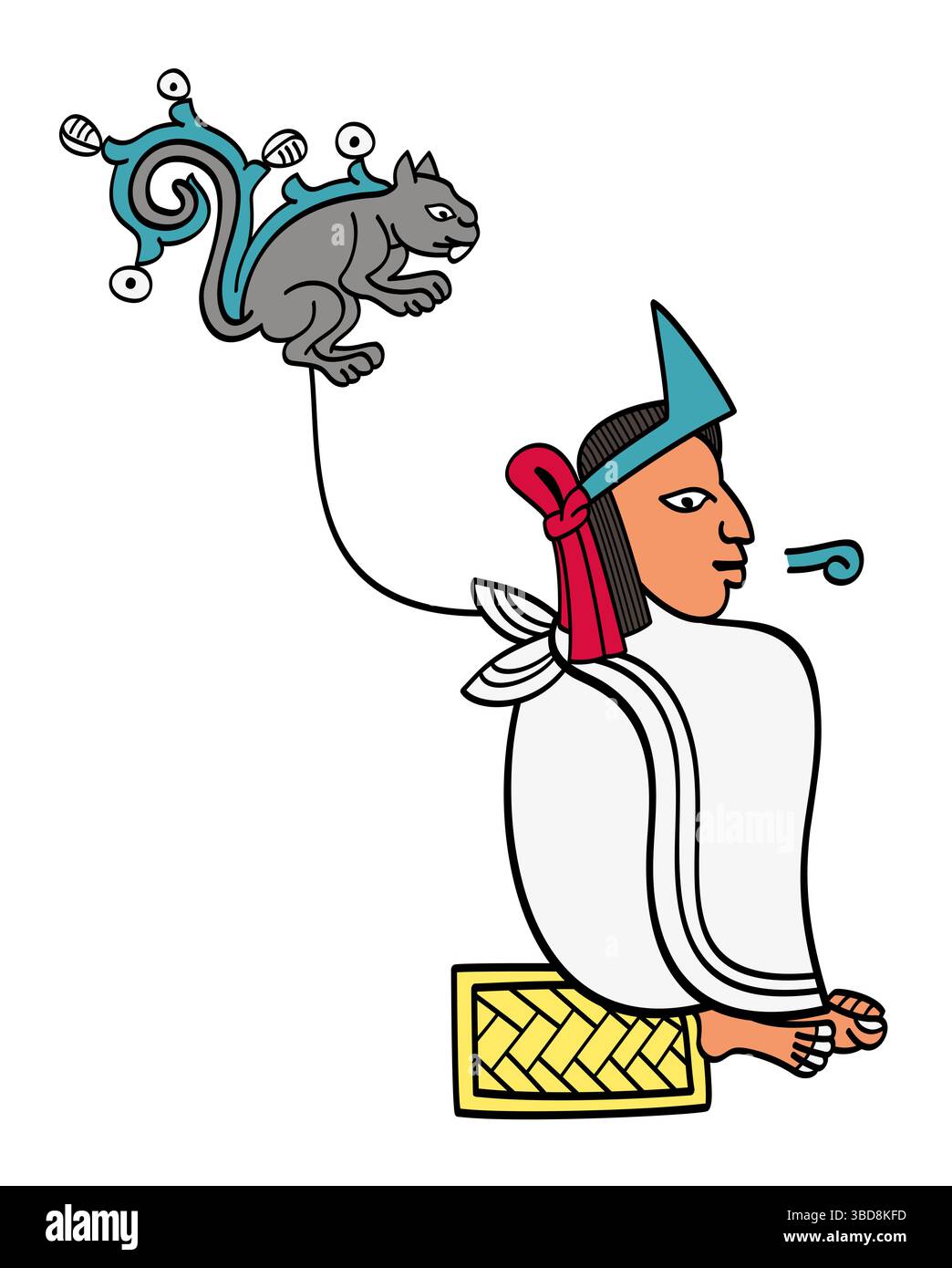 Ahuitzotl, eighth Aztec Emperor, Huey Tlatoani of Tenochtitlan, superior ruler of the Triple Alliance. His name means Water Thorny. Stock Photohttps://www.alamy.com/image-license-details/?v=1https://www.alamy.com/ahuitzotl-eighth-aztec-emperor-huey-tlatoani-of-tenochtitlan-superior-ruler-of-the-triple-alliance-his-name-means-water-thorny-image679385825.html
Ahuitzotl, eighth Aztec Emperor, Huey Tlatoani of Tenochtitlan, superior ruler of the Triple Alliance. His name means Water Thorny. Stock Photohttps://www.alamy.com/image-license-details/?v=1https://www.alamy.com/ahuitzotl-eighth-aztec-emperor-huey-tlatoani-of-tenochtitlan-superior-ruler-of-the-triple-alliance-his-name-means-water-thorny-image679385825.htmlRF3BD8KFD–Ahuitzotl, eighth Aztec Emperor, Huey Tlatoani of Tenochtitlan, superior ruler of the Triple Alliance. His name means Water Thorny.
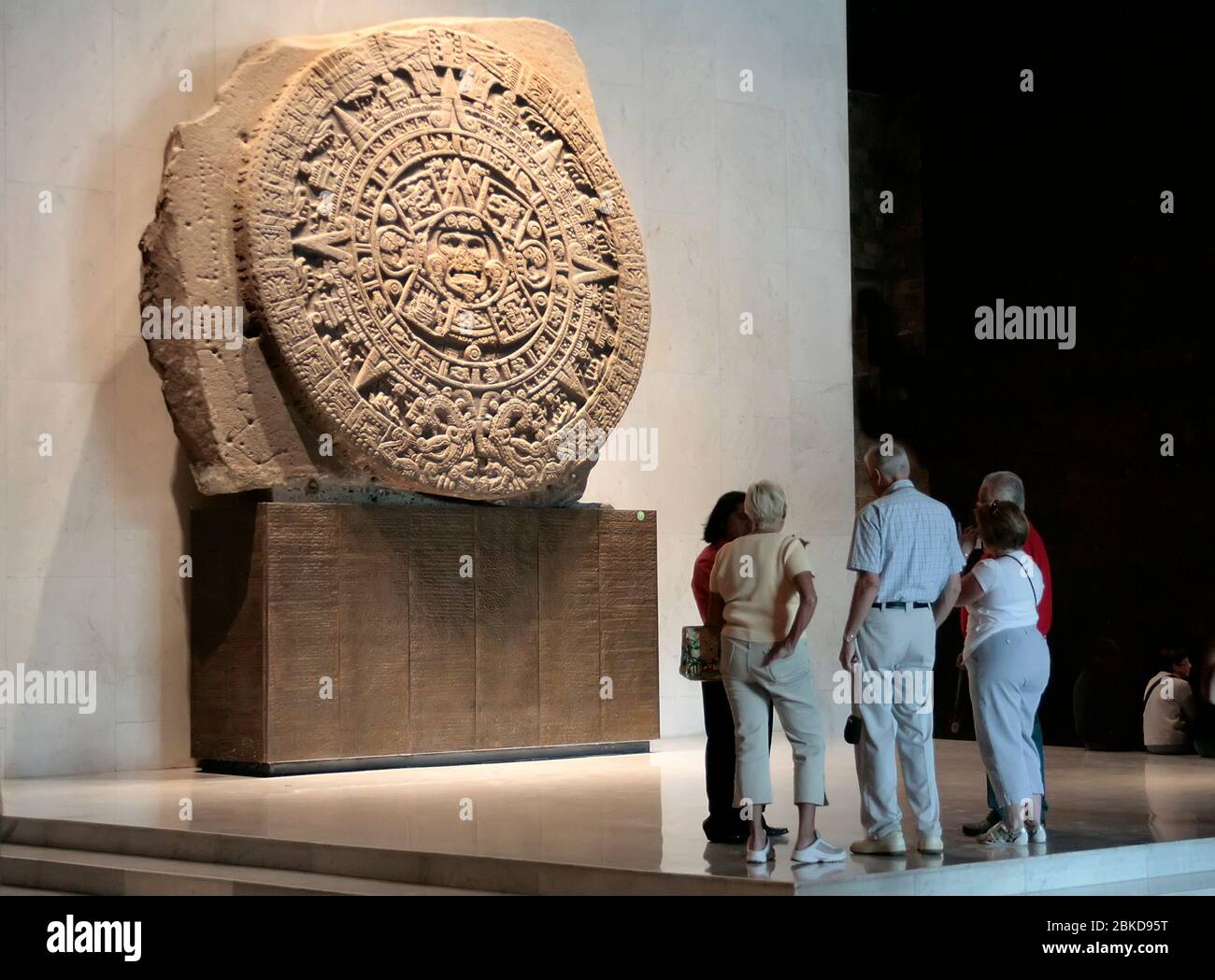 People looking at Aztec Sun Stone Calendar in Anthropology Museum, Mexico City, Mexico Stock Photohttps://www.alamy.com/image-license-details/?v=1https://www.alamy.com/people-looking-at-aztec-sun-stone-calendar-in-anthropology-museum-mexico-city-mexico-image356178420.html
People looking at Aztec Sun Stone Calendar in Anthropology Museum, Mexico City, Mexico Stock Photohttps://www.alamy.com/image-license-details/?v=1https://www.alamy.com/people-looking-at-aztec-sun-stone-calendar-in-anthropology-museum-mexico-city-mexico-image356178420.htmlRM2BKD95T–People looking at Aztec Sun Stone Calendar in Anthropology Museum, Mexico City, Mexico
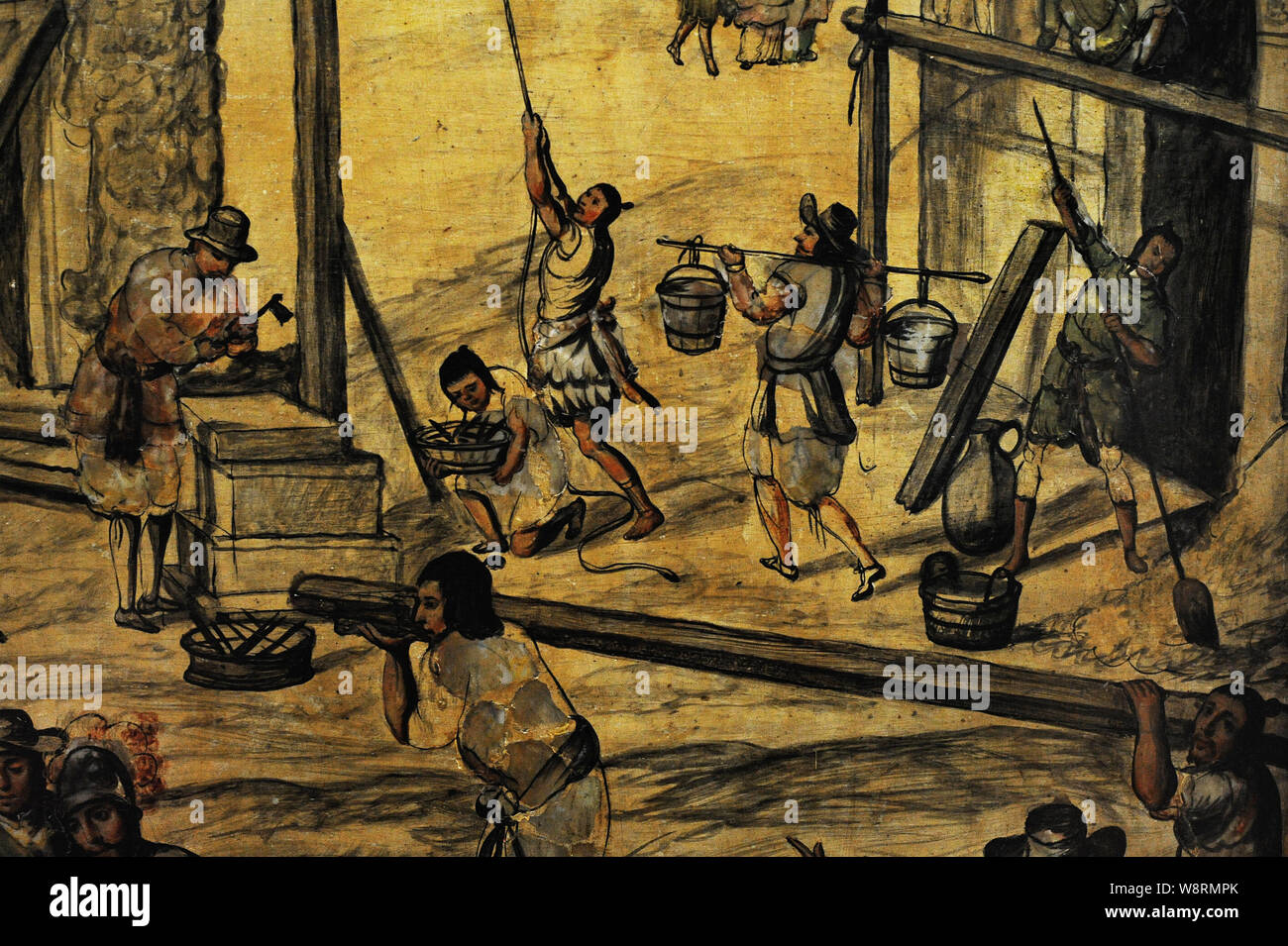 Spanish conquest of the Aztec Empire (1519-21). Construction of the Villa Rica of La Vera Cruz, with the help of the Totonac Indians. Detail. Board 3 belonging to a set of 24 boards made with the 'enconchado' technique (fragments of mother-of-pearl embedded in the wooden surface, and soft layers of paint are added to the shiny surface). Painted by Juan and Miguel Gonzalez (active in the second half of the17th century). Reign of Charles II. Oil on panel and nacre. Viceroyalty of New Spain. Mexico, 1698. Museum of the Americas. Madrid, Spain. Stock Photohttps://www.alamy.com/image-license-details/?v=1https://www.alamy.com/spanish-conquest-of-the-aztec-empire-1519-21-construction-of-the-villa-rica-of-la-vera-cruz-with-the-help-of-the-totonac-indians-detail-board-3-belonging-to-a-set-of-24-boards-made-with-the-enconchado-technique-fragments-of-mother-of-pearl-embedded-in-the-wooden-surface-and-soft-layers-of-paint-are-added-to-the-shiny-surface-painted-by-juan-and-miguel-gonzalez-active-in-the-second-half-of-the17th-century-reign-of-charles-ii-oil-on-panel-and-nacre-viceroyalty-of-new-spain-mexico-1698-museum-of-the-americas-madrid-spain-image263593979.html
Spanish conquest of the Aztec Empire (1519-21). Construction of the Villa Rica of La Vera Cruz, with the help of the Totonac Indians. Detail. Board 3 belonging to a set of 24 boards made with the 'enconchado' technique (fragments of mother-of-pearl embedded in the wooden surface, and soft layers of paint are added to the shiny surface). Painted by Juan and Miguel Gonzalez (active in the second half of the17th century). Reign of Charles II. Oil on panel and nacre. Viceroyalty of New Spain. Mexico, 1698. Museum of the Americas. Madrid, Spain. Stock Photohttps://www.alamy.com/image-license-details/?v=1https://www.alamy.com/spanish-conquest-of-the-aztec-empire-1519-21-construction-of-the-villa-rica-of-la-vera-cruz-with-the-help-of-the-totonac-indians-detail-board-3-belonging-to-a-set-of-24-boards-made-with-the-enconchado-technique-fragments-of-mother-of-pearl-embedded-in-the-wooden-surface-and-soft-layers-of-paint-are-added-to-the-shiny-surface-painted-by-juan-and-miguel-gonzalez-active-in-the-second-half-of-the17th-century-reign-of-charles-ii-oil-on-panel-and-nacre-viceroyalty-of-new-spain-mexico-1698-museum-of-the-americas-madrid-spain-image263593979.htmlRMW8RMPK–Spanish conquest of the Aztec Empire (1519-21). Construction of the Villa Rica of La Vera Cruz, with the help of the Totonac Indians. Detail. Board 3 belonging to a set of 24 boards made with the 'enconchado' technique (fragments of mother-of-pearl embedded in the wooden surface, and soft layers of paint are added to the shiny surface). Painted by Juan and Miguel Gonzalez (active in the second half of the17th century). Reign of Charles II. Oil on panel and nacre. Viceroyalty of New Spain. Mexico, 1698. Museum of the Americas. Madrid, Spain.
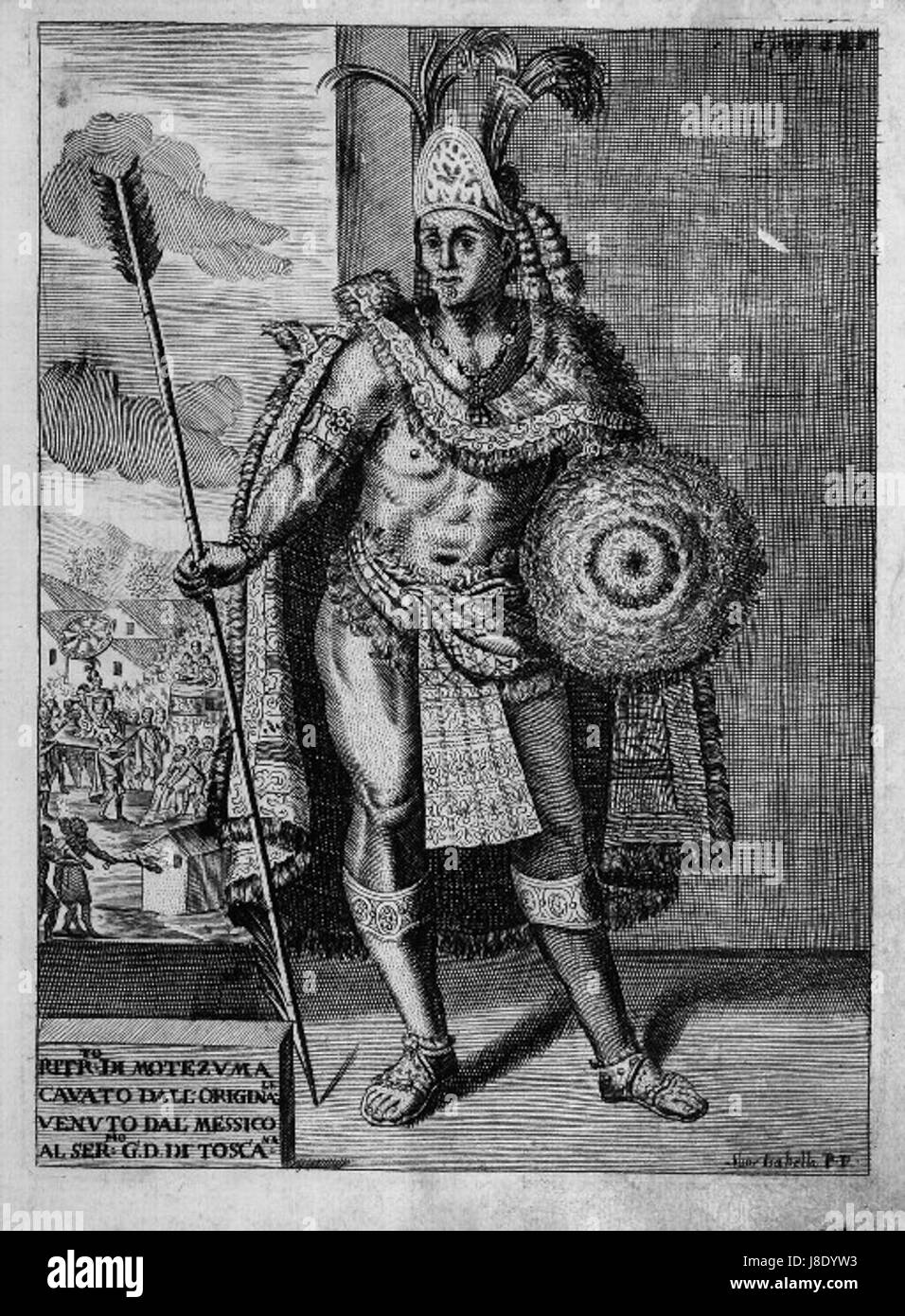 Motecuzoma Xocoyotzin was the ninth Aztec emperor, known for his leadership during the arrival of Spanish conquistadors and the fall of the Aztec Empire. Stock Photohttps://www.alamy.com/image-license-details/?v=1https://www.alamy.com/stock-photo-motecuzoma-xocoyotzin-was-the-ninth-aztec-emperor-known-for-his-leadership-142907439.html
Motecuzoma Xocoyotzin was the ninth Aztec emperor, known for his leadership during the arrival of Spanish conquistadors and the fall of the Aztec Empire. Stock Photohttps://www.alamy.com/image-license-details/?v=1https://www.alamy.com/stock-photo-motecuzoma-xocoyotzin-was-the-ninth-aztec-emperor-known-for-his-leadership-142907439.htmlRMJ8DYW3–Motecuzoma Xocoyotzin was the ninth Aztec emperor, known for his leadership during the arrival of Spanish conquistadors and the fall of the Aztec Empire.
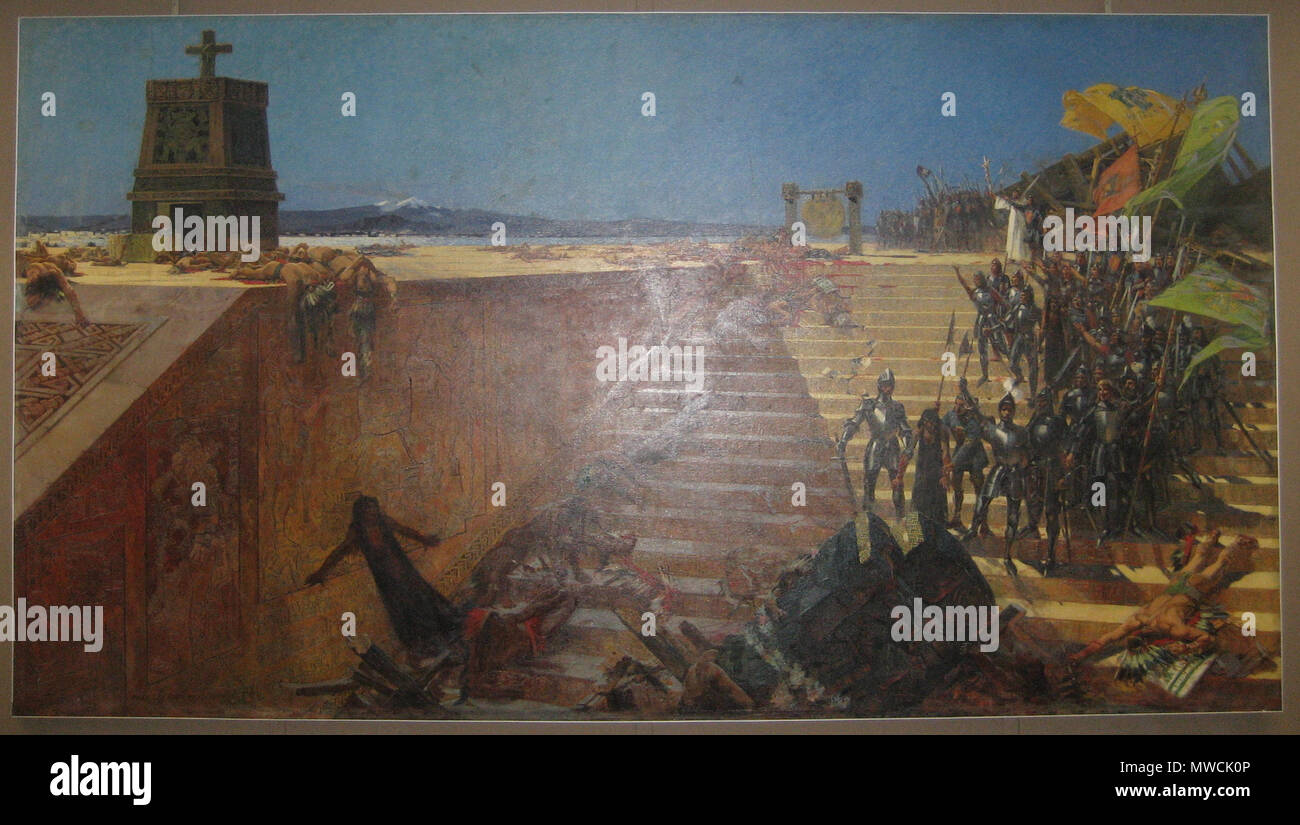 . English: 'The Last Days of Tenochtitlan—Conquest of Mexico by Cortez' — 1899 painting by William de Leftwich Dodge. Depicting the Fall of Tenochtitlan, final battle of the Spanish conquest of the Aztec Empire in 1521. Snapshot photograph of the painting on display. . 1899 360 LastDaysofTenochtitlanSnapshot Stock Photohttps://www.alamy.com/image-license-details/?v=1https://www.alamy.com/english-the-last-days-of-tenochtitlanconquest-of-mexico-by-cortez-1899-painting-by-william-de-leftwich-dodge-depicting-the-fall-of-tenochtitlan-final-battle-of-the-spanish-conquest-of-the-aztec-empire-in-1521-snapshot-photograph-of-the-painting-on-display-1899-360-lastdaysoftenochtitlansnapshot-image187748422.html
. English: 'The Last Days of Tenochtitlan—Conquest of Mexico by Cortez' — 1899 painting by William de Leftwich Dodge. Depicting the Fall of Tenochtitlan, final battle of the Spanish conquest of the Aztec Empire in 1521. Snapshot photograph of the painting on display. . 1899 360 LastDaysofTenochtitlanSnapshot Stock Photohttps://www.alamy.com/image-license-details/?v=1https://www.alamy.com/english-the-last-days-of-tenochtitlanconquest-of-mexico-by-cortez-1899-painting-by-william-de-leftwich-dodge-depicting-the-fall-of-tenochtitlan-final-battle-of-the-spanish-conquest-of-the-aztec-empire-in-1521-snapshot-photograph-of-the-painting-on-display-1899-360-lastdaysoftenochtitlansnapshot-image187748422.htmlRMMWCK0P–. English: 'The Last Days of Tenochtitlan—Conquest of Mexico by Cortez' — 1899 painting by William de Leftwich Dodge. Depicting the Fall of Tenochtitlan, final battle of the Spanish conquest of the Aztec Empire in 1521. Snapshot photograph of the painting on display. . 1899 360 LastDaysofTenochtitlanSnapshot
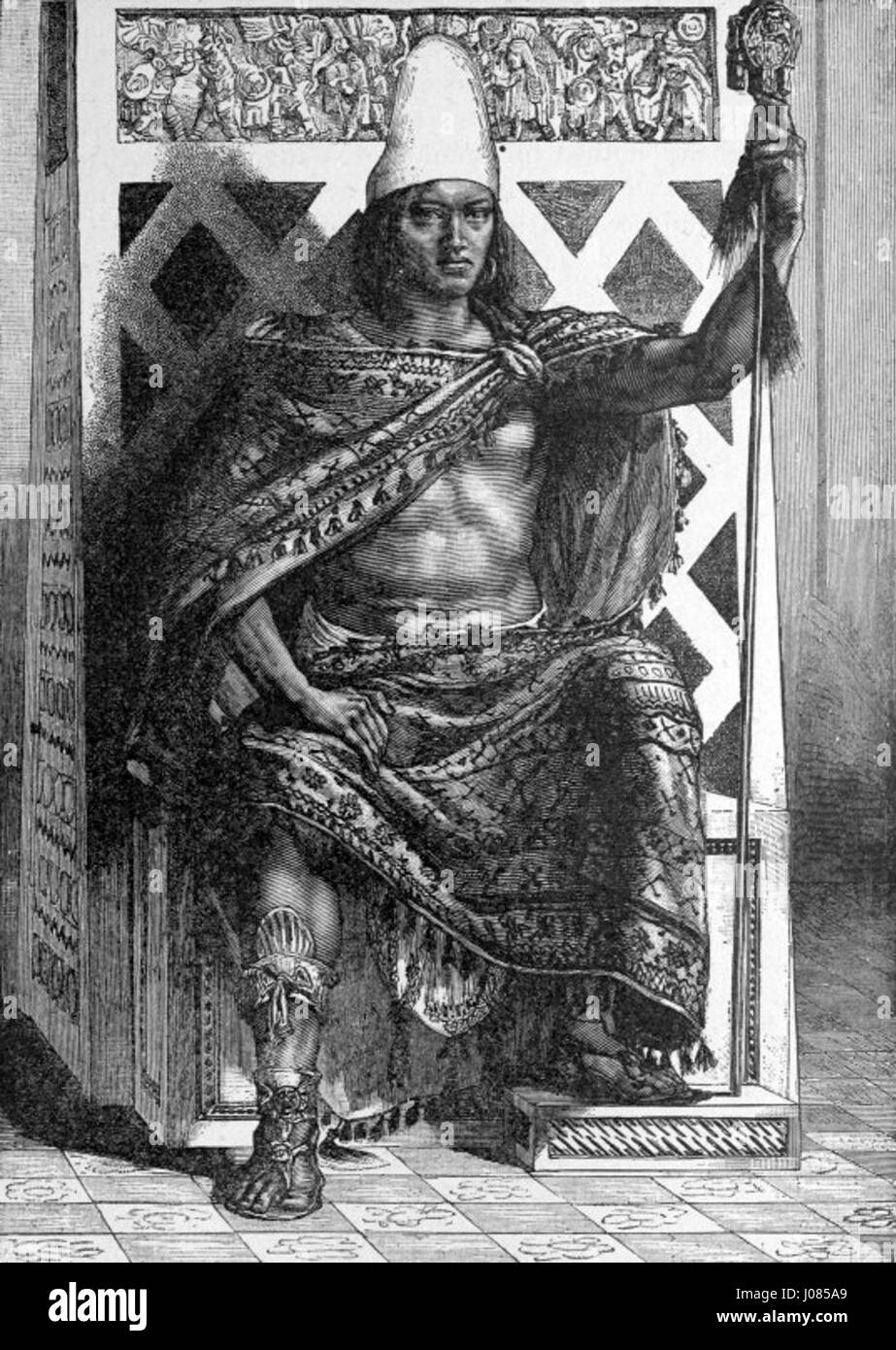 This portrait of Moctezuma II, the last Aztec emperor, presents him in traditional attire, highlighting his royal status and the grandeur of the Aztec Empire. The depiction emphasizes his regal demeanor, symbolizing his position during the Spanish conquest of the Aztec Empire in the early 16th century. Stock Photohttps://www.alamy.com/image-license-details/?v=1https://www.alamy.com/stock-photo-this-portrait-of-moctezuma-ii-the-last-aztec-emperor-presents-him-137862769.html
This portrait of Moctezuma II, the last Aztec emperor, presents him in traditional attire, highlighting his royal status and the grandeur of the Aztec Empire. The depiction emphasizes his regal demeanor, symbolizing his position during the Spanish conquest of the Aztec Empire in the early 16th century. Stock Photohttps://www.alamy.com/image-license-details/?v=1https://www.alamy.com/stock-photo-this-portrait-of-moctezuma-ii-the-last-aztec-emperor-presents-him-137862769.htmlRMJ085A9–This portrait of Moctezuma II, the last Aztec emperor, presents him in traditional attire, highlighting his royal status and the grandeur of the Aztec Empire. The depiction emphasizes his regal demeanor, symbolizing his position during the Spanish conquest of the Aztec Empire in the early 16th century.
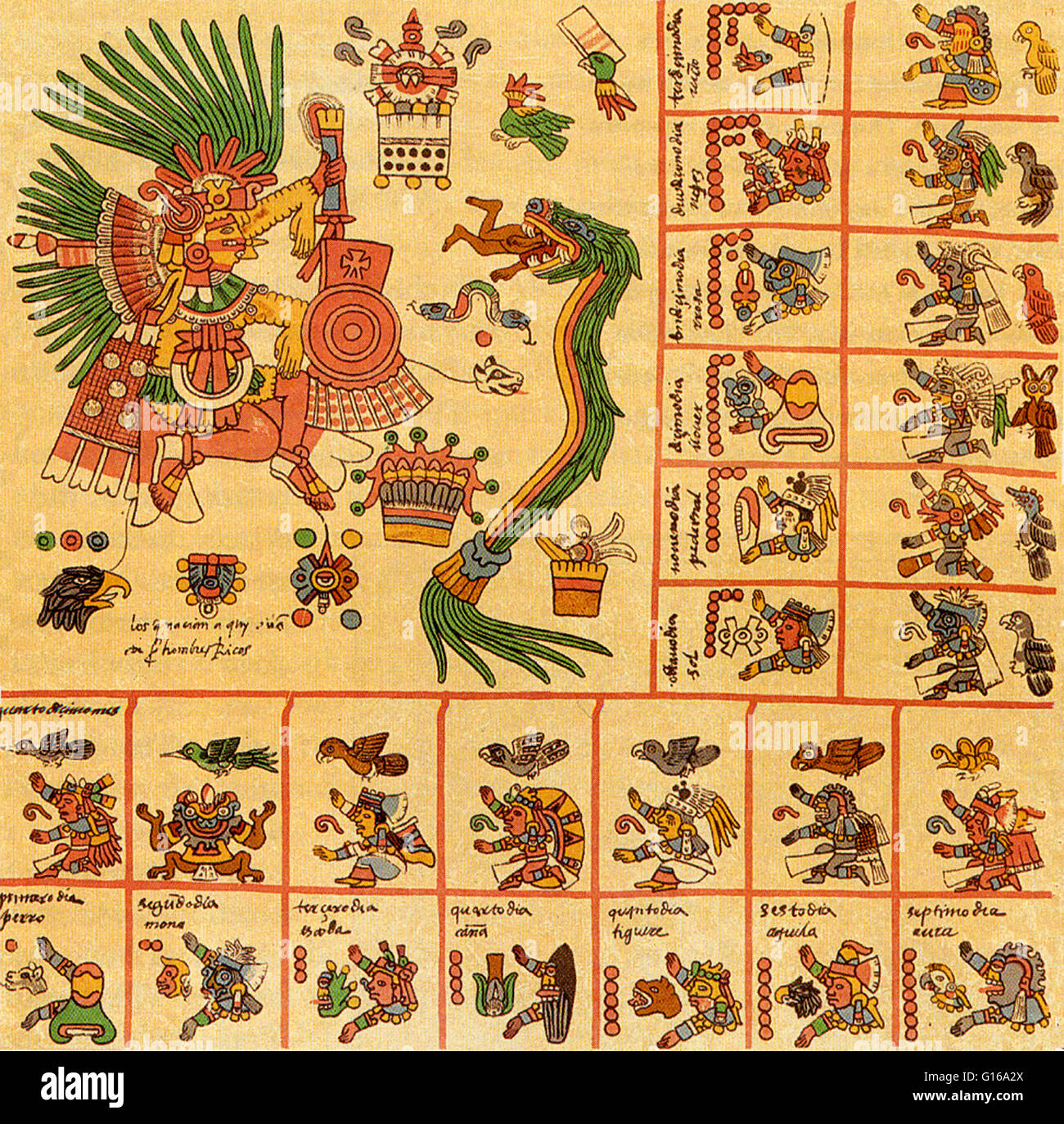 Aztex calendar from the Codex Borbonicus written by Aztec priests shortly before or after the Spanish conquest of Mexico. Codex Borbonicus is one of the most intricate surviving divinatory calendars (or tonalamatl). Each page represents one of the 20 trec Stock Photohttps://www.alamy.com/image-license-details/?v=1https://www.alamy.com/stock-photo-aztex-calendar-from-the-codex-borbonicus-written-by-aztec-priests-104016498.html
Aztex calendar from the Codex Borbonicus written by Aztec priests shortly before or after the Spanish conquest of Mexico. Codex Borbonicus is one of the most intricate surviving divinatory calendars (or tonalamatl). Each page represents one of the 20 trec Stock Photohttps://www.alamy.com/image-license-details/?v=1https://www.alamy.com/stock-photo-aztex-calendar-from-the-codex-borbonicus-written-by-aztec-priests-104016498.htmlRMG16A2X–Aztex calendar from the Codex Borbonicus written by Aztec priests shortly before or after the Spanish conquest of Mexico. Codex Borbonicus is one of the most intricate surviving divinatory calendars (or tonalamatl). Each page represents one of the 20 trec